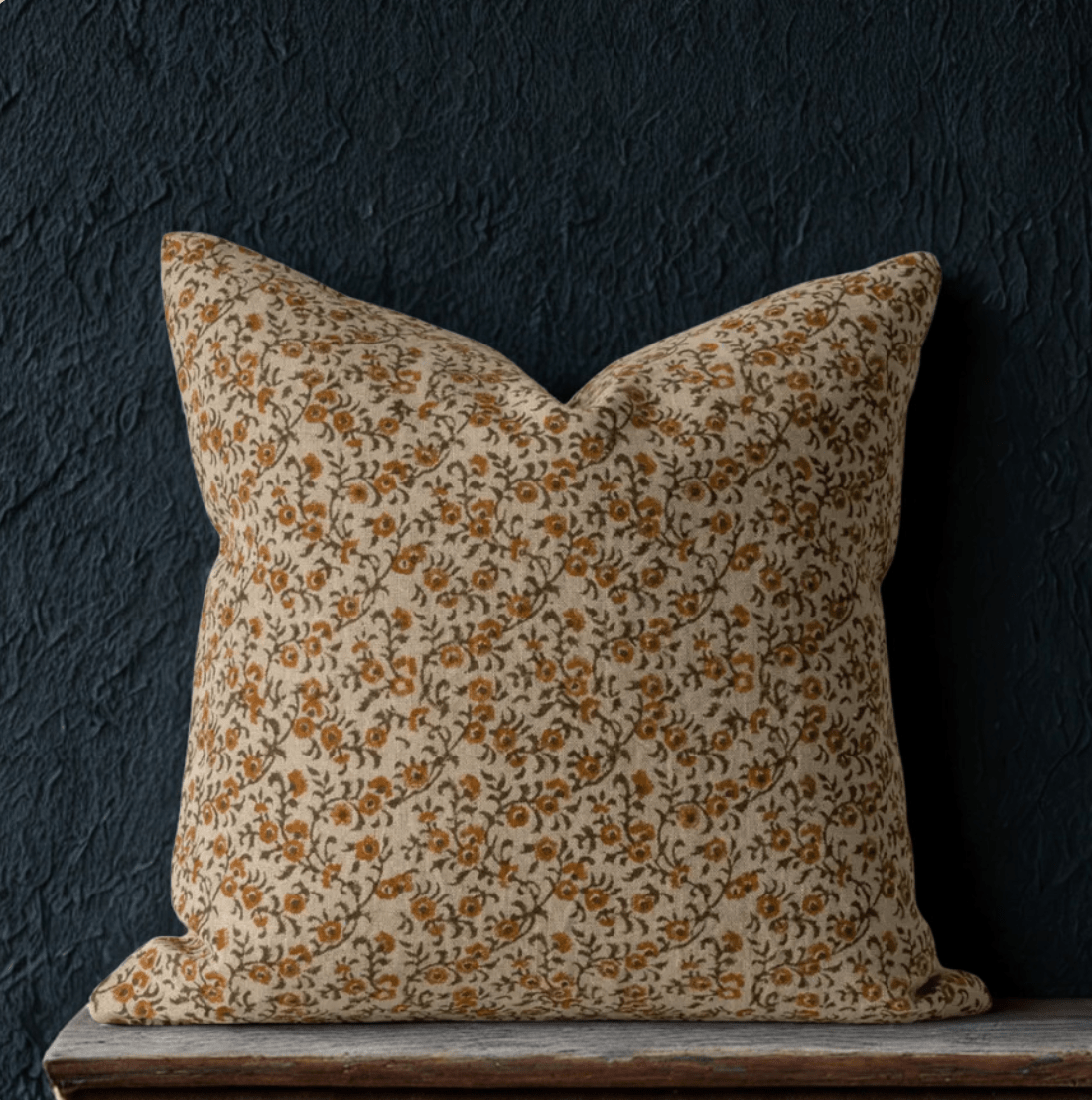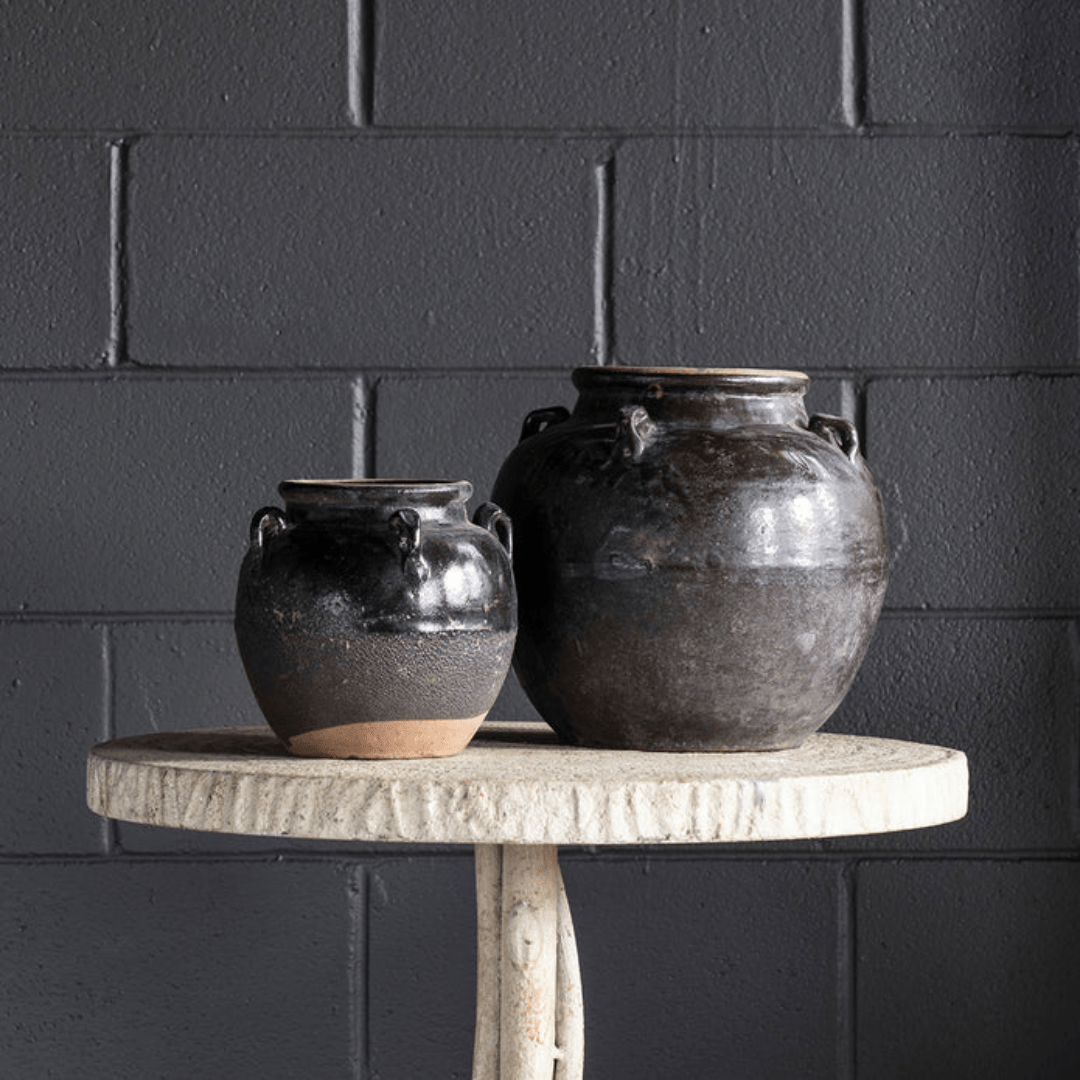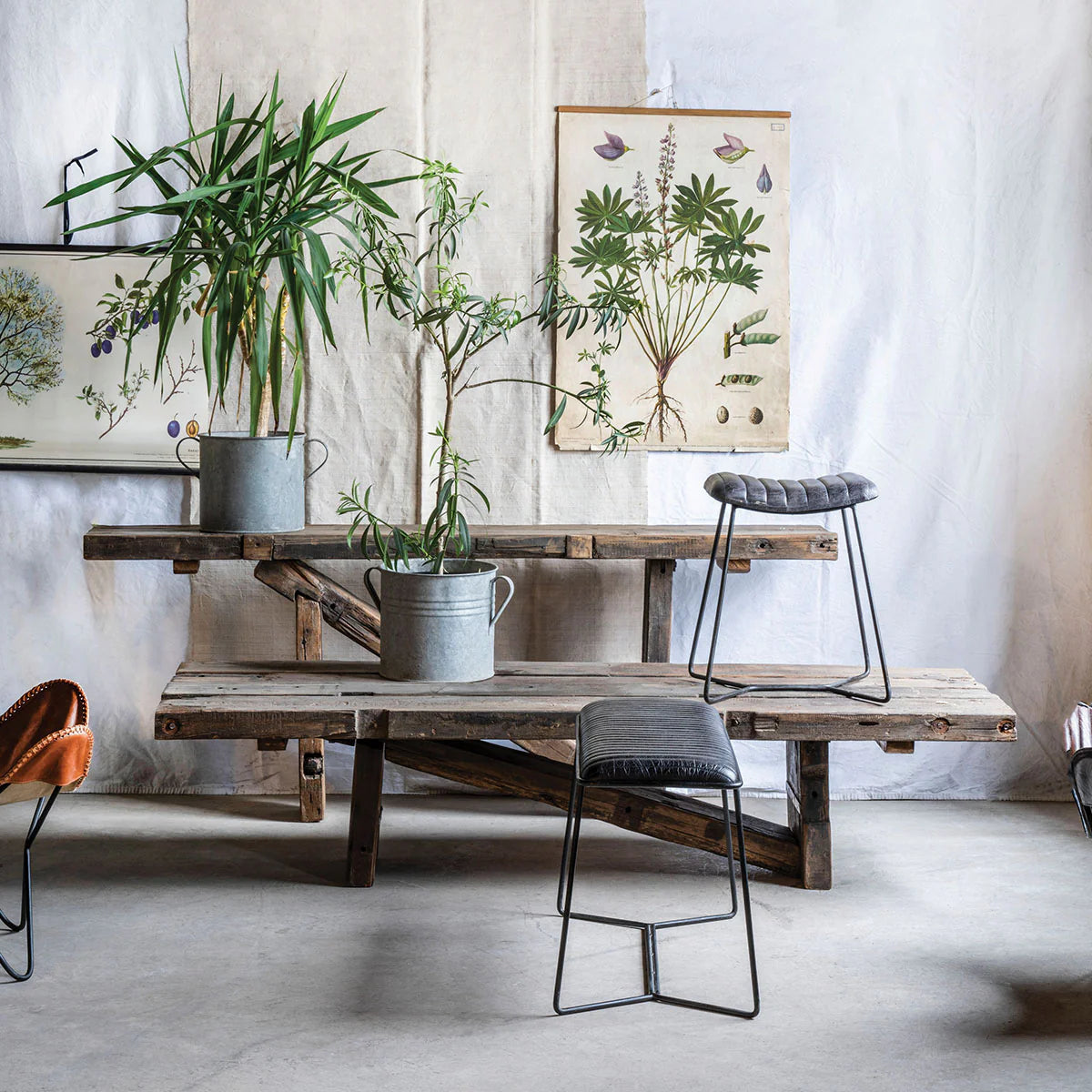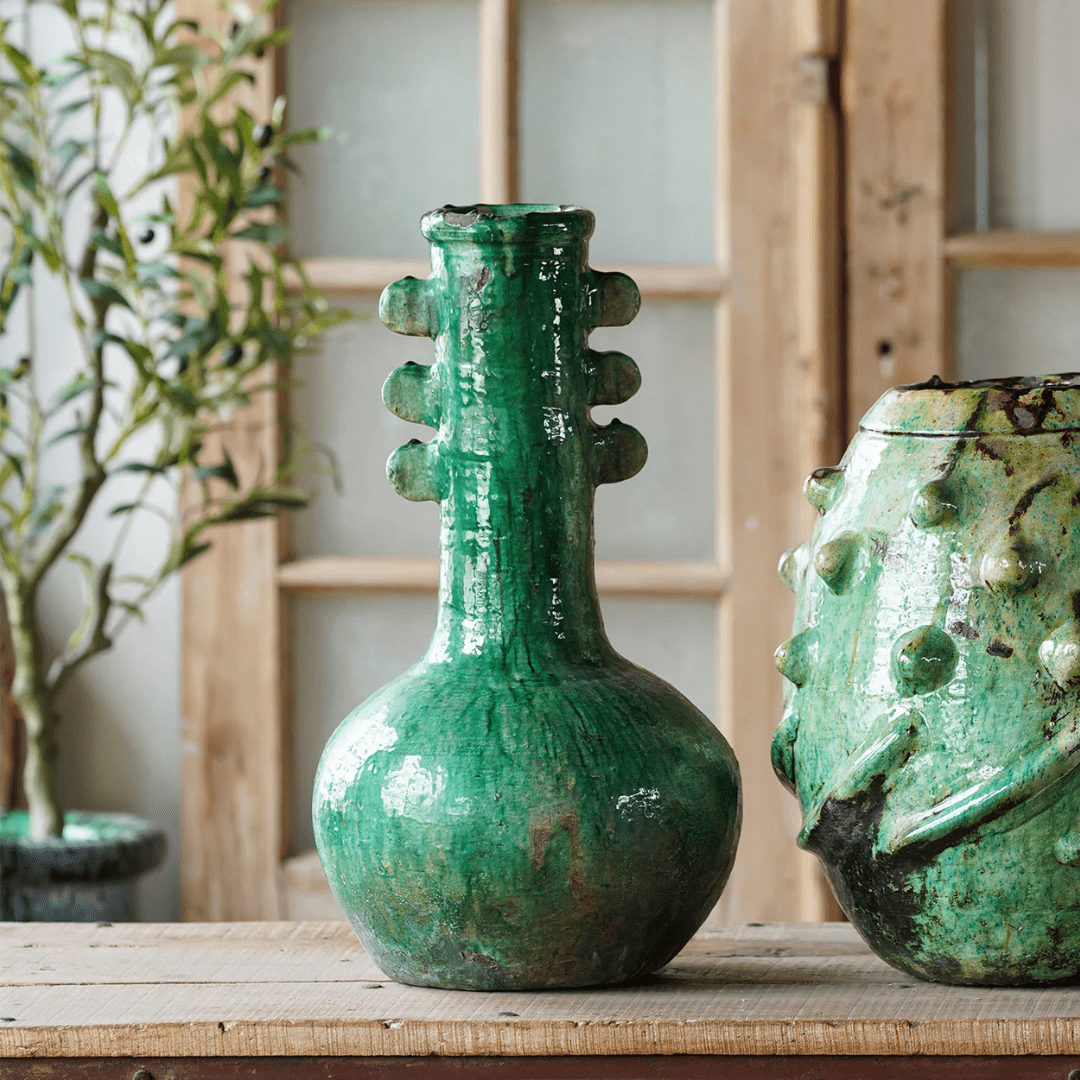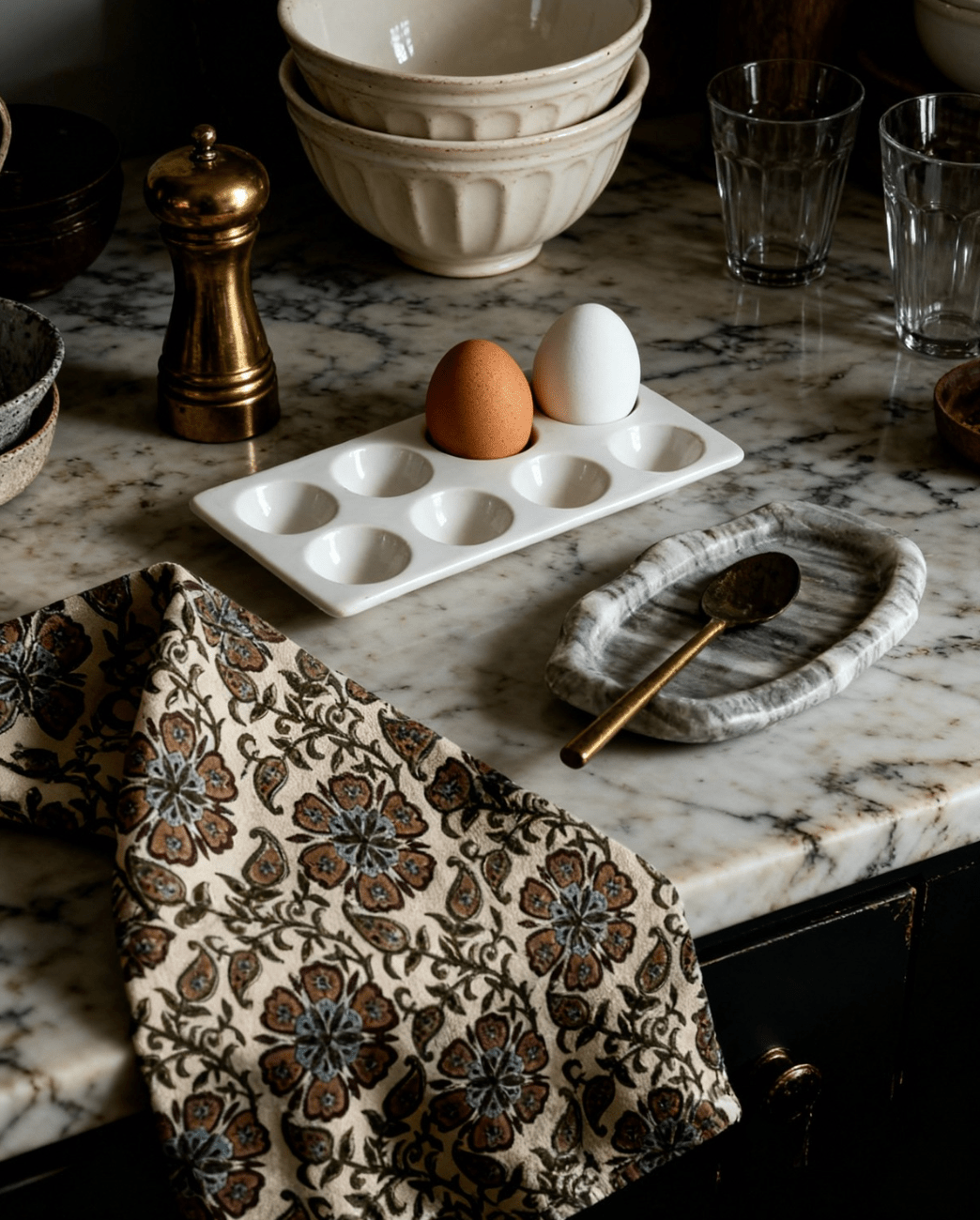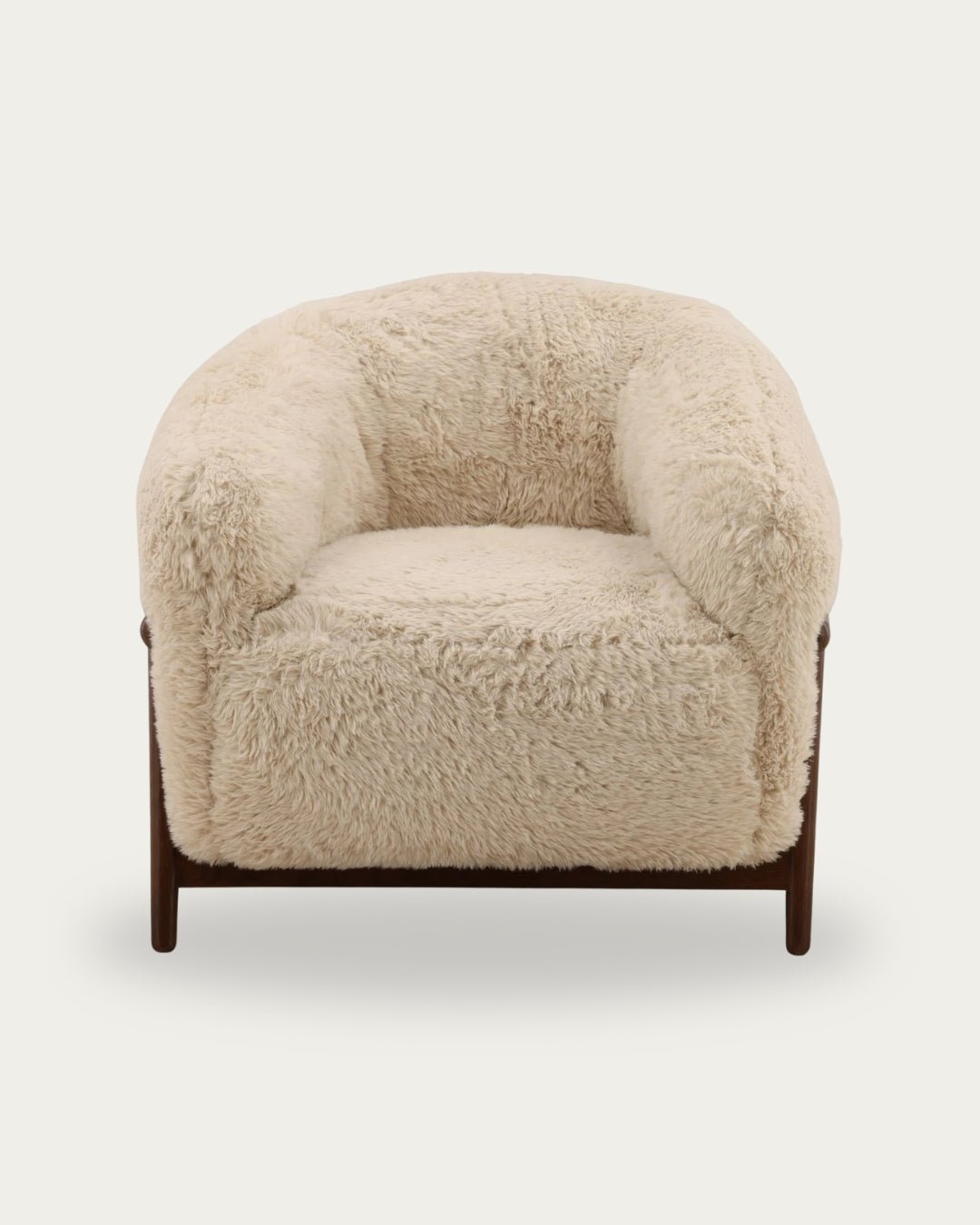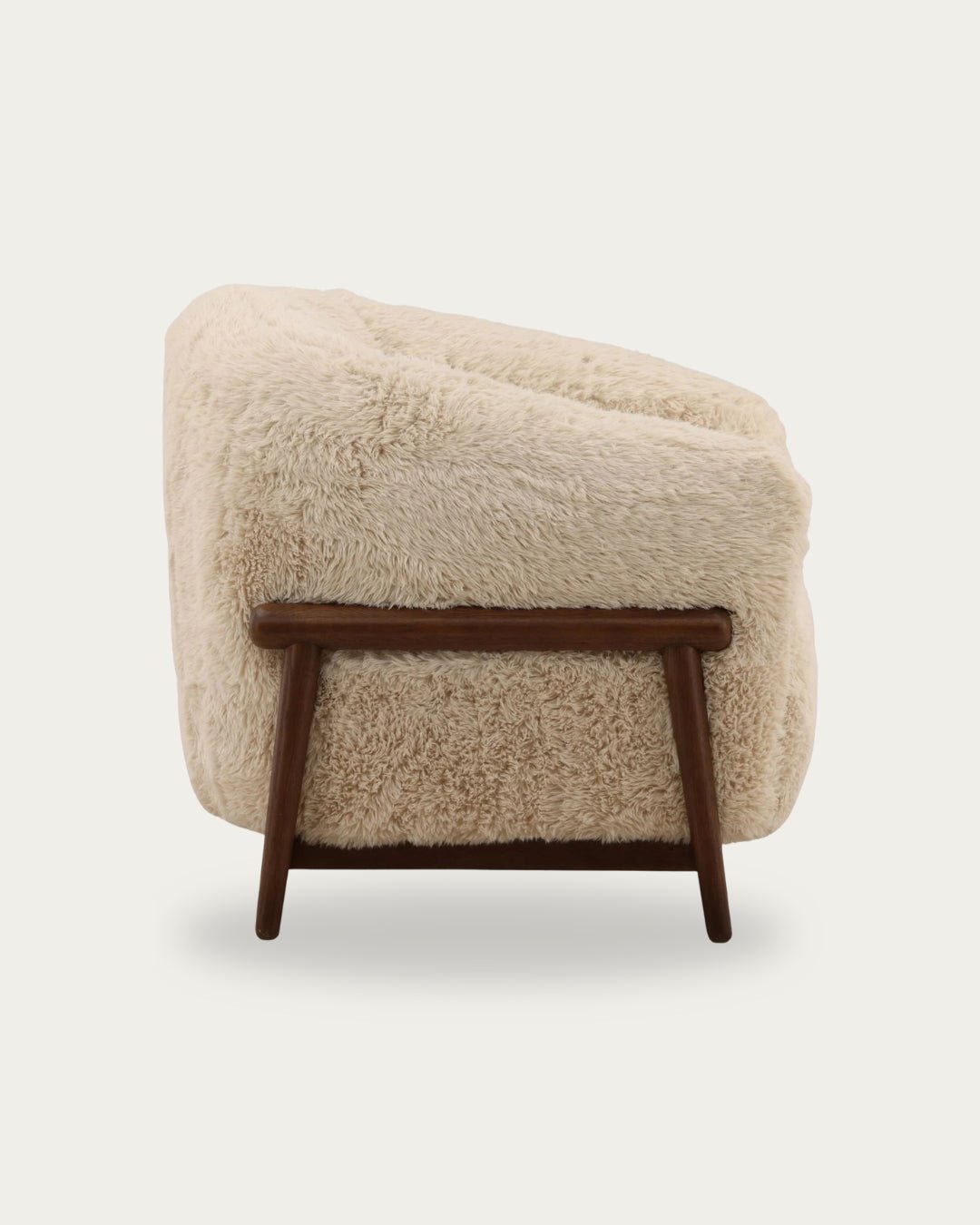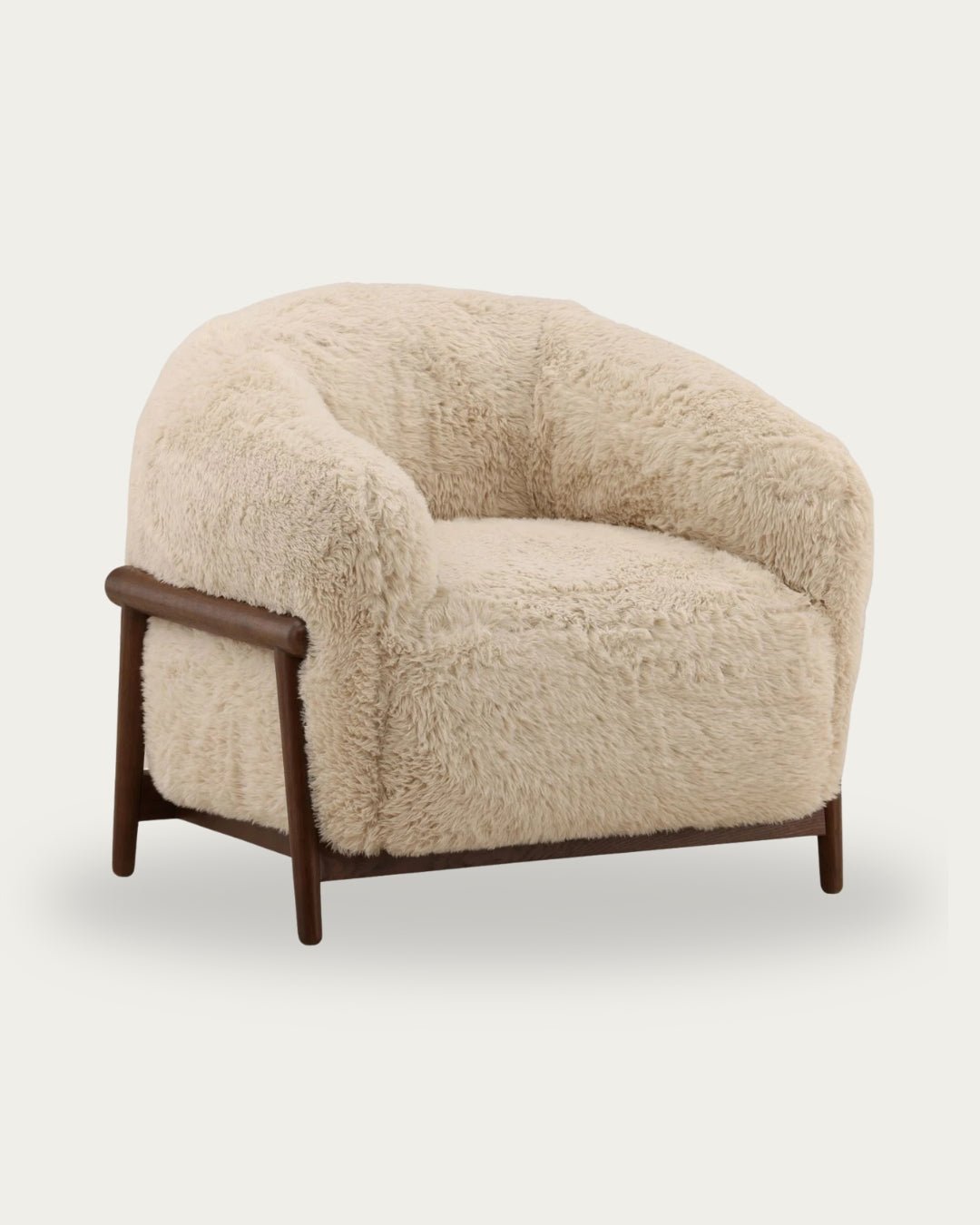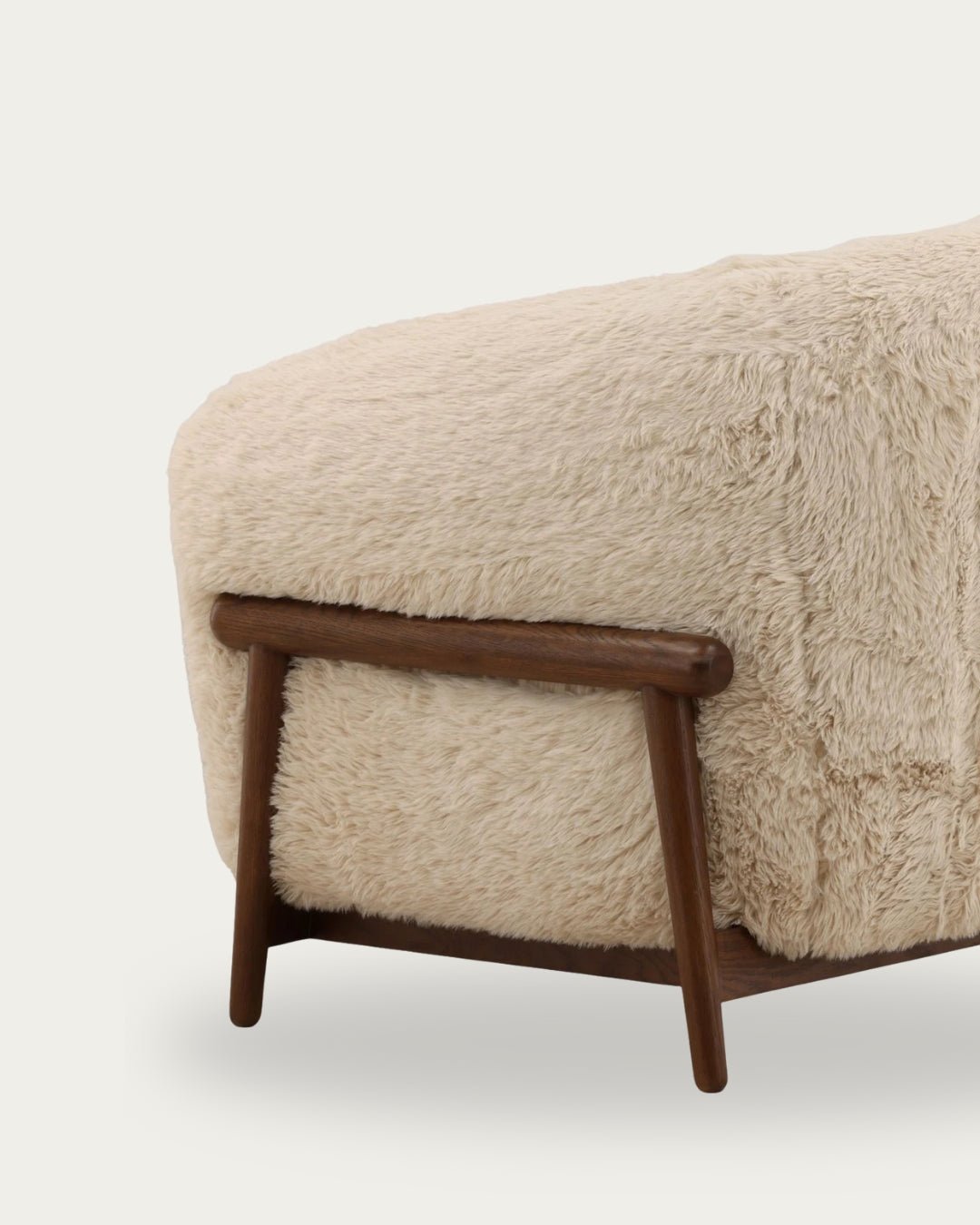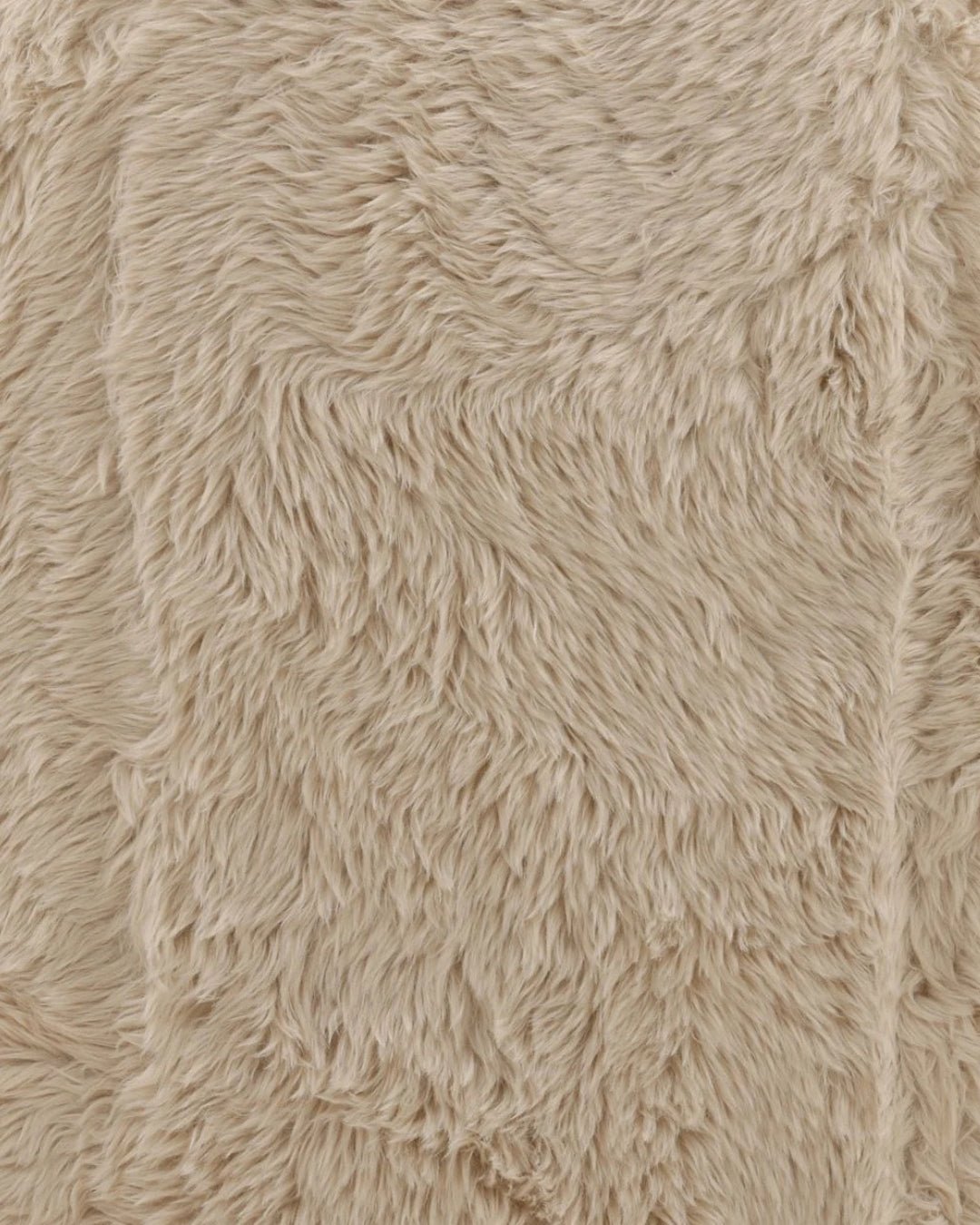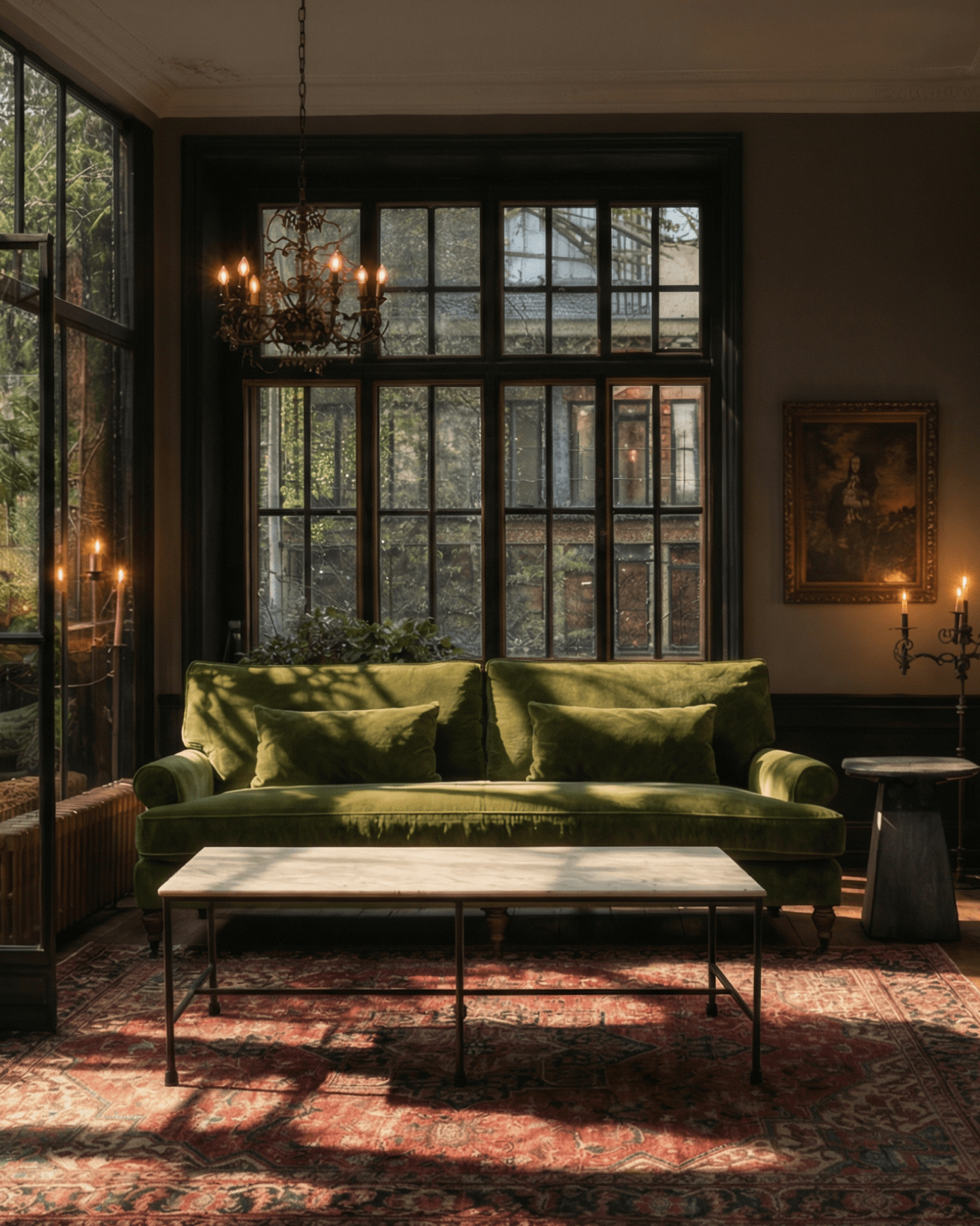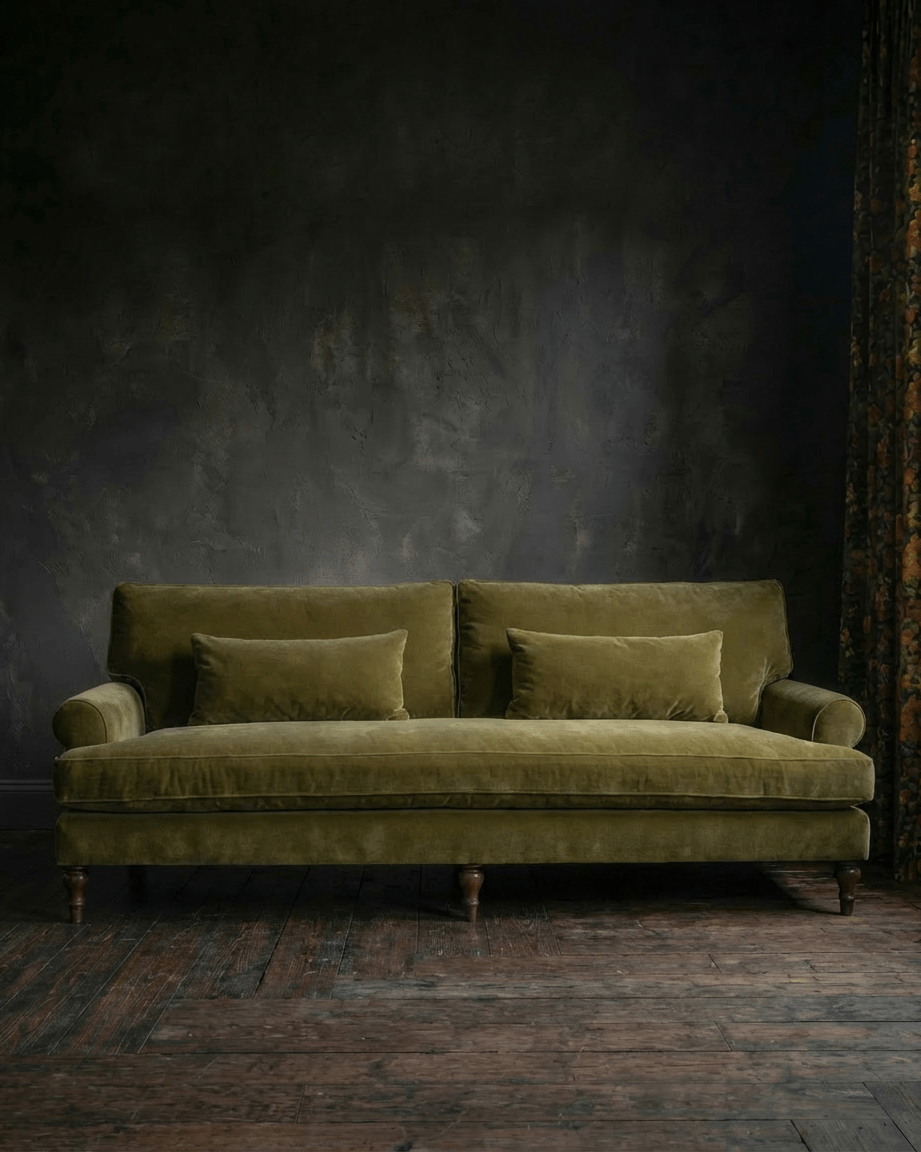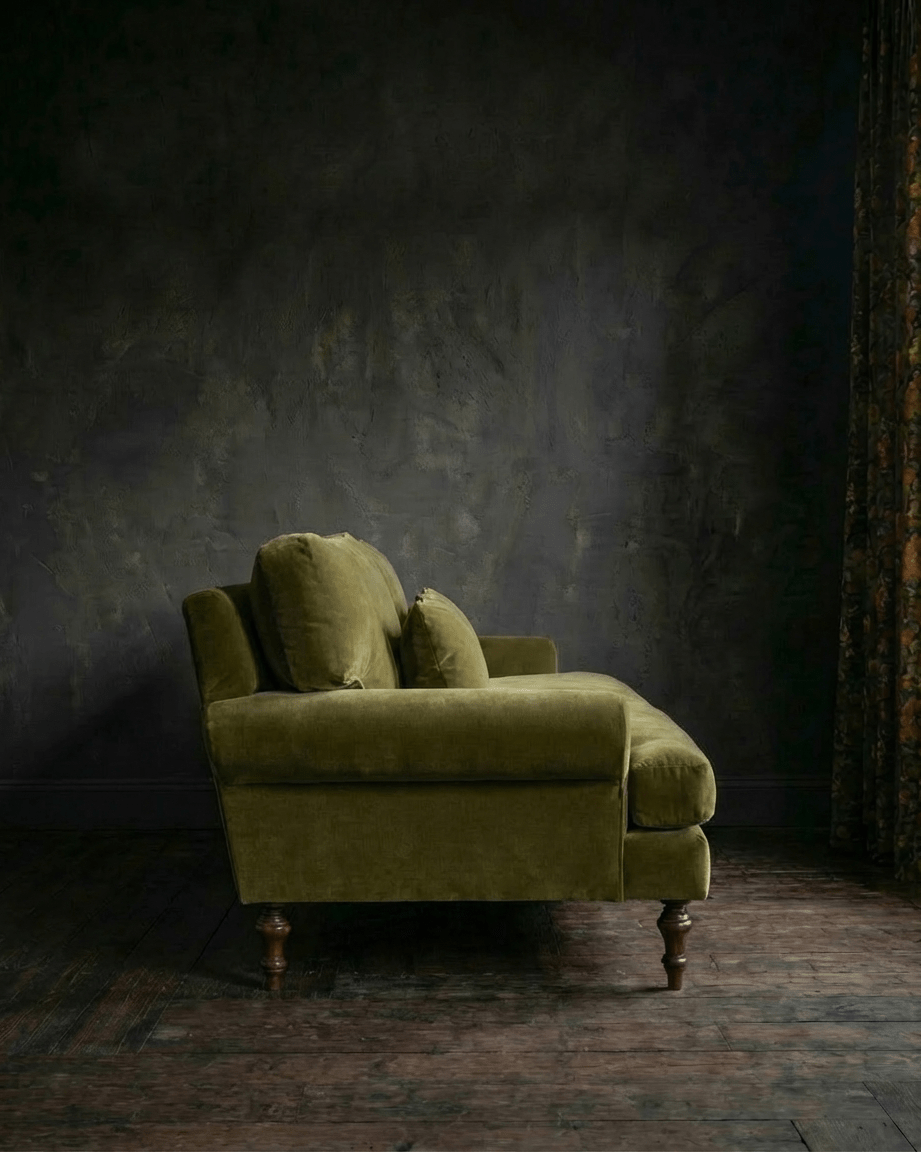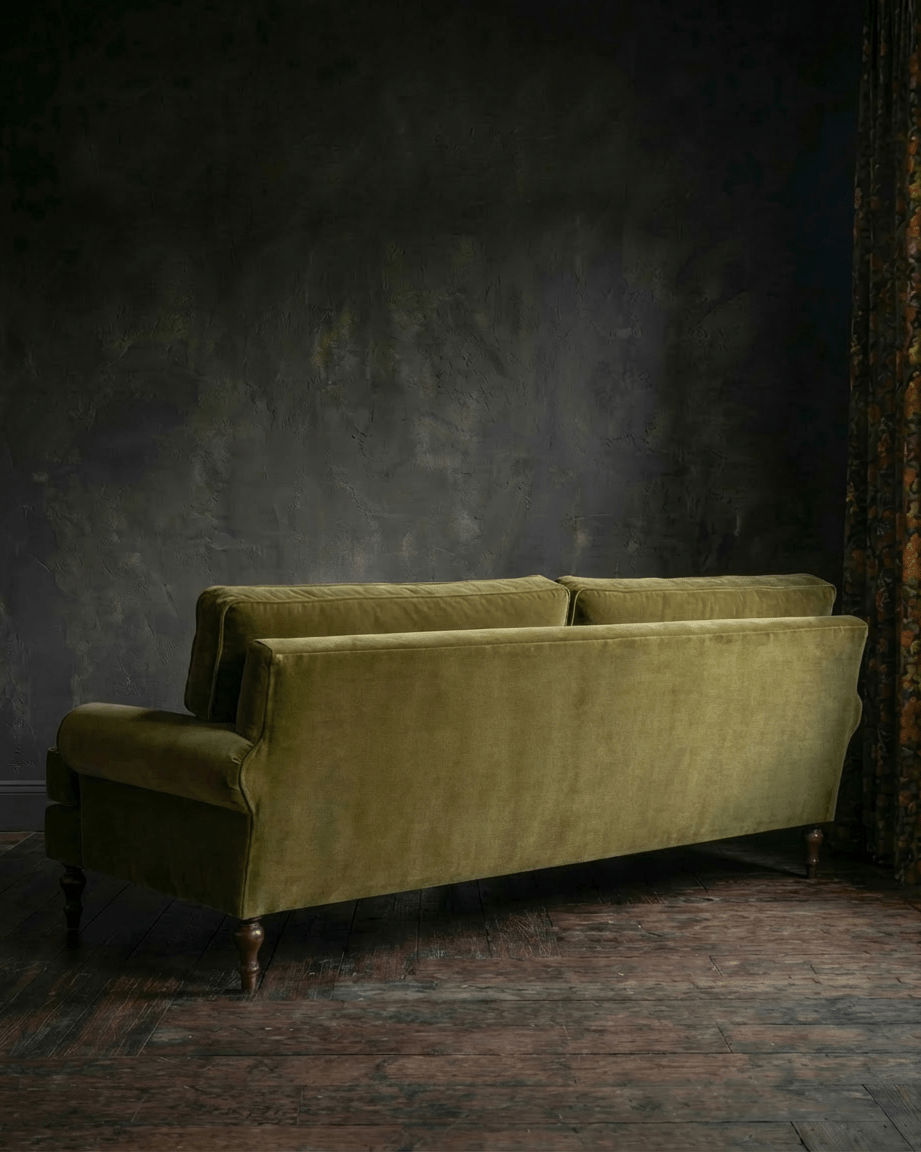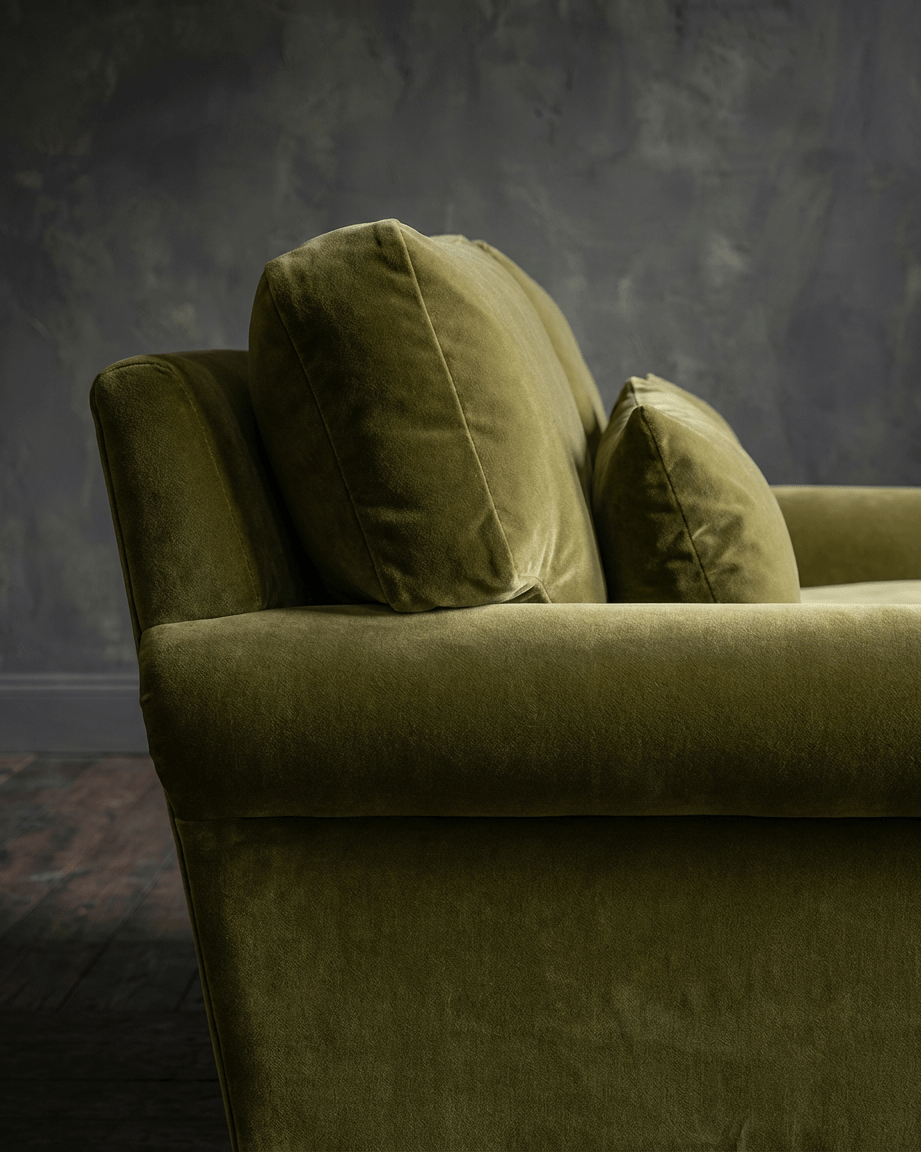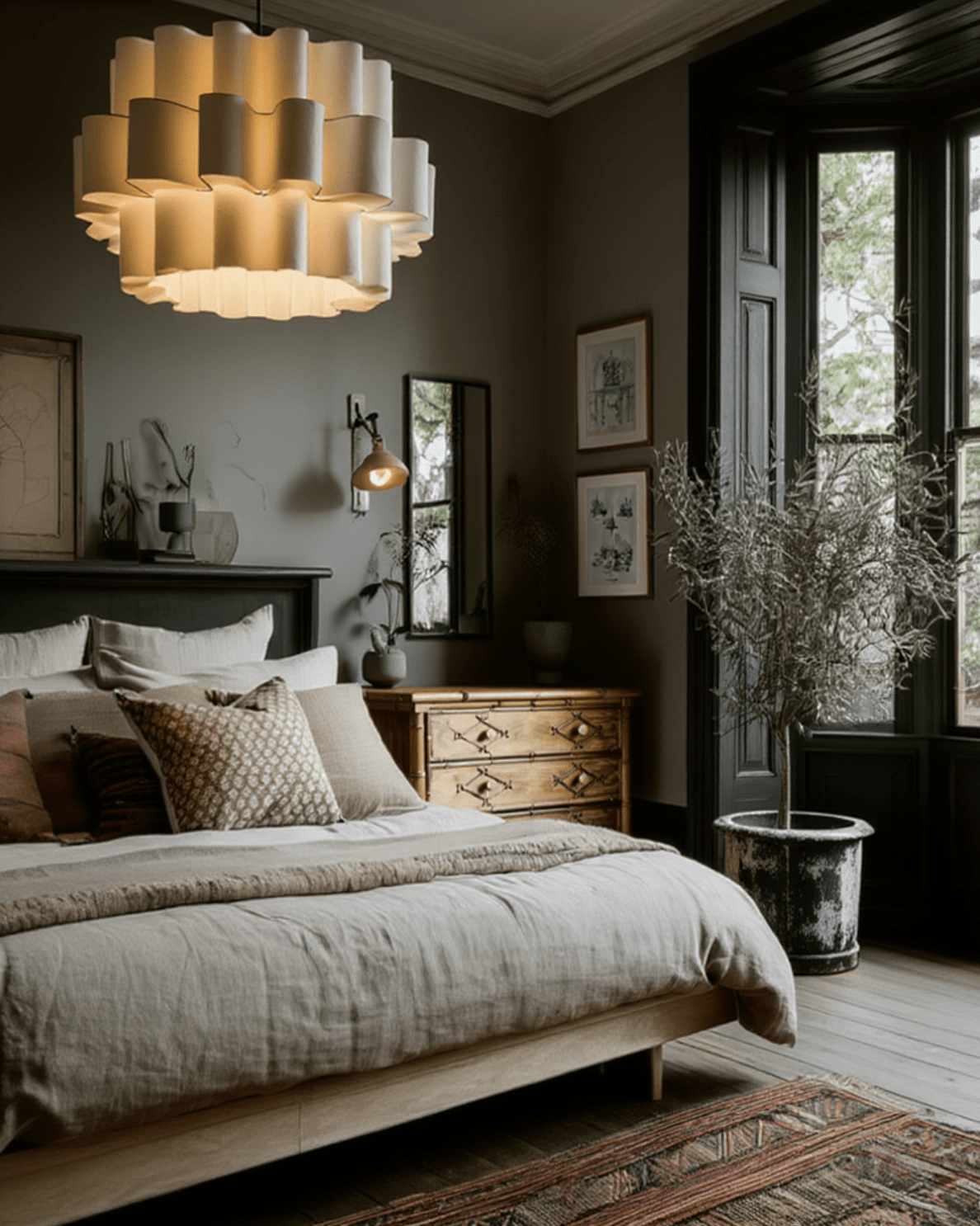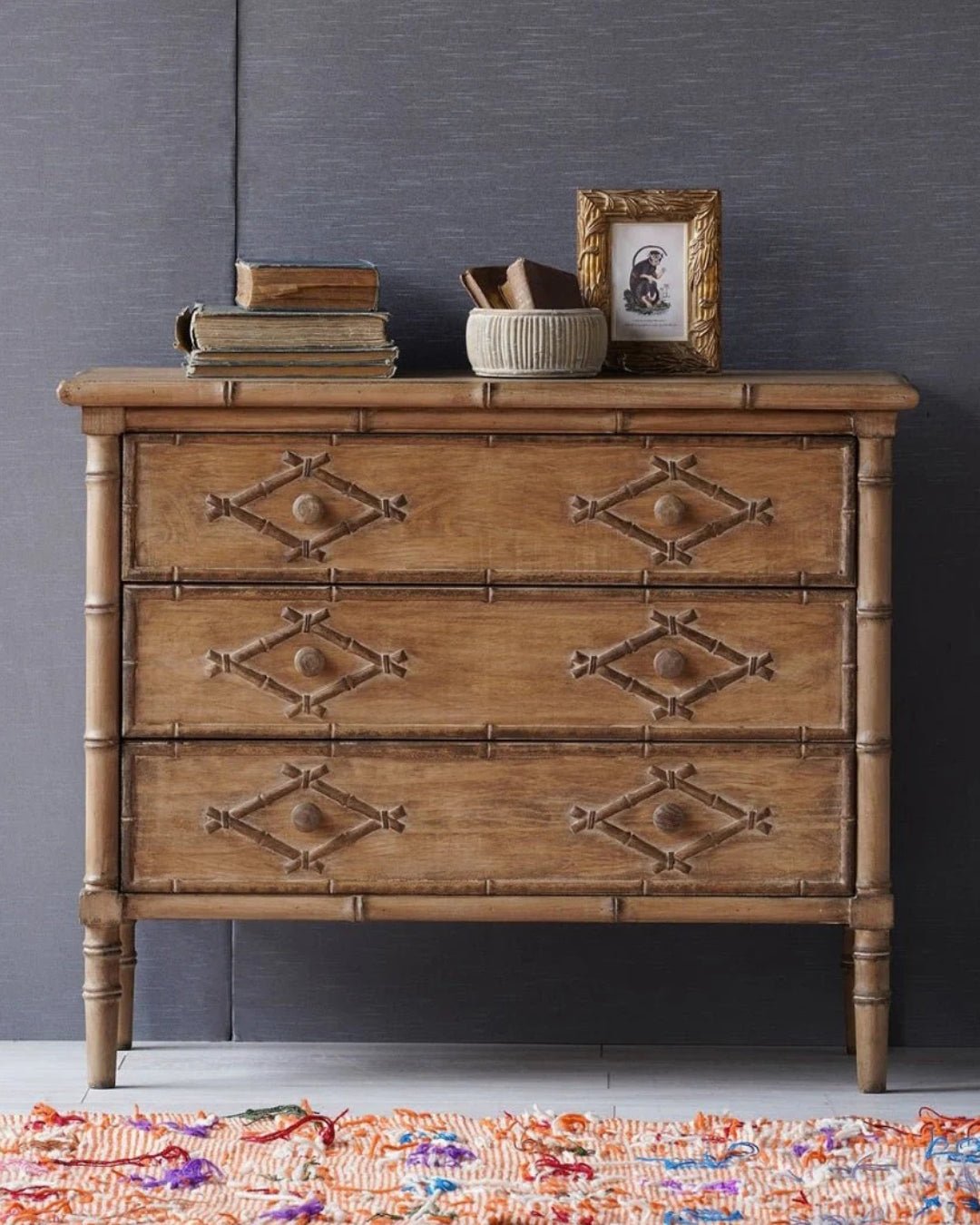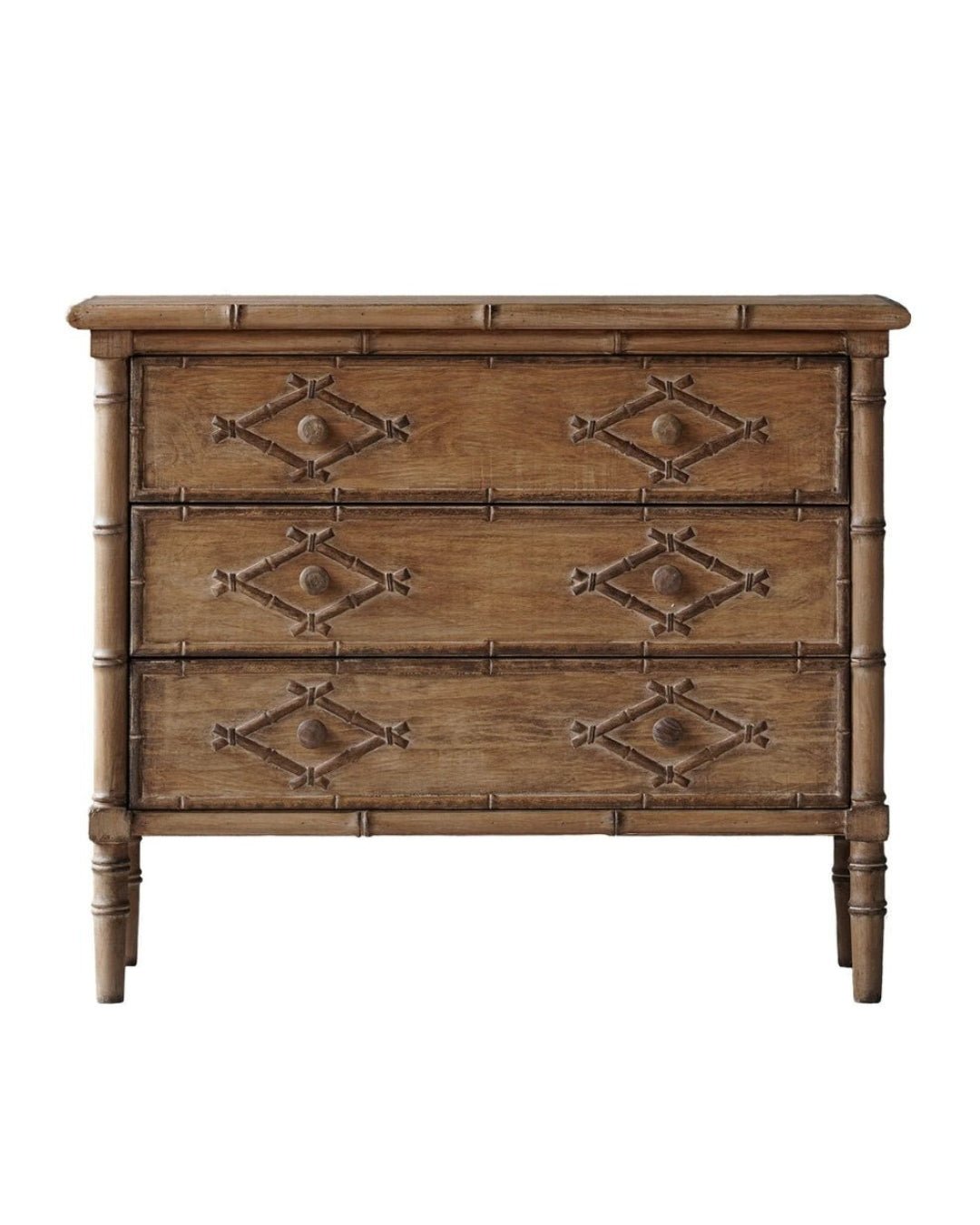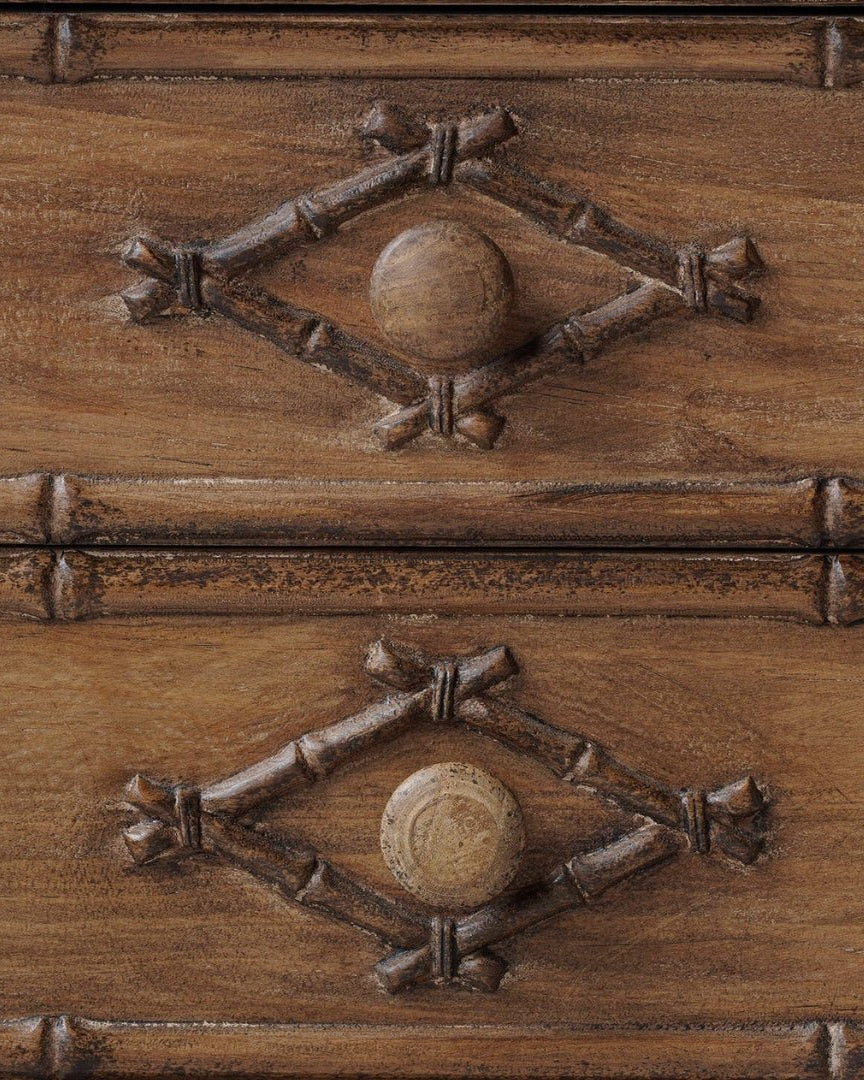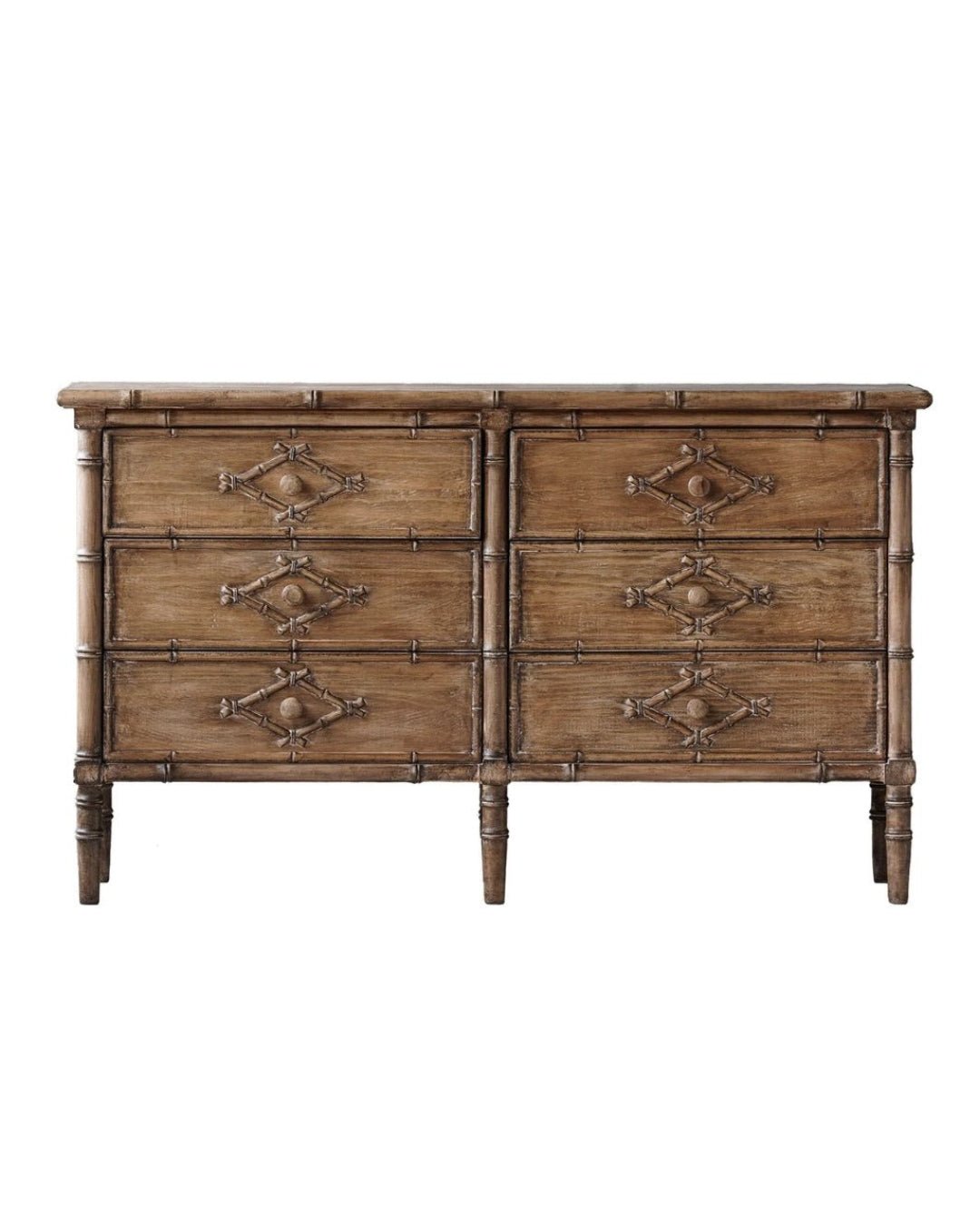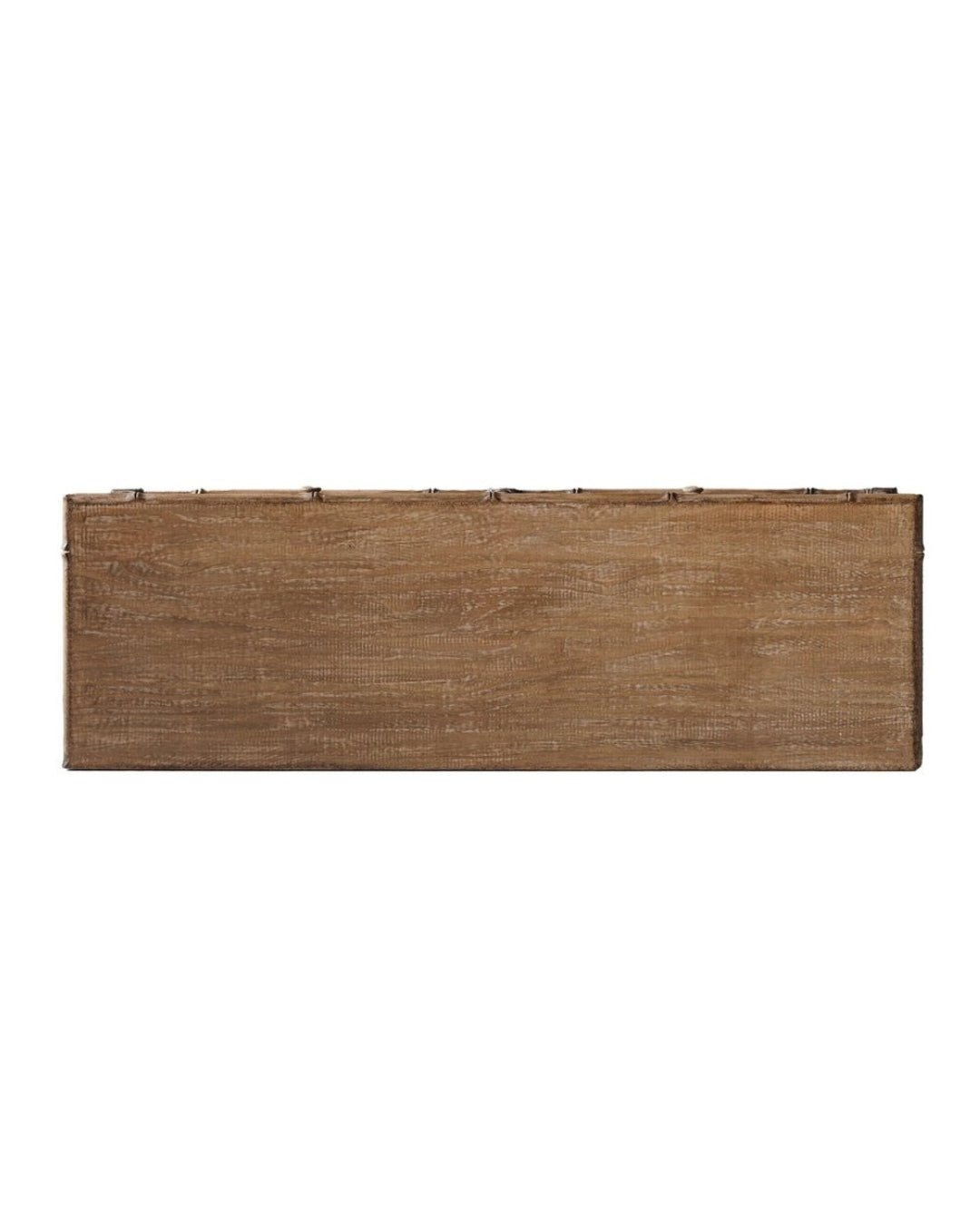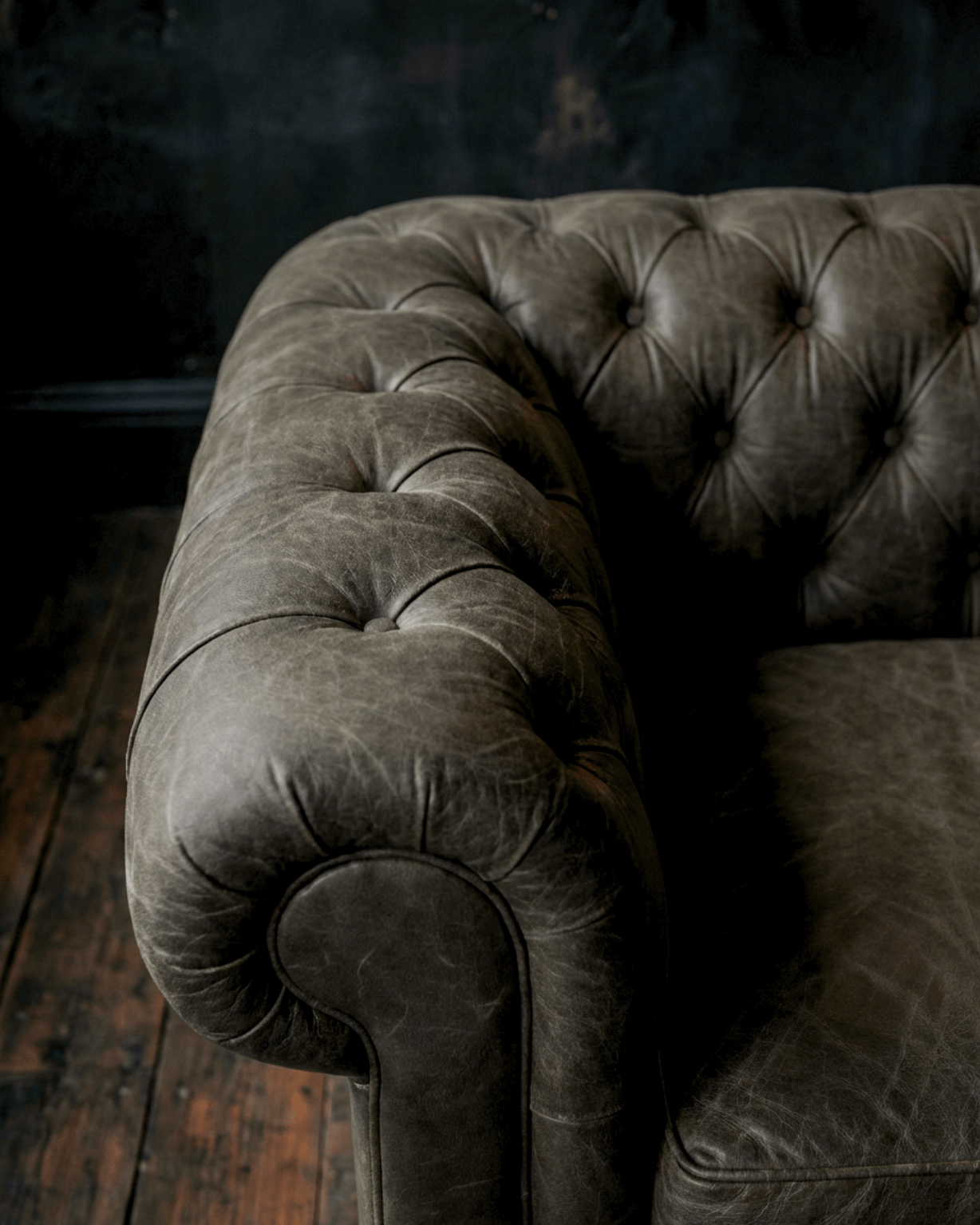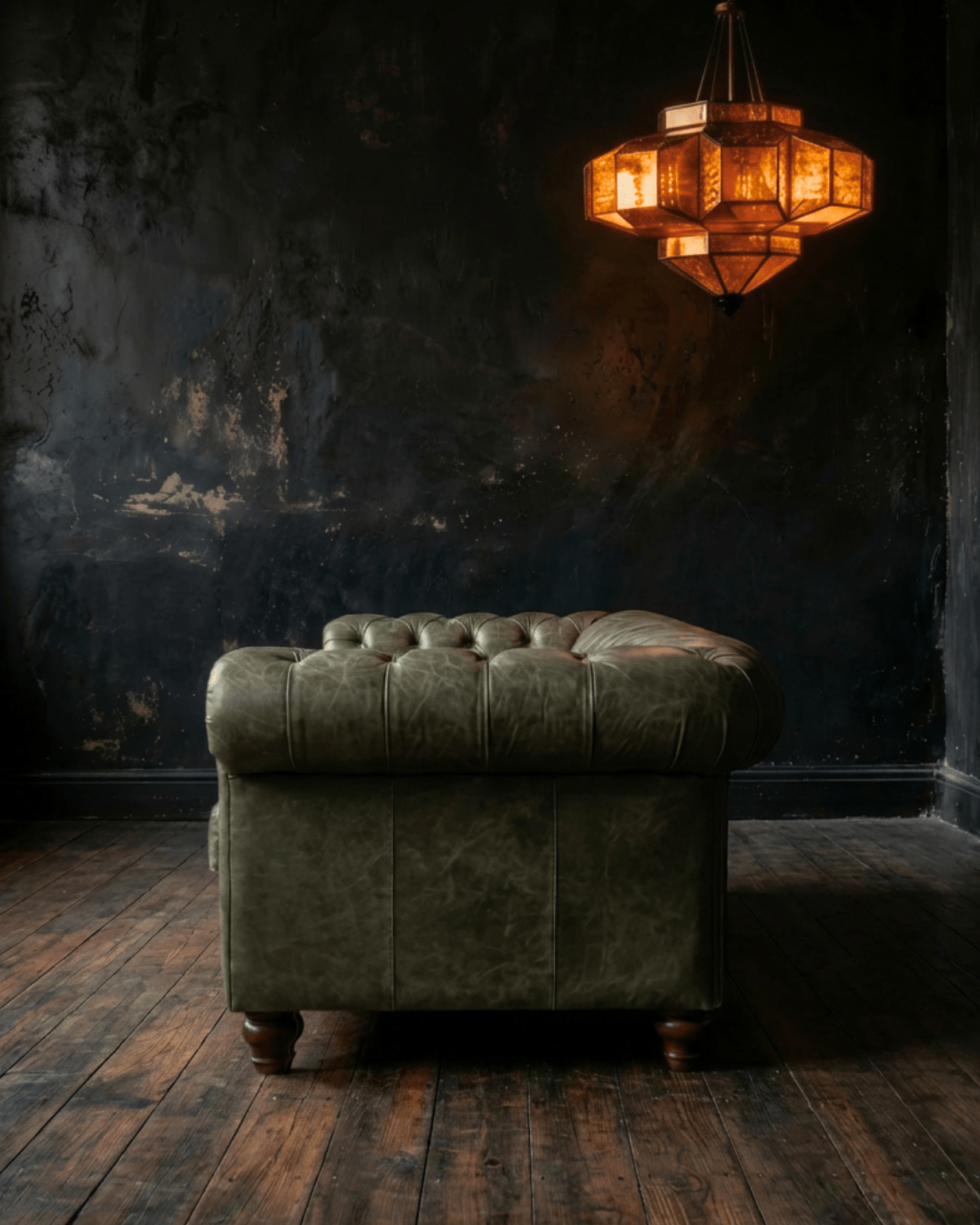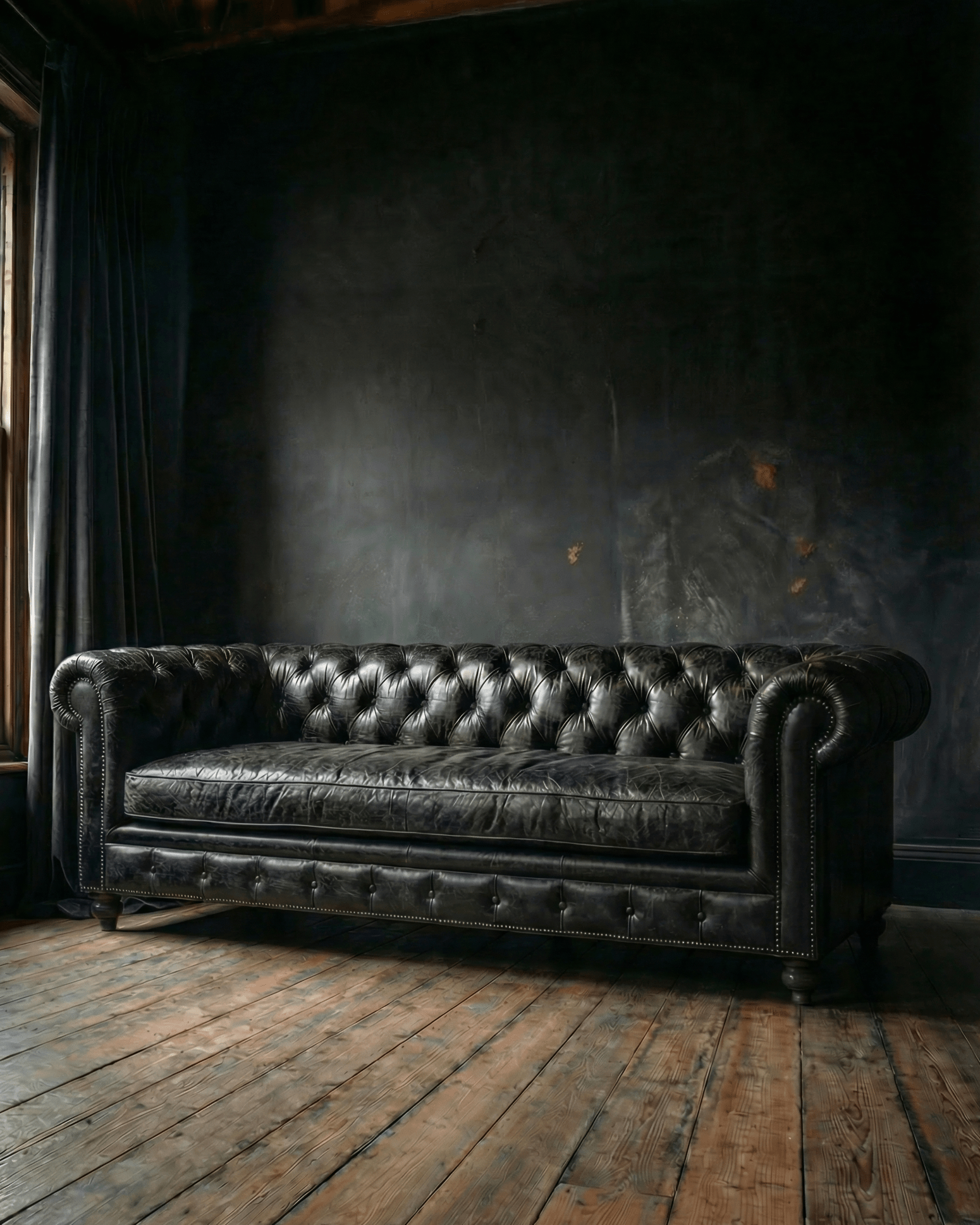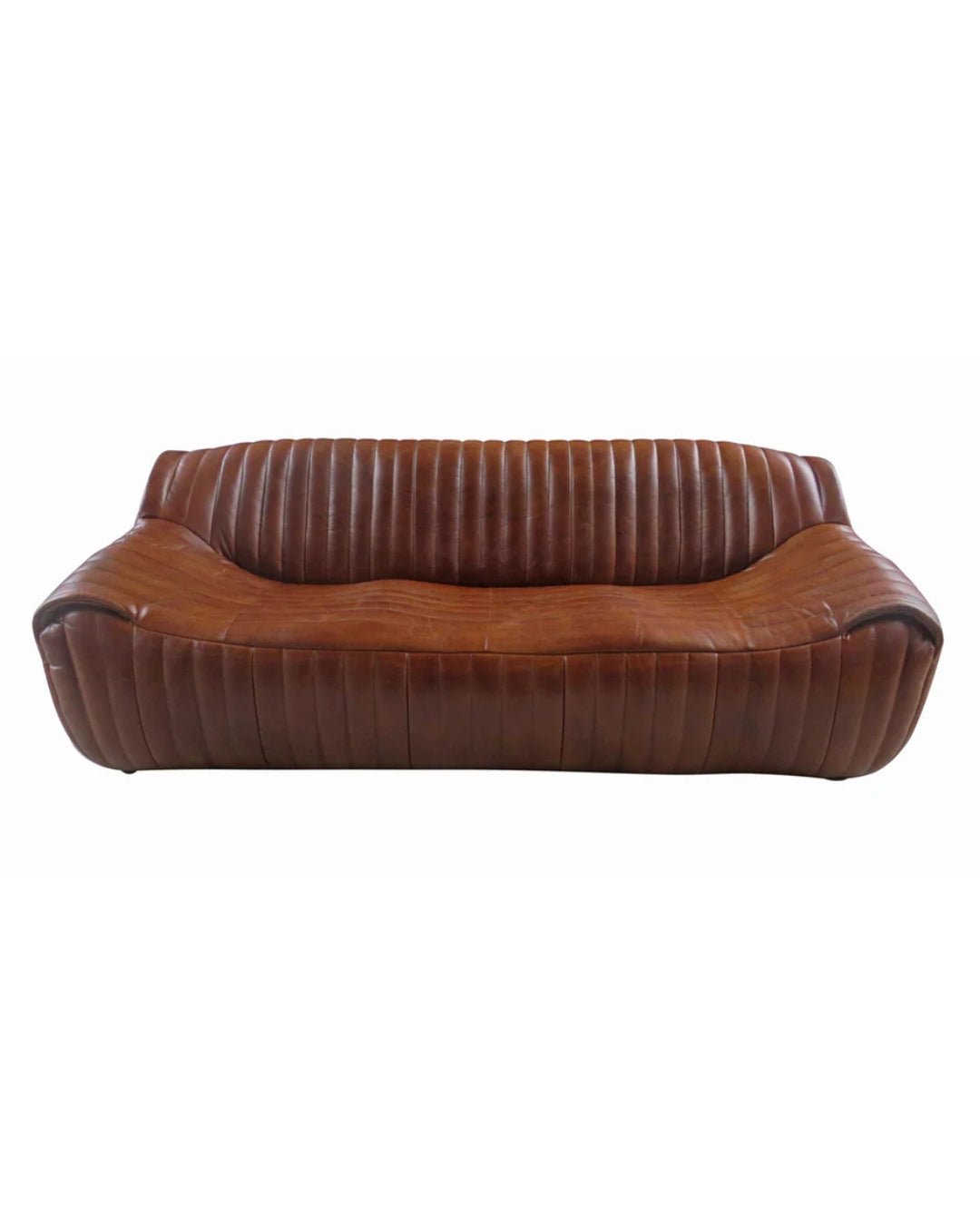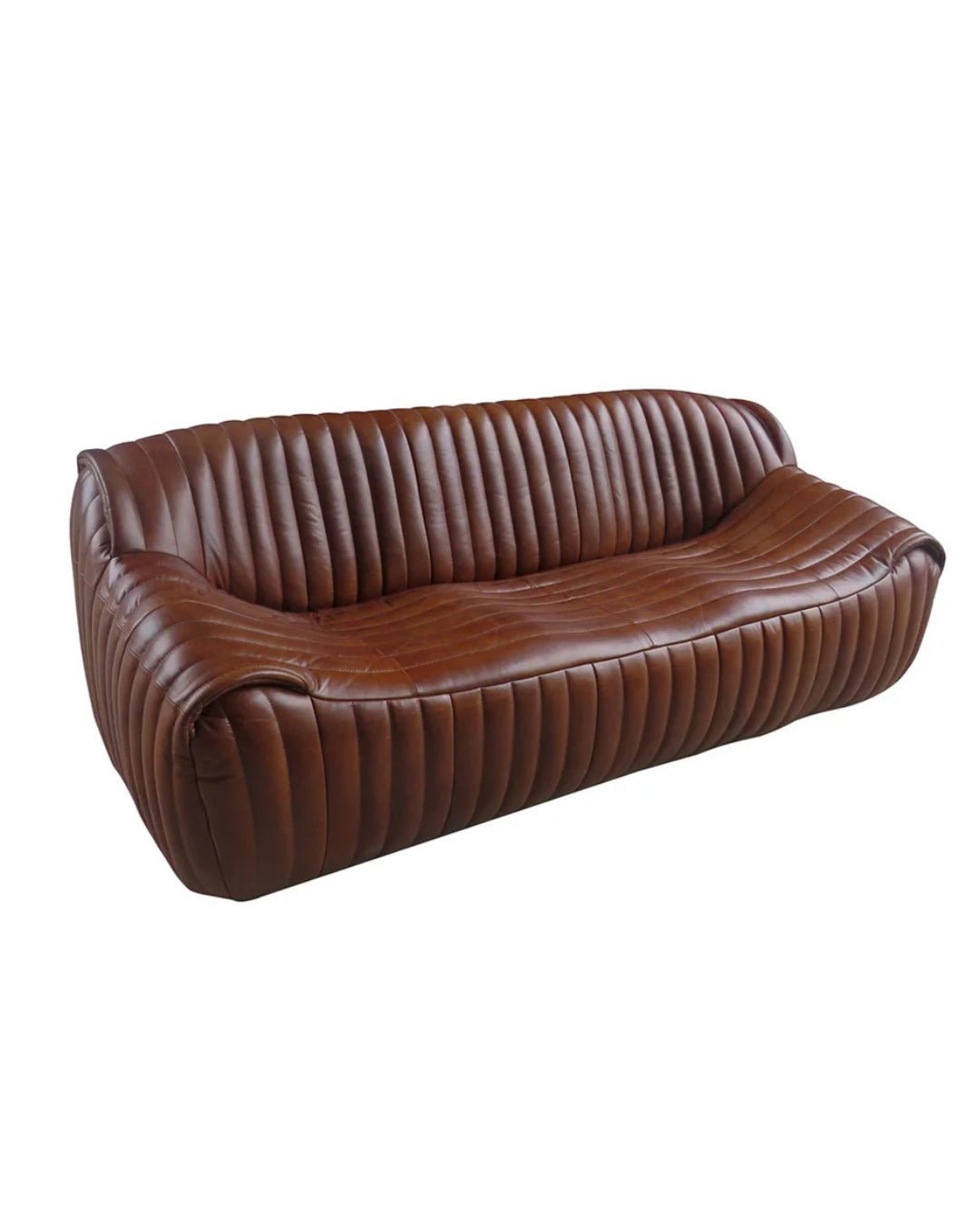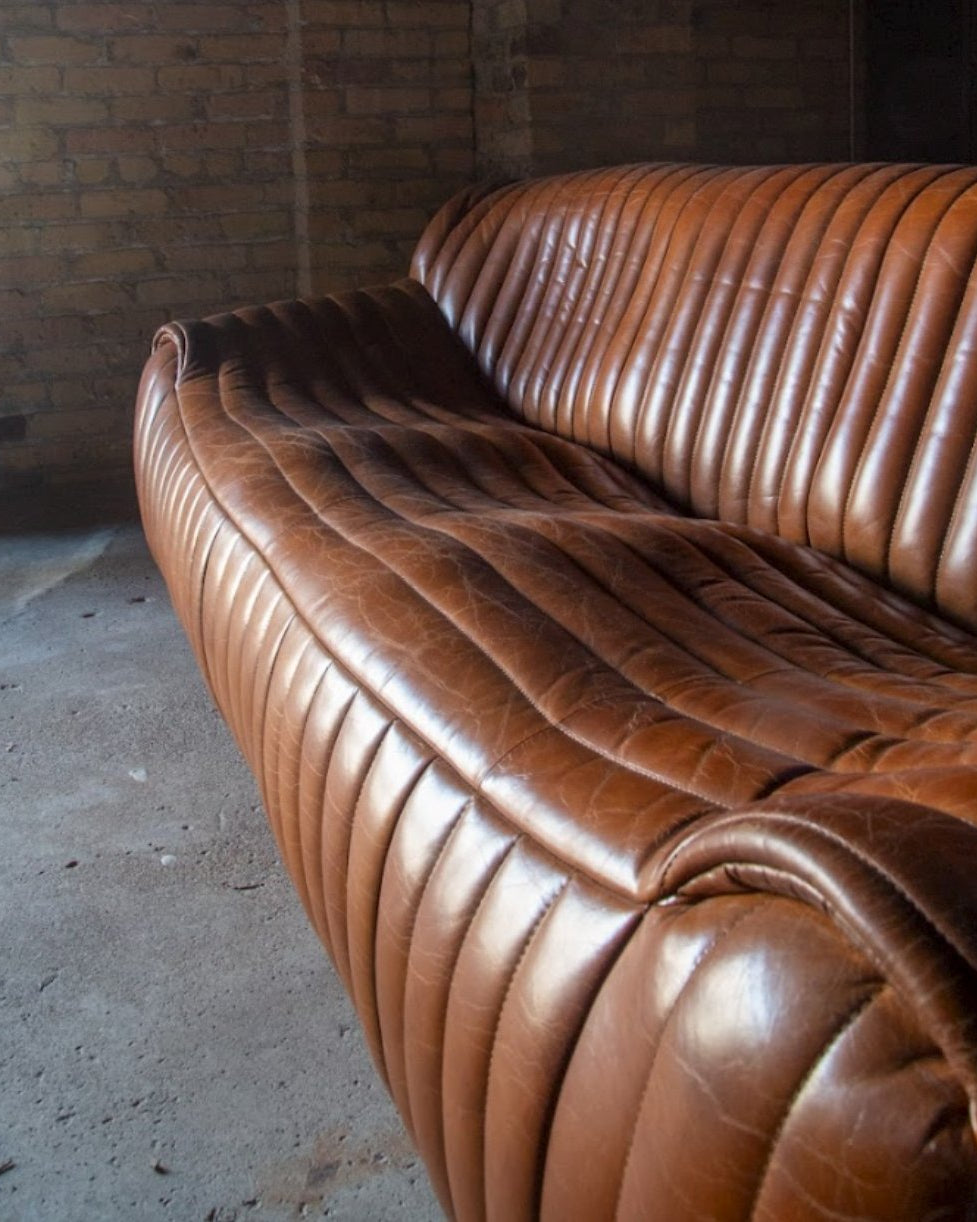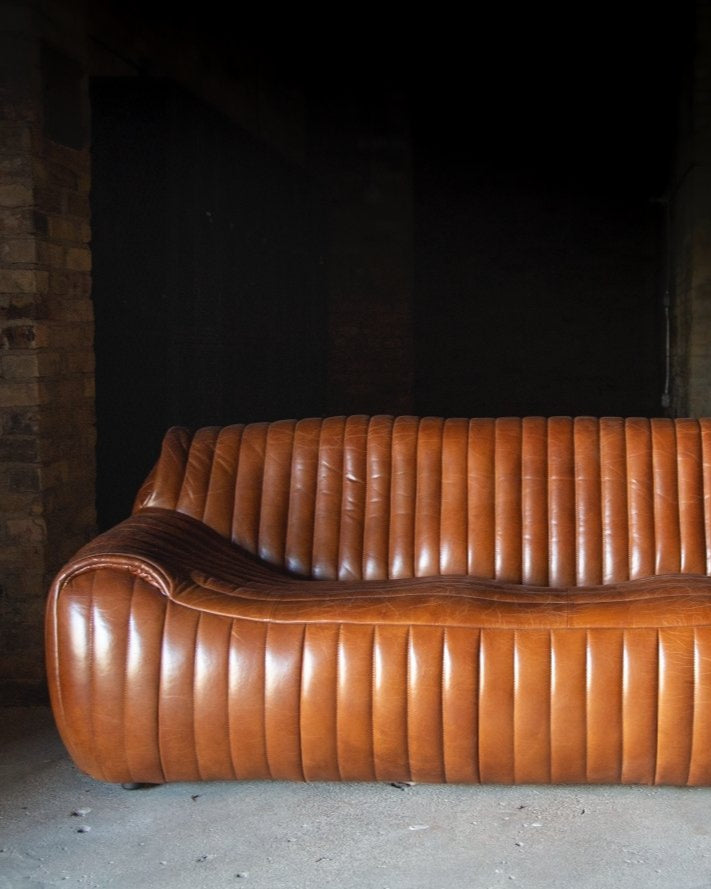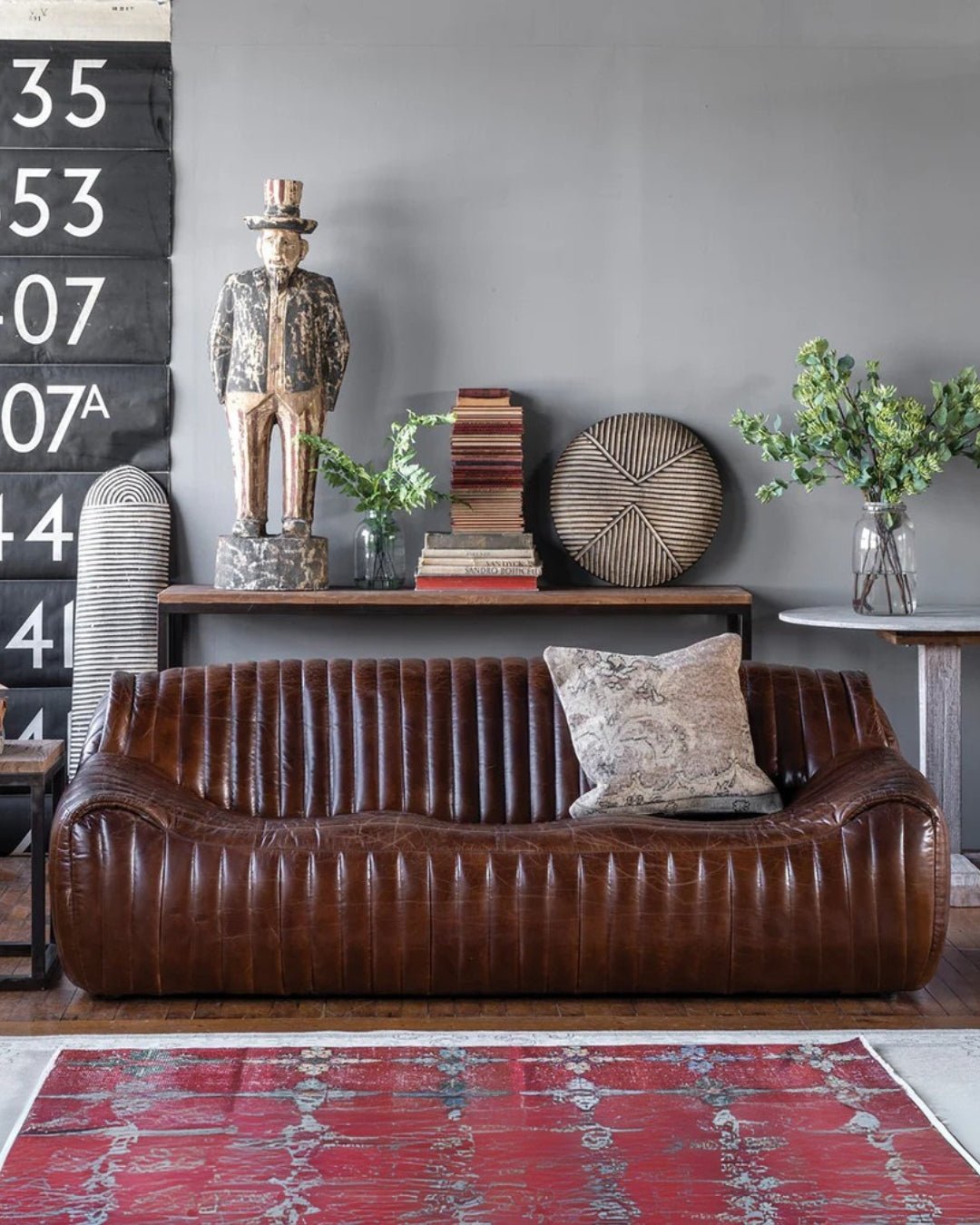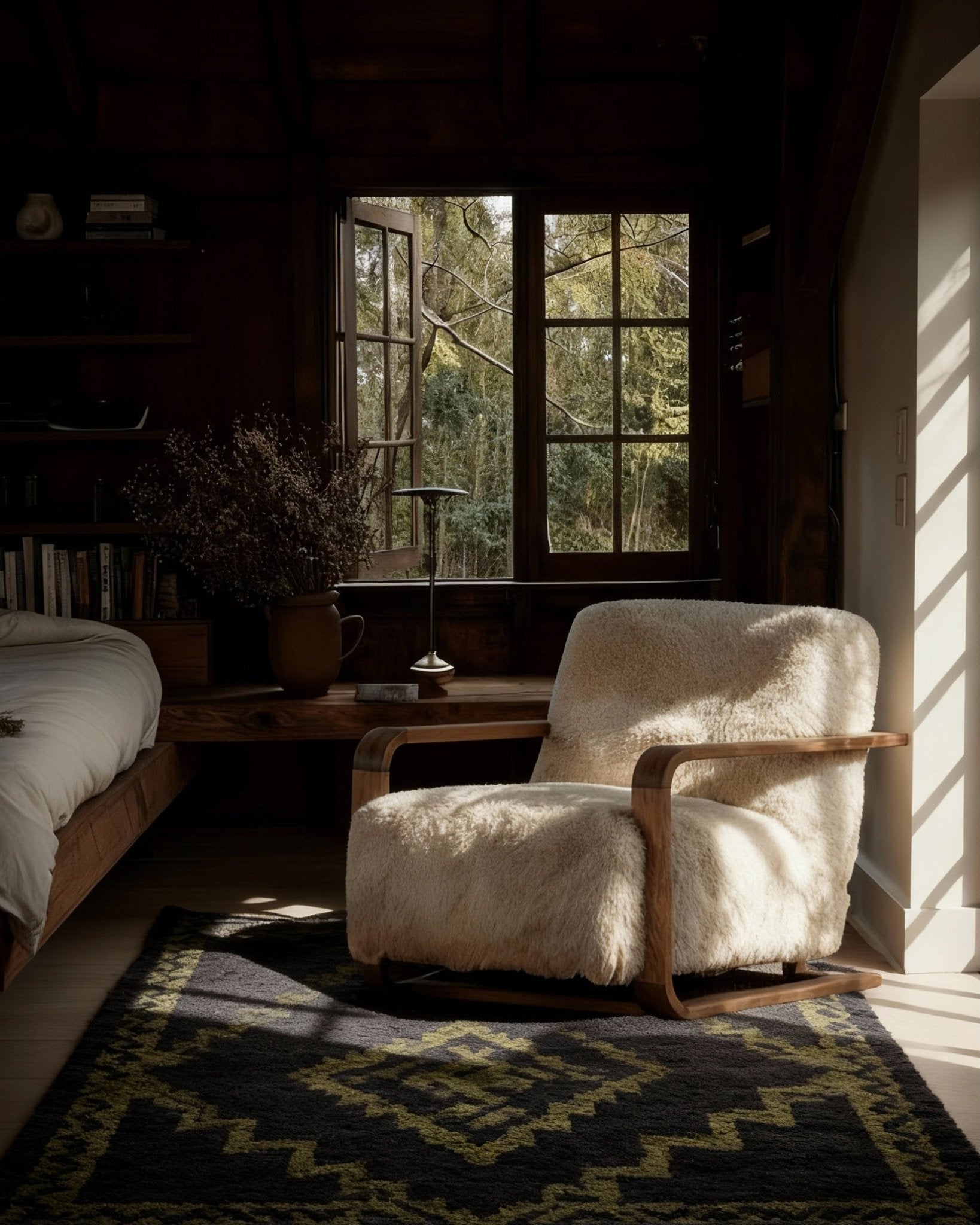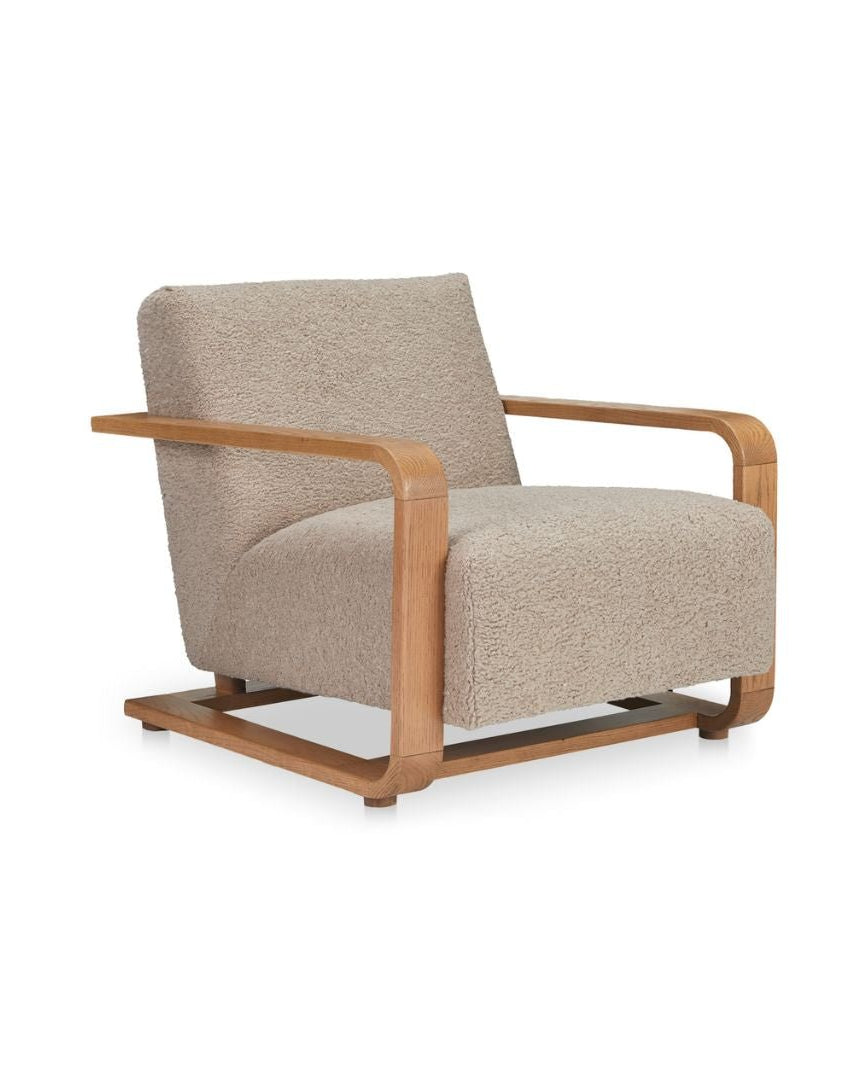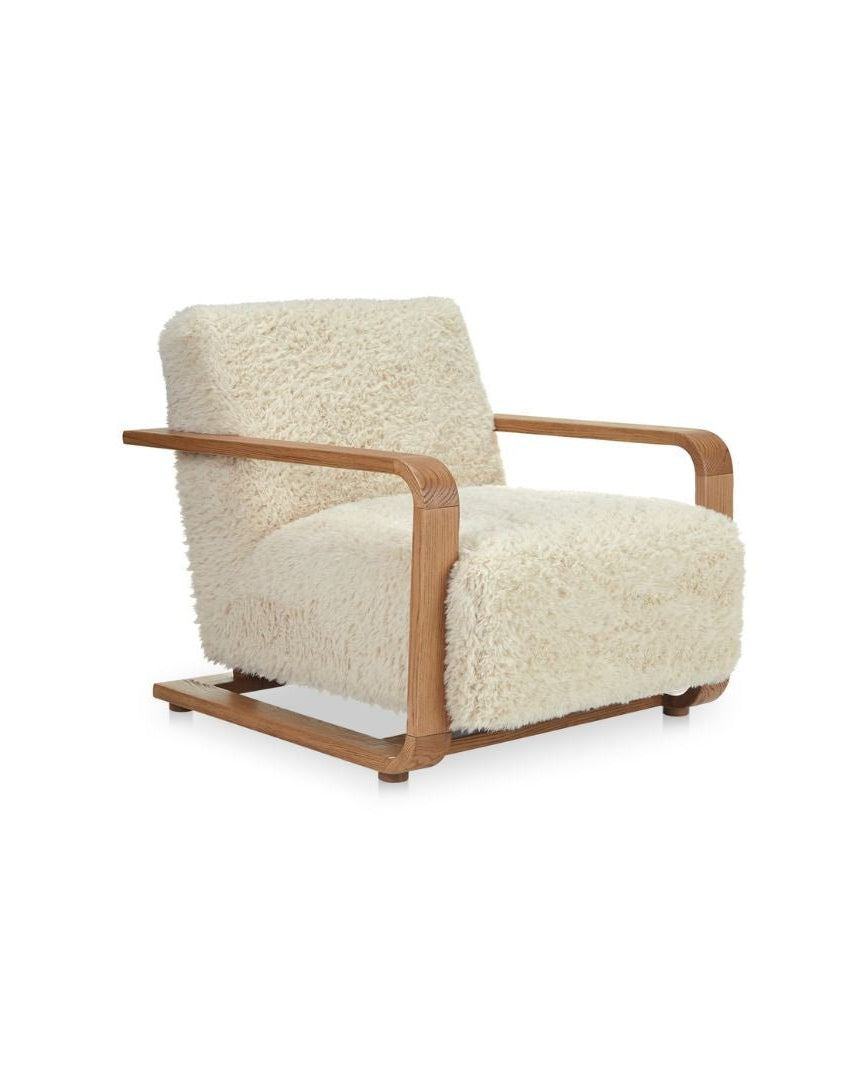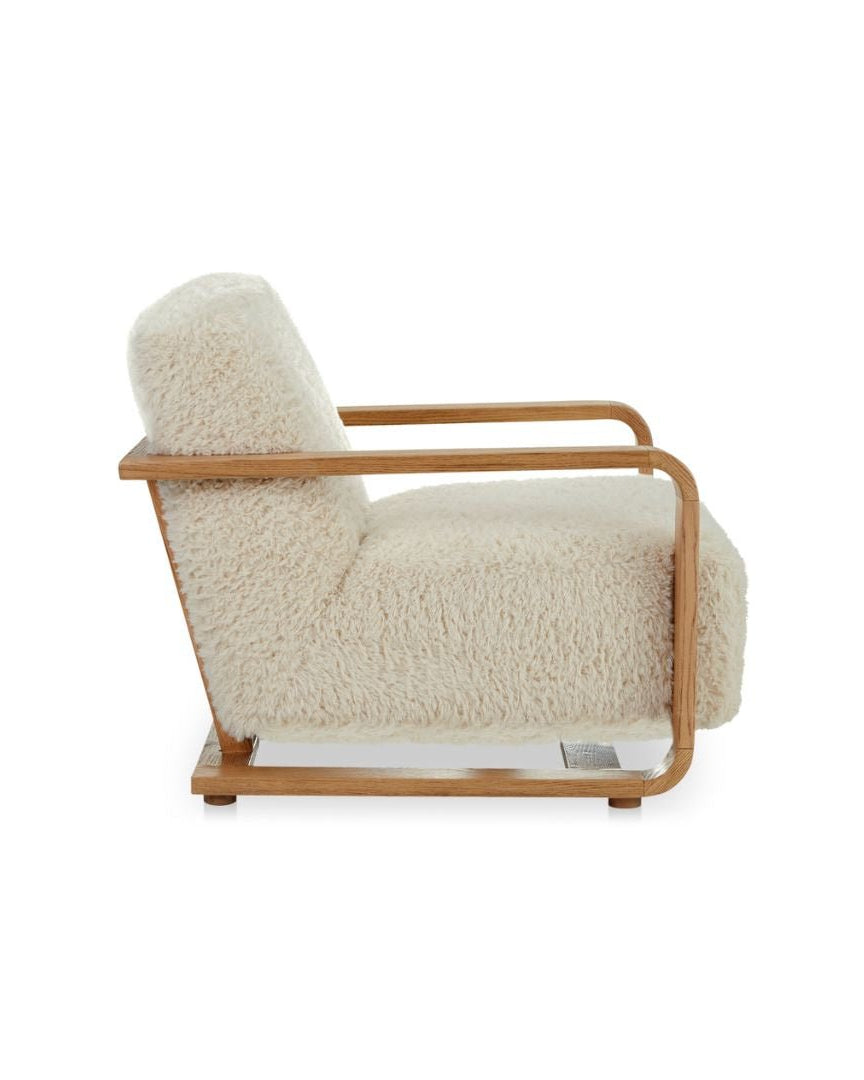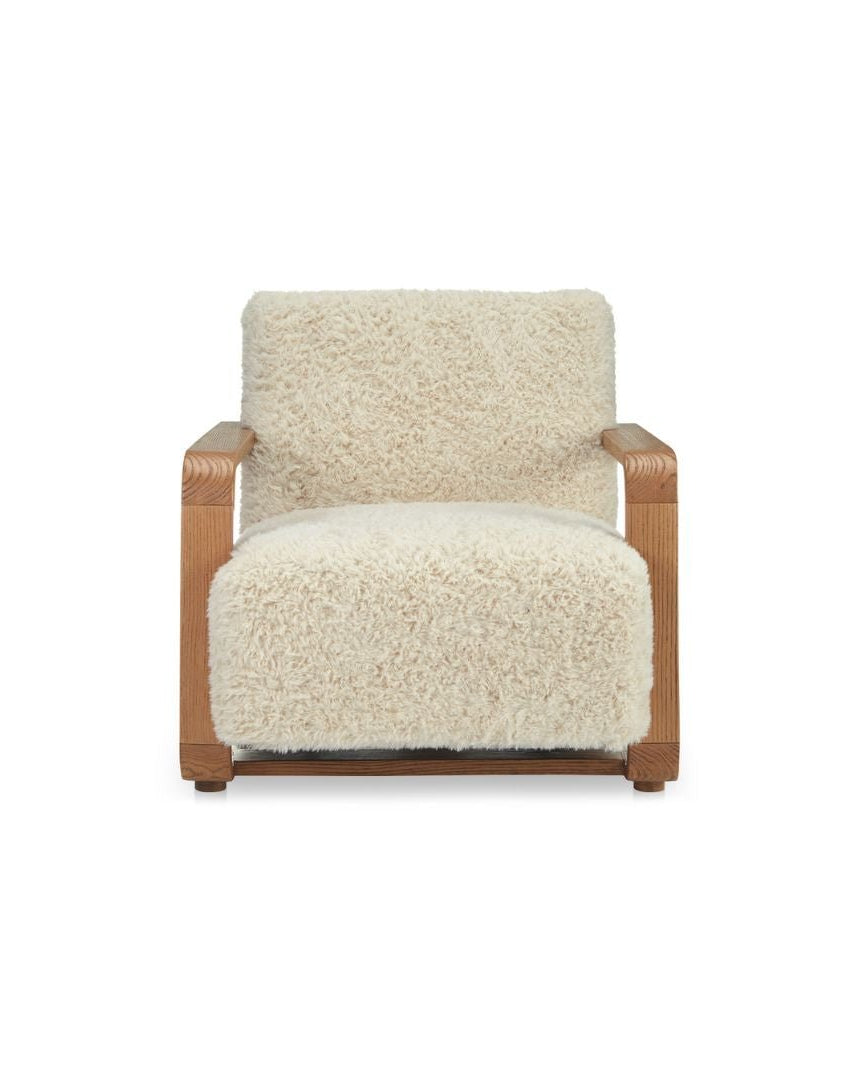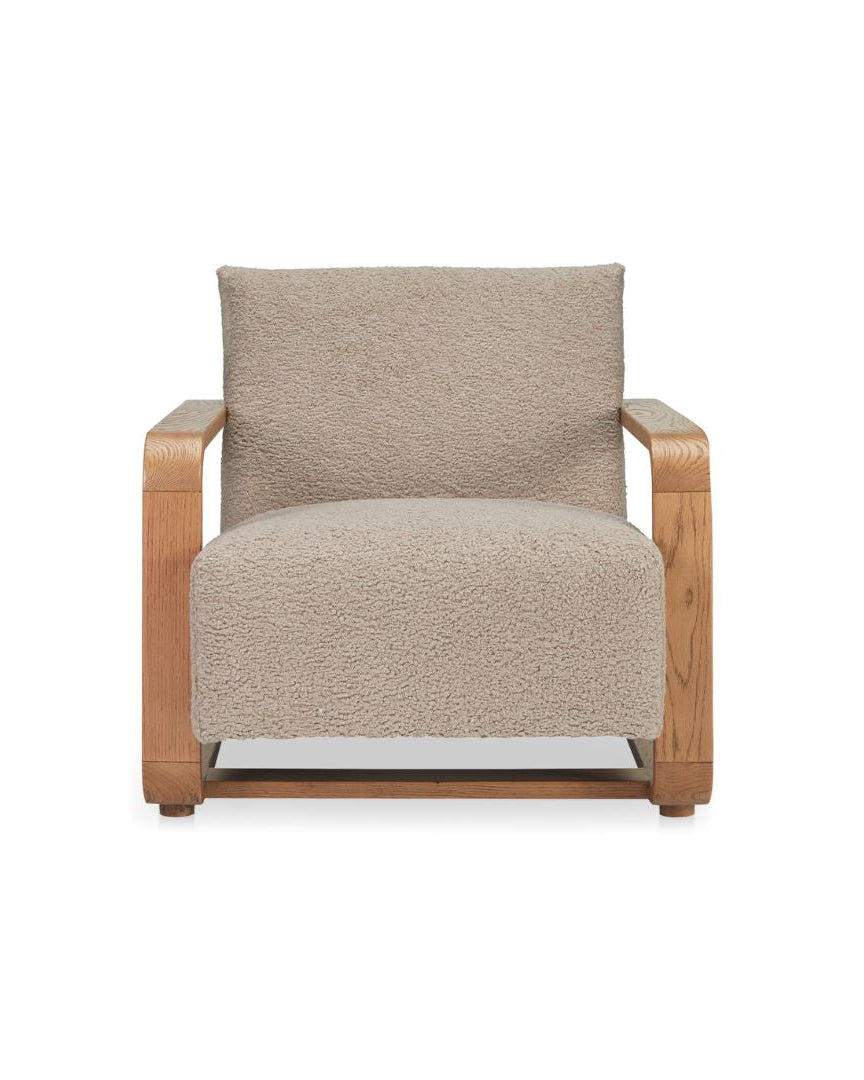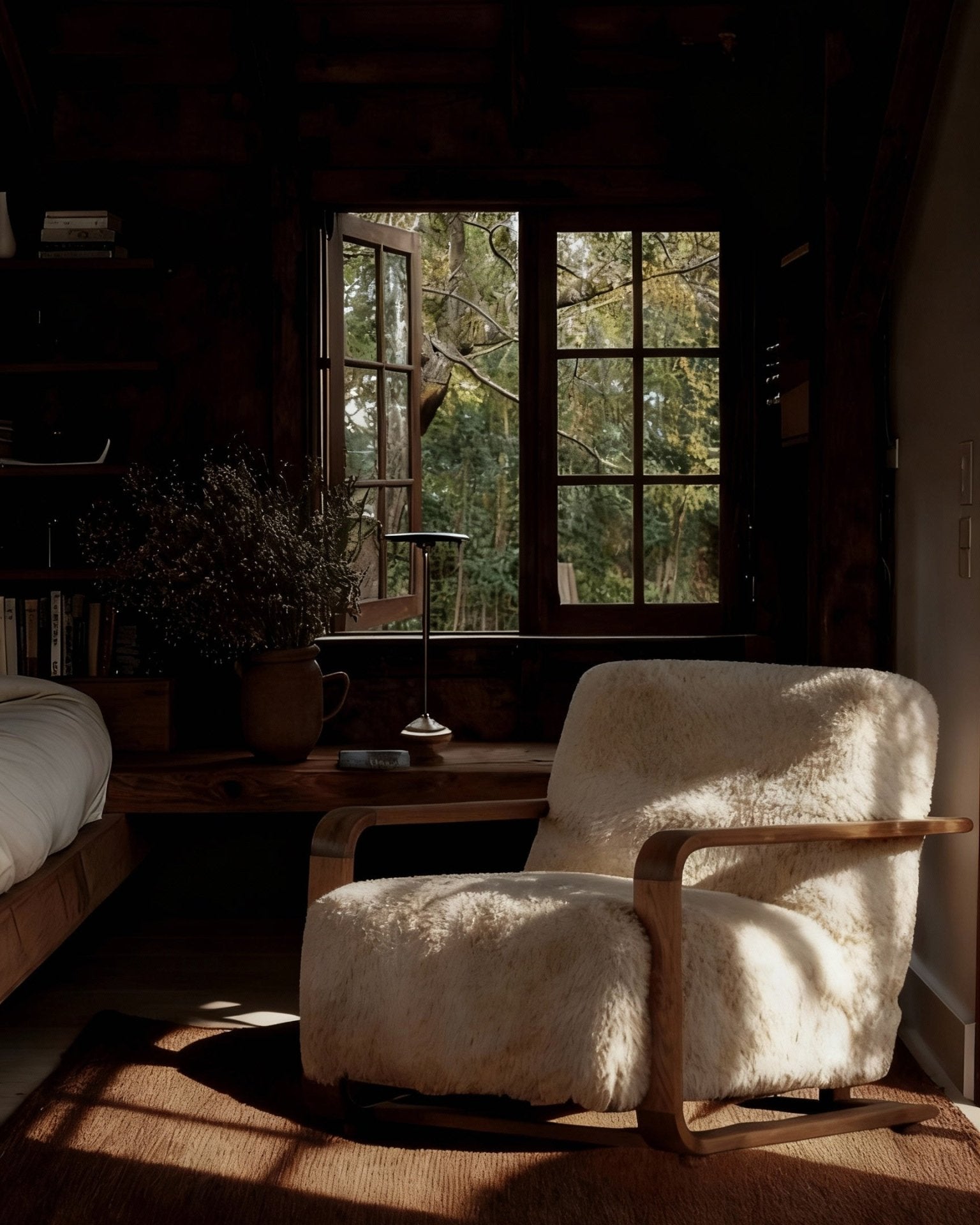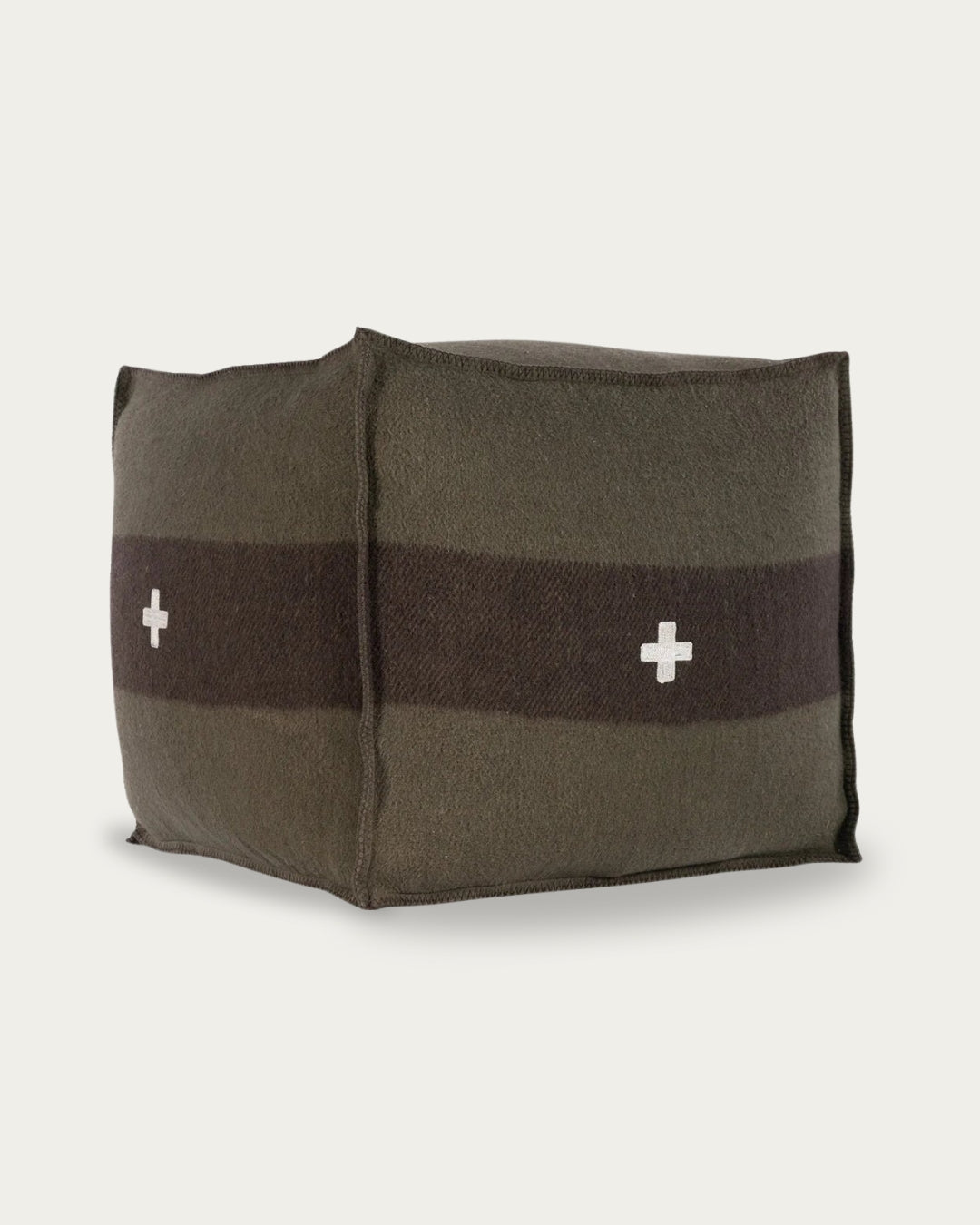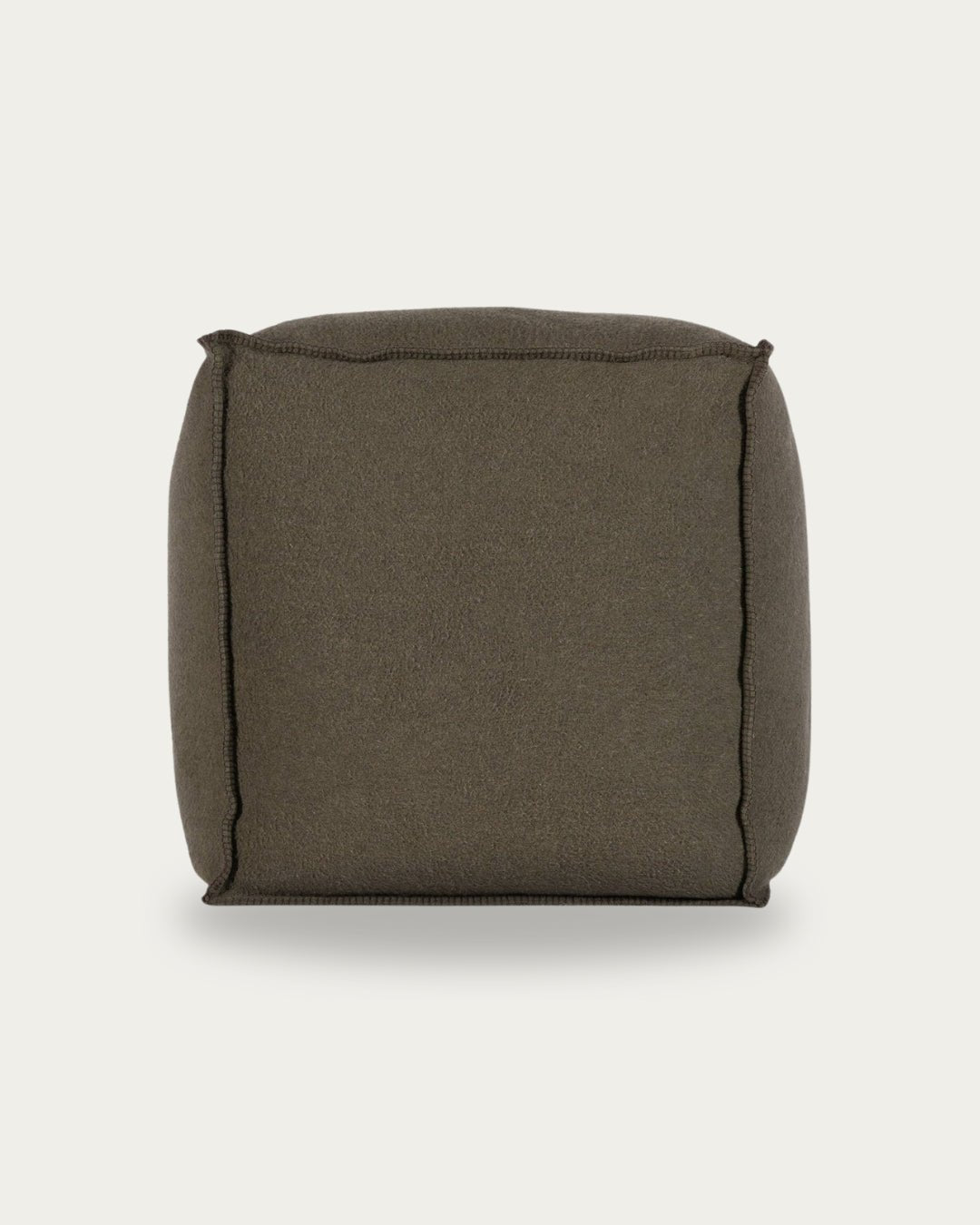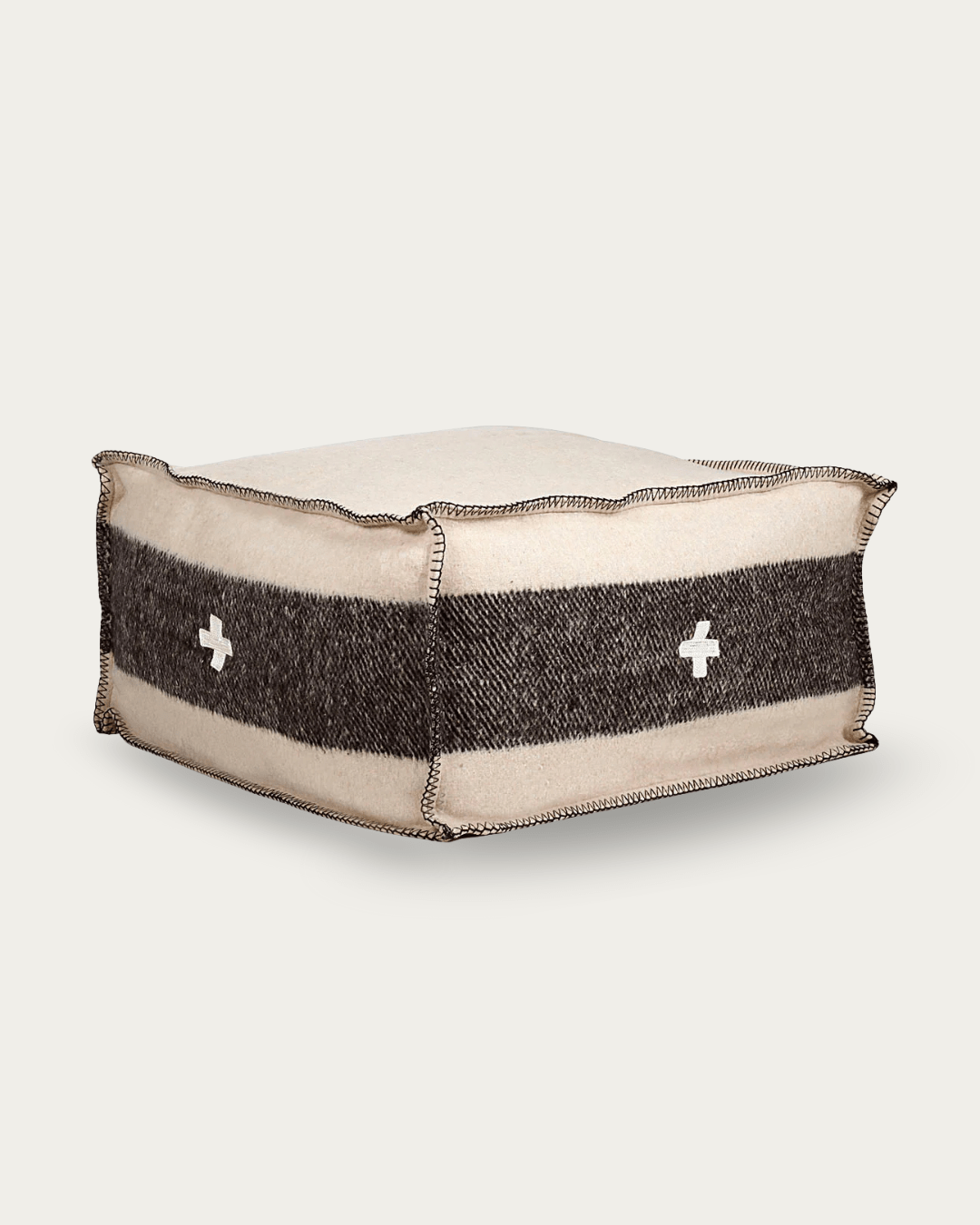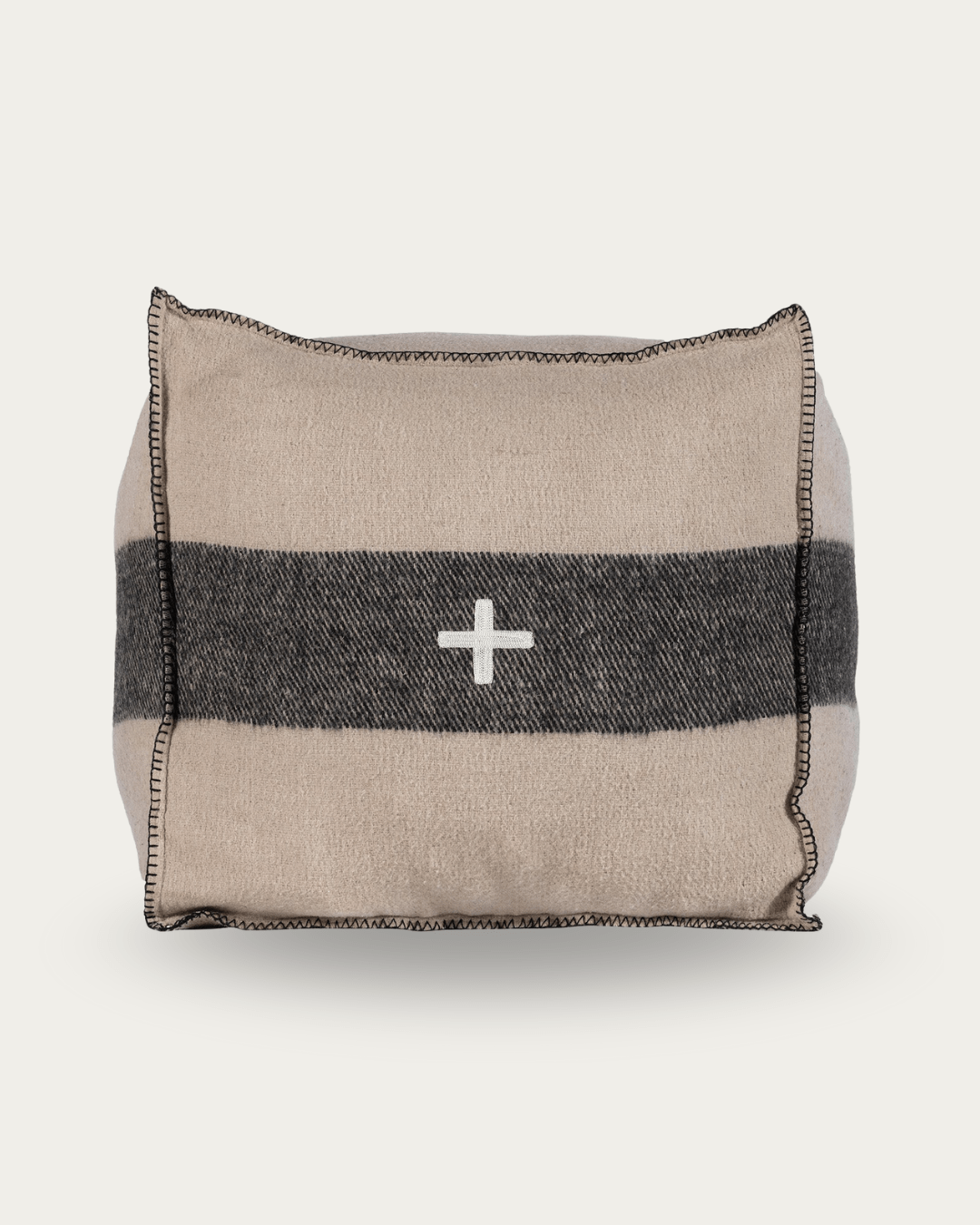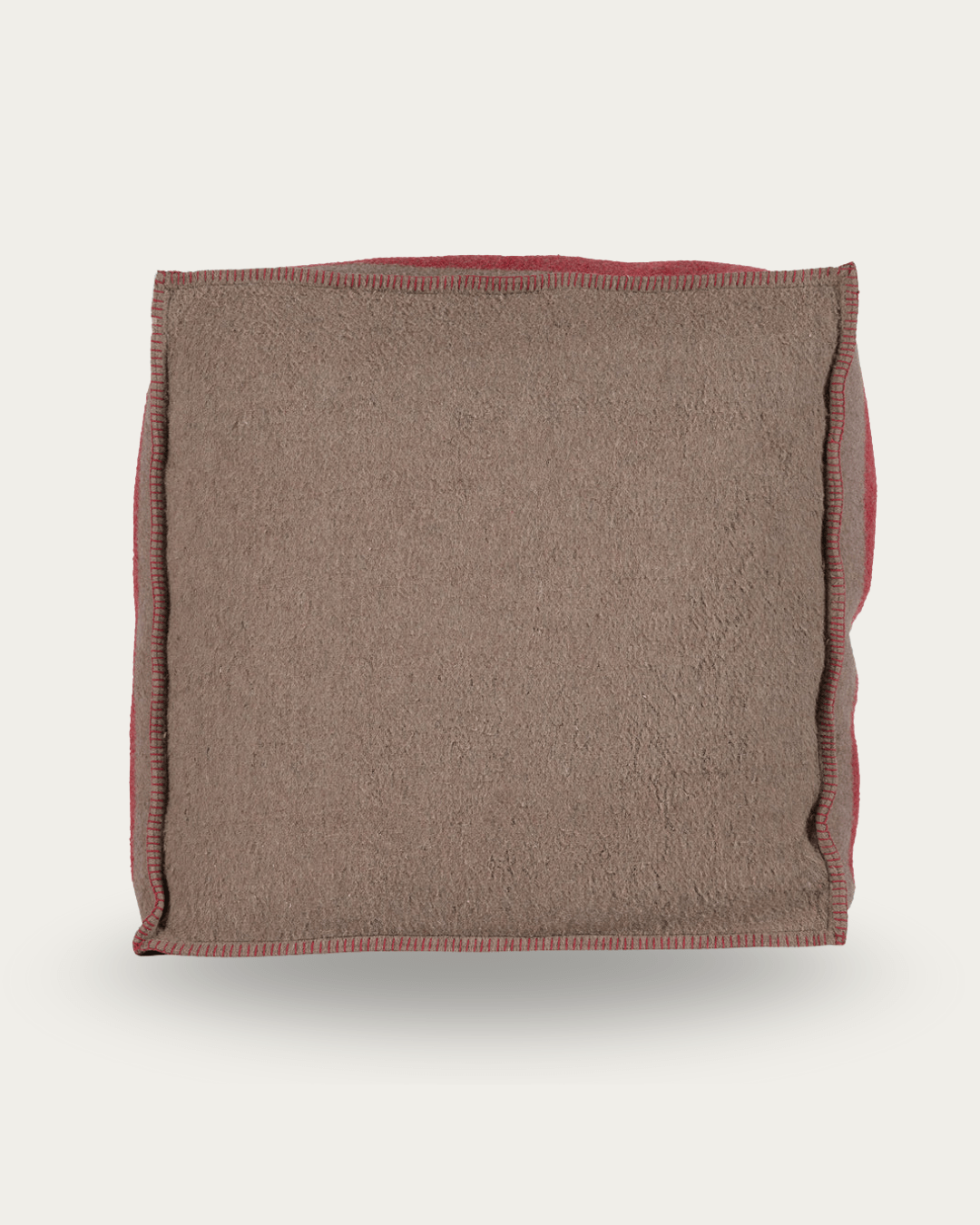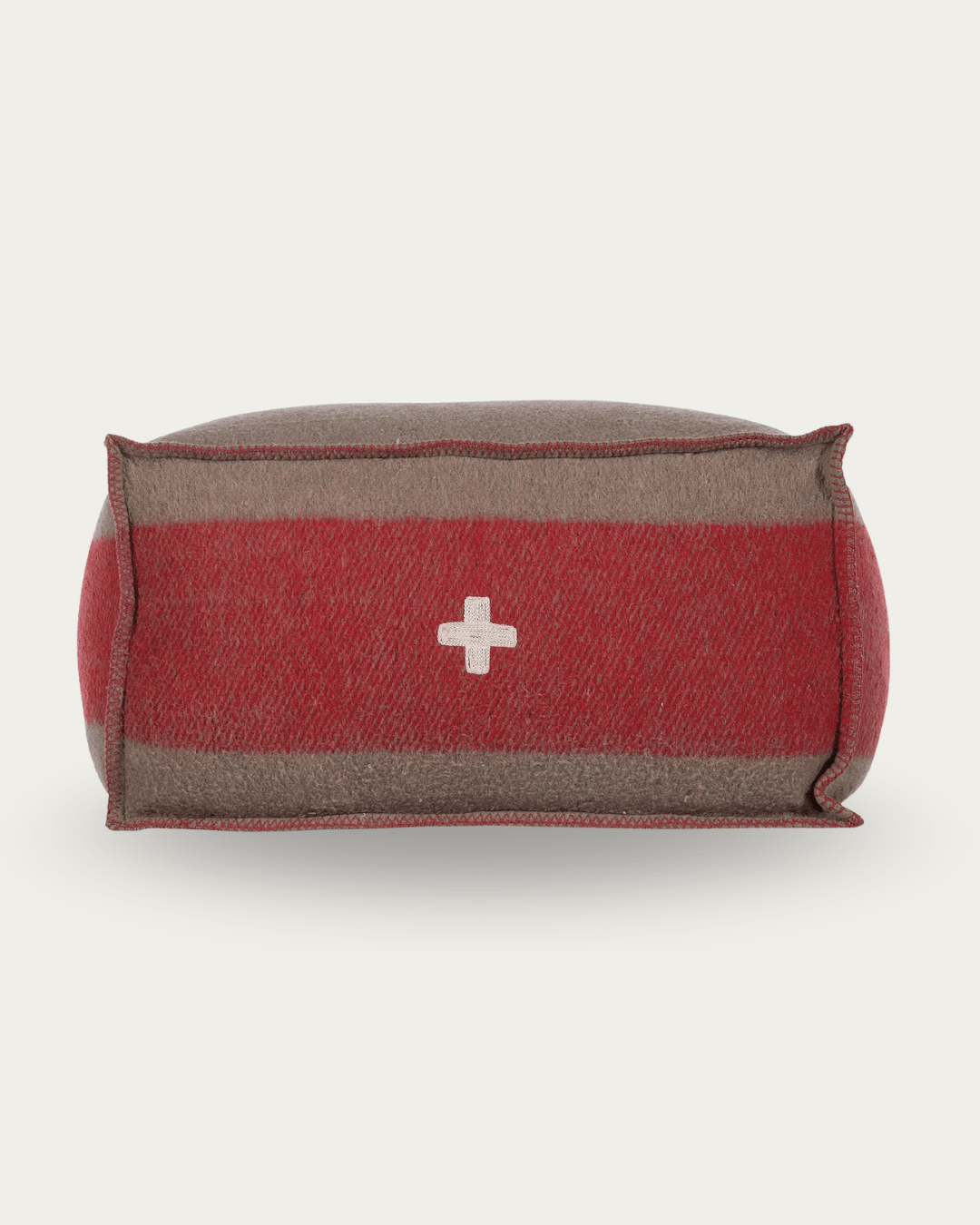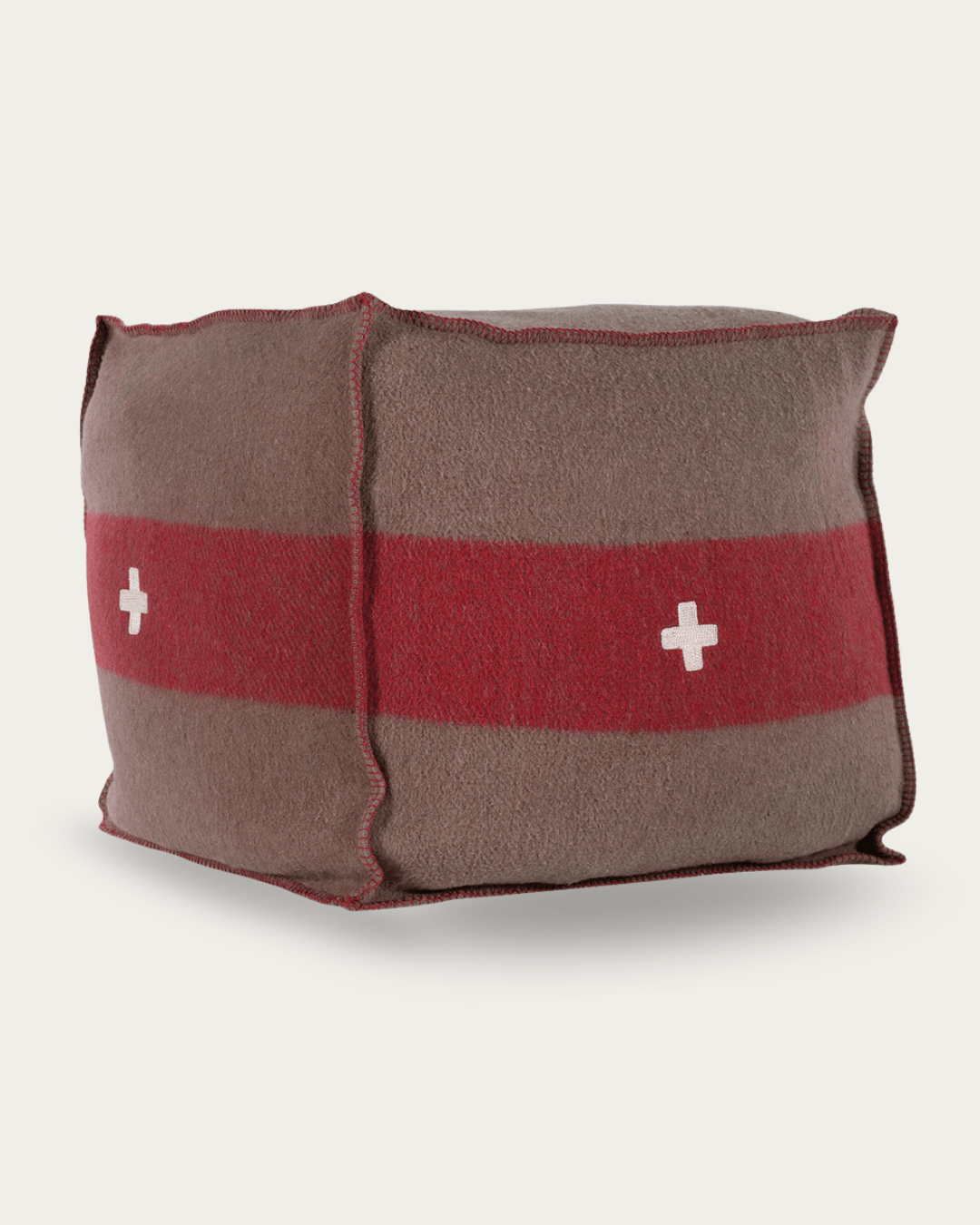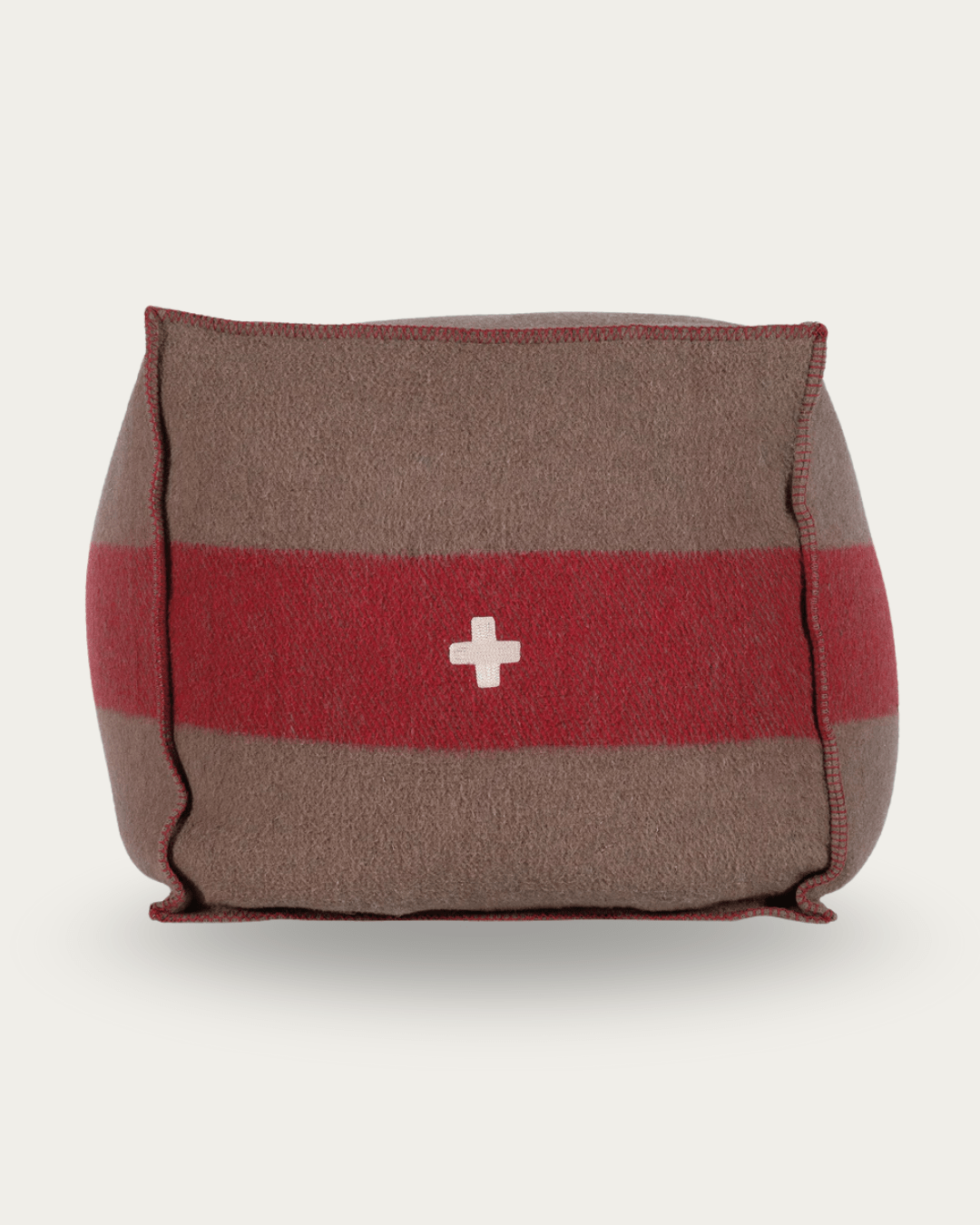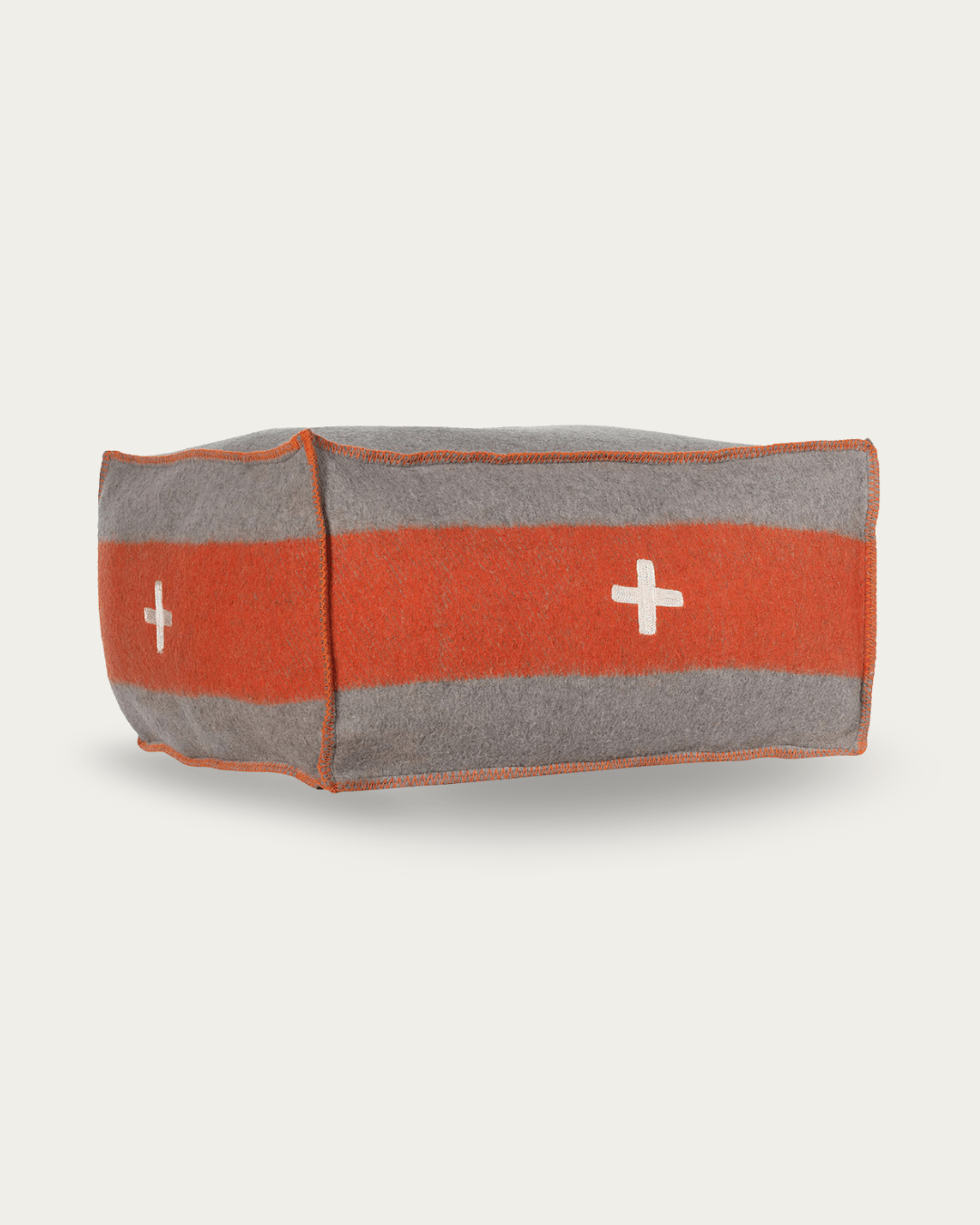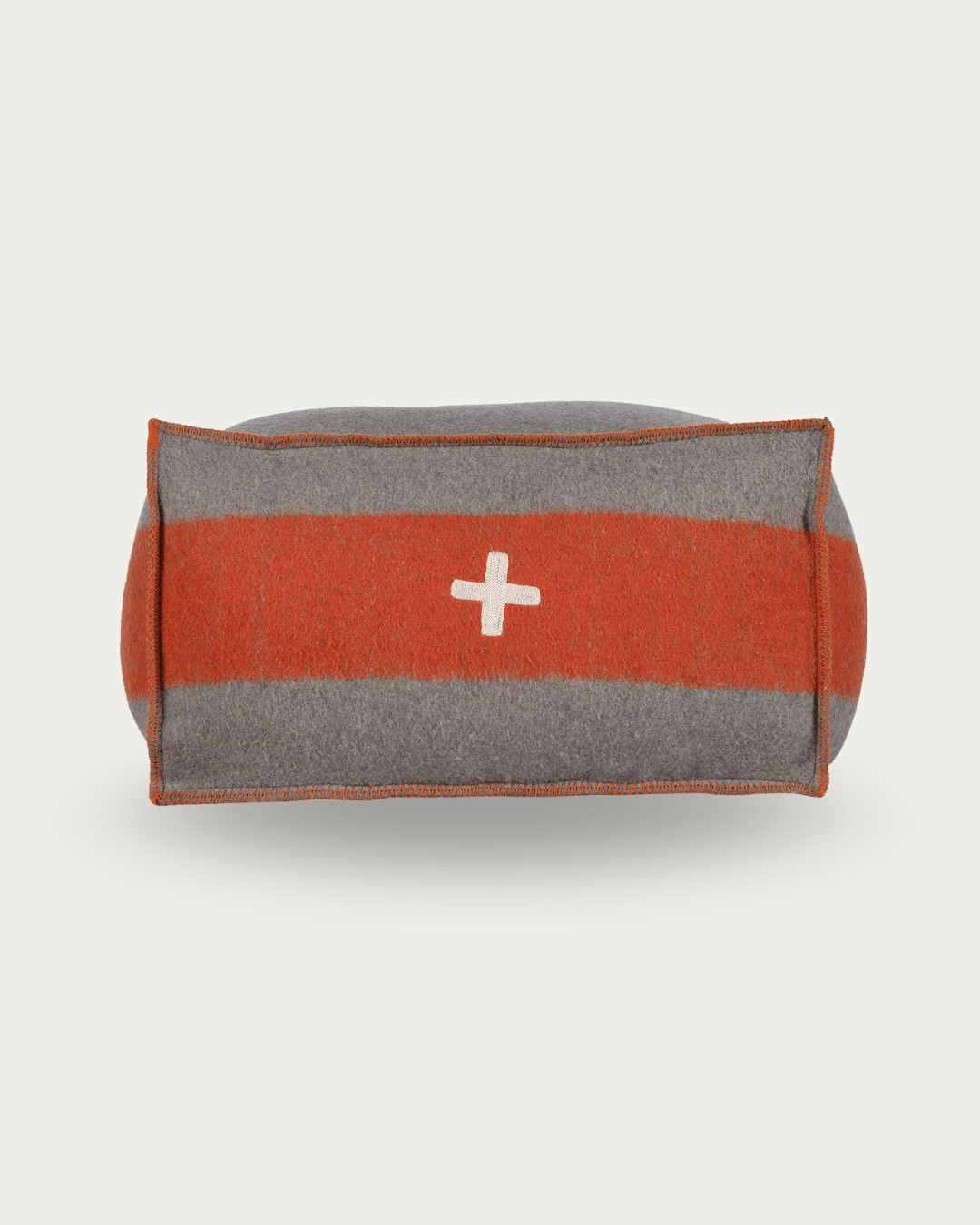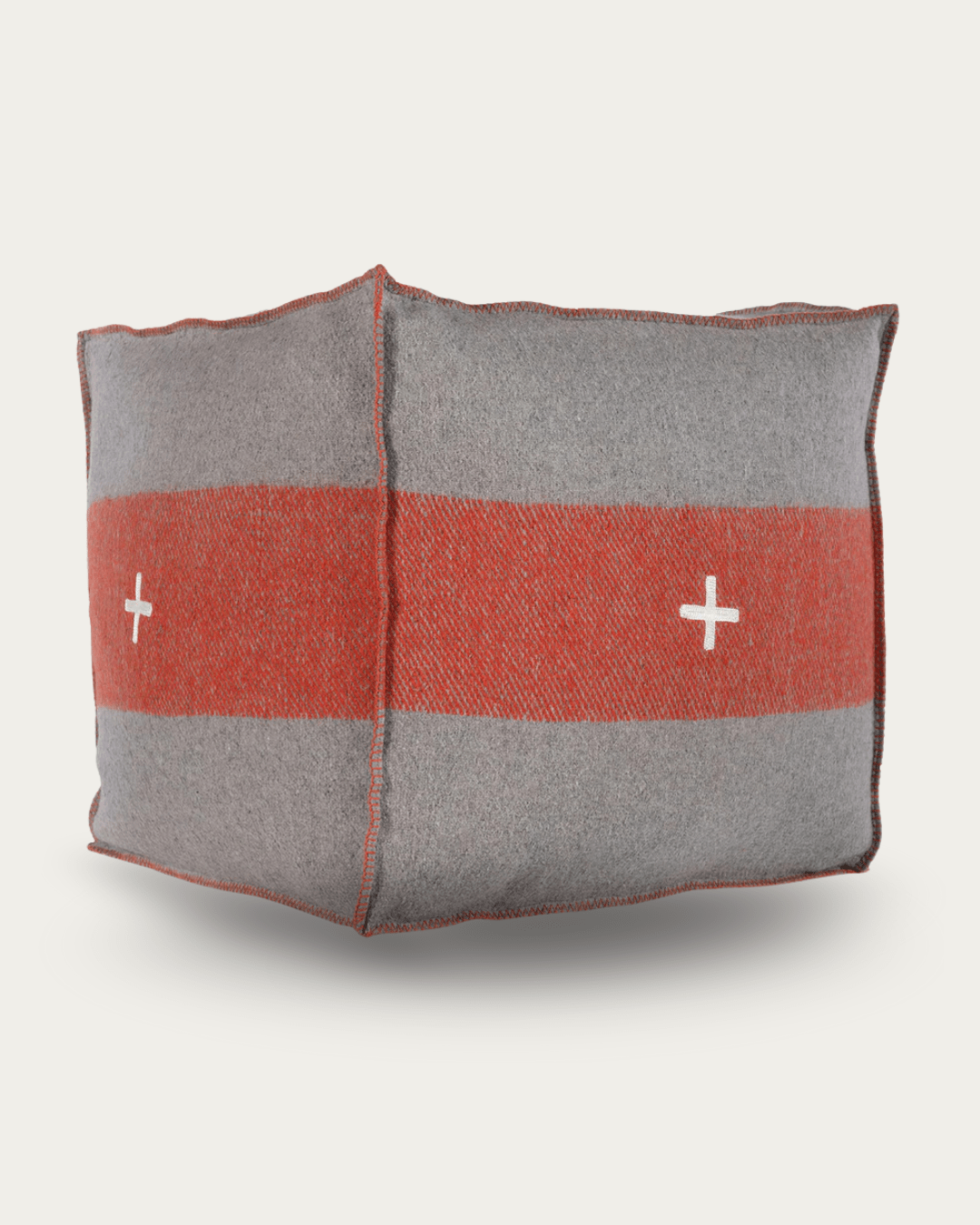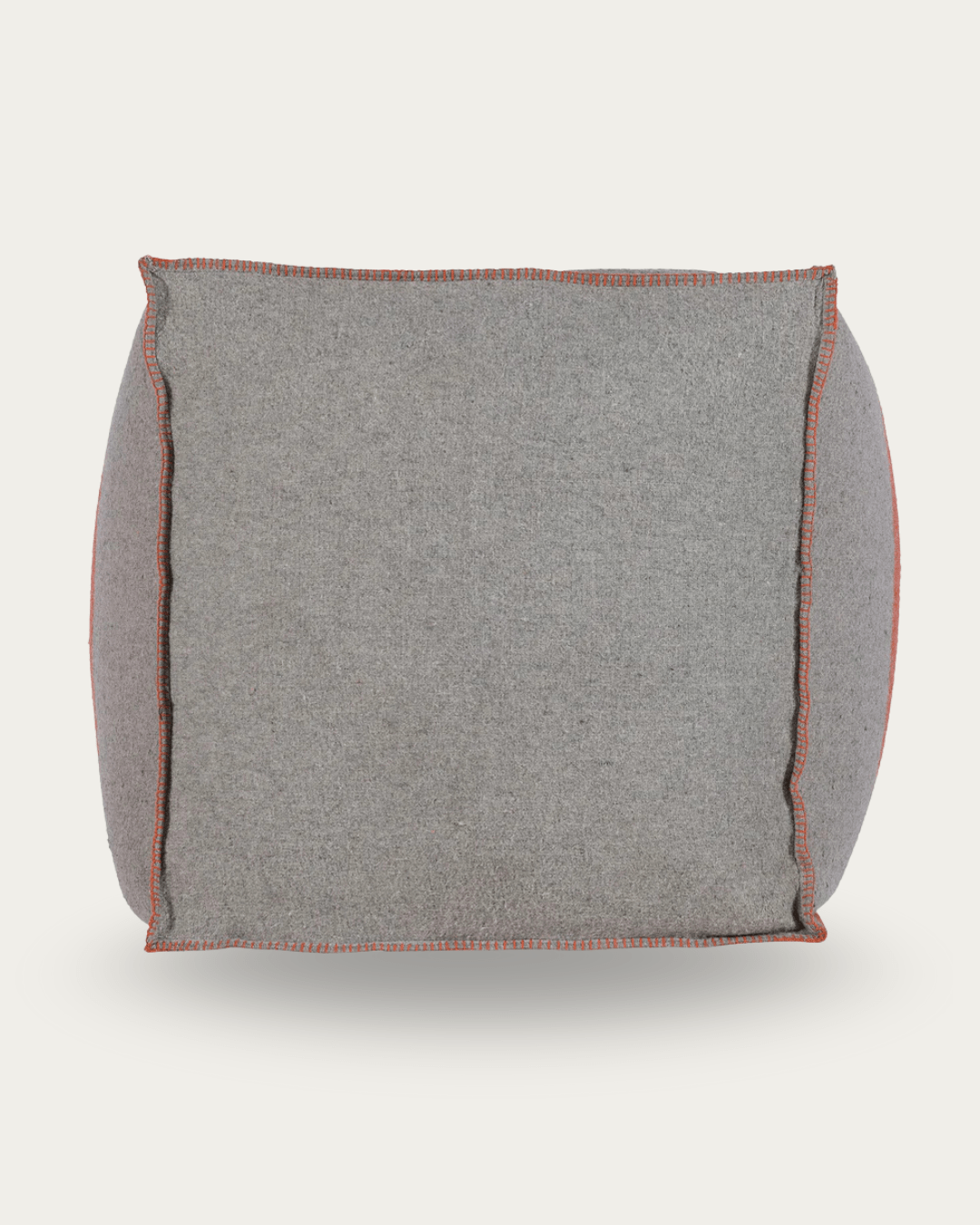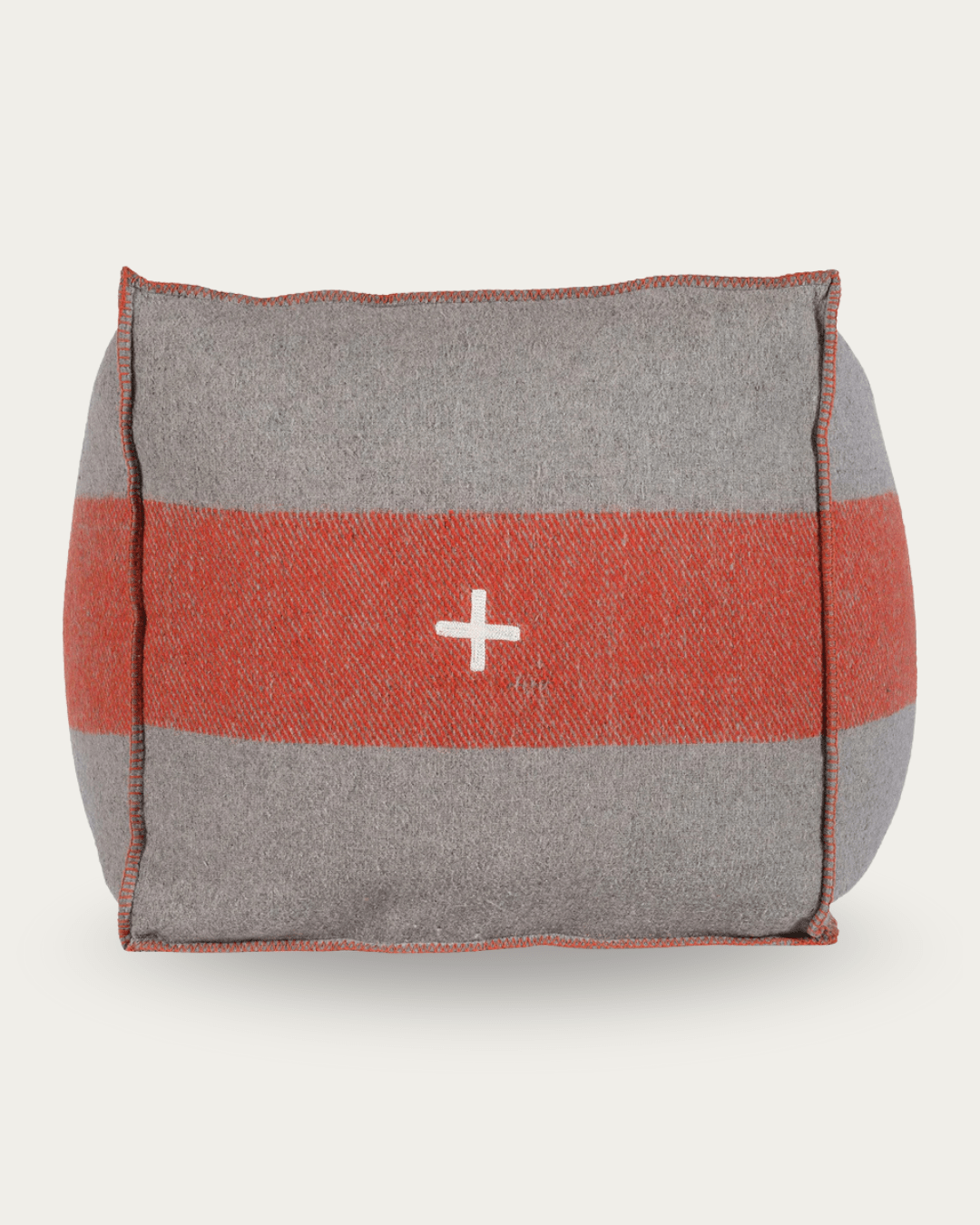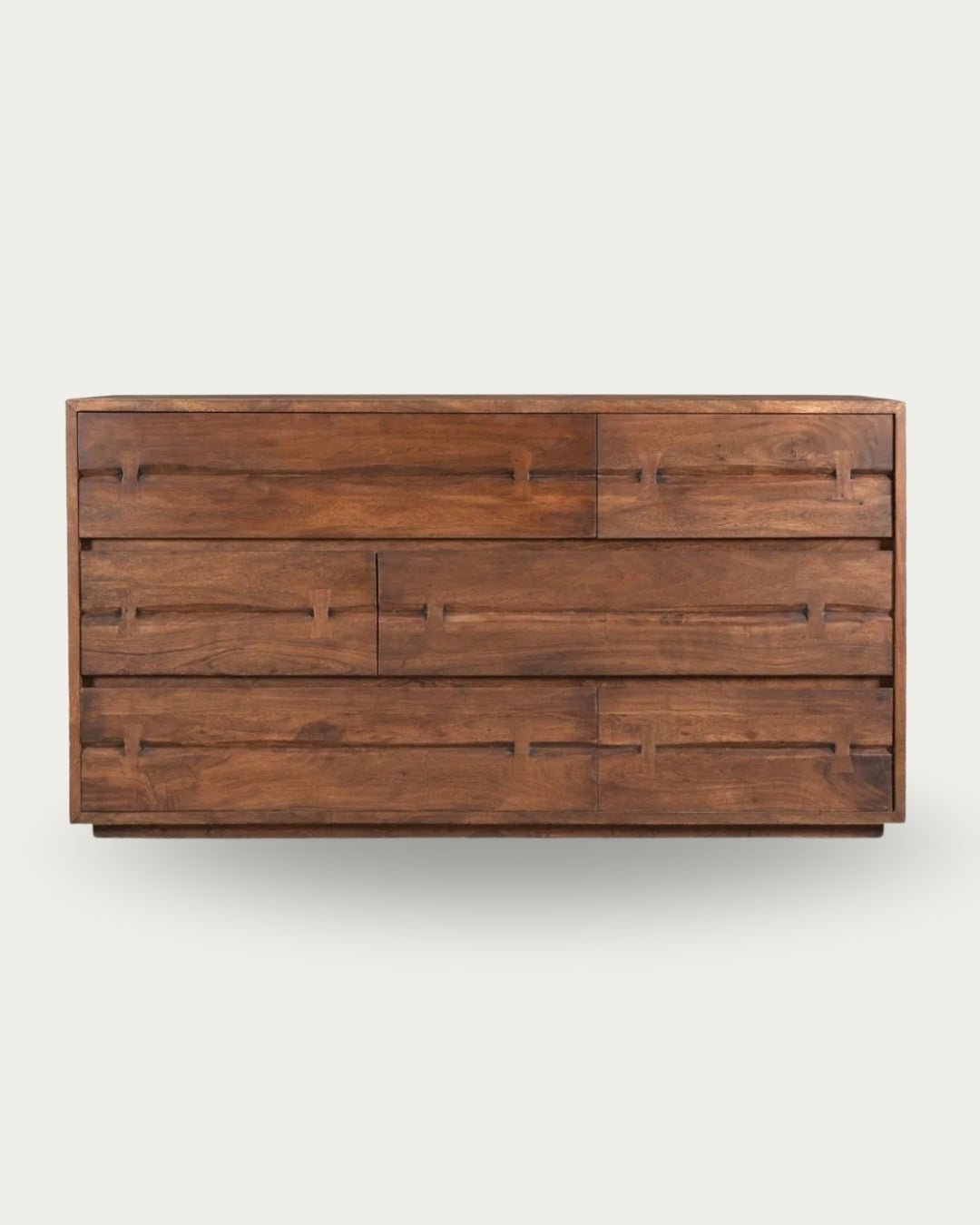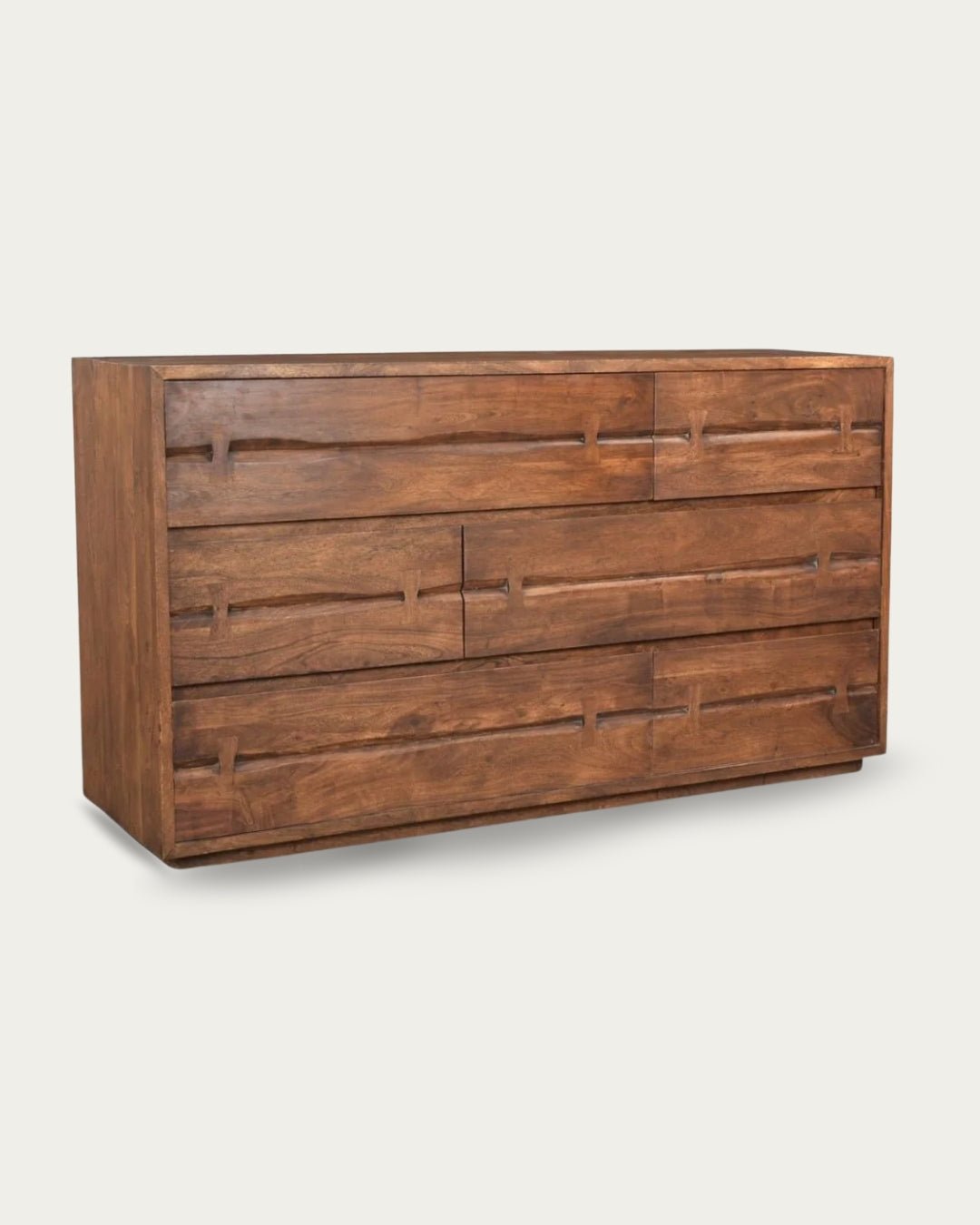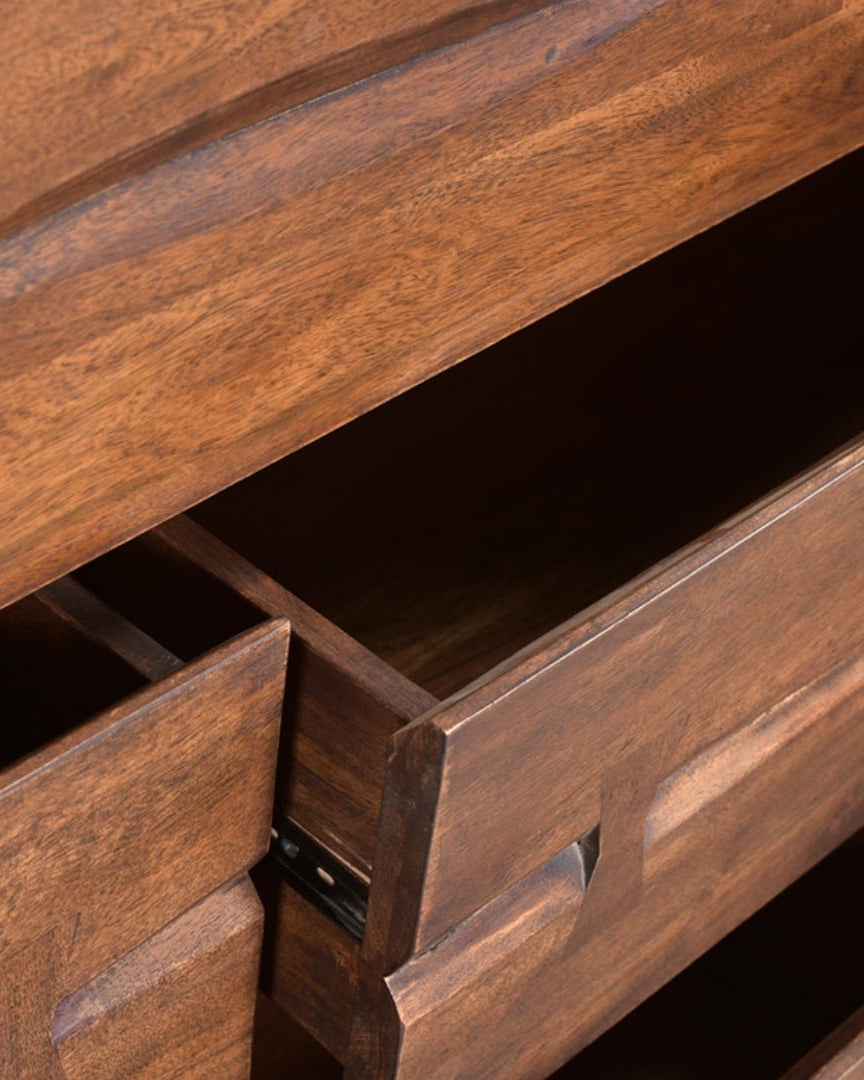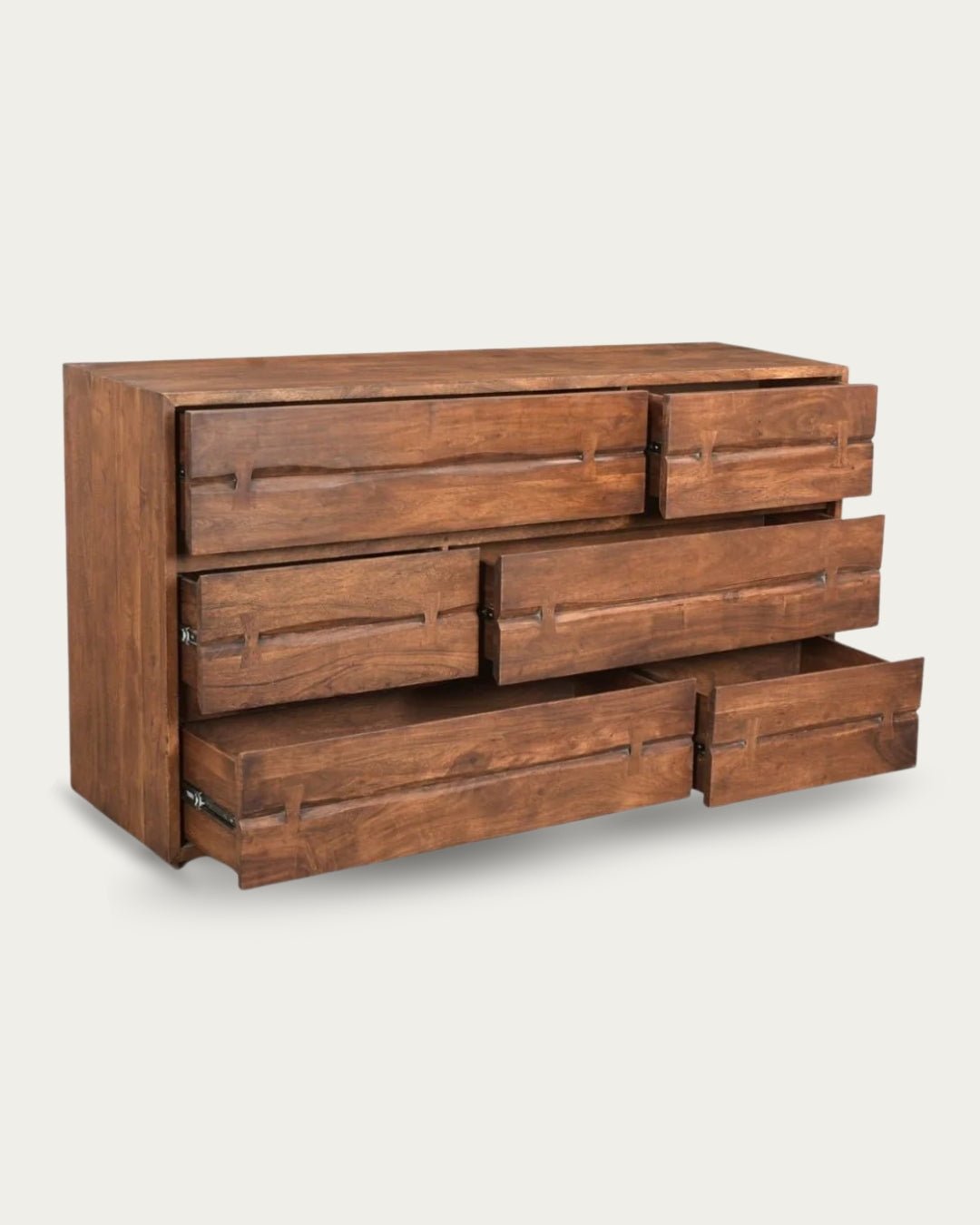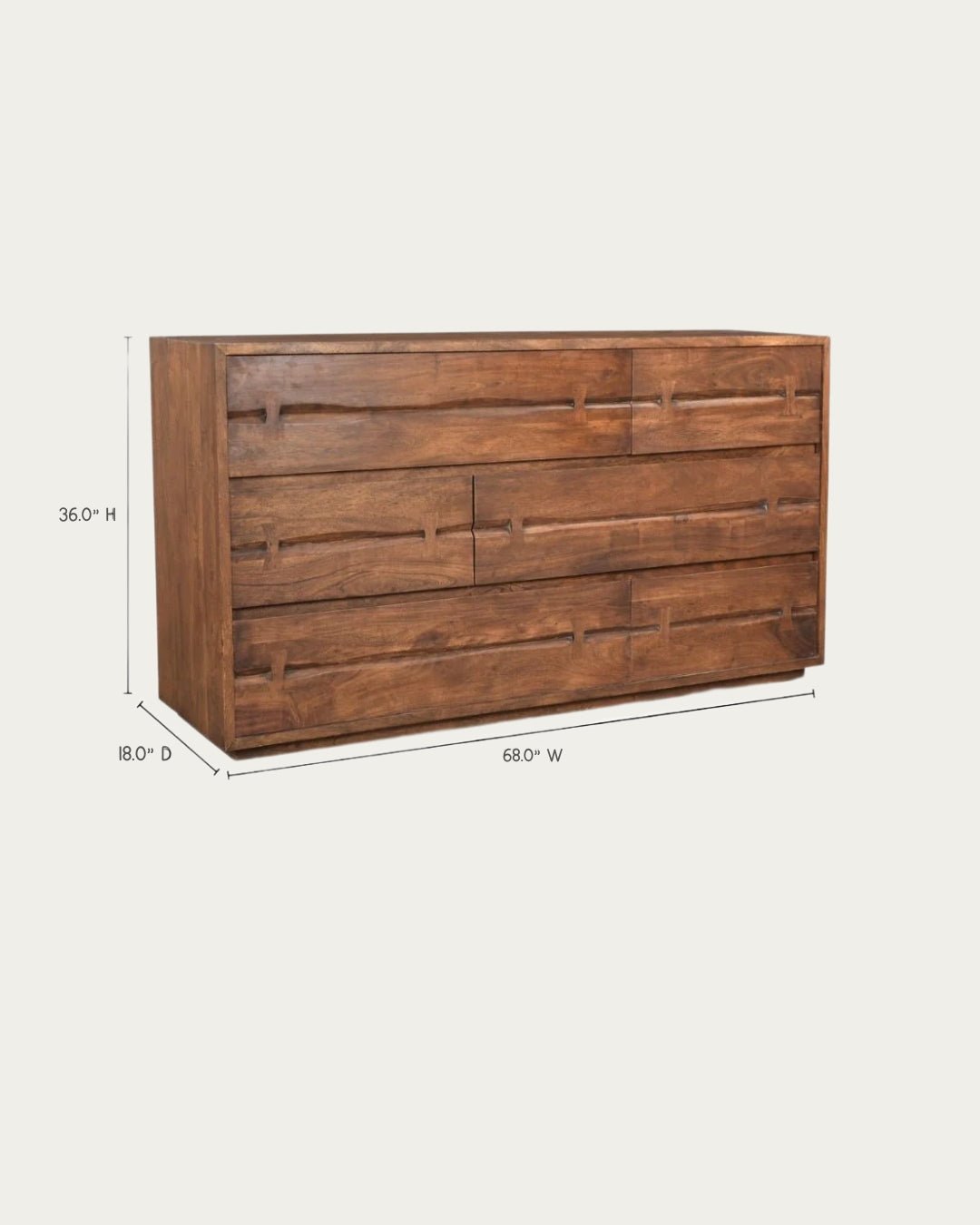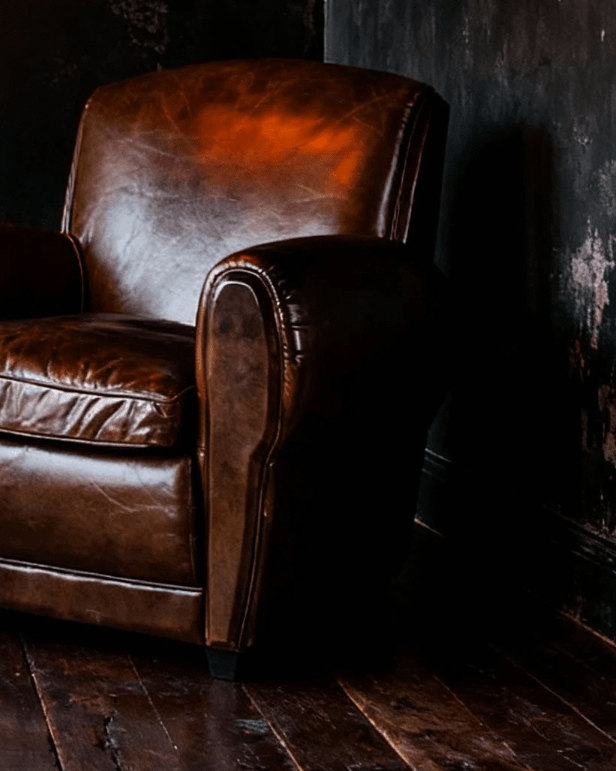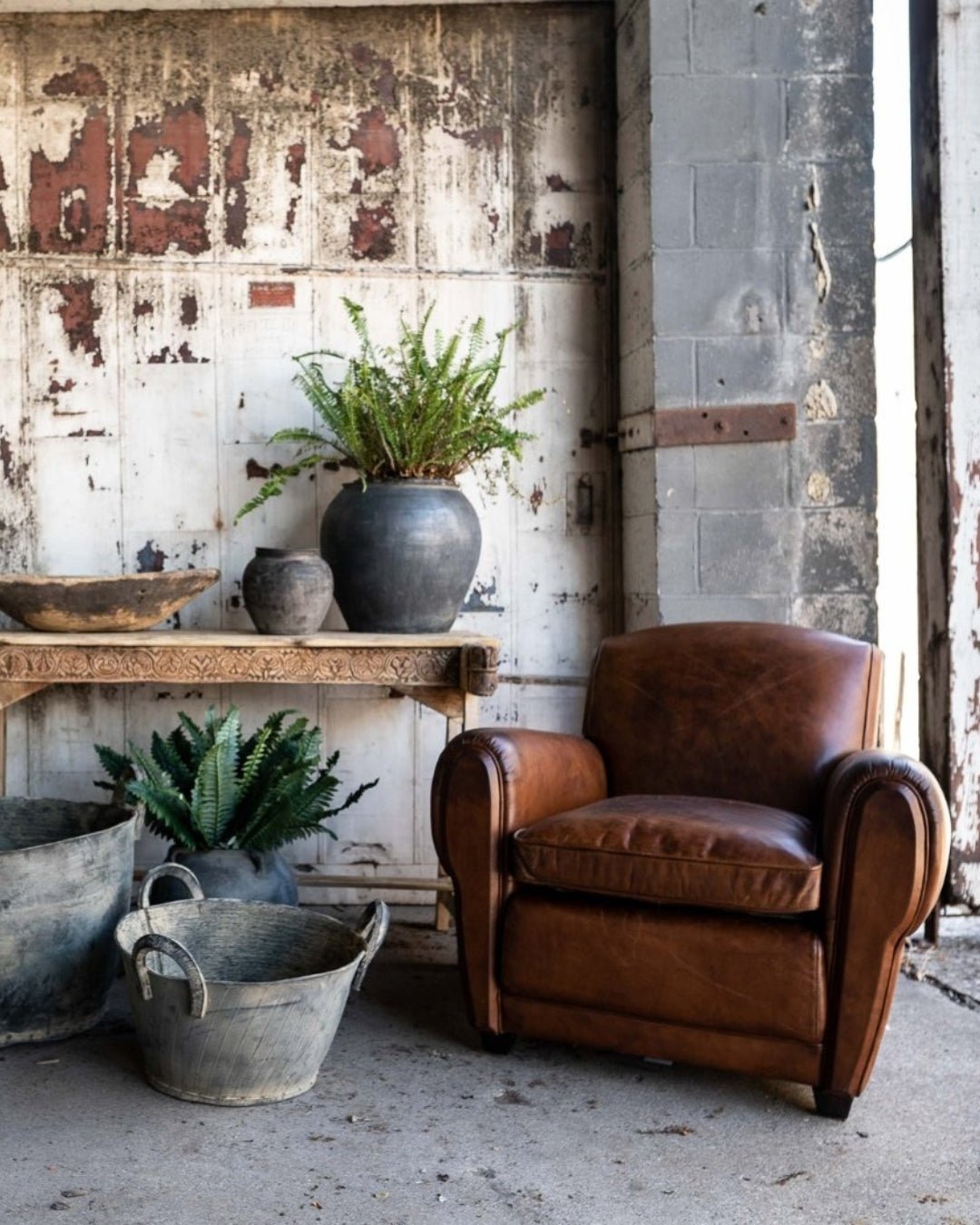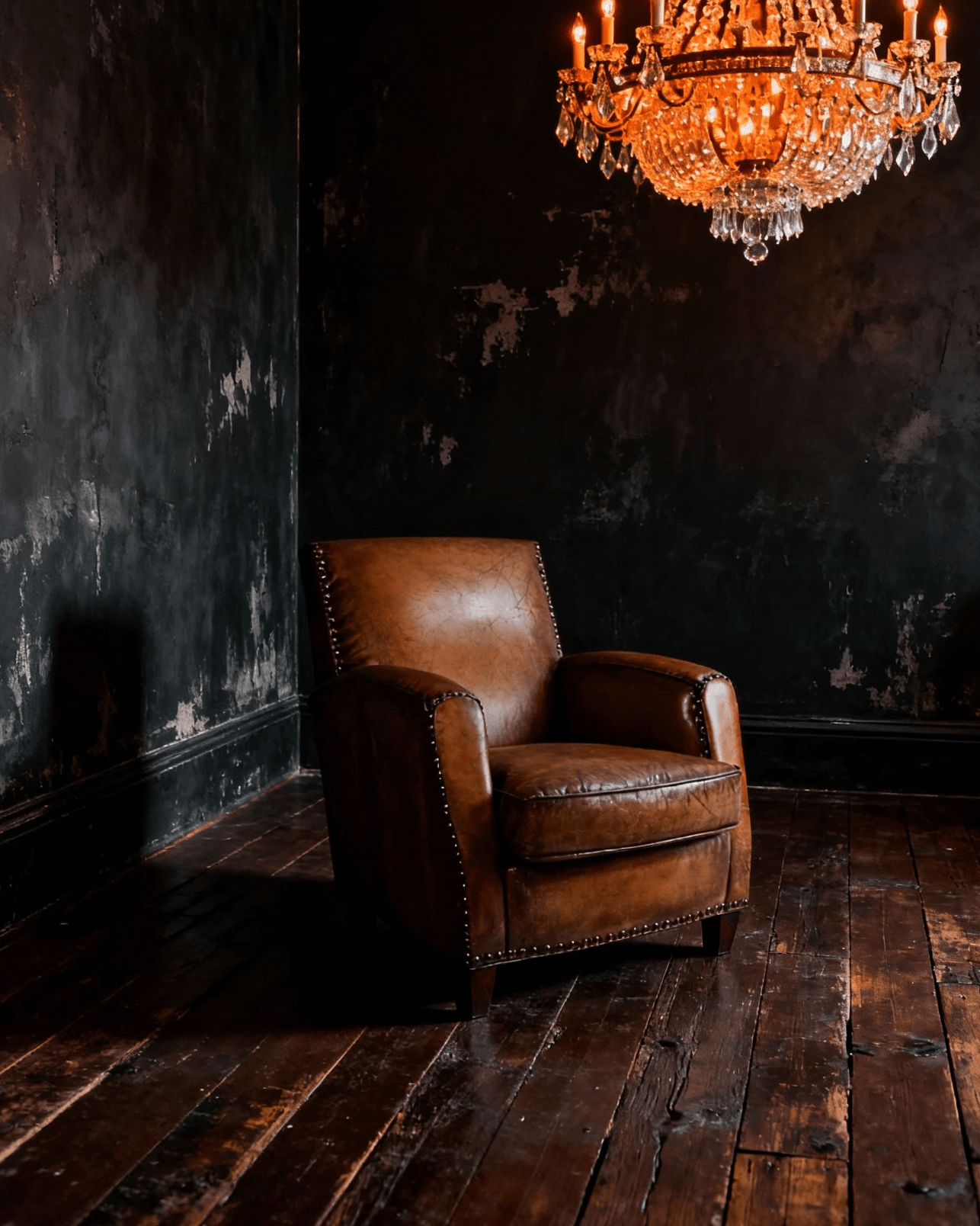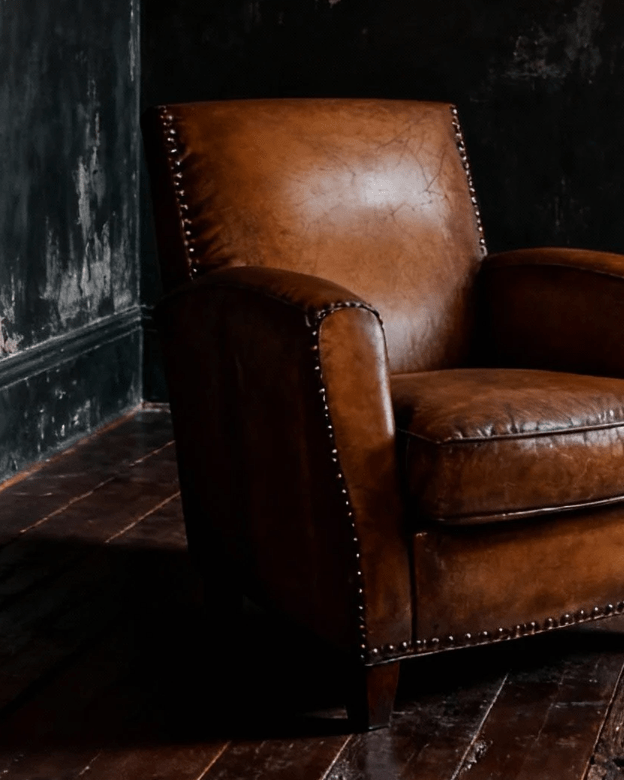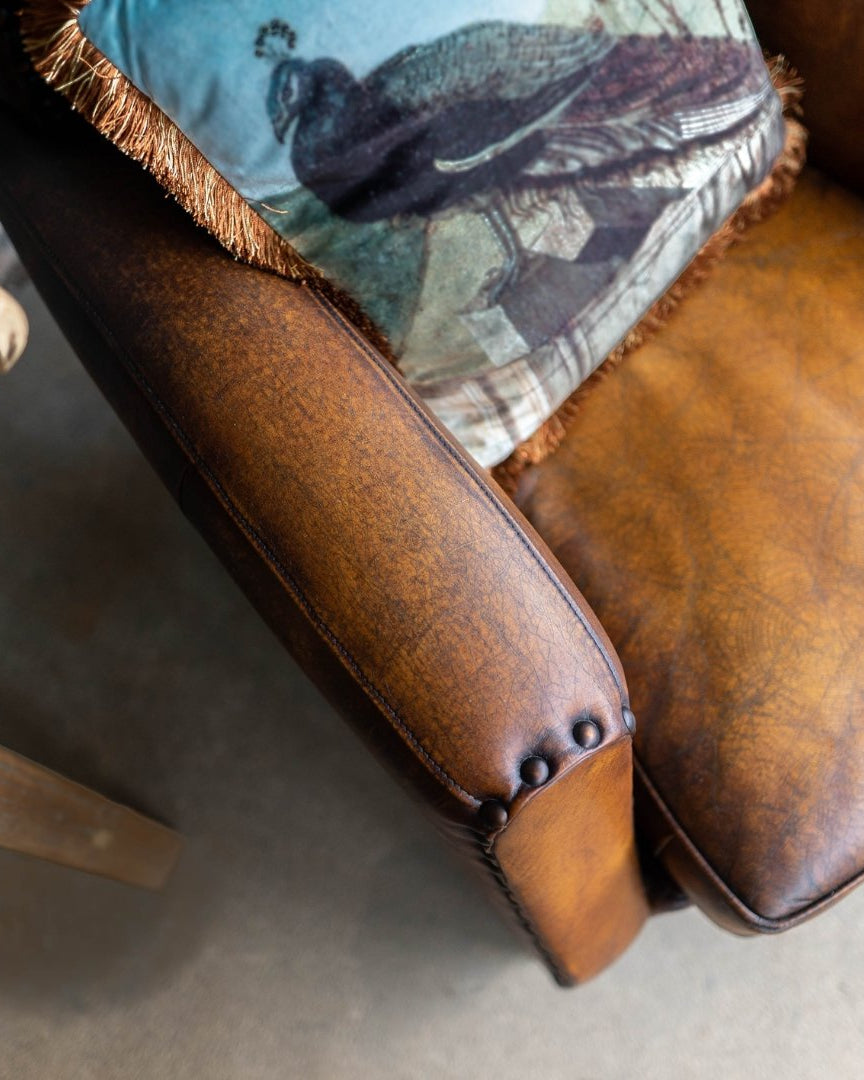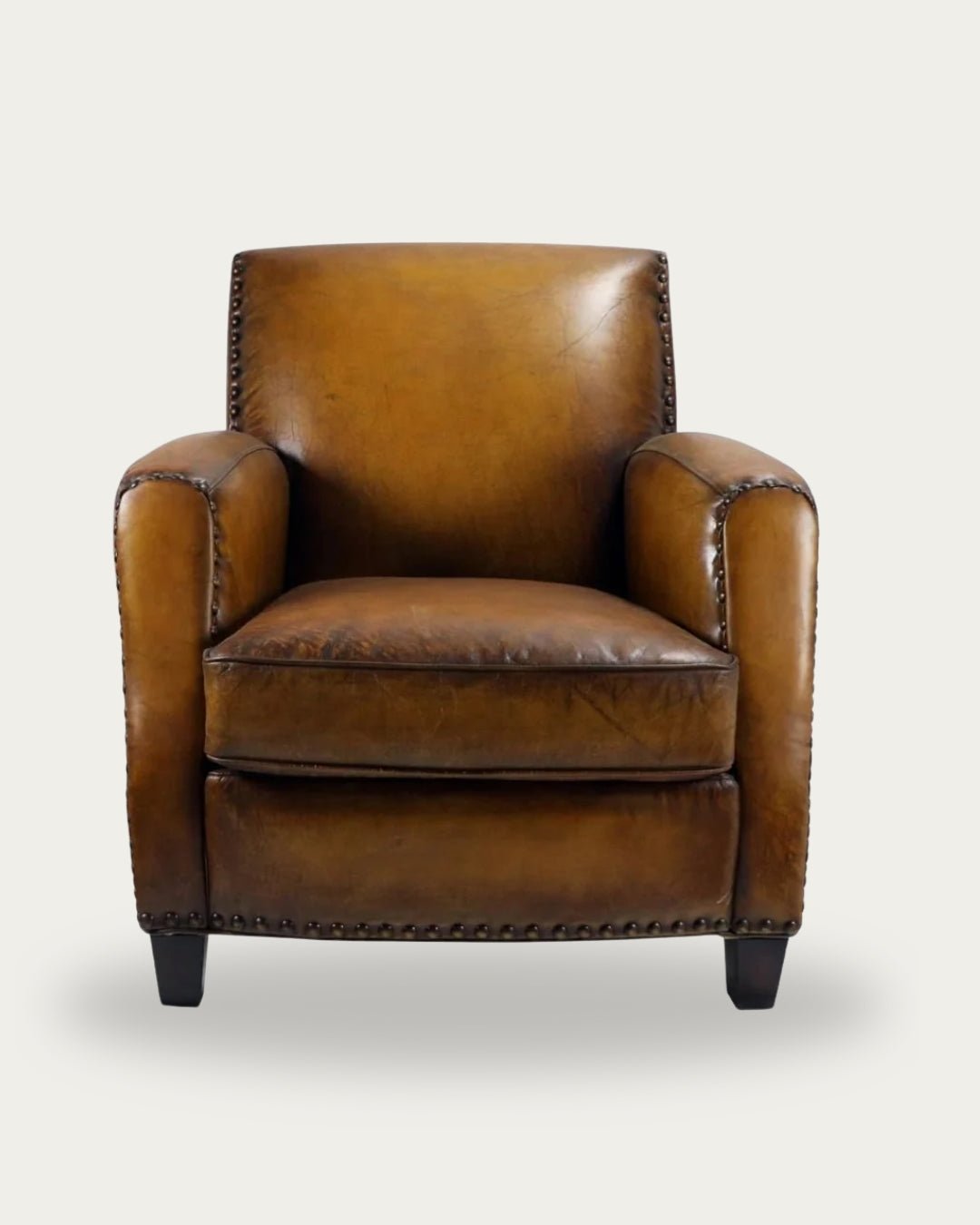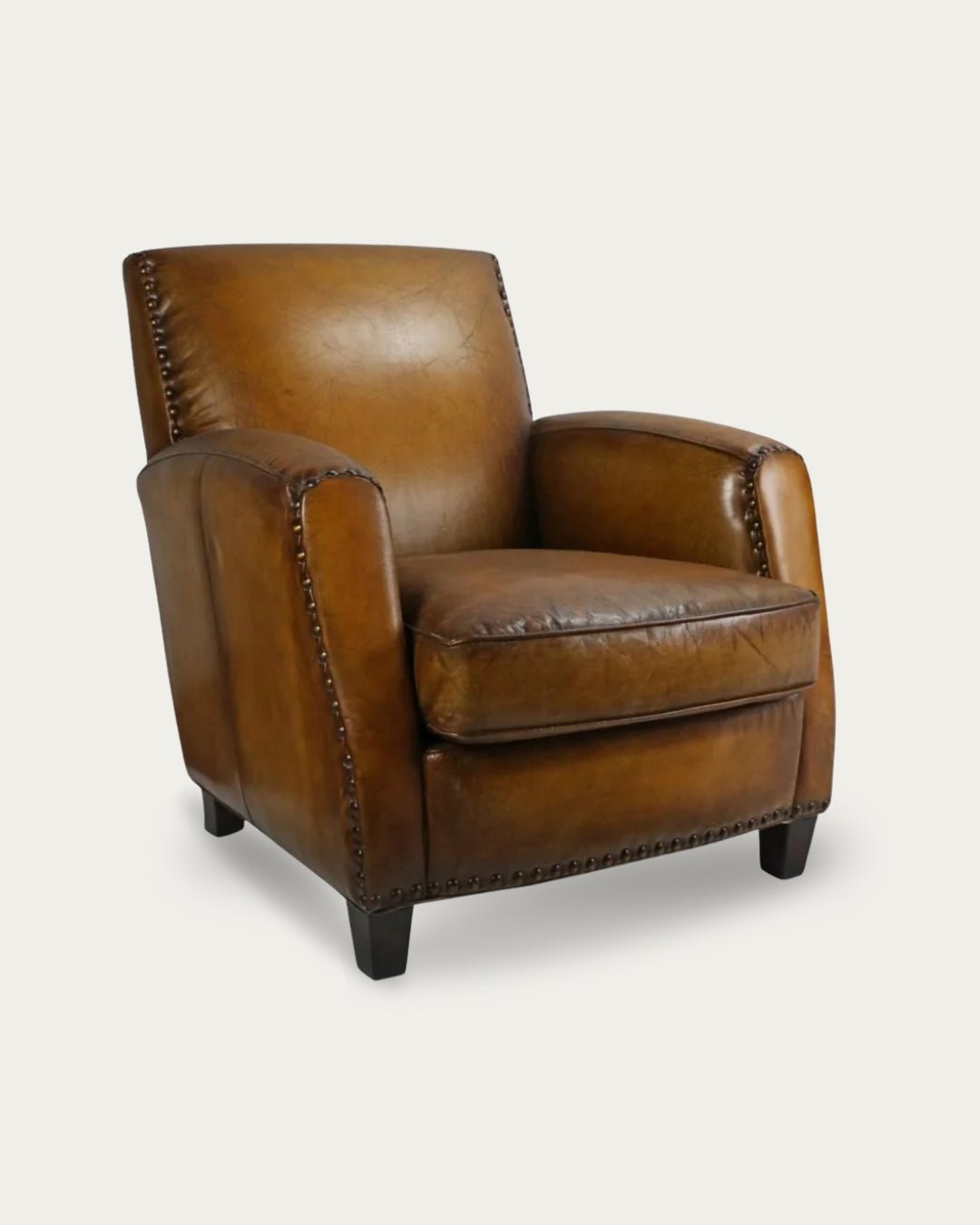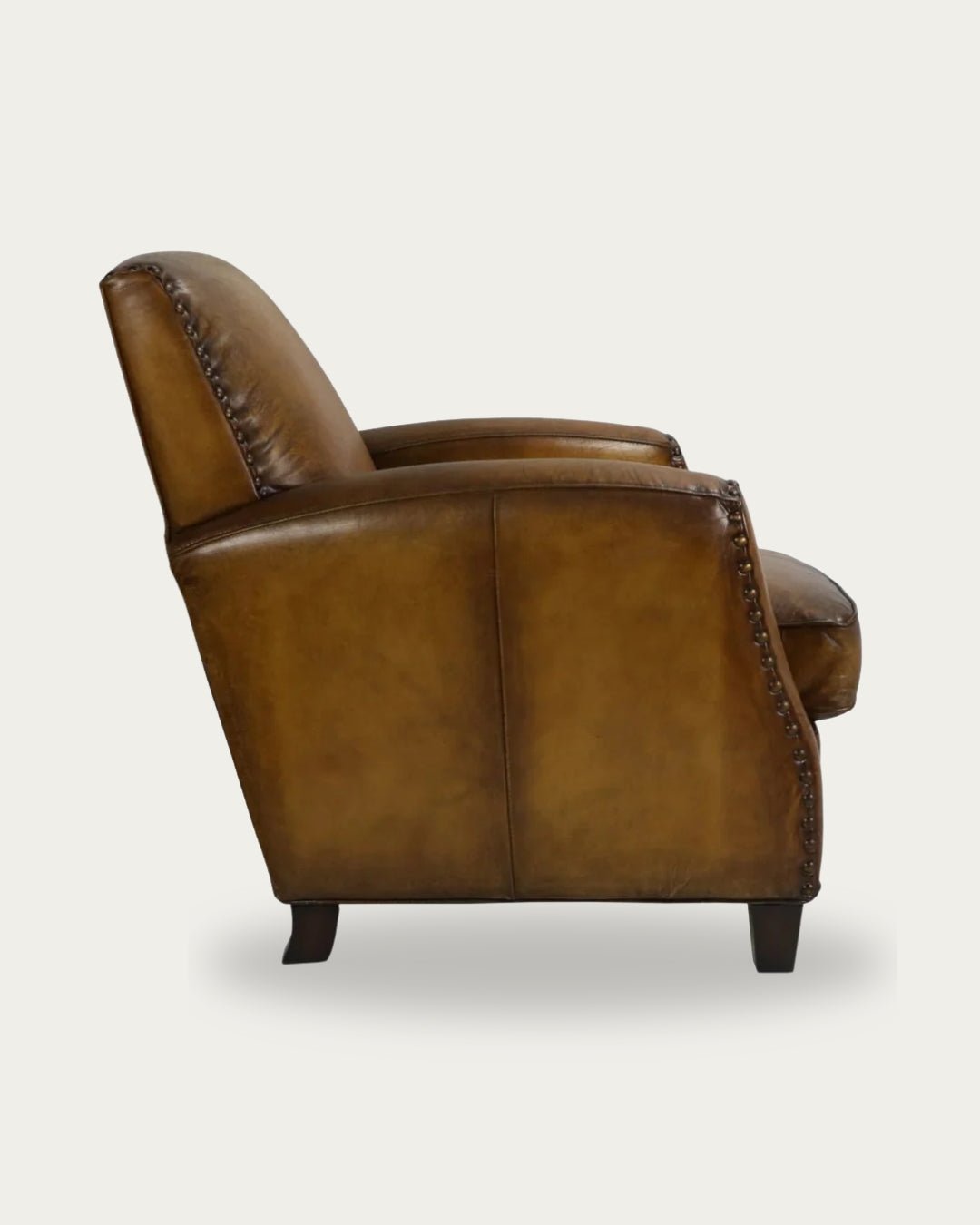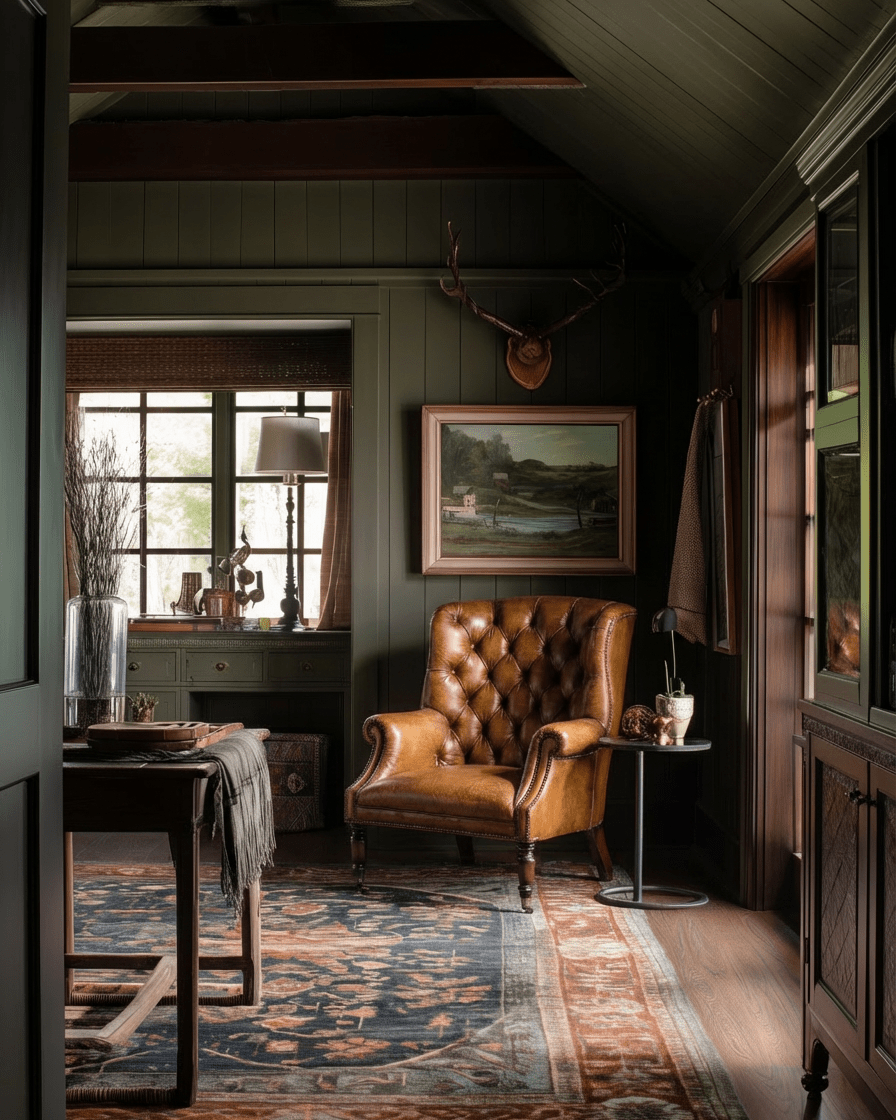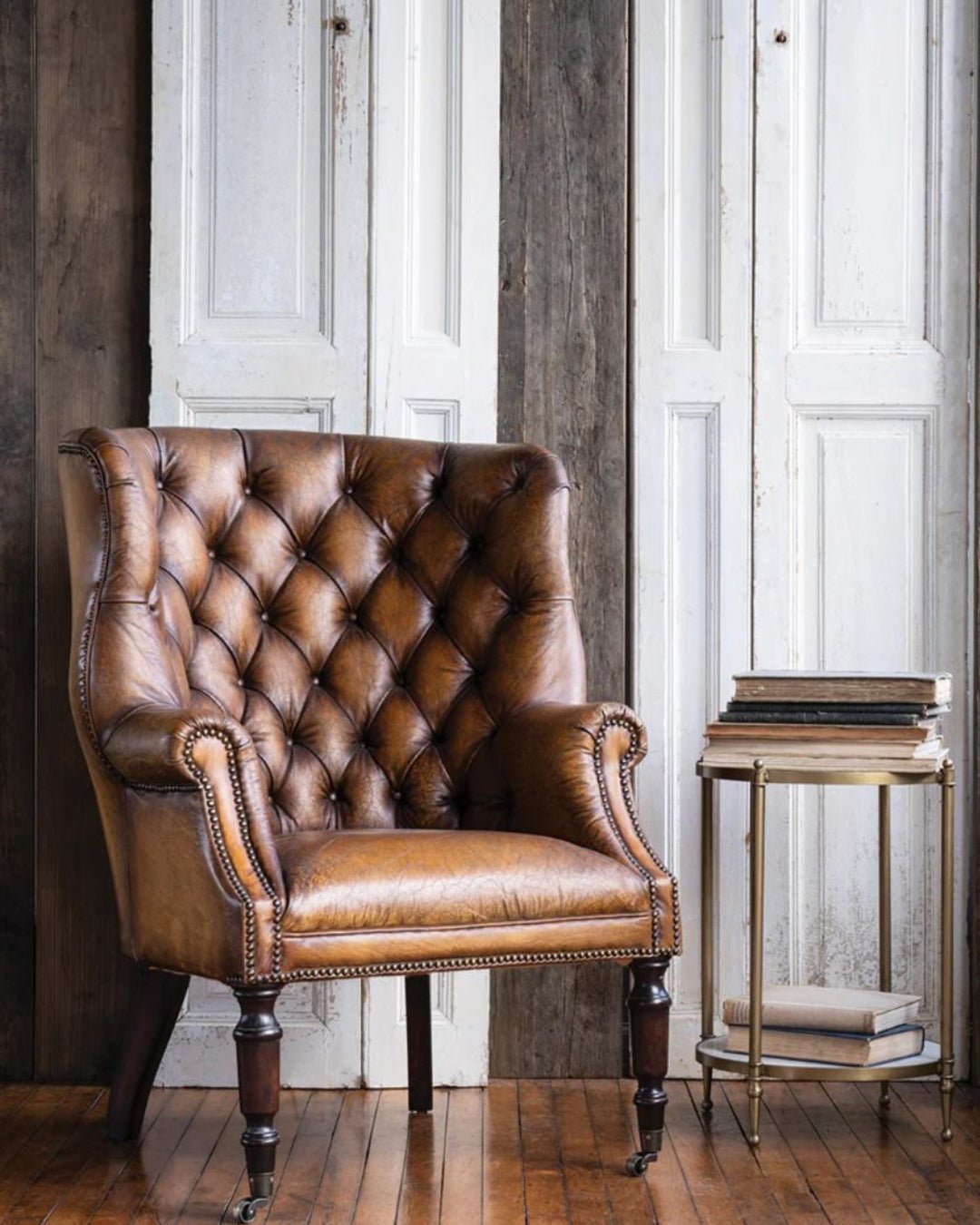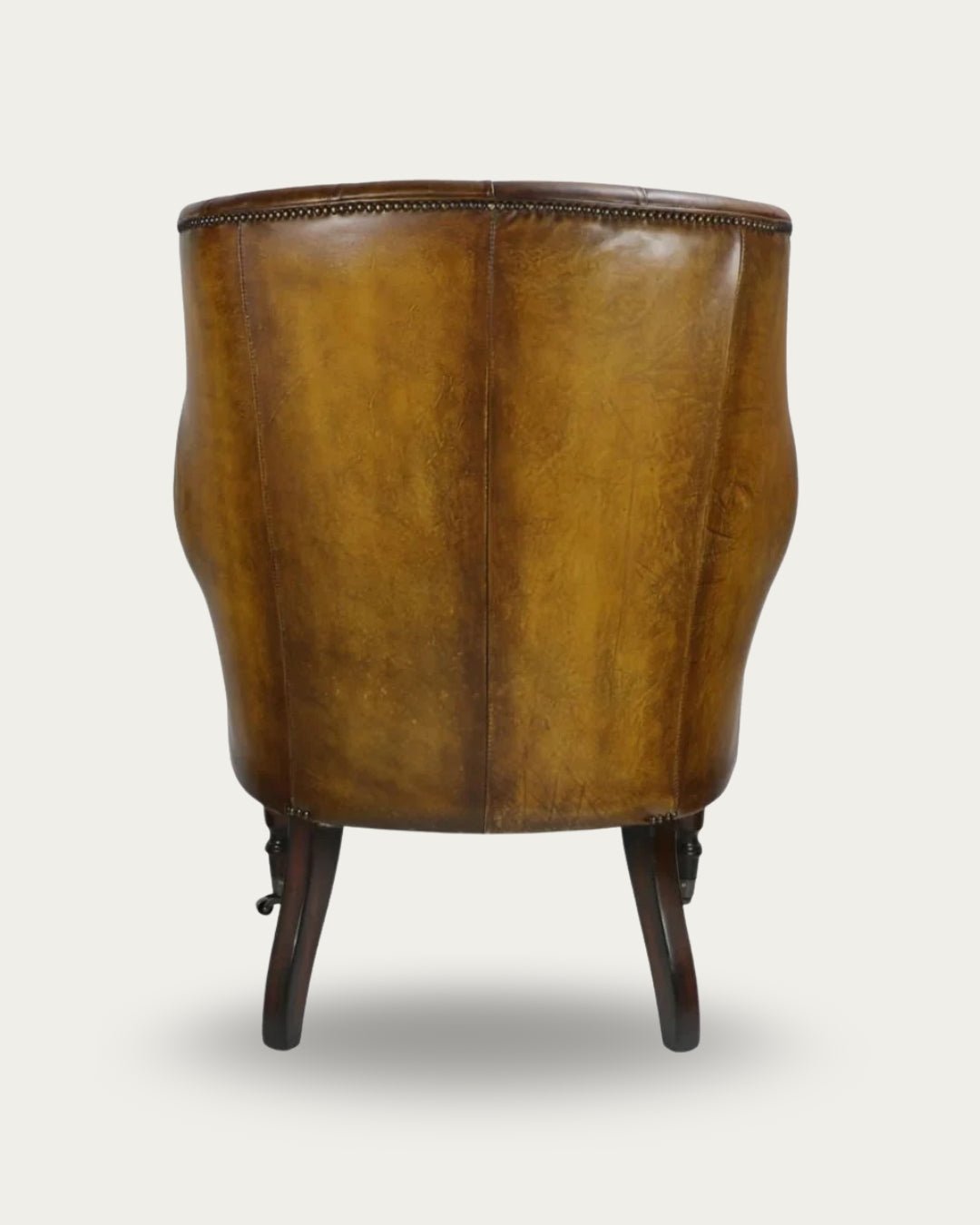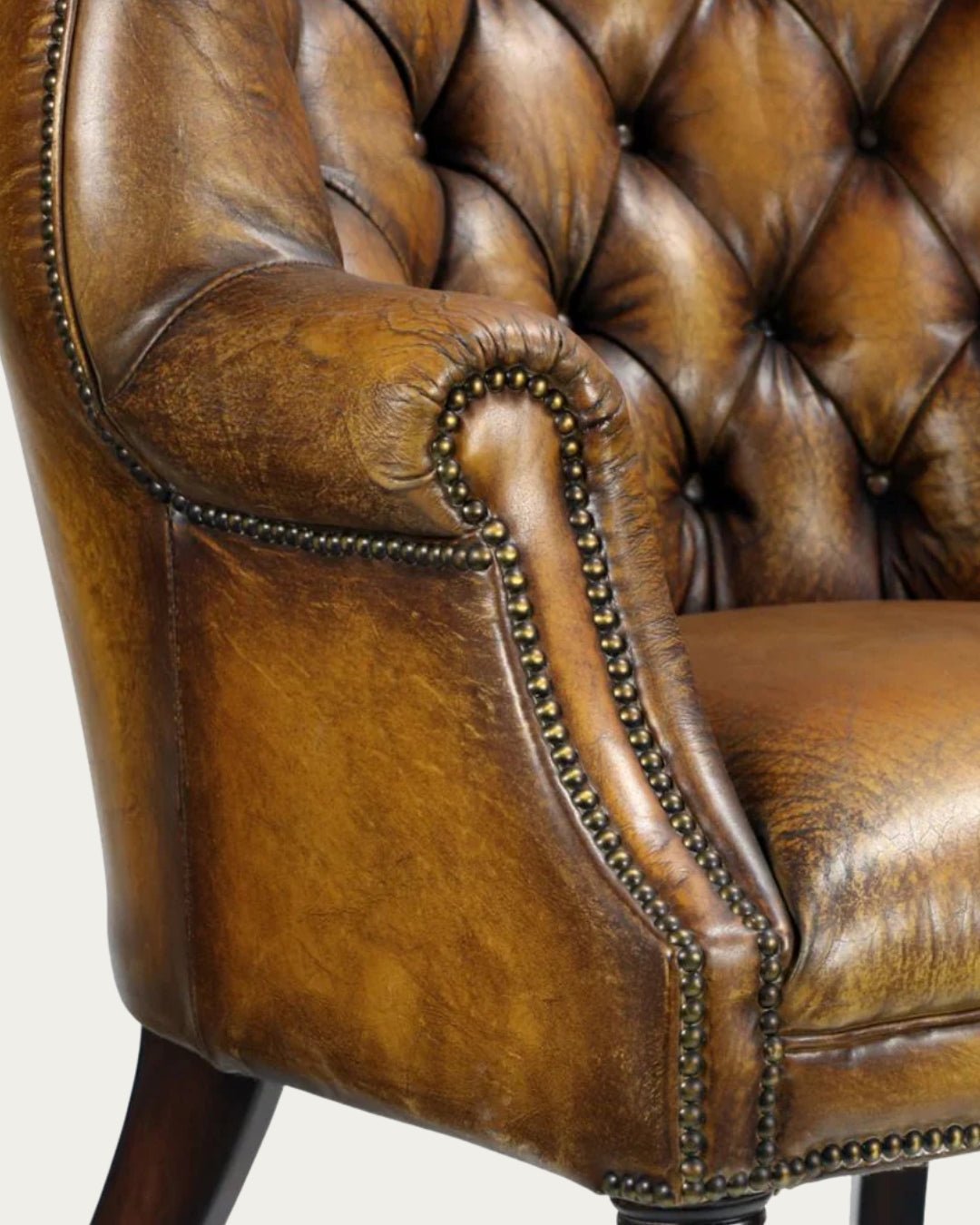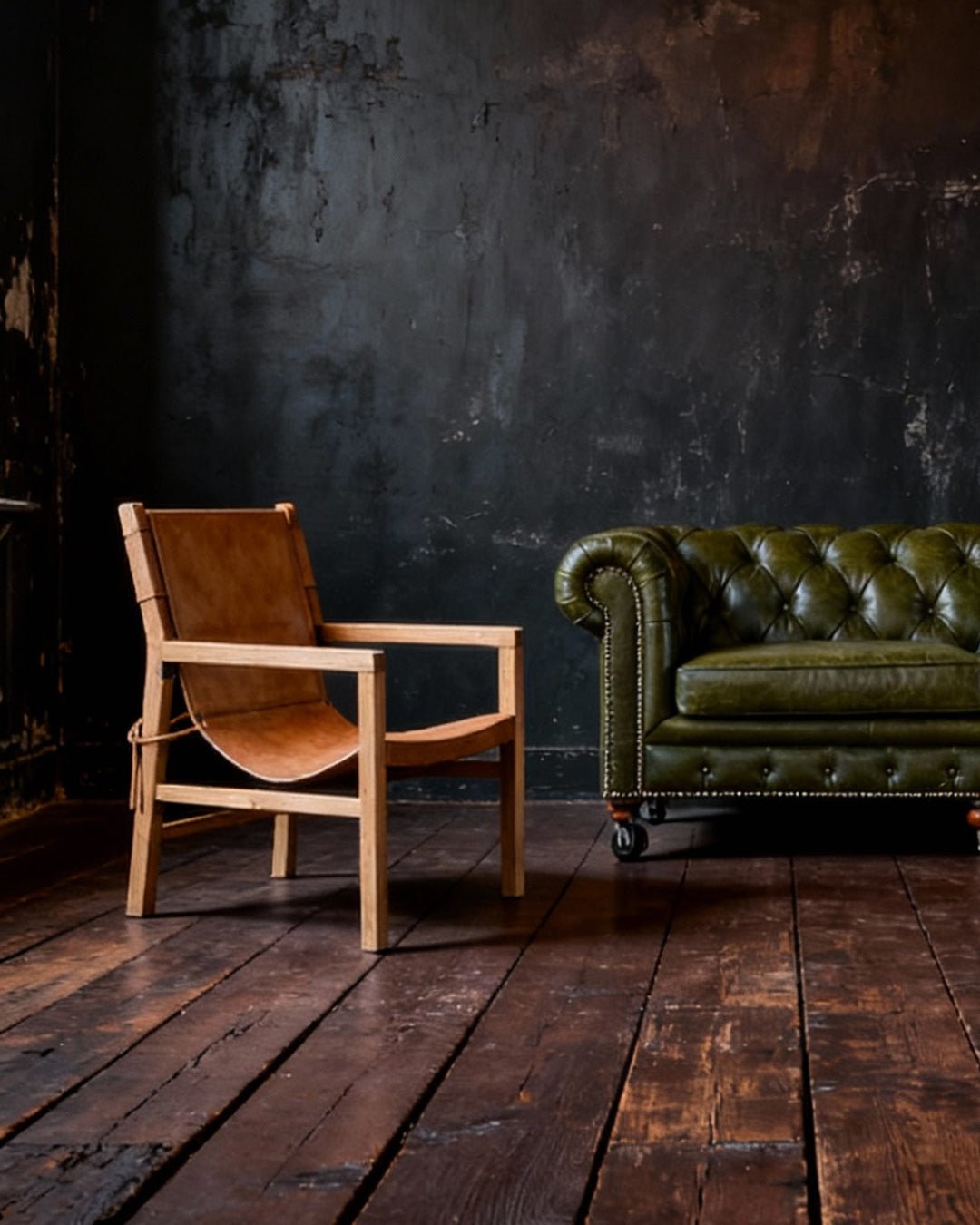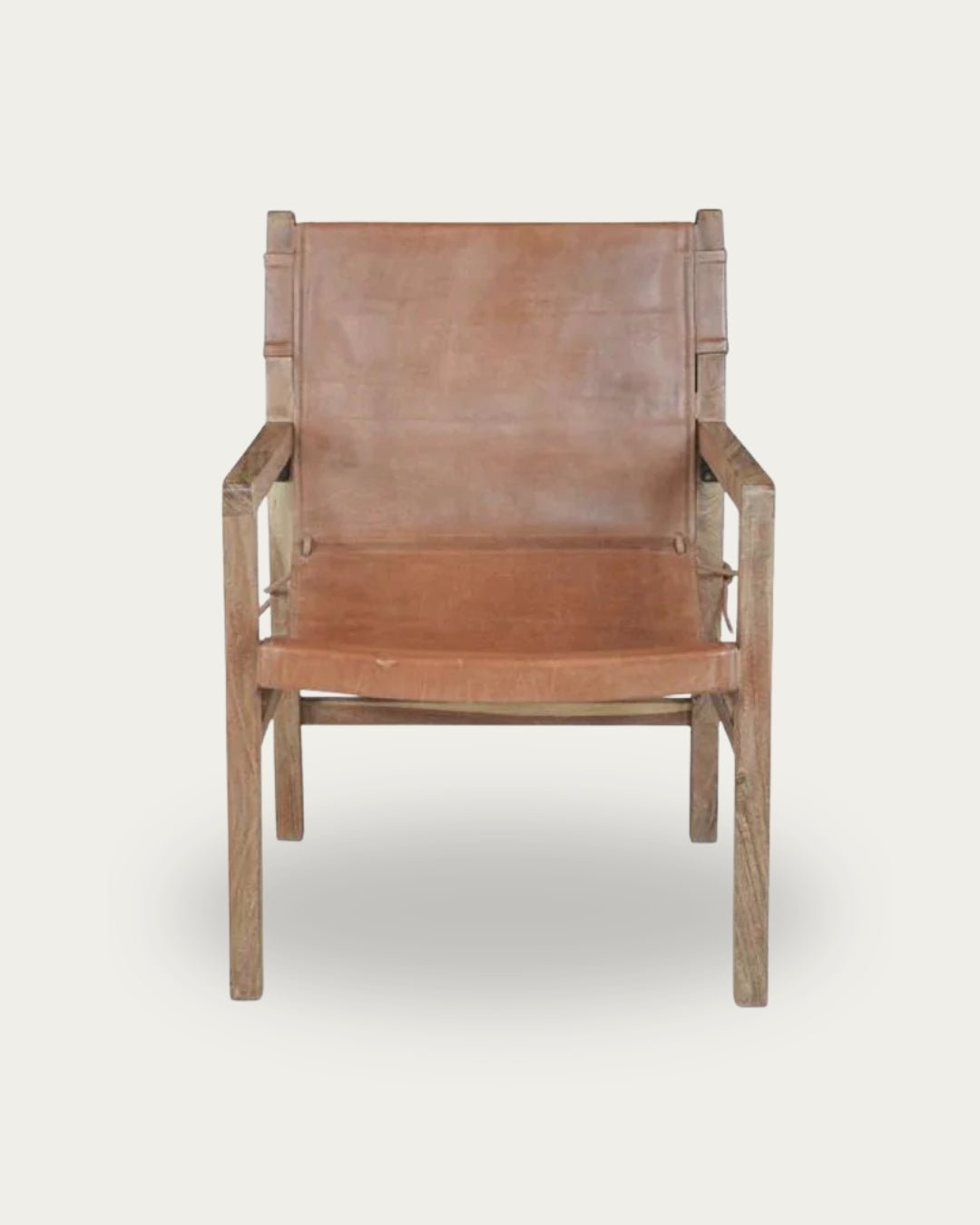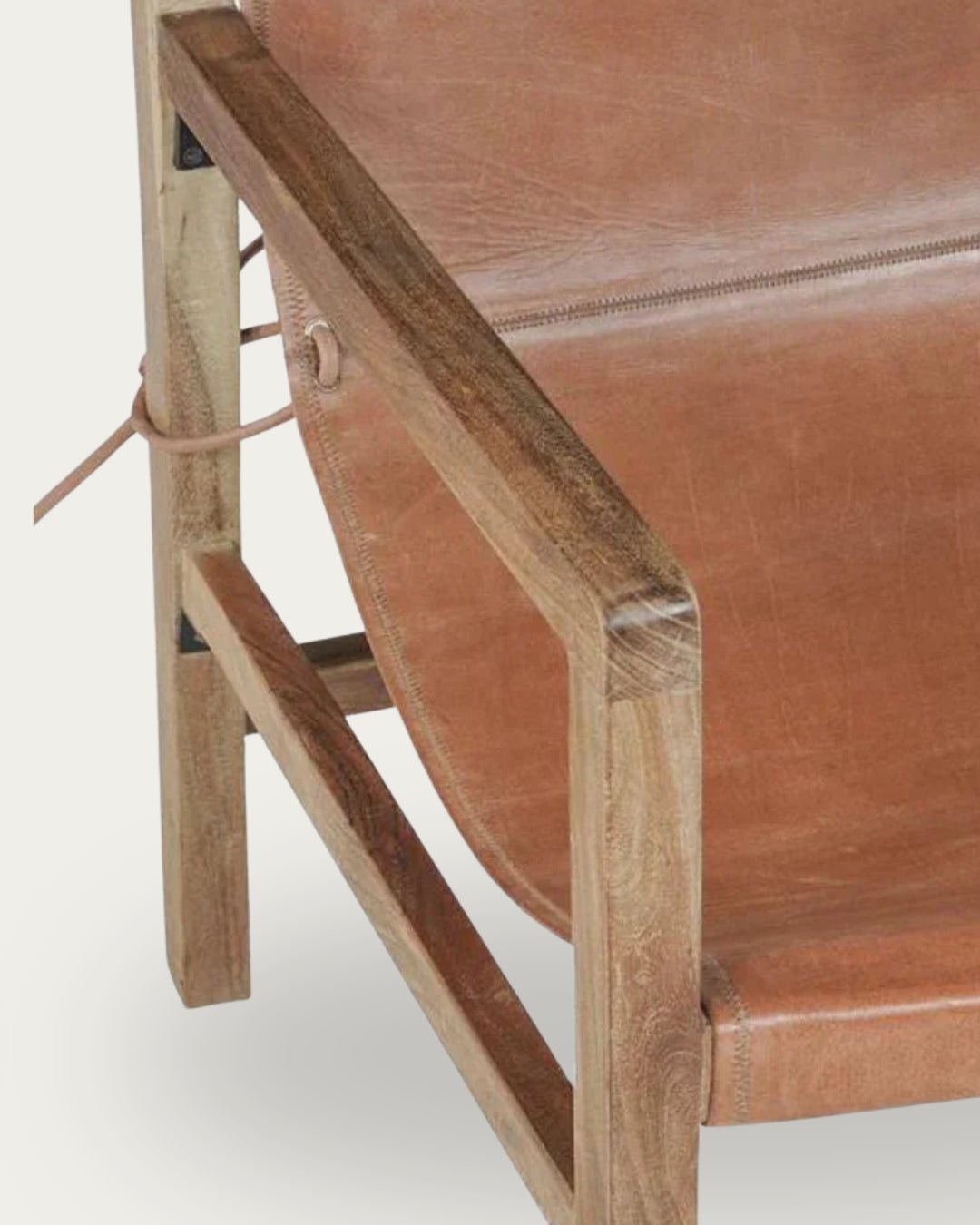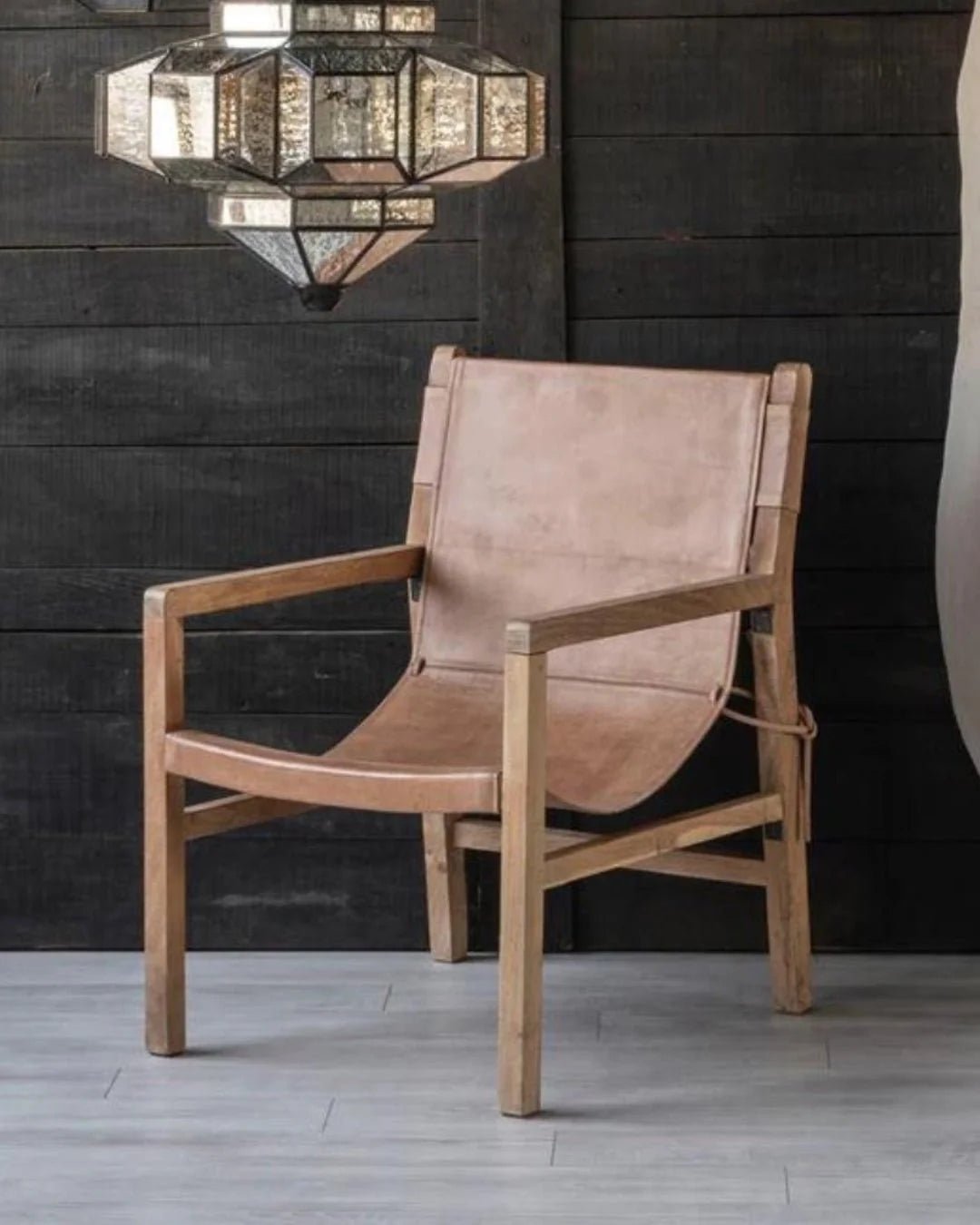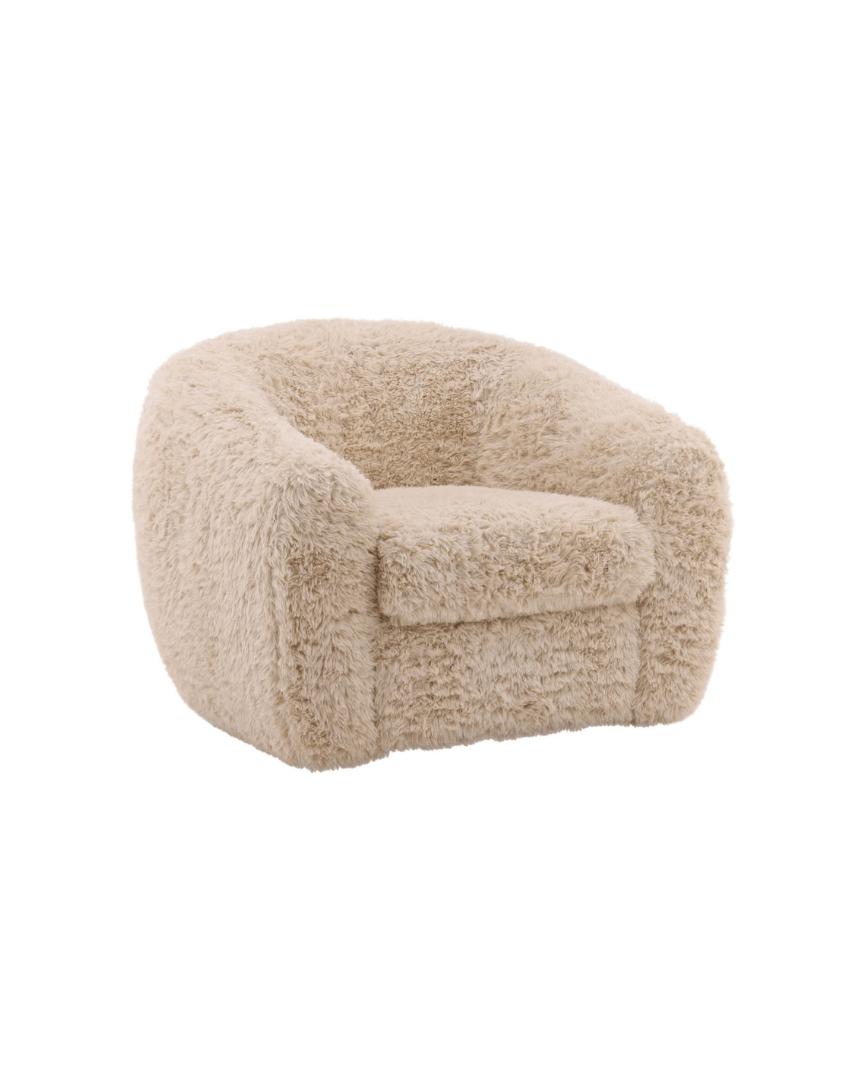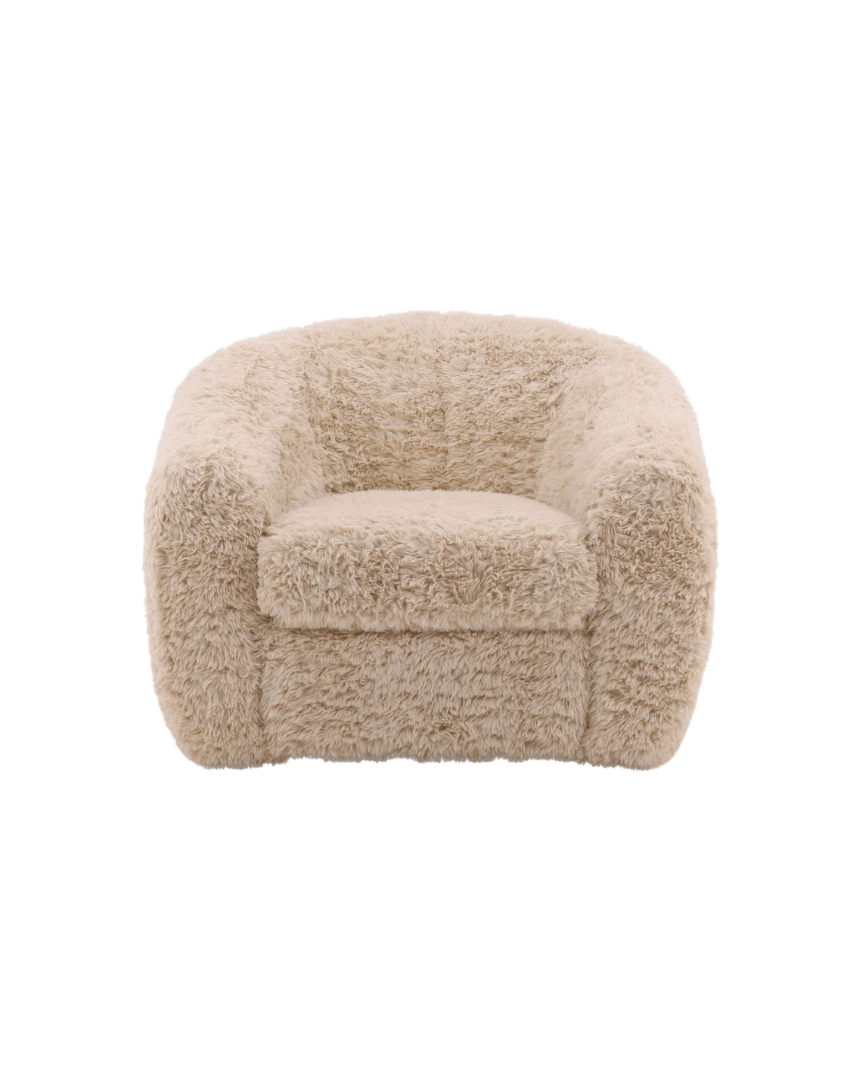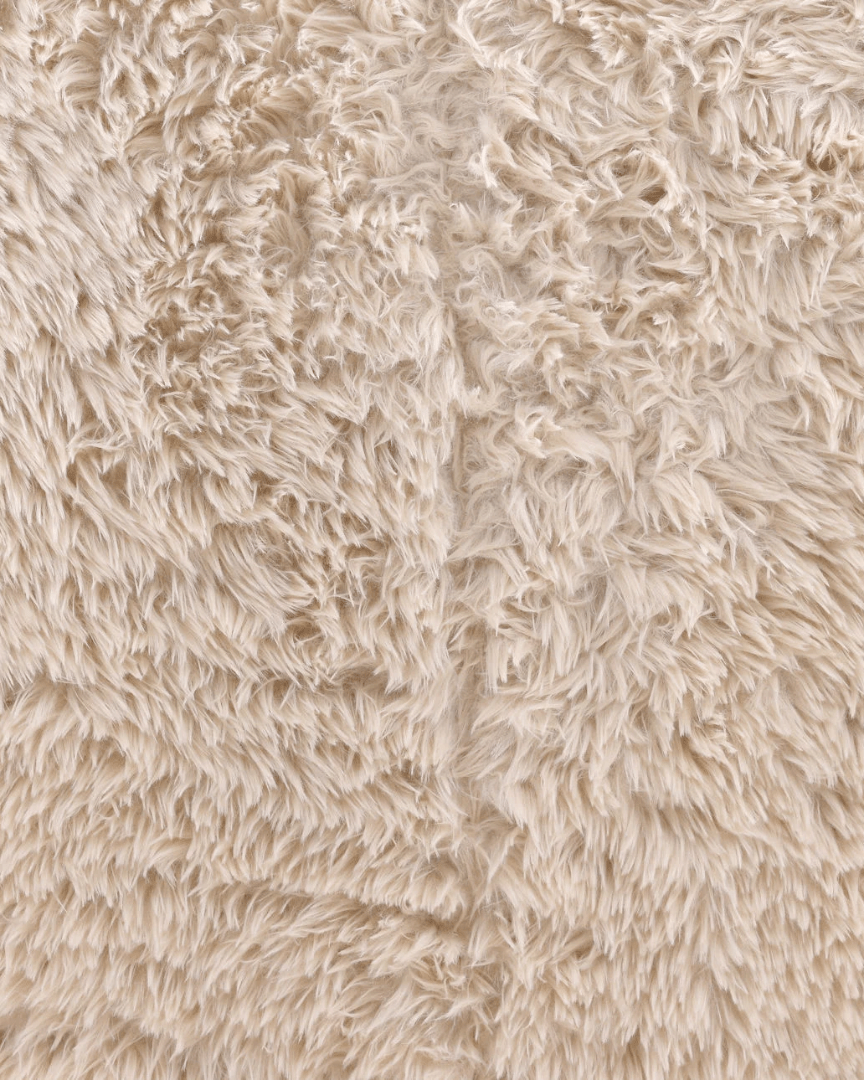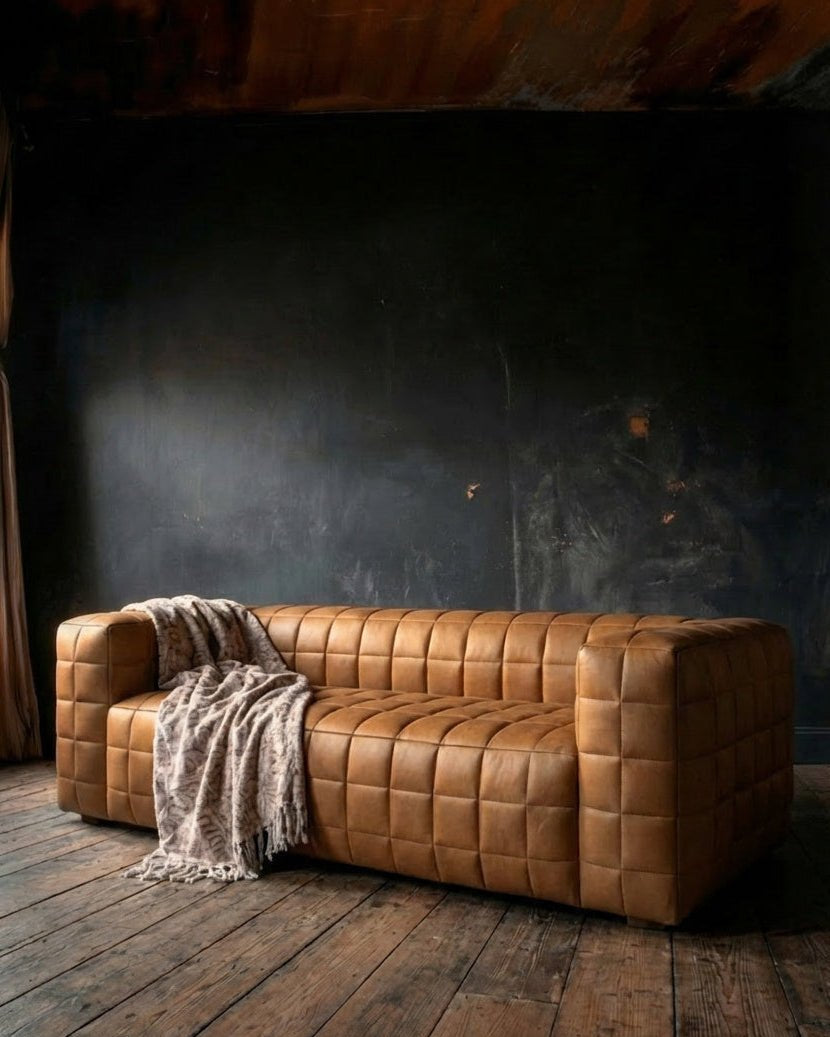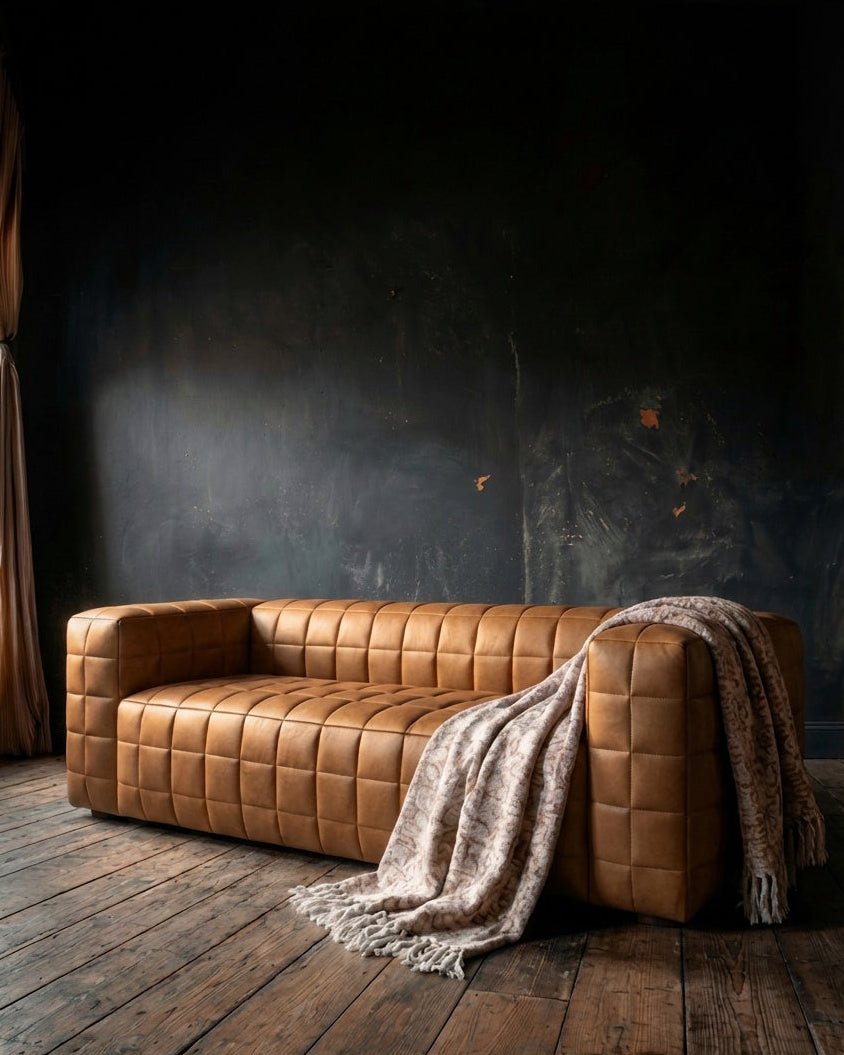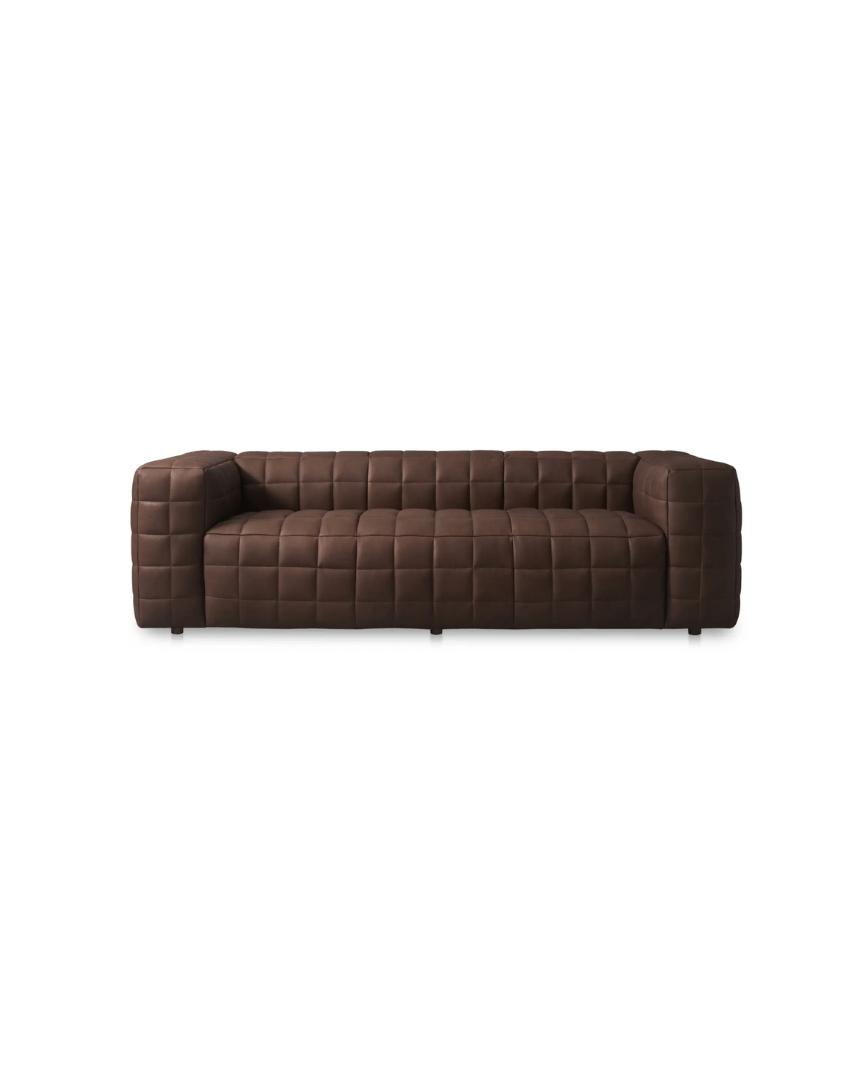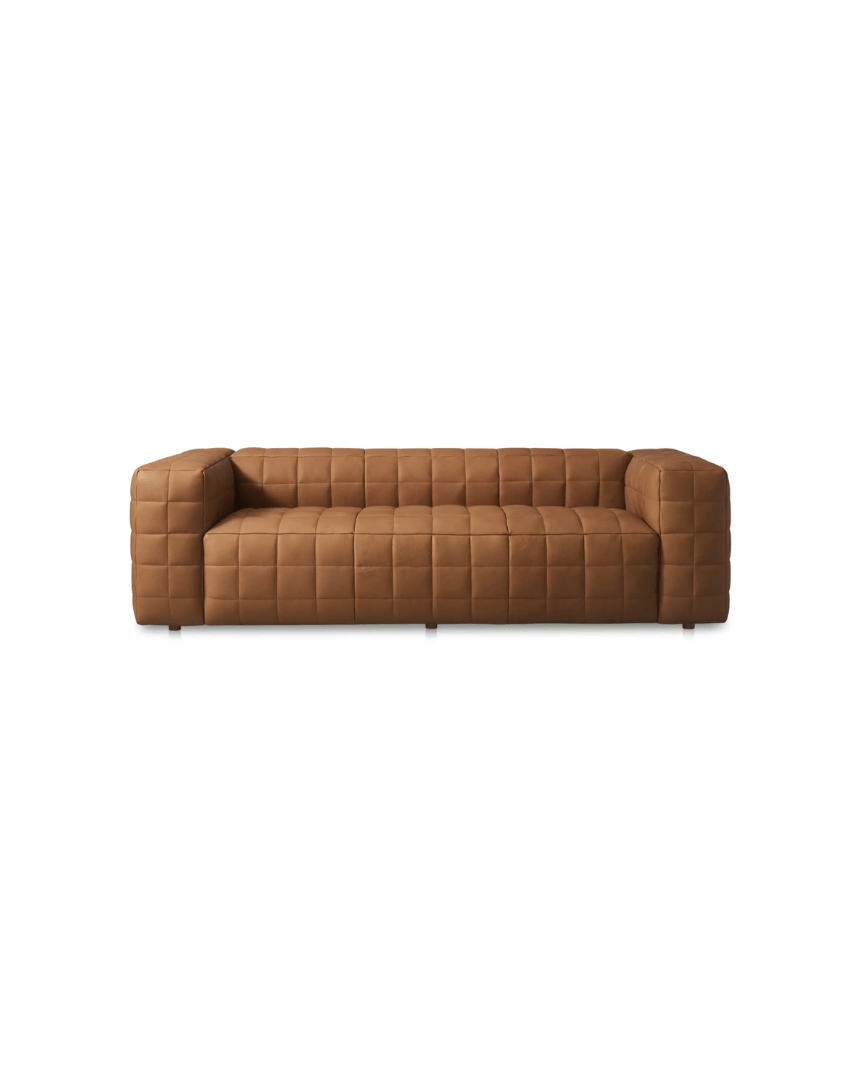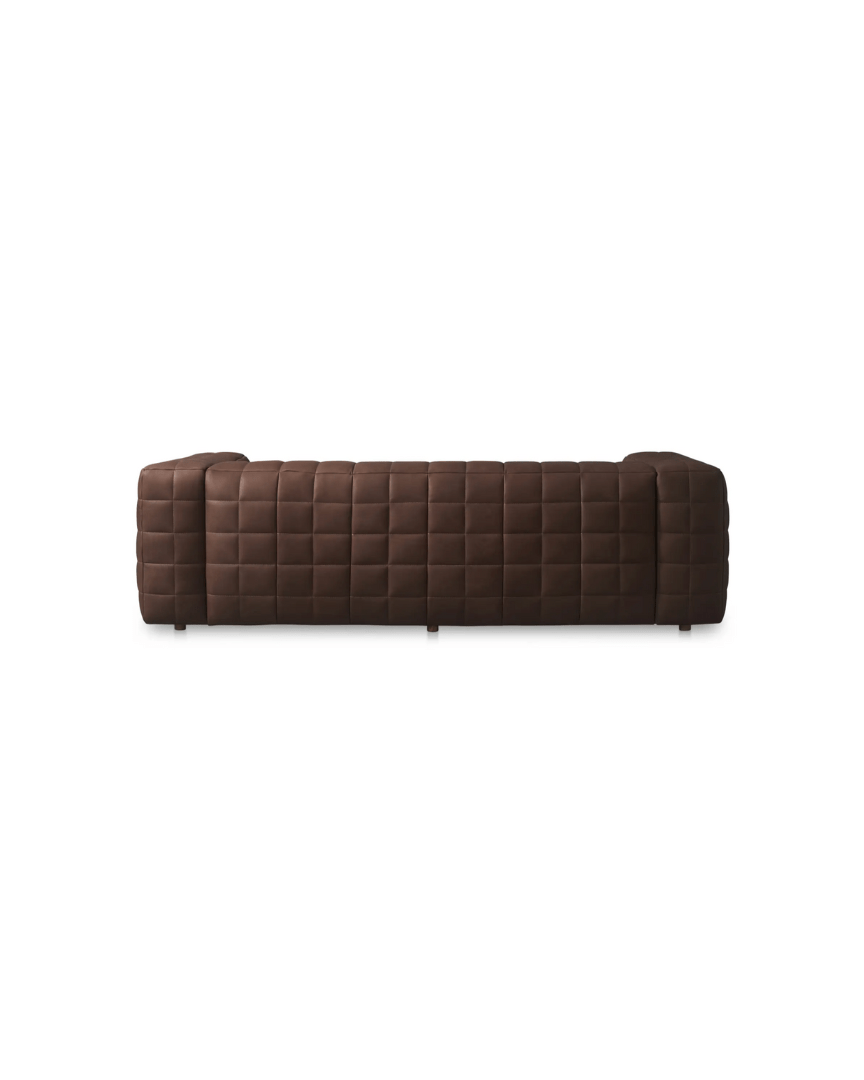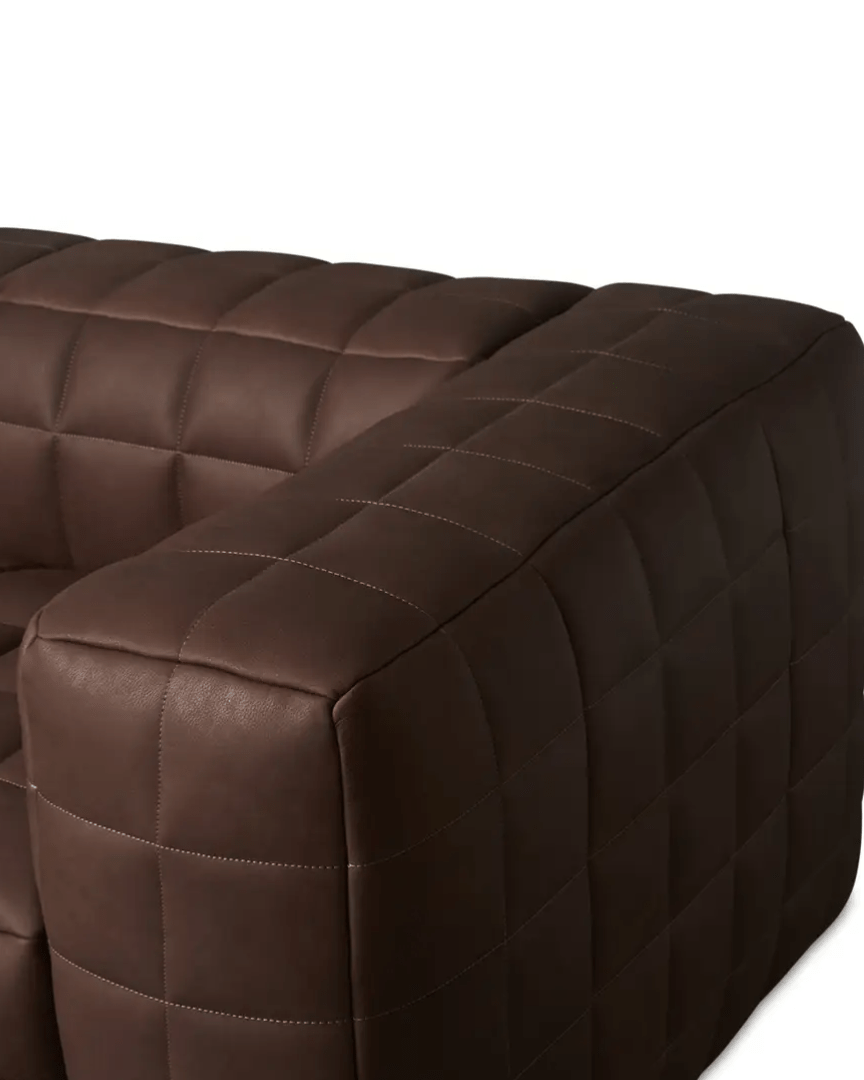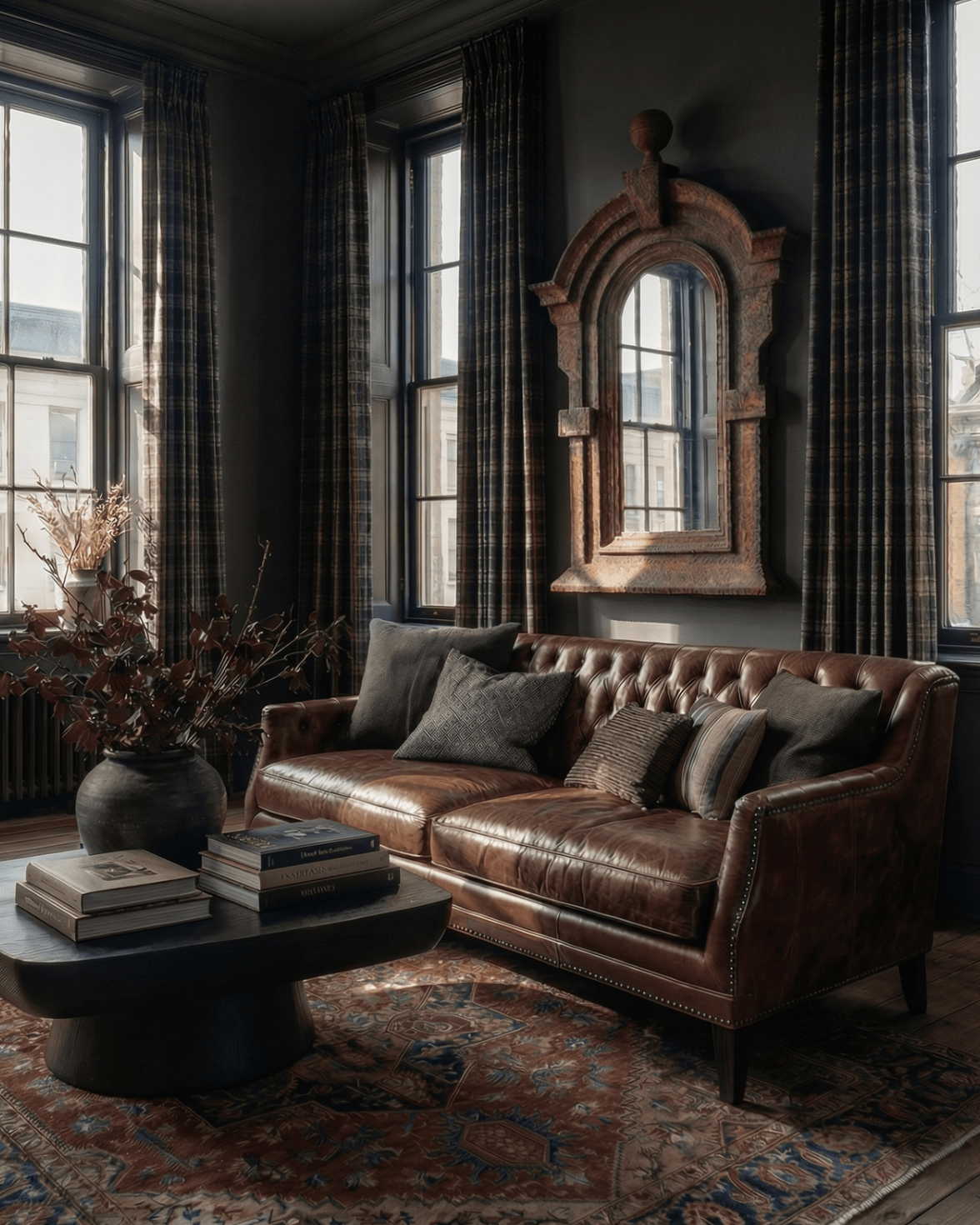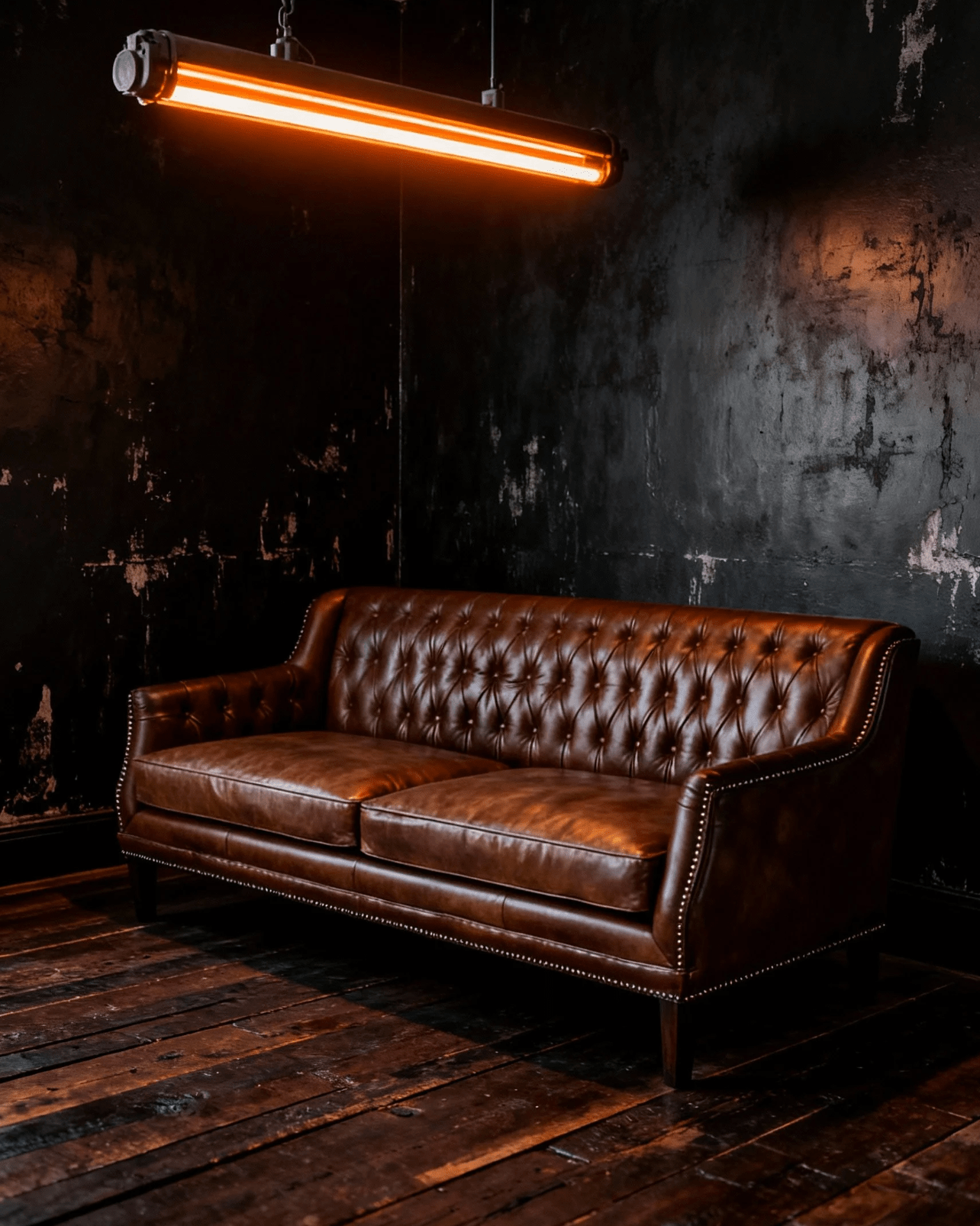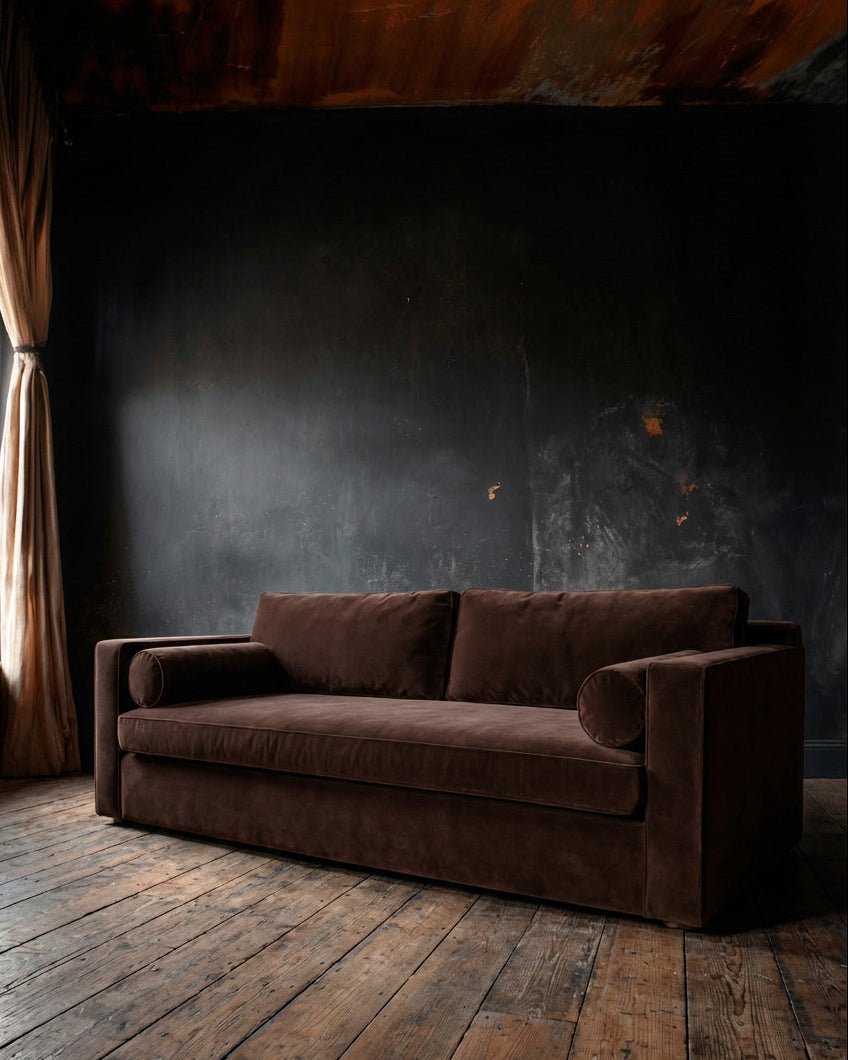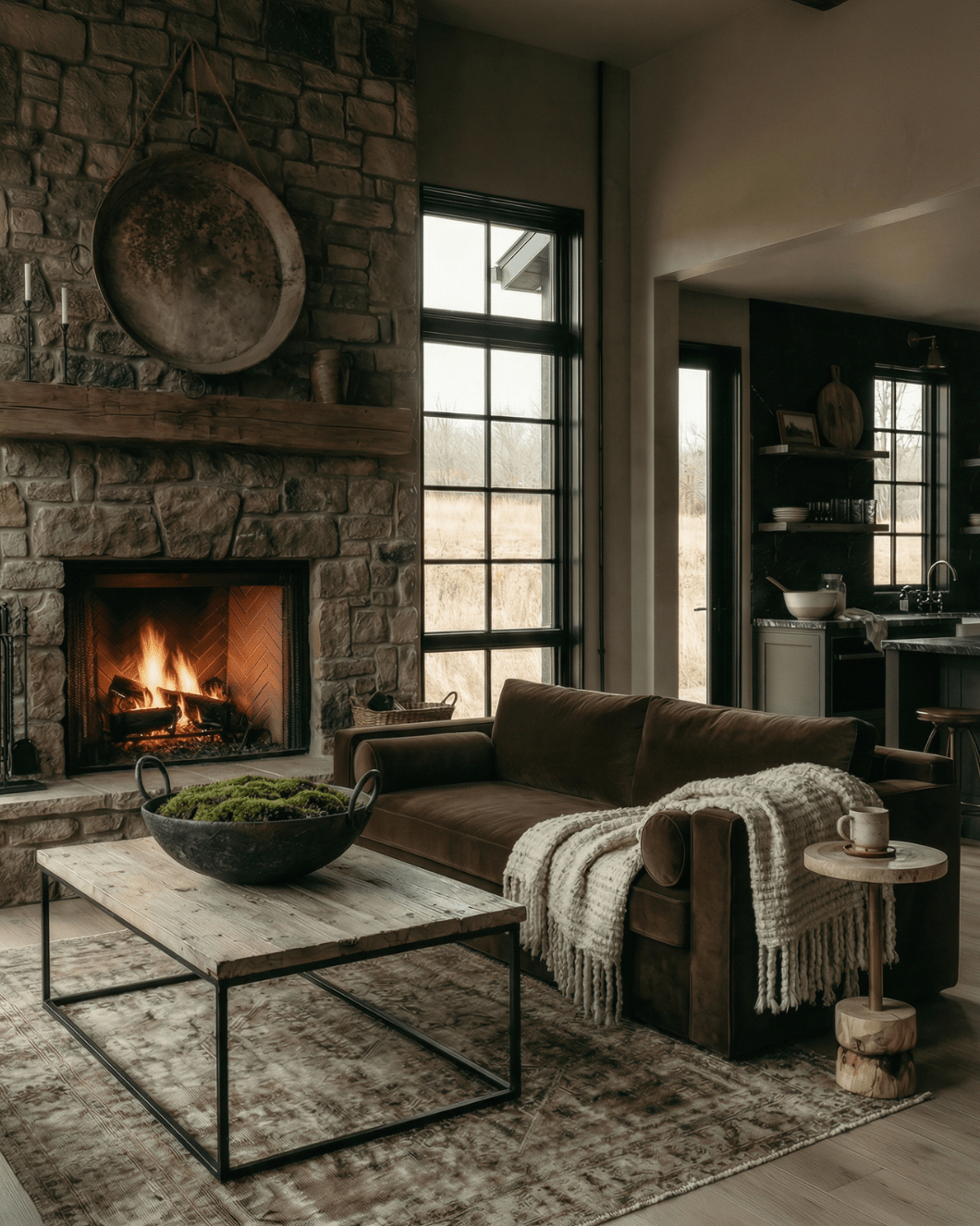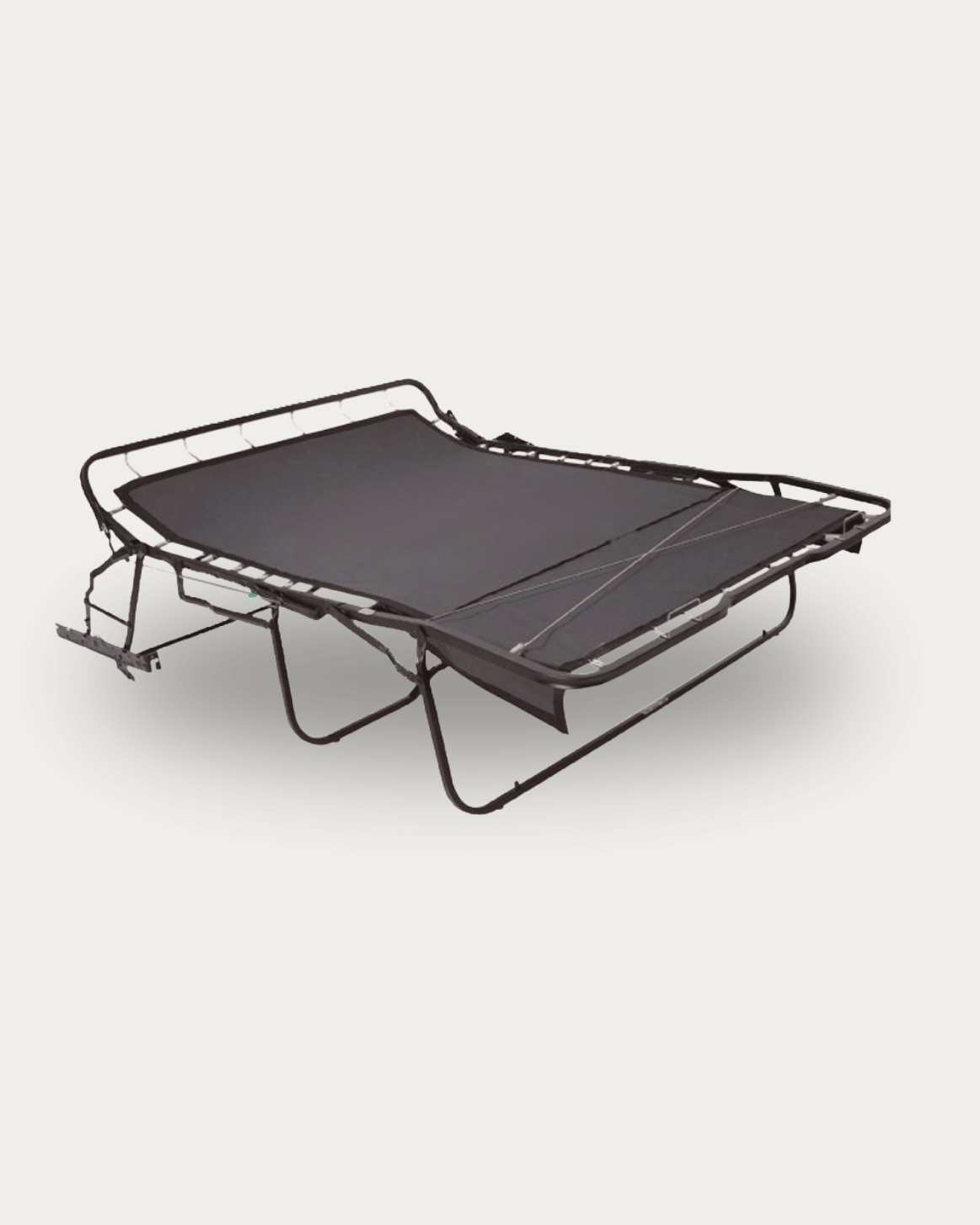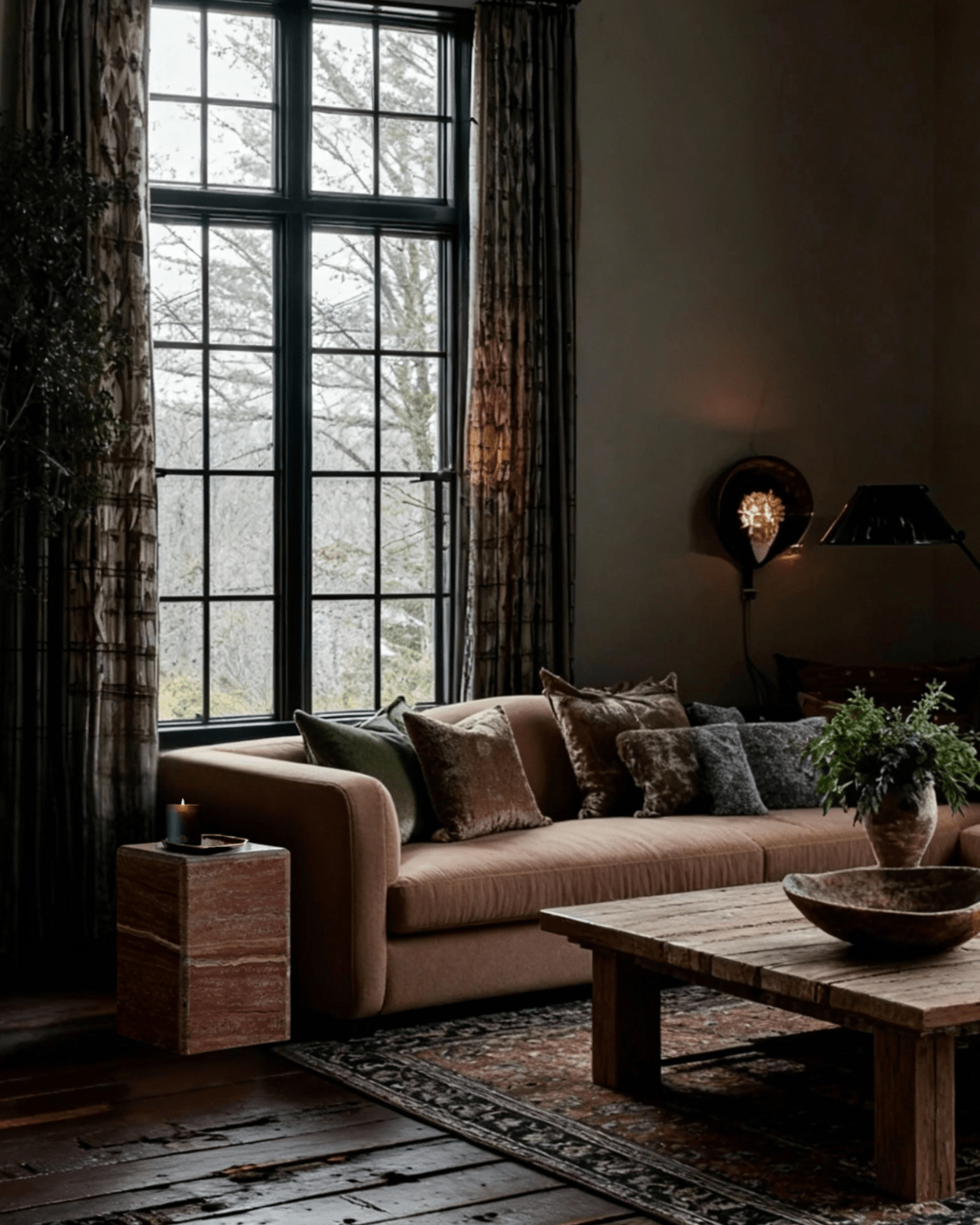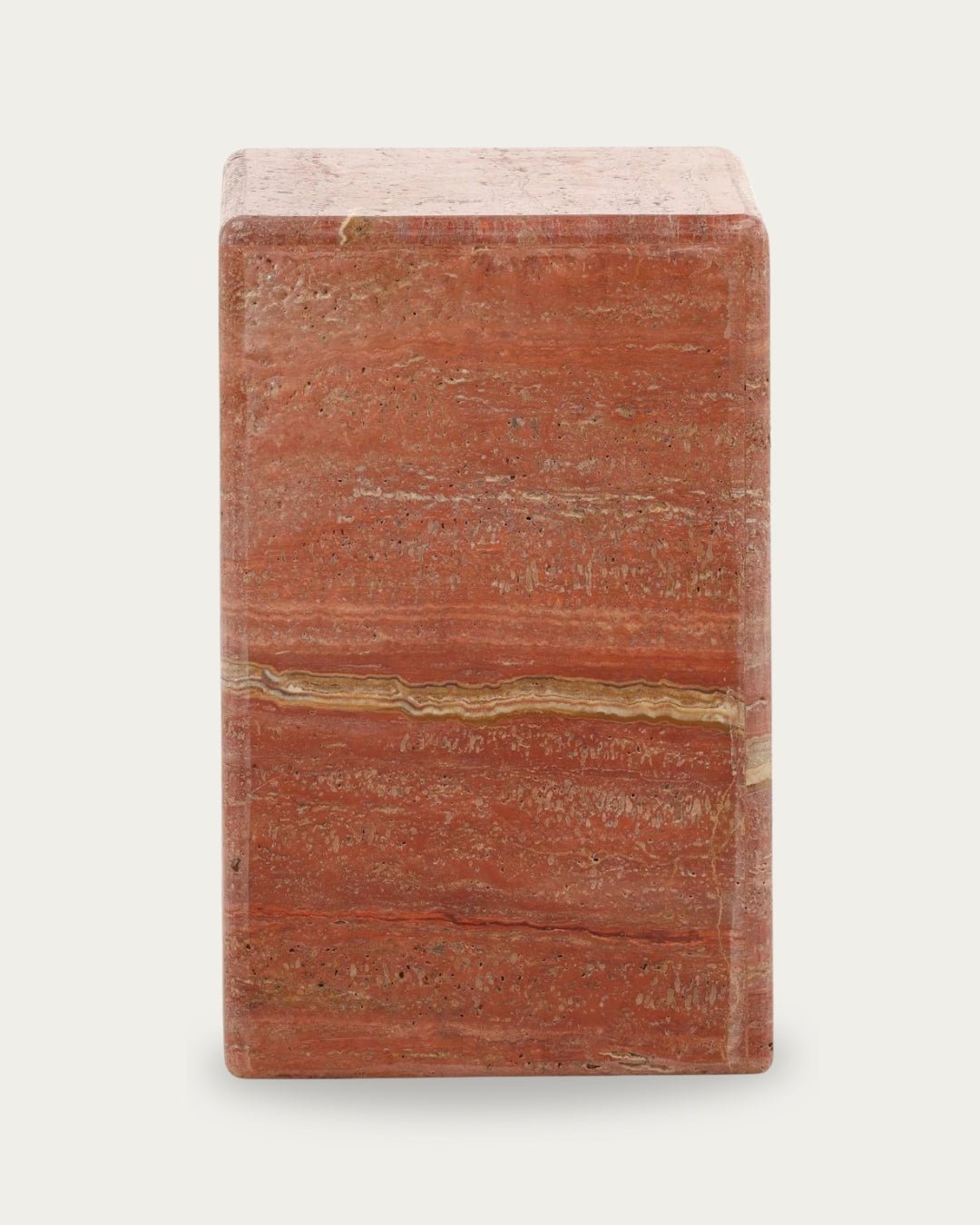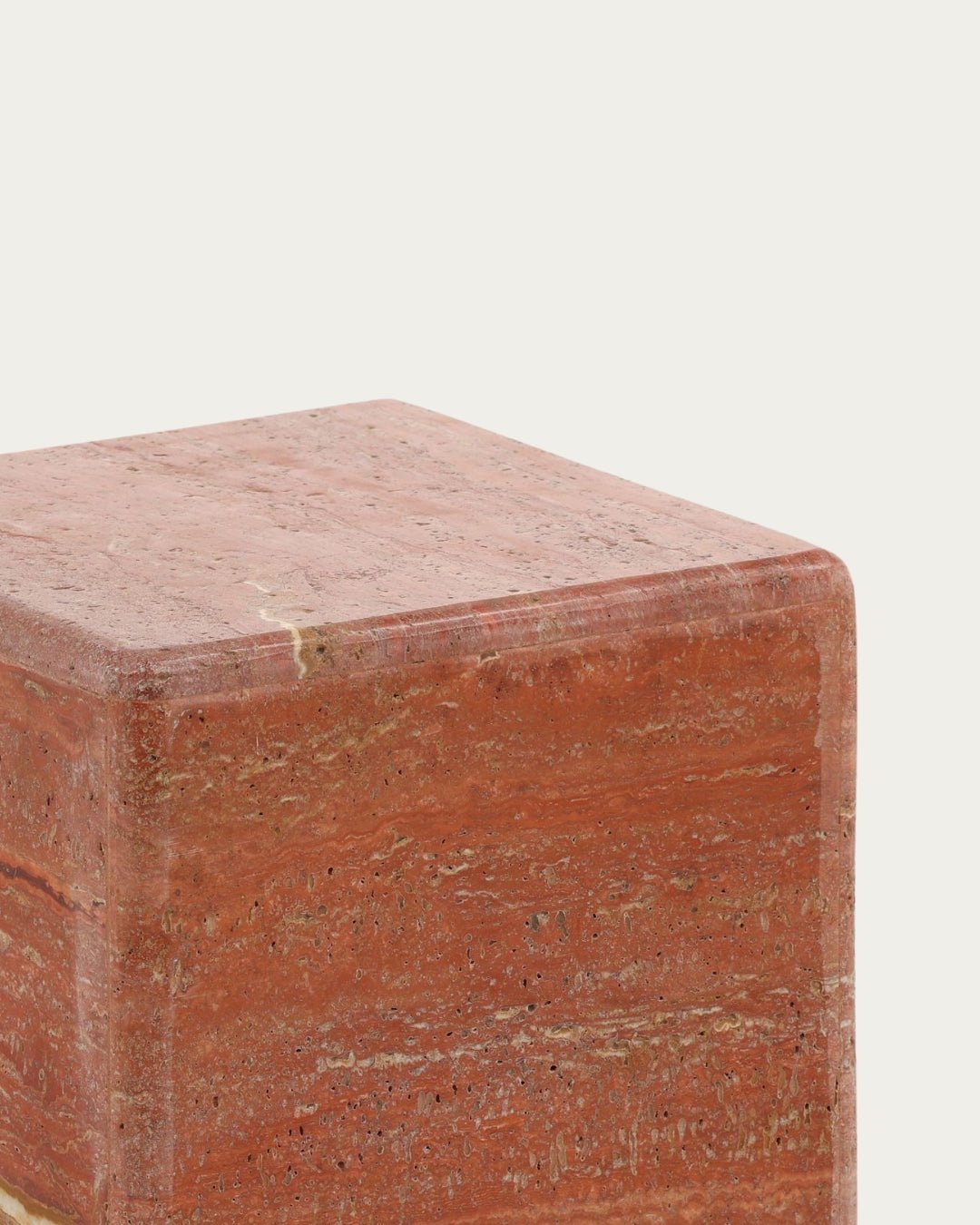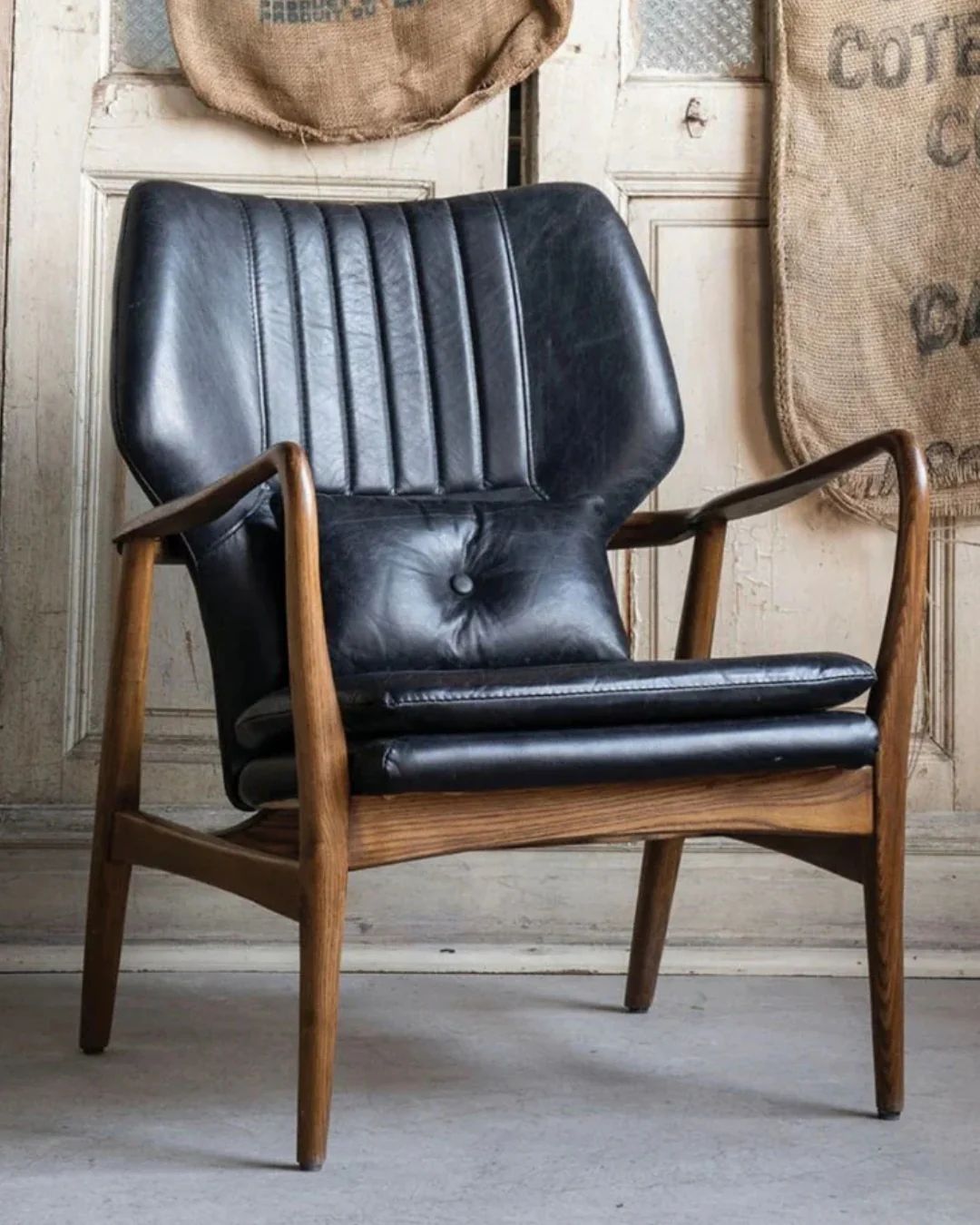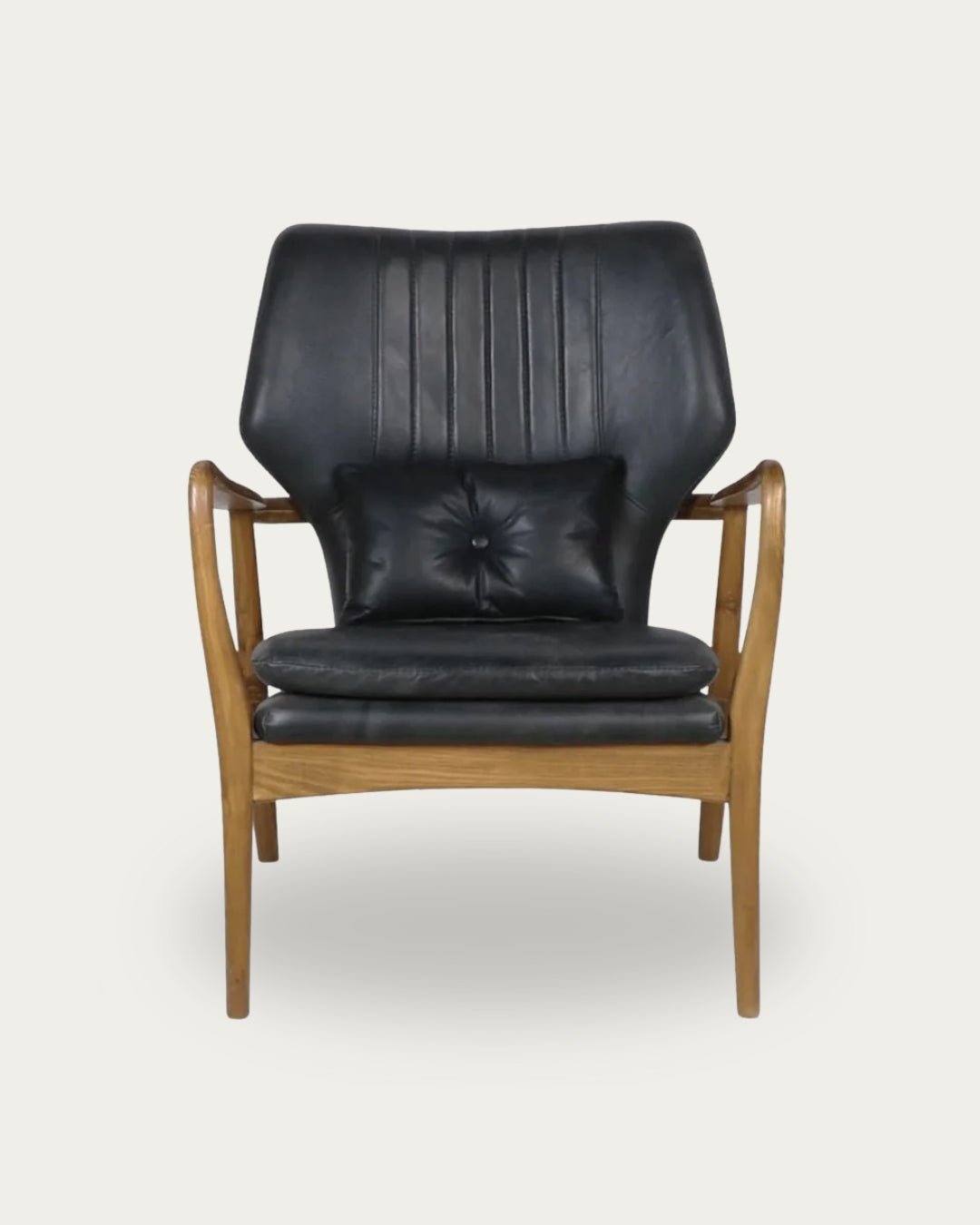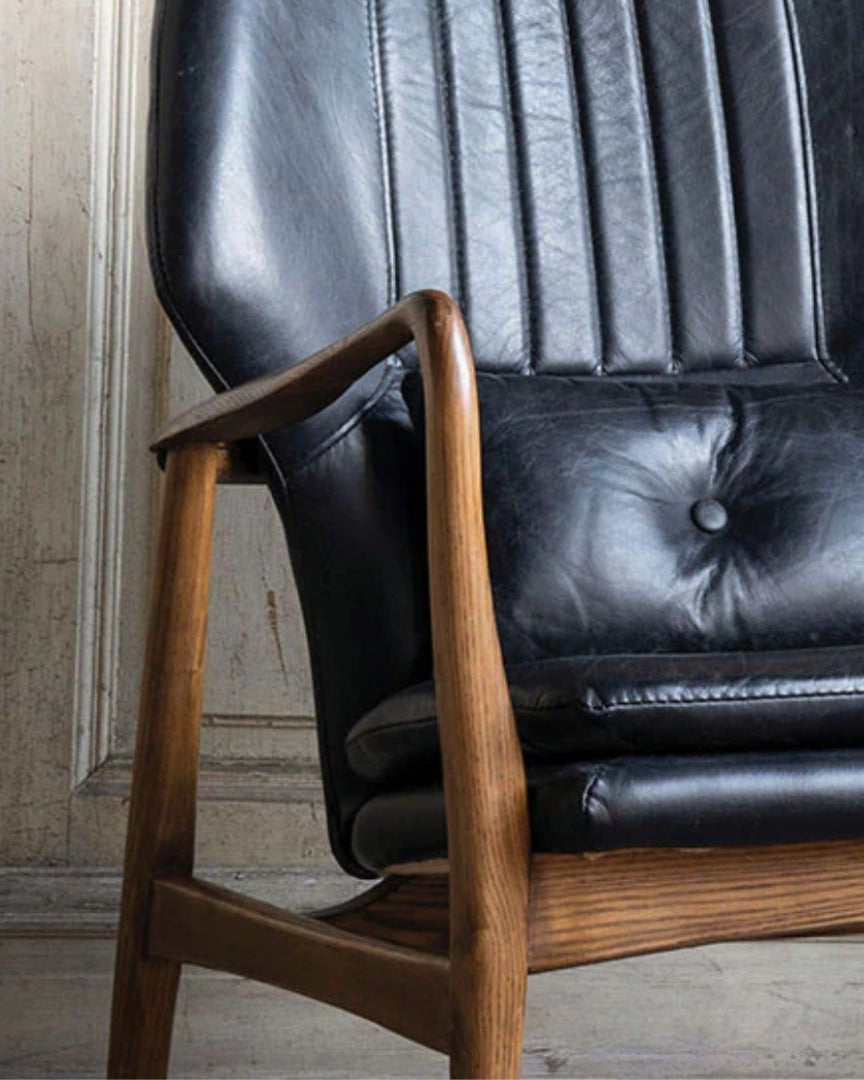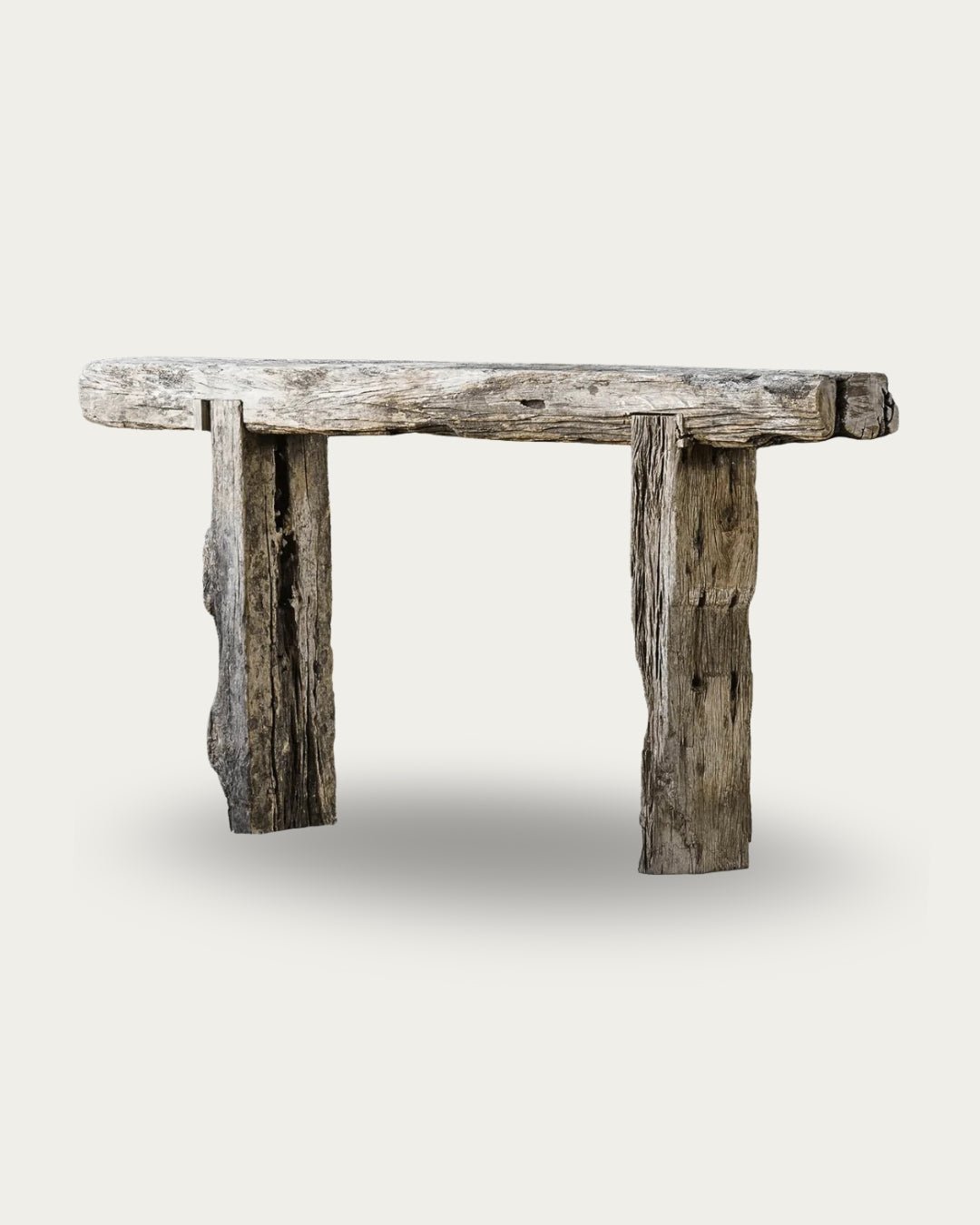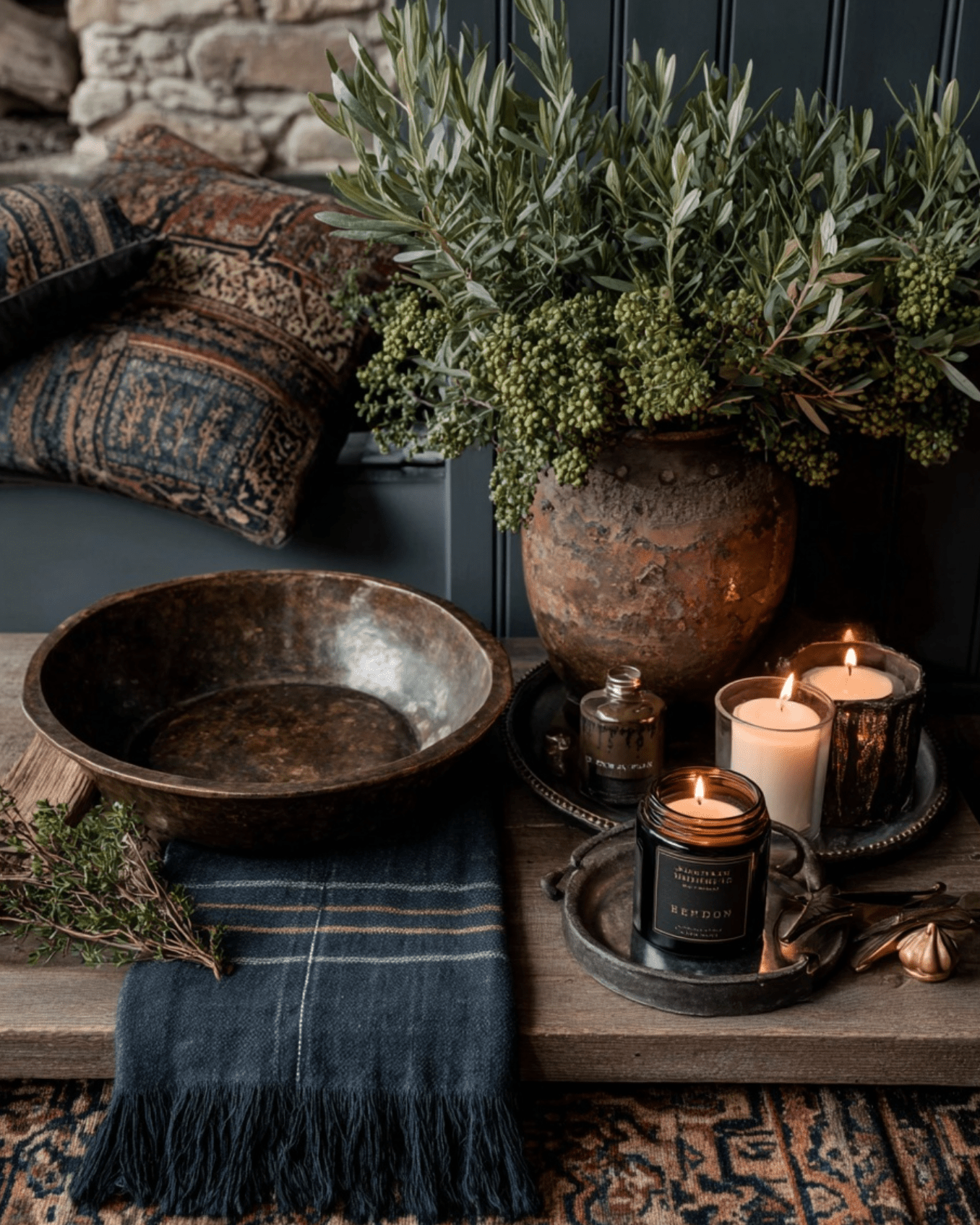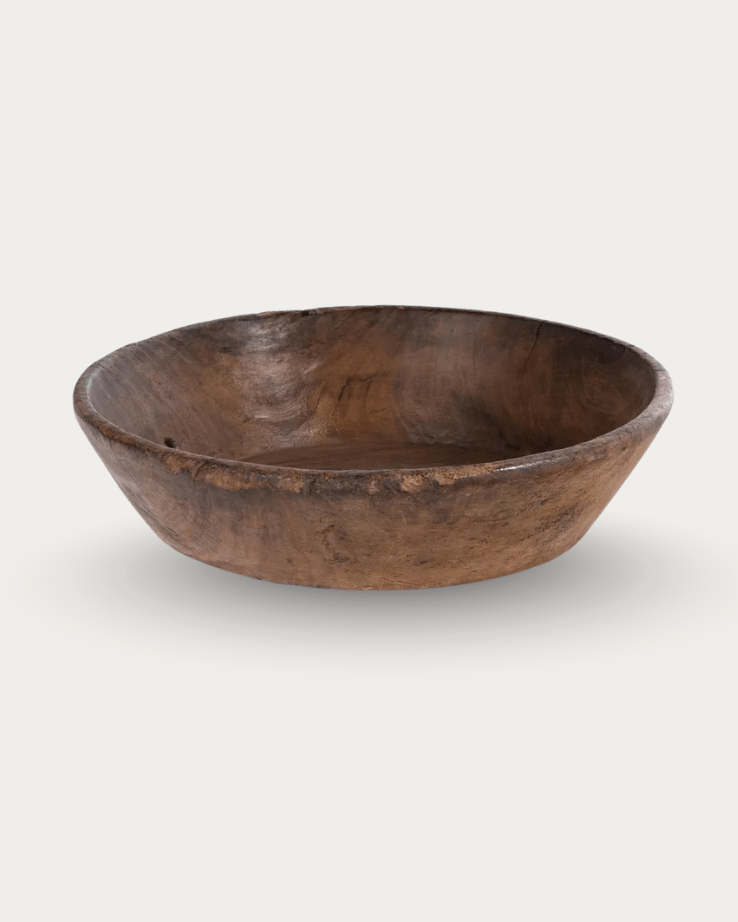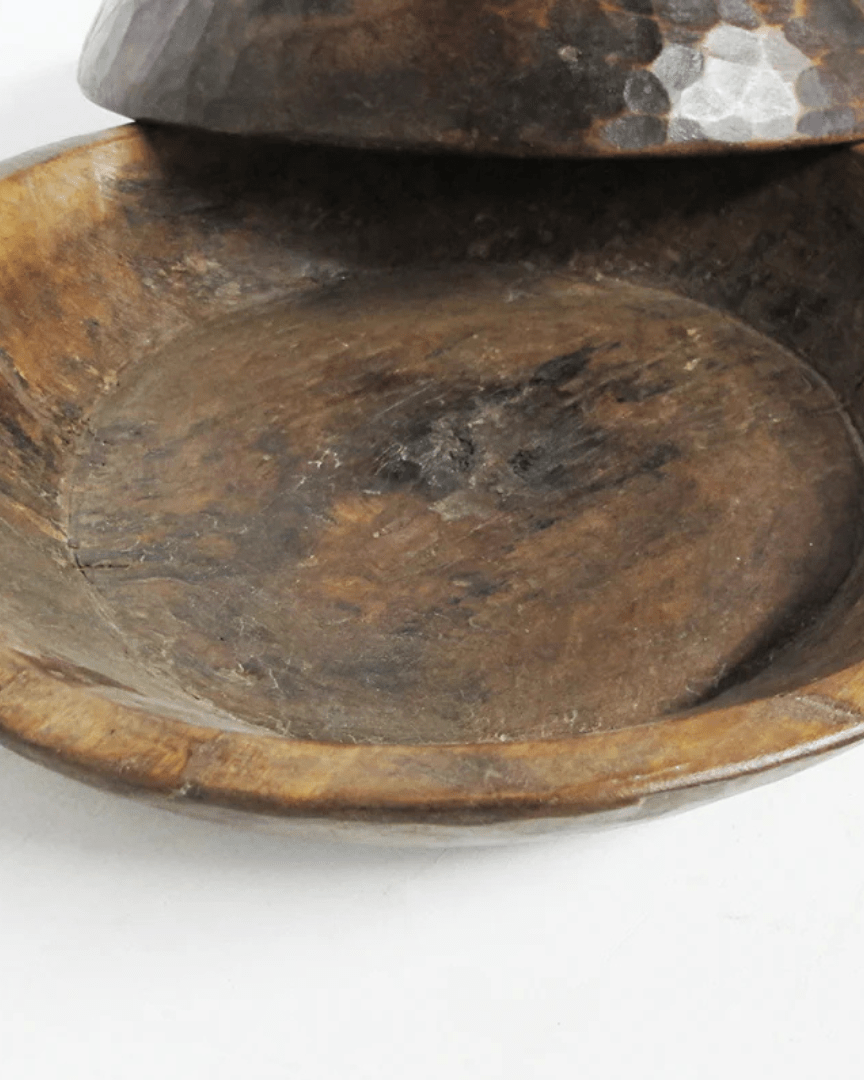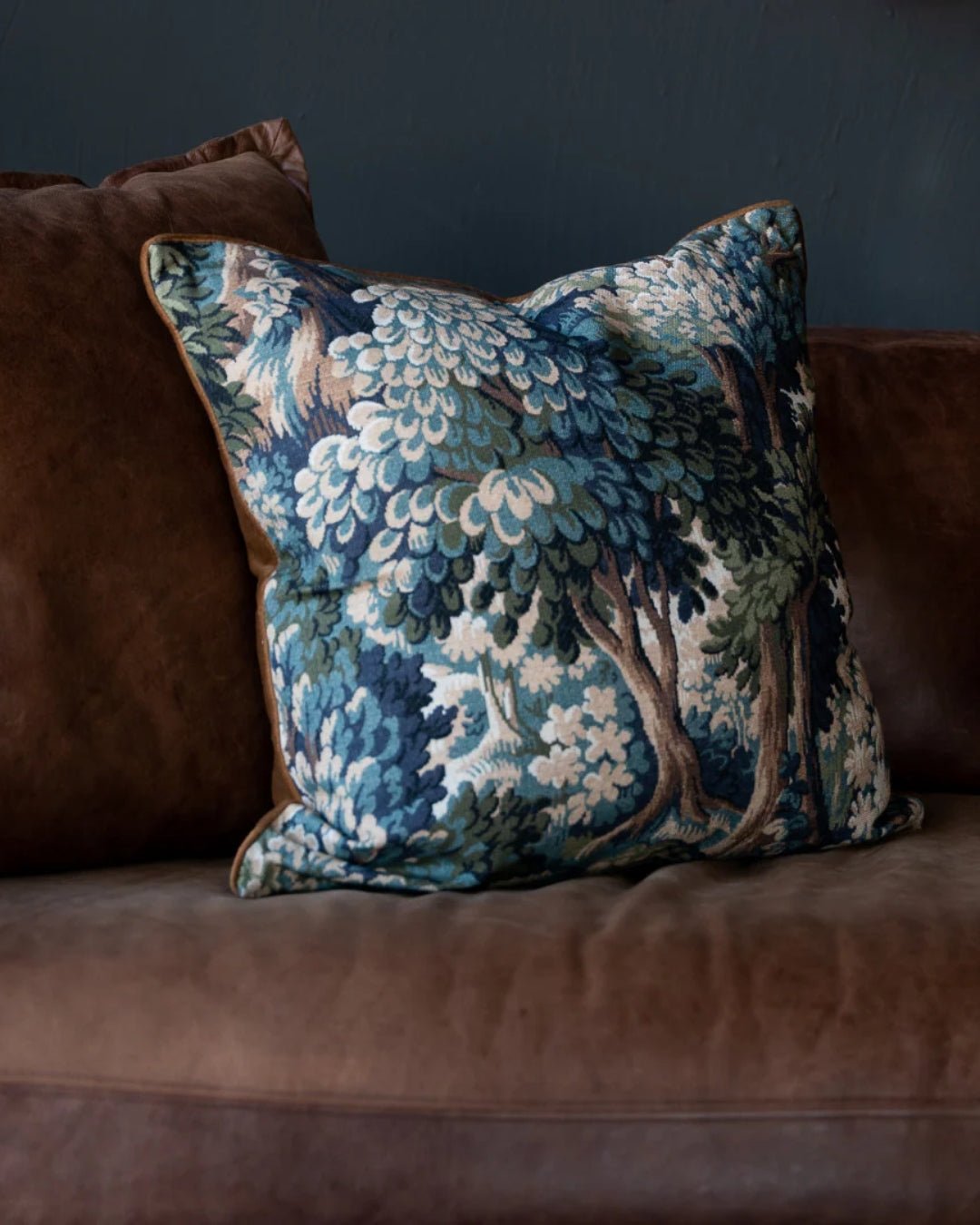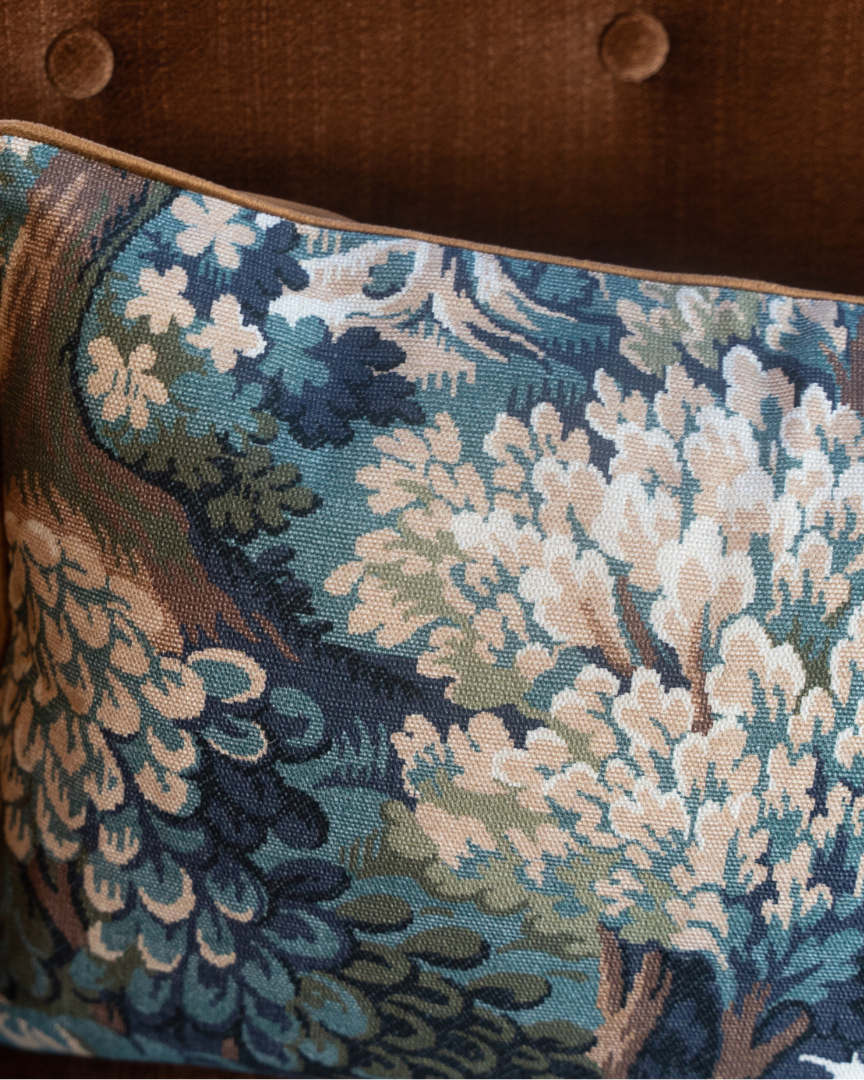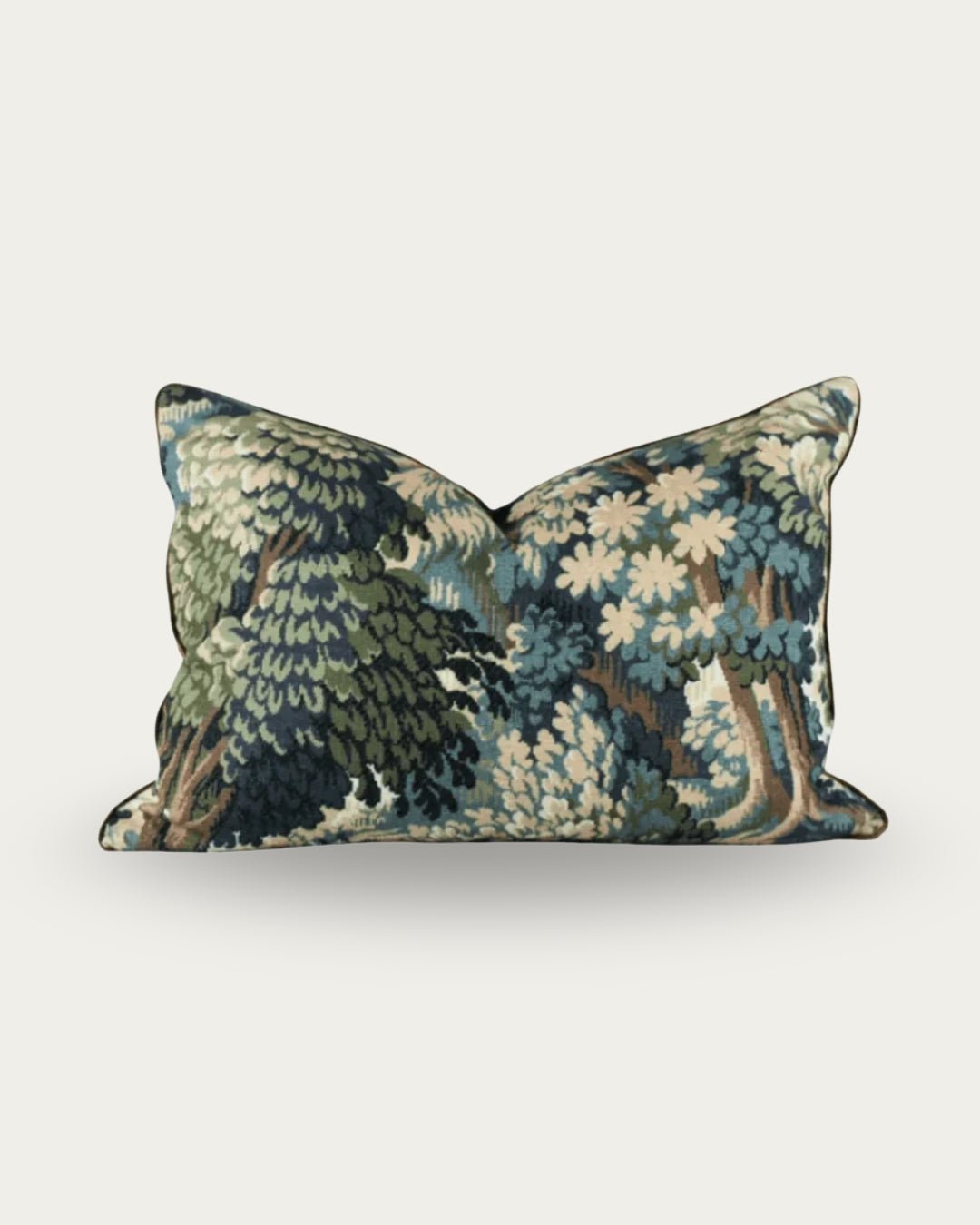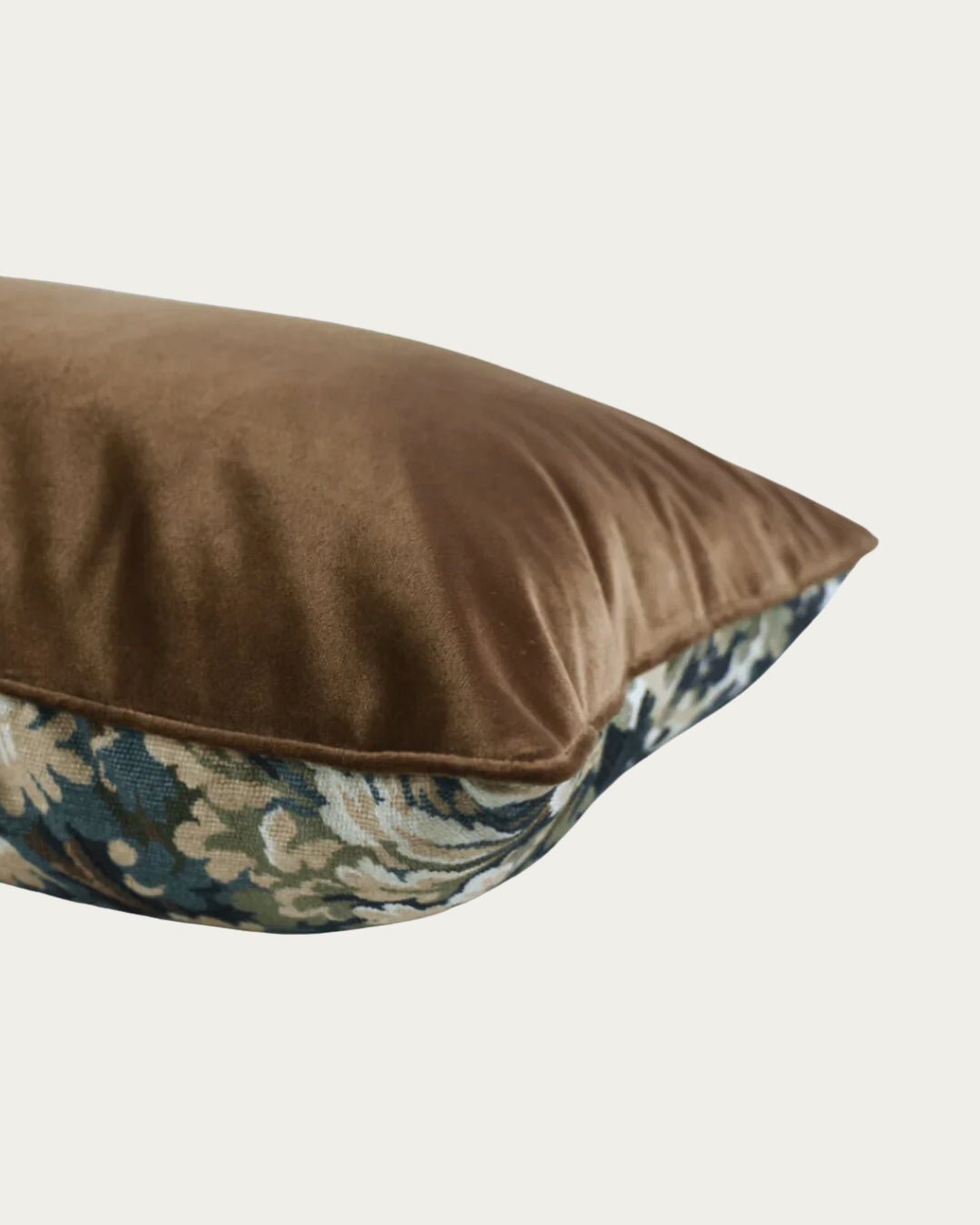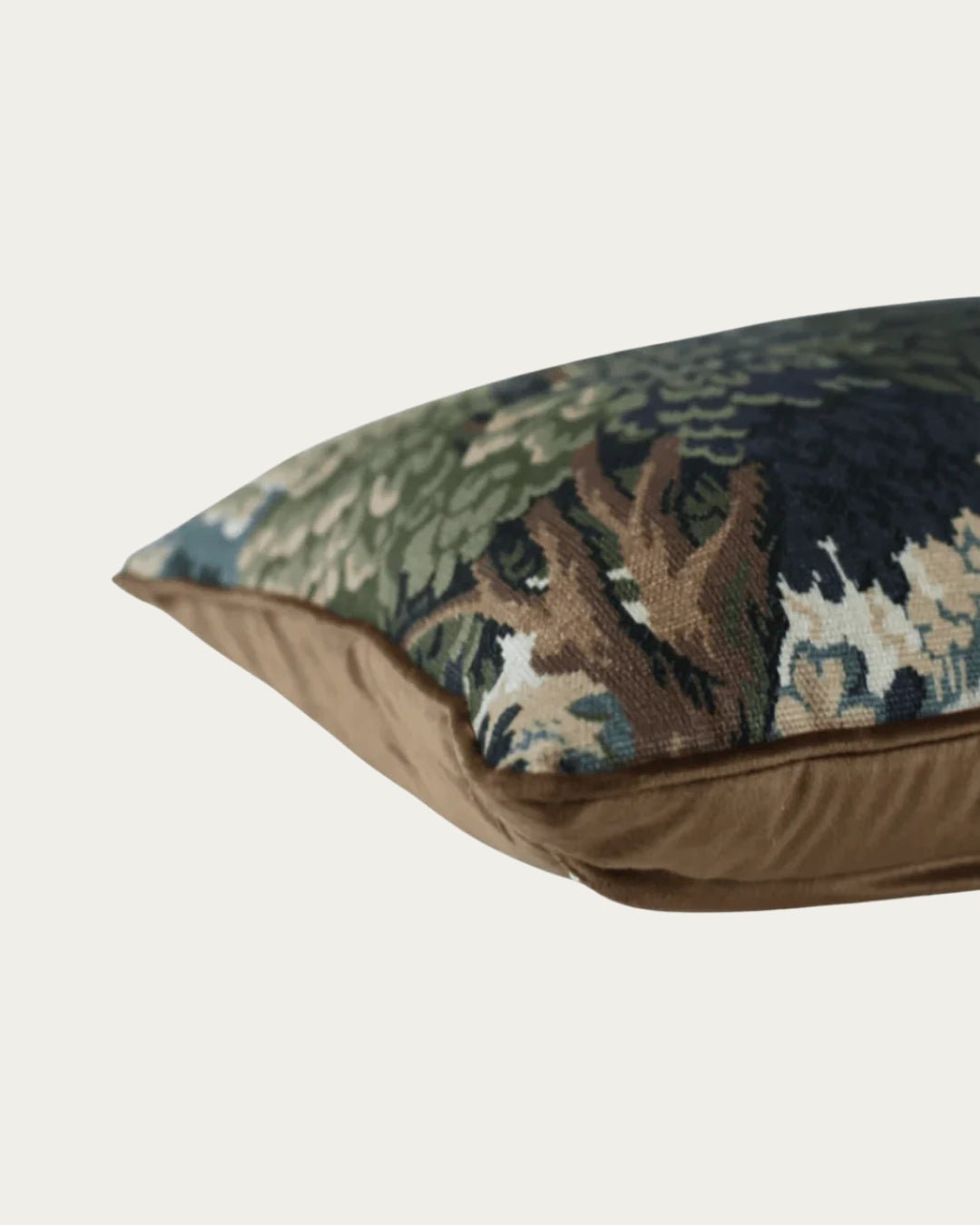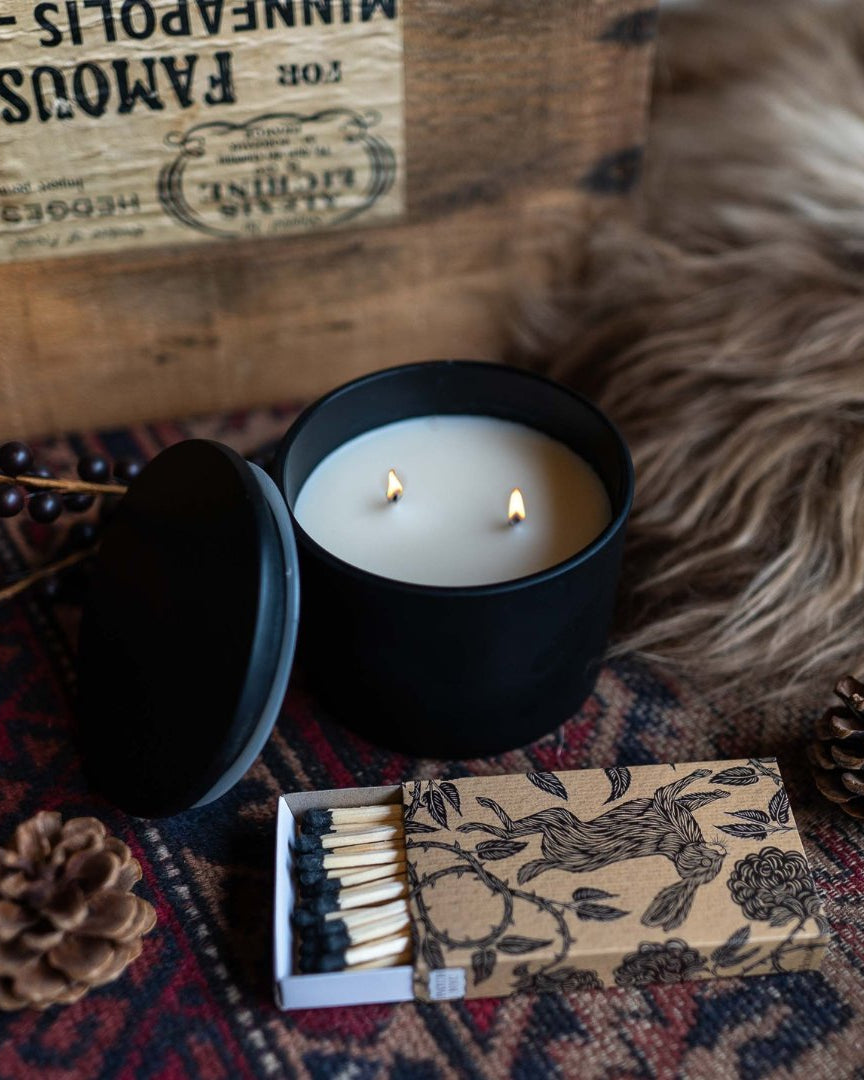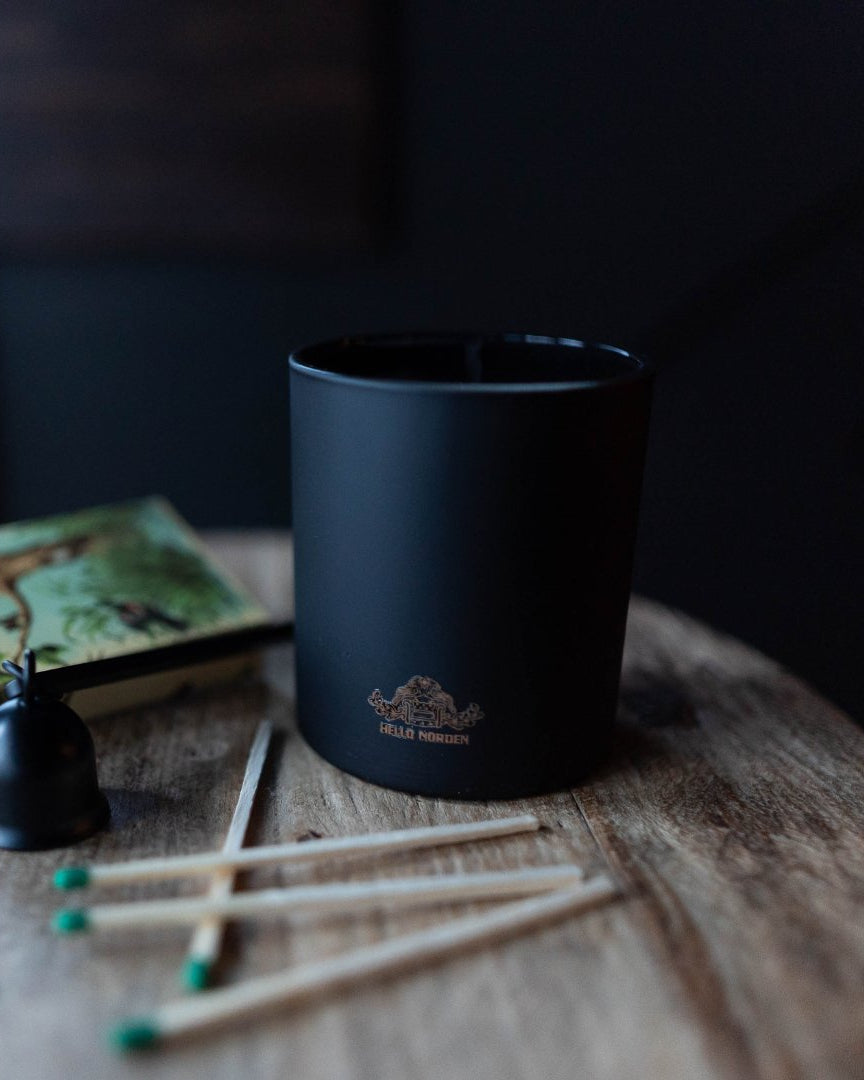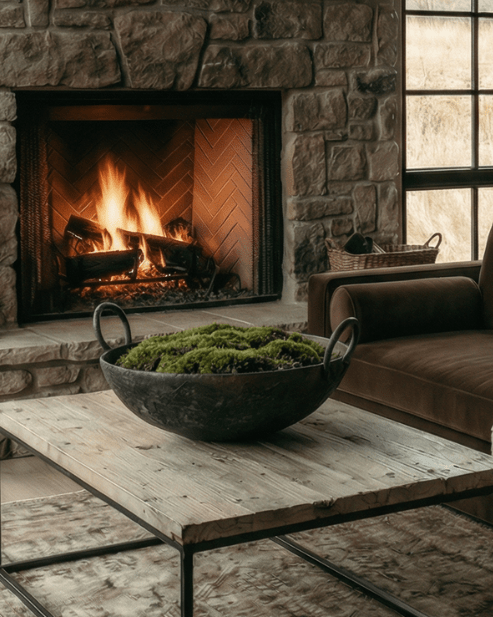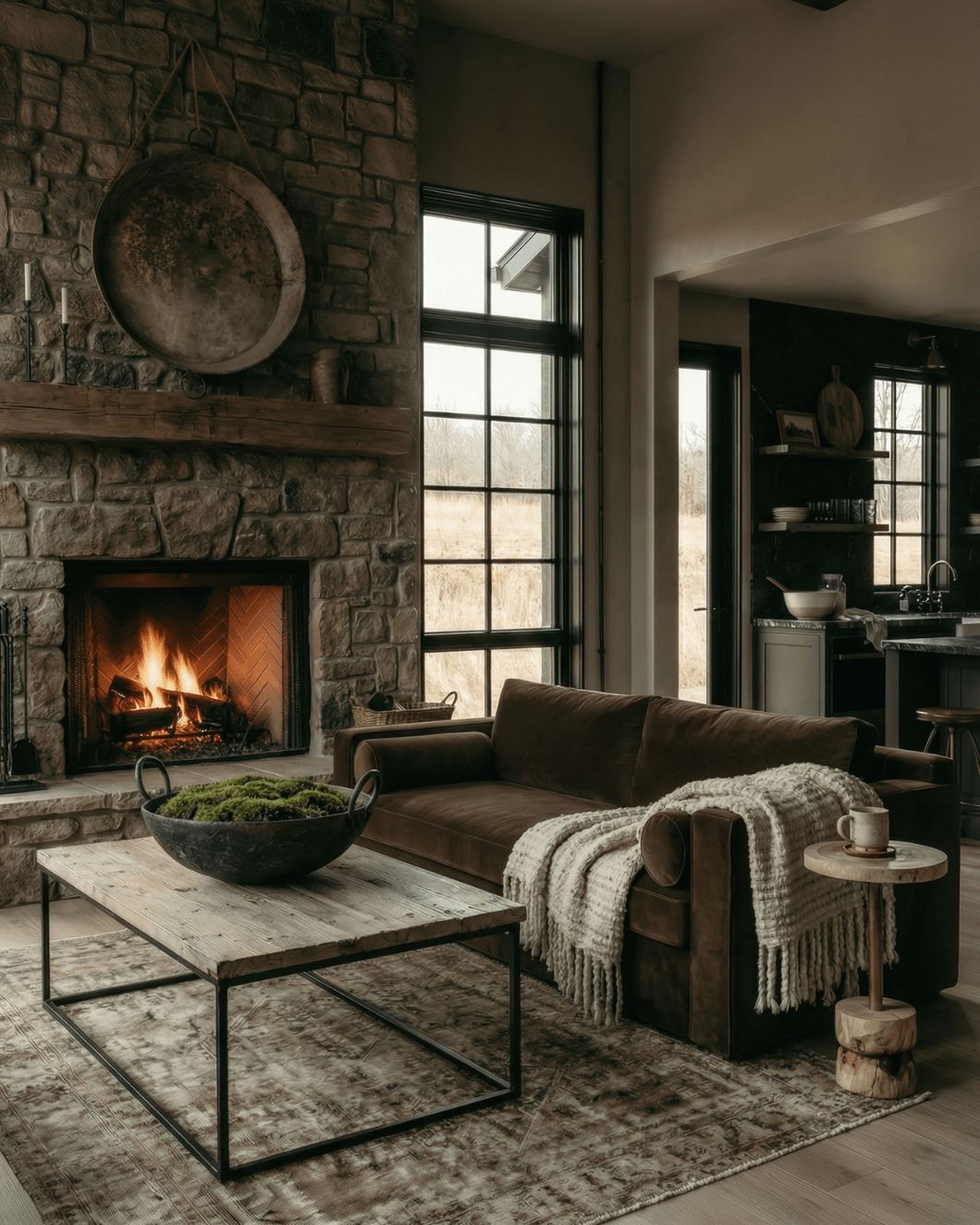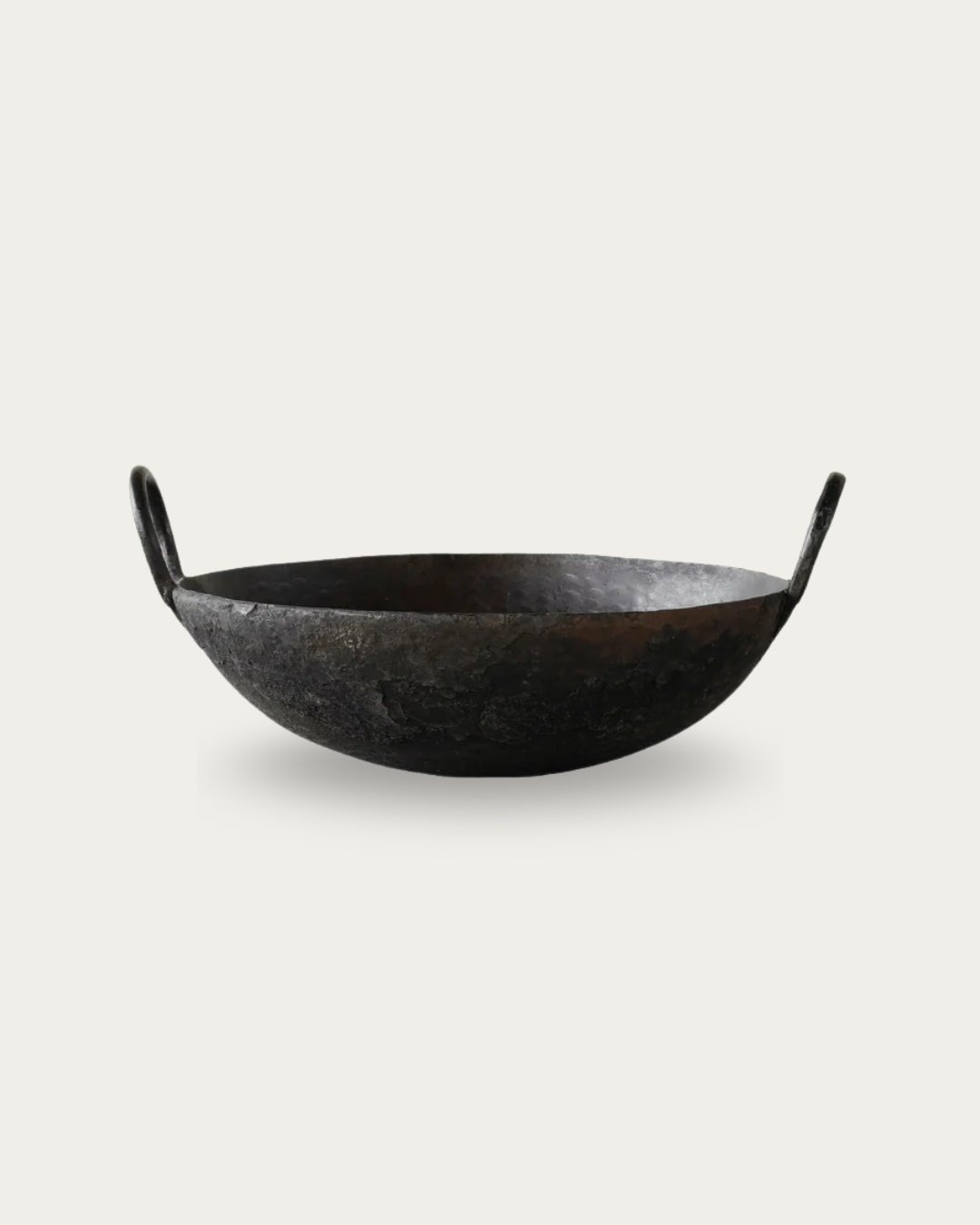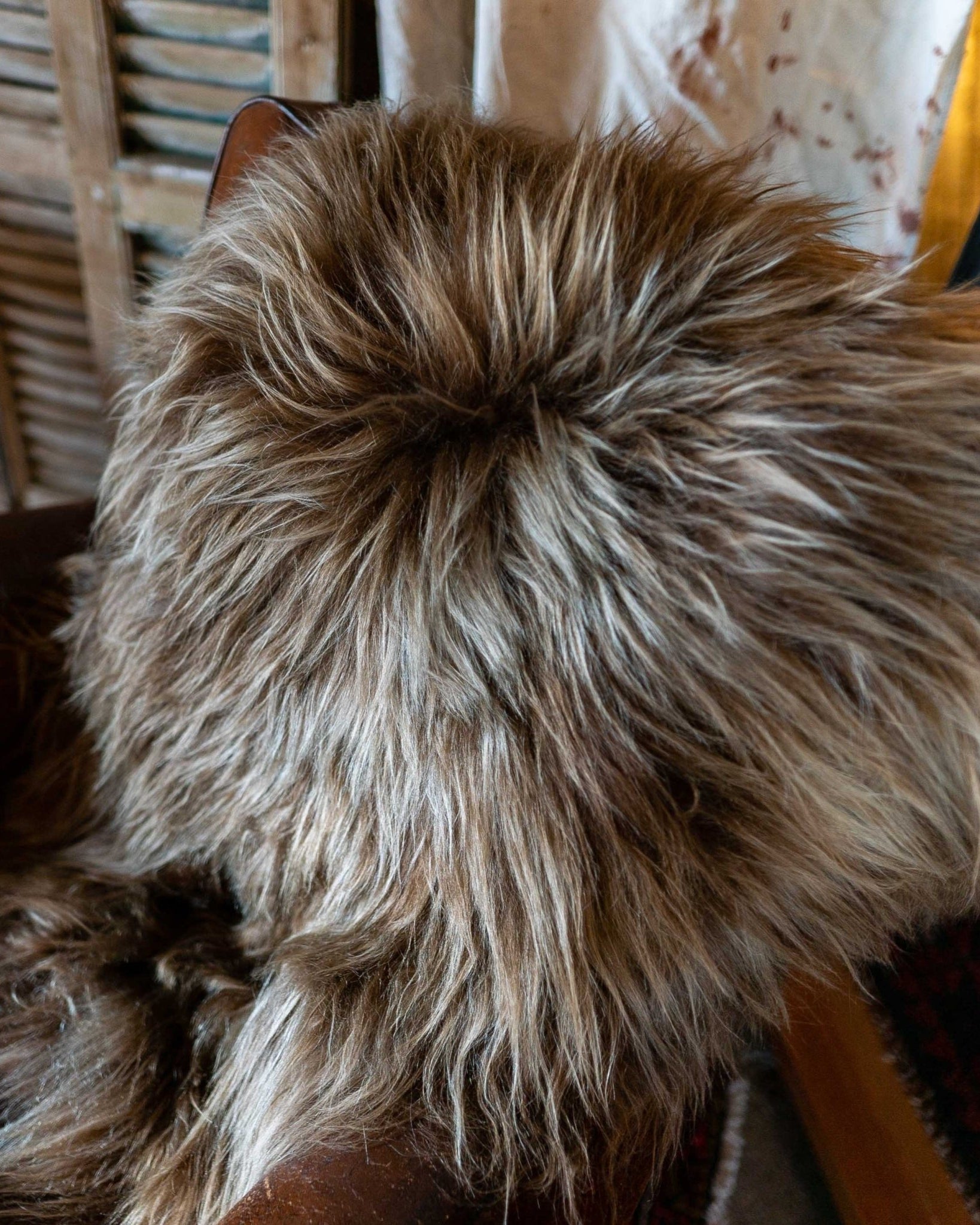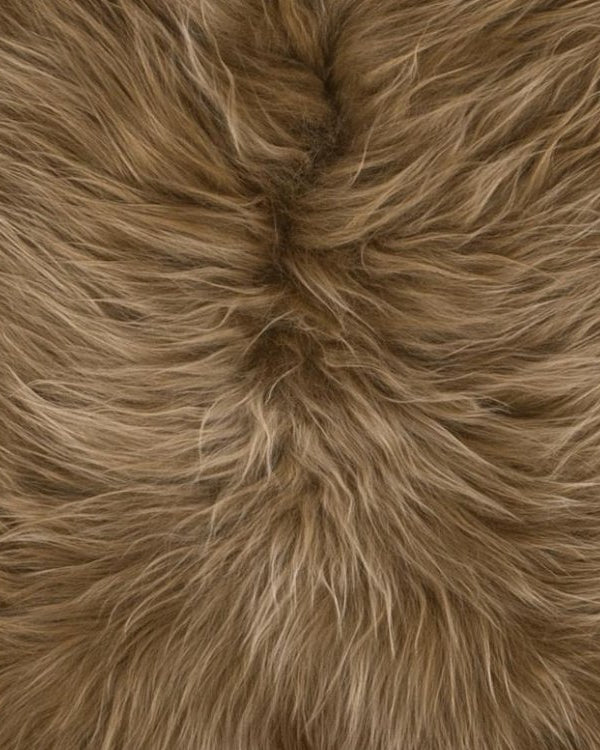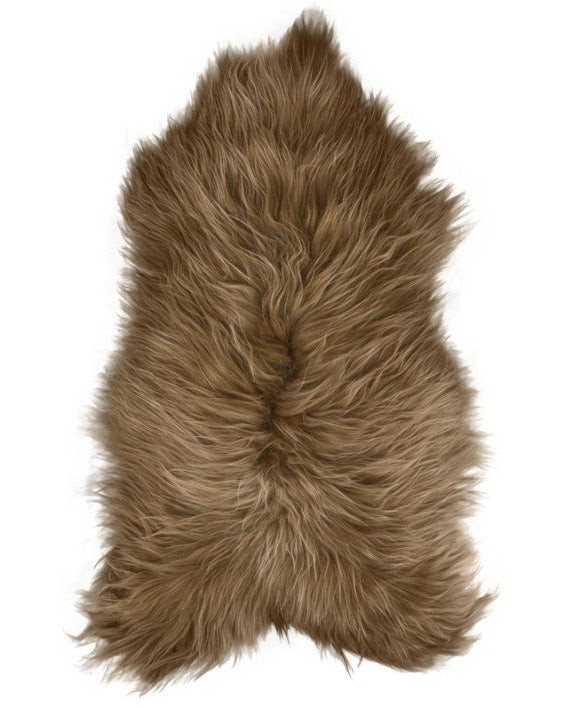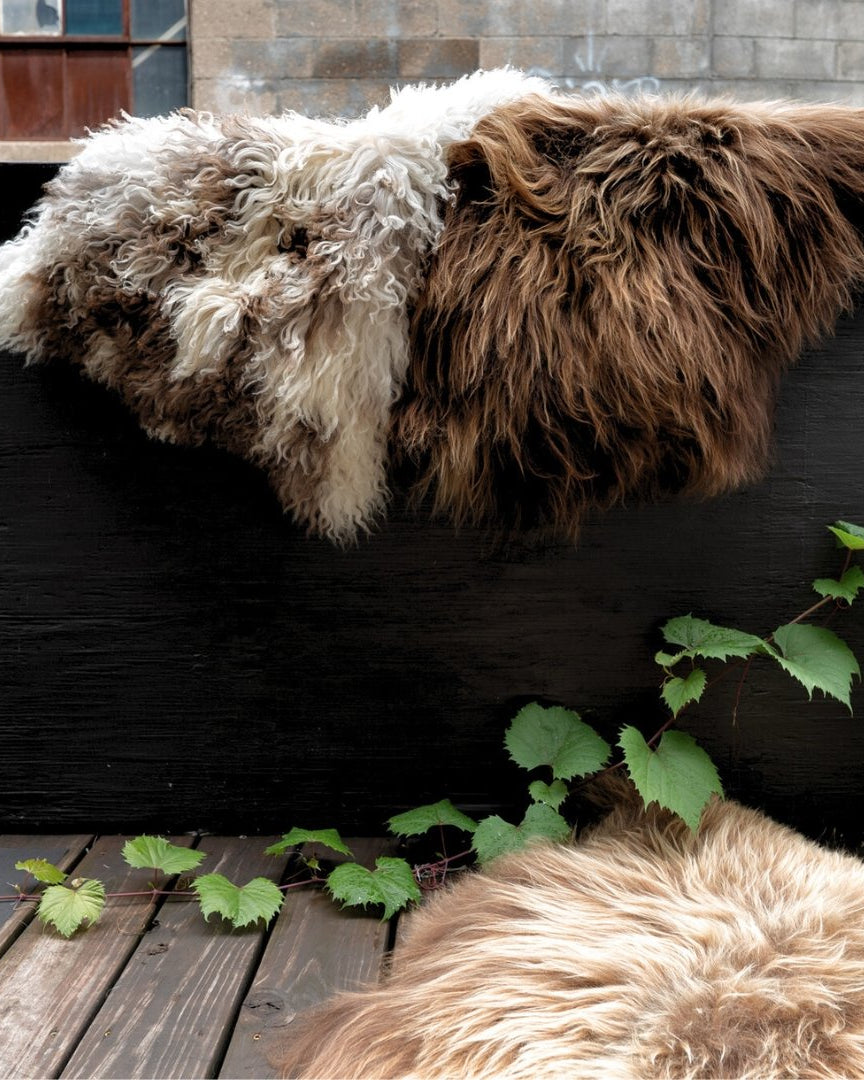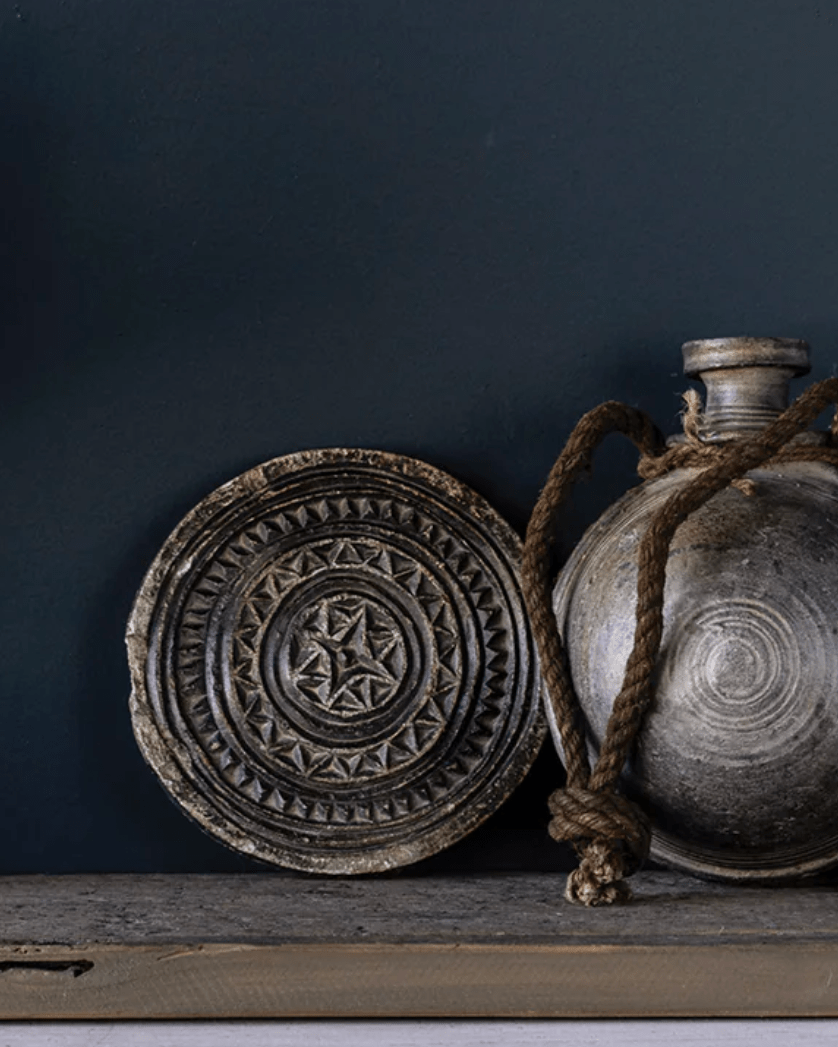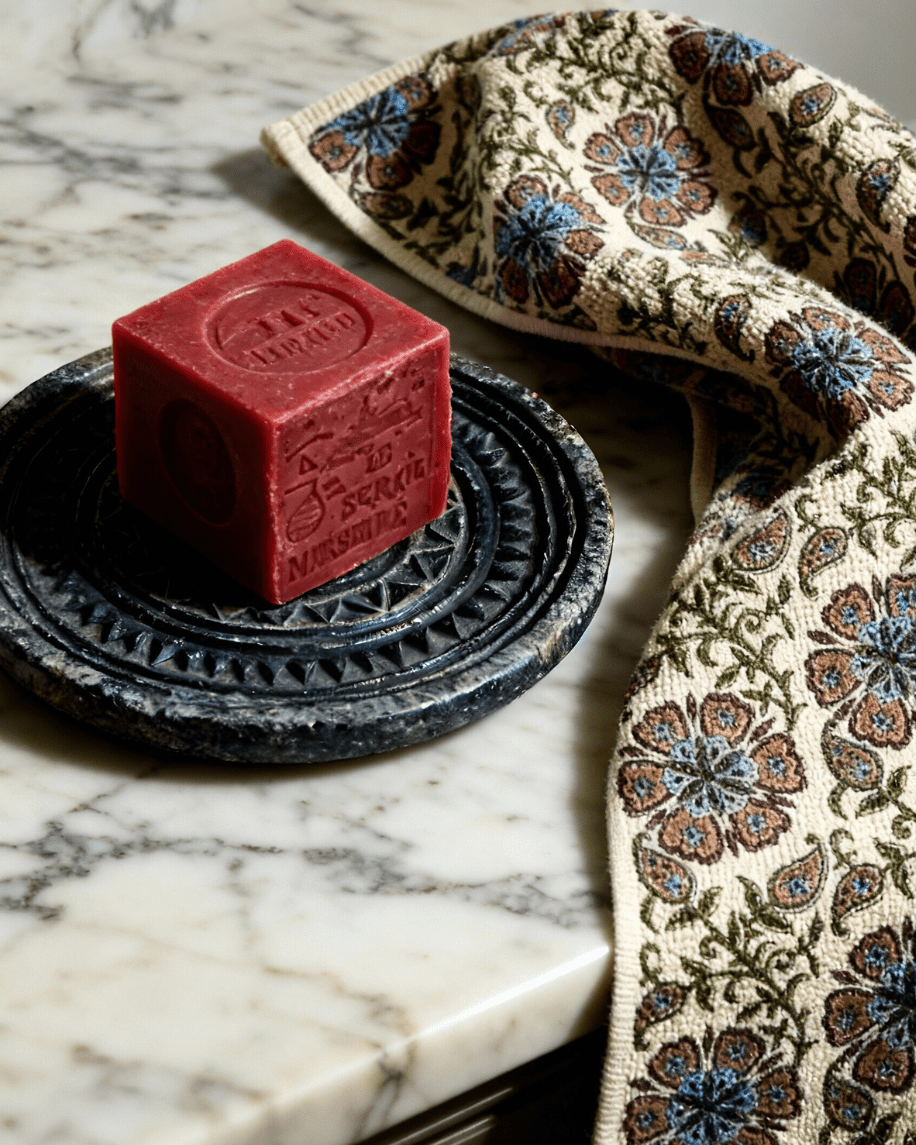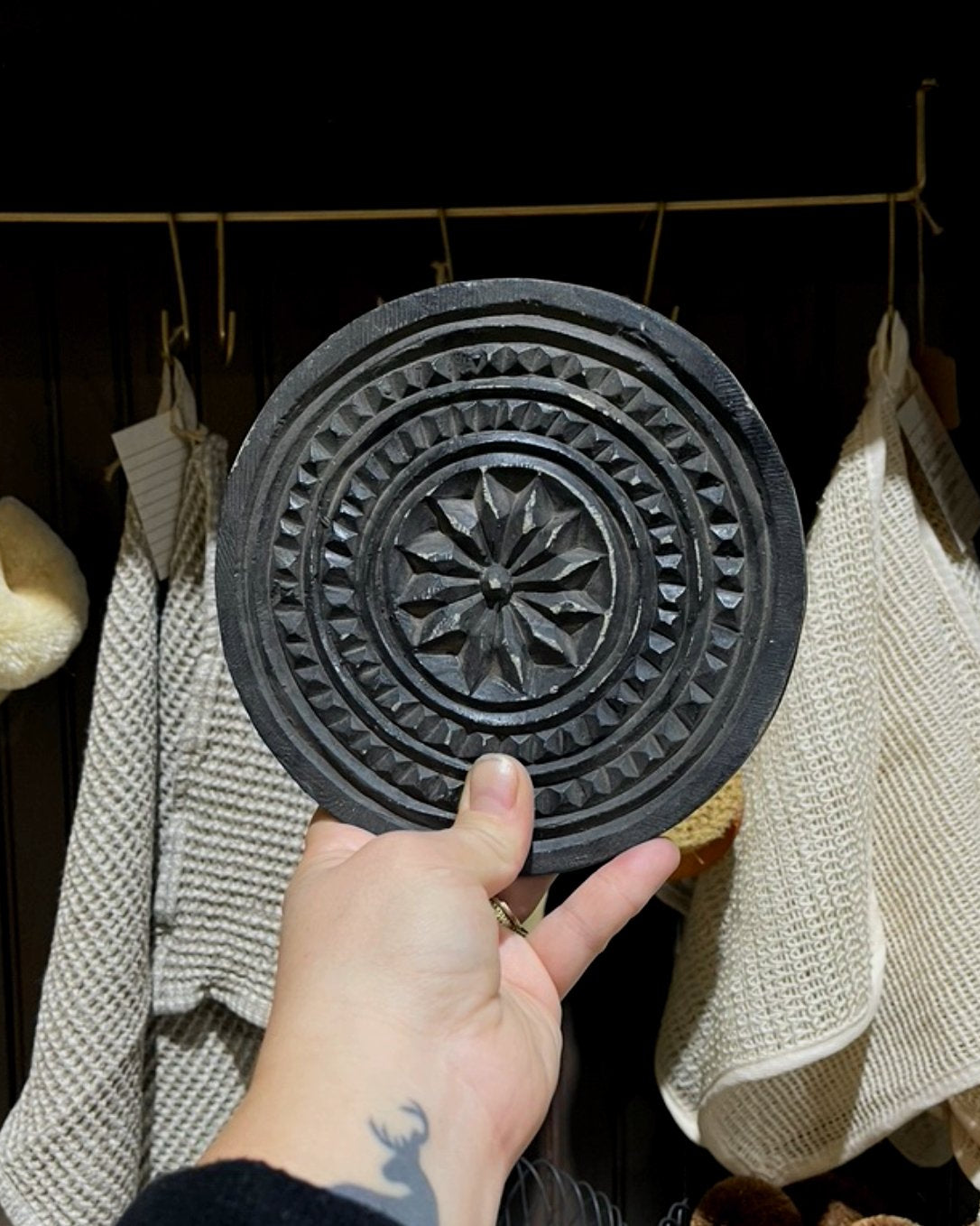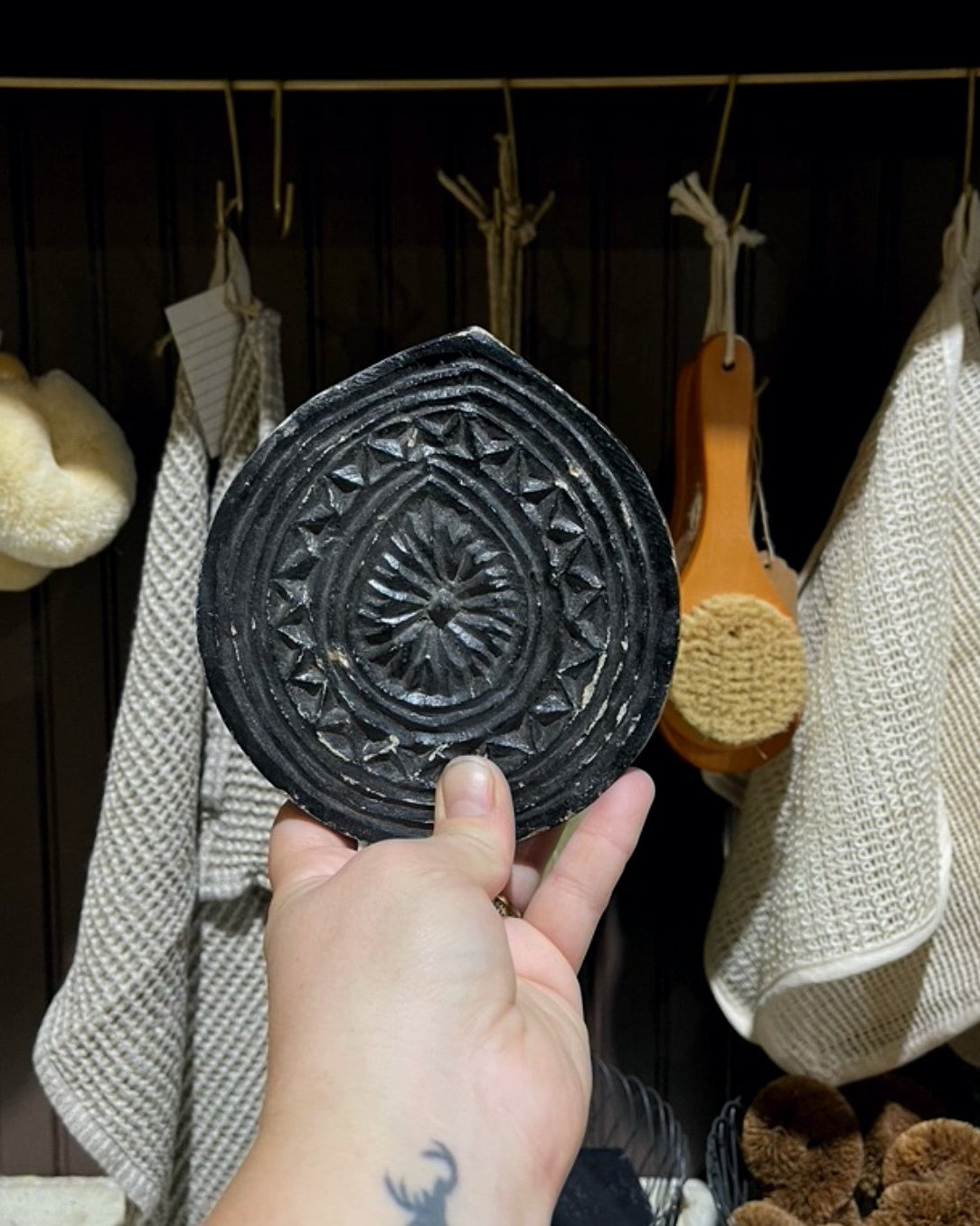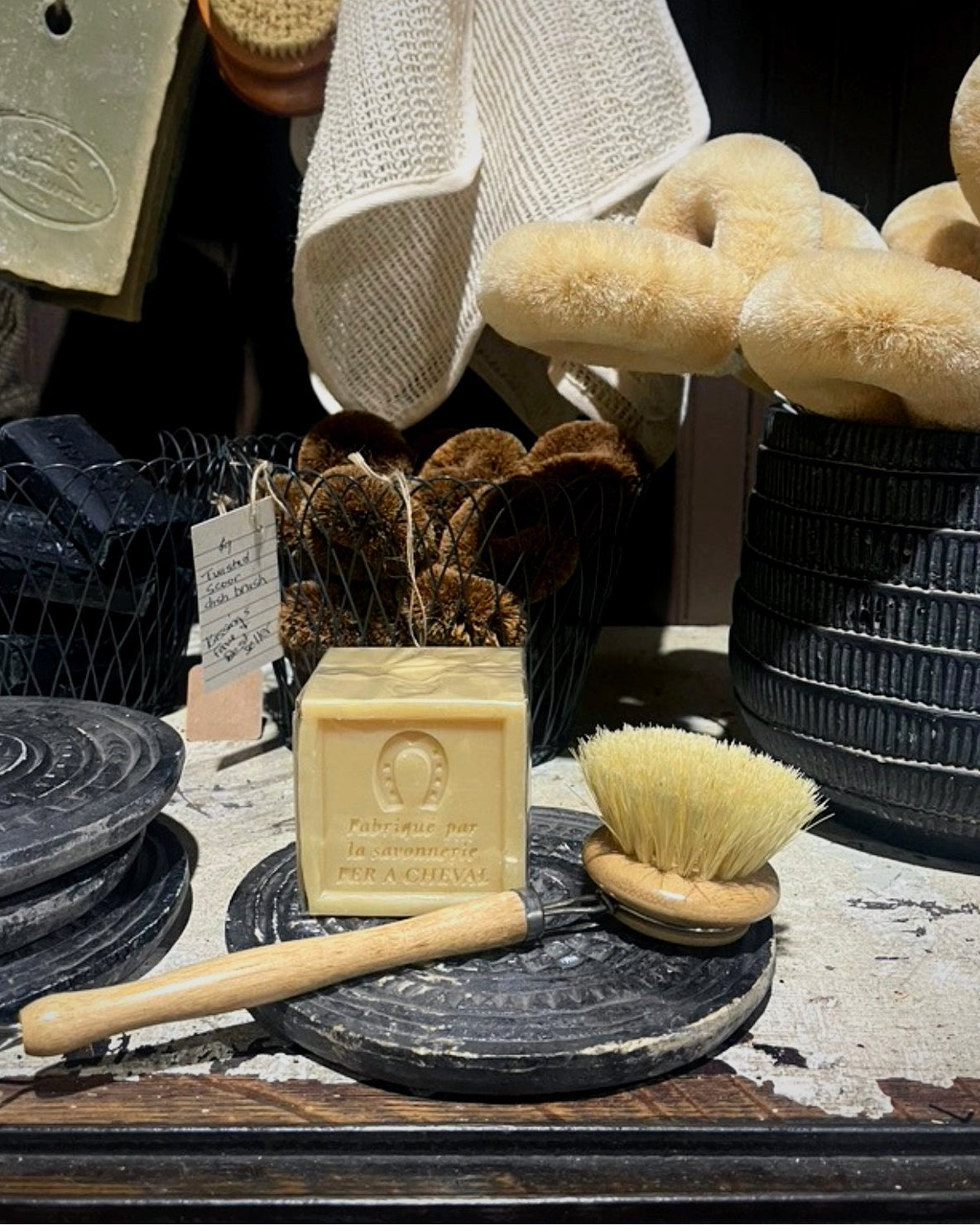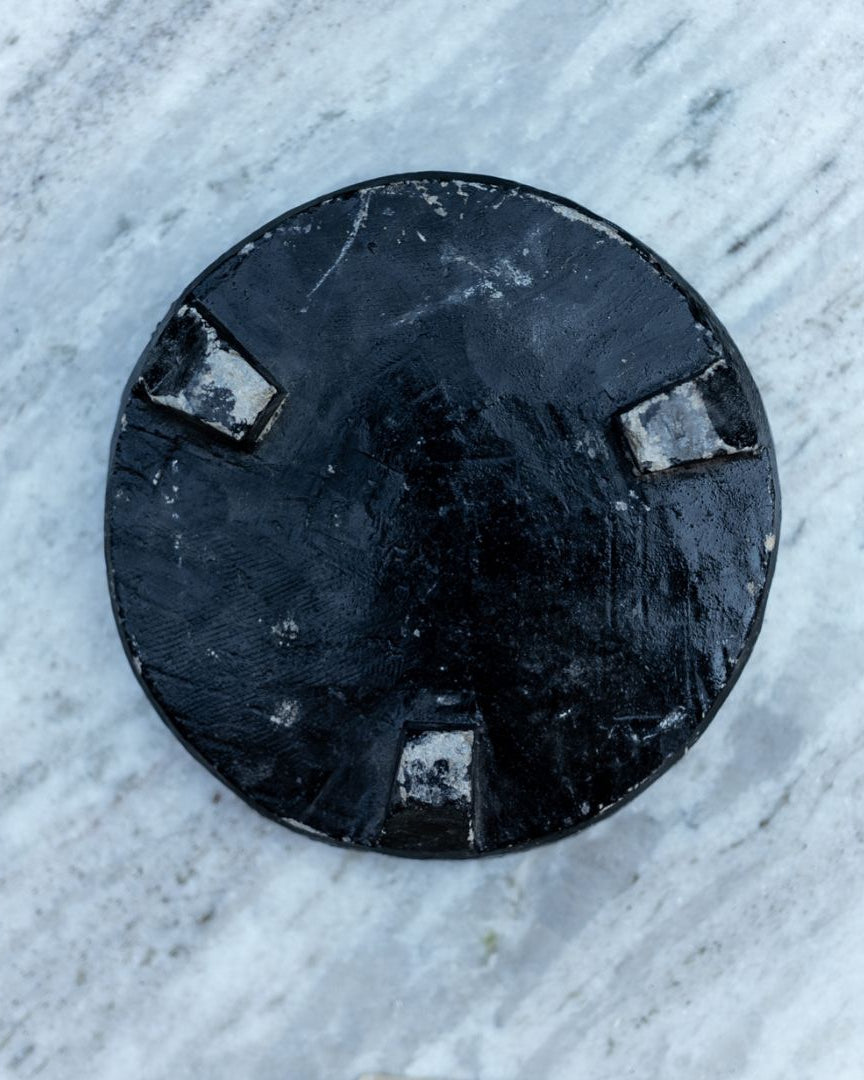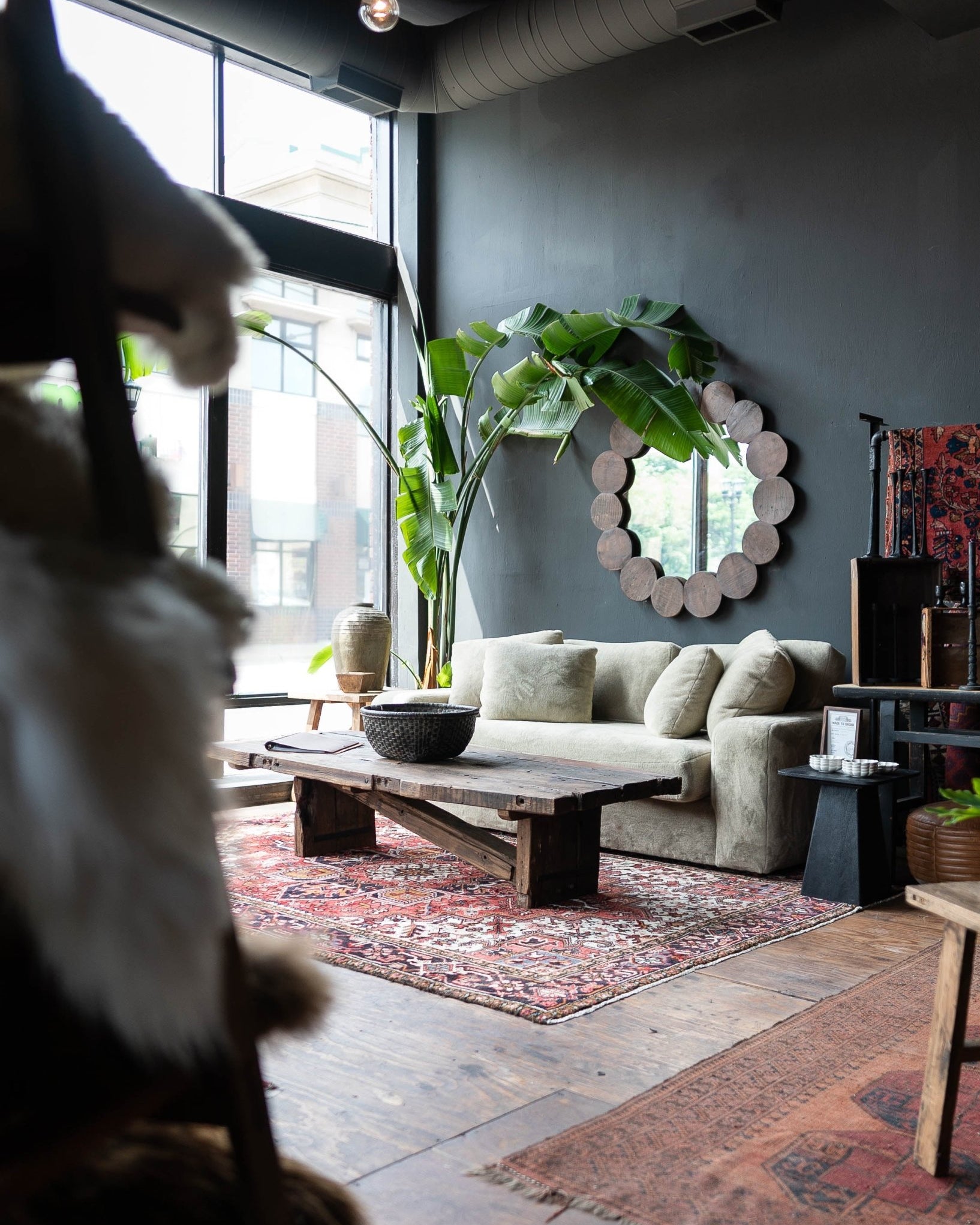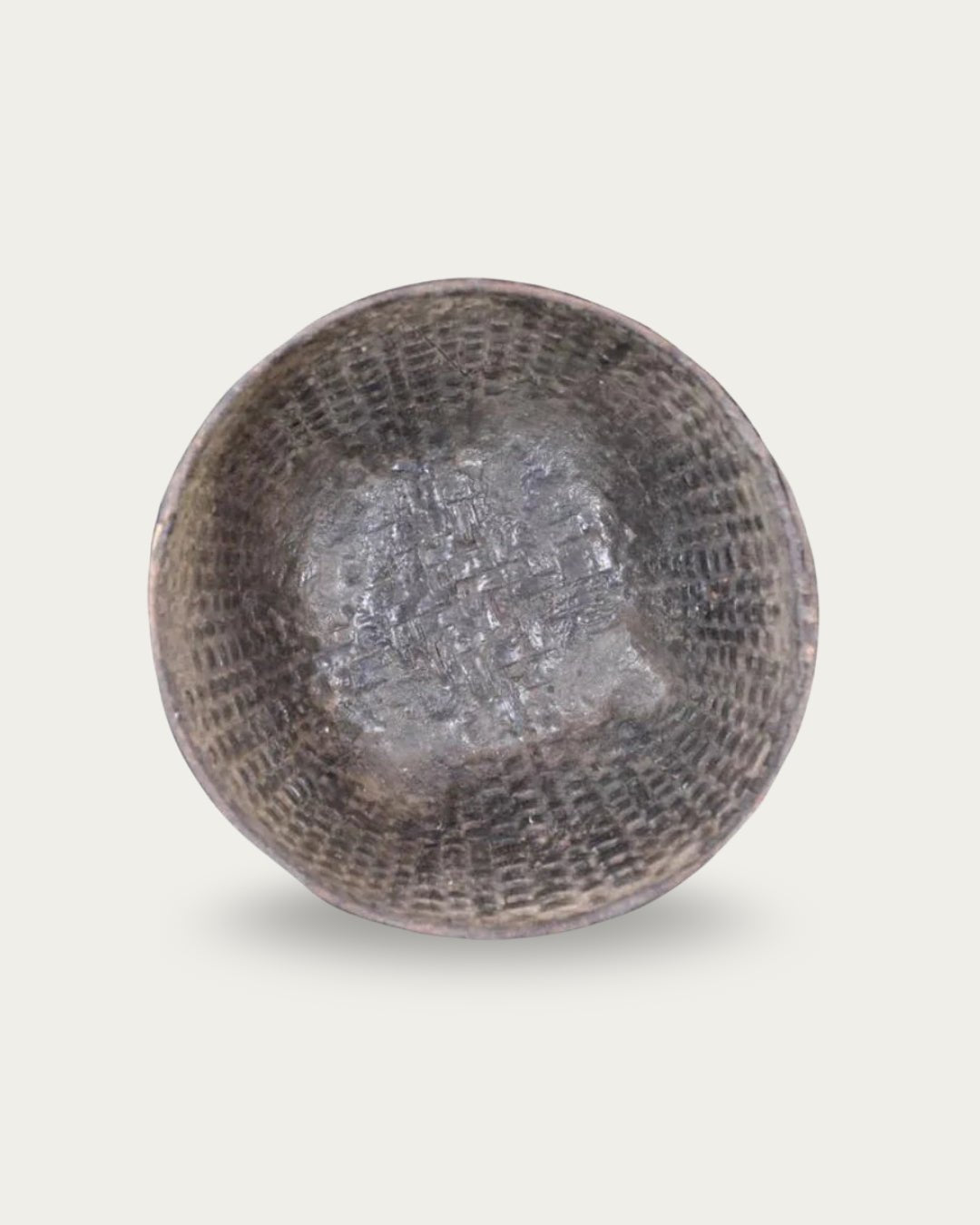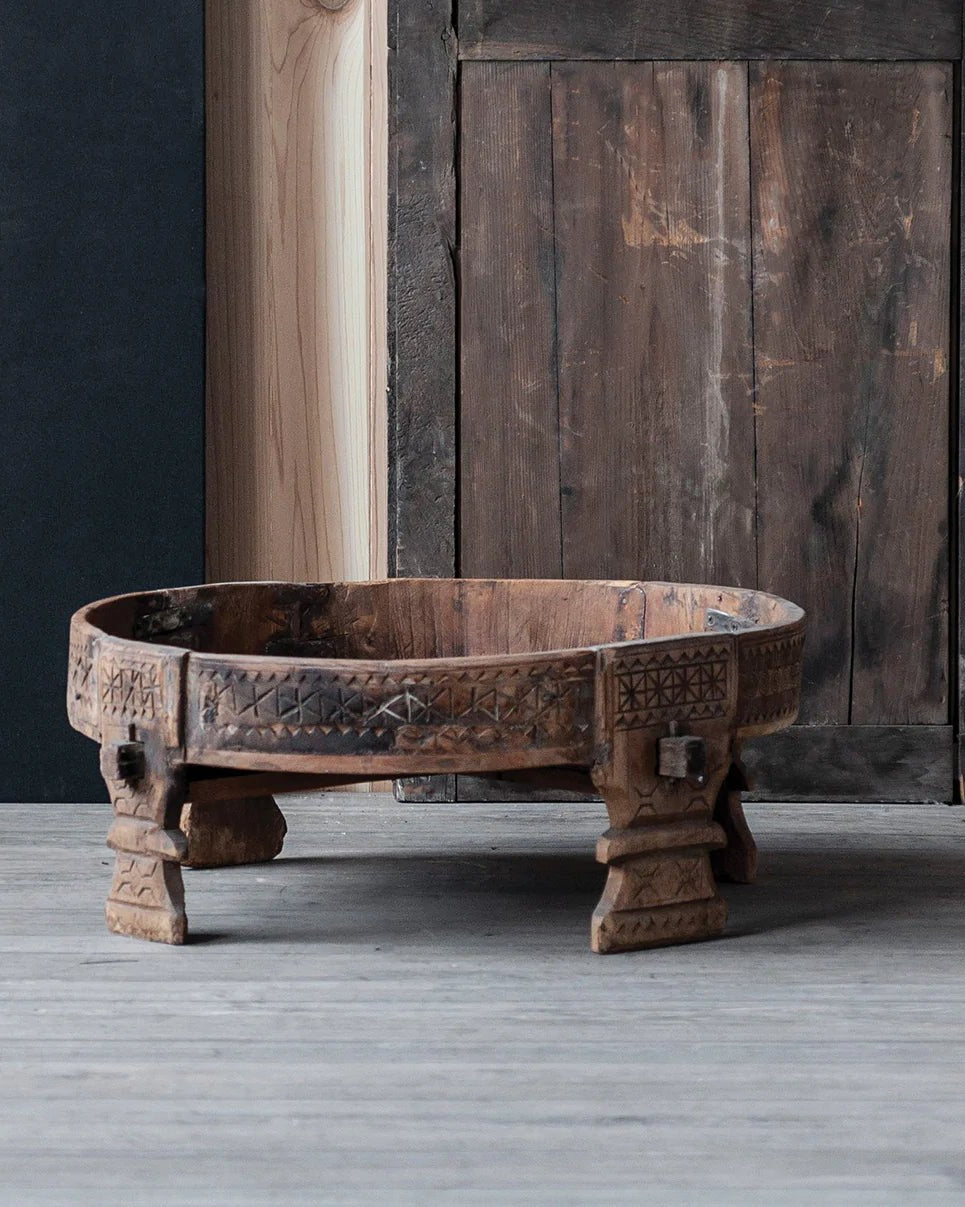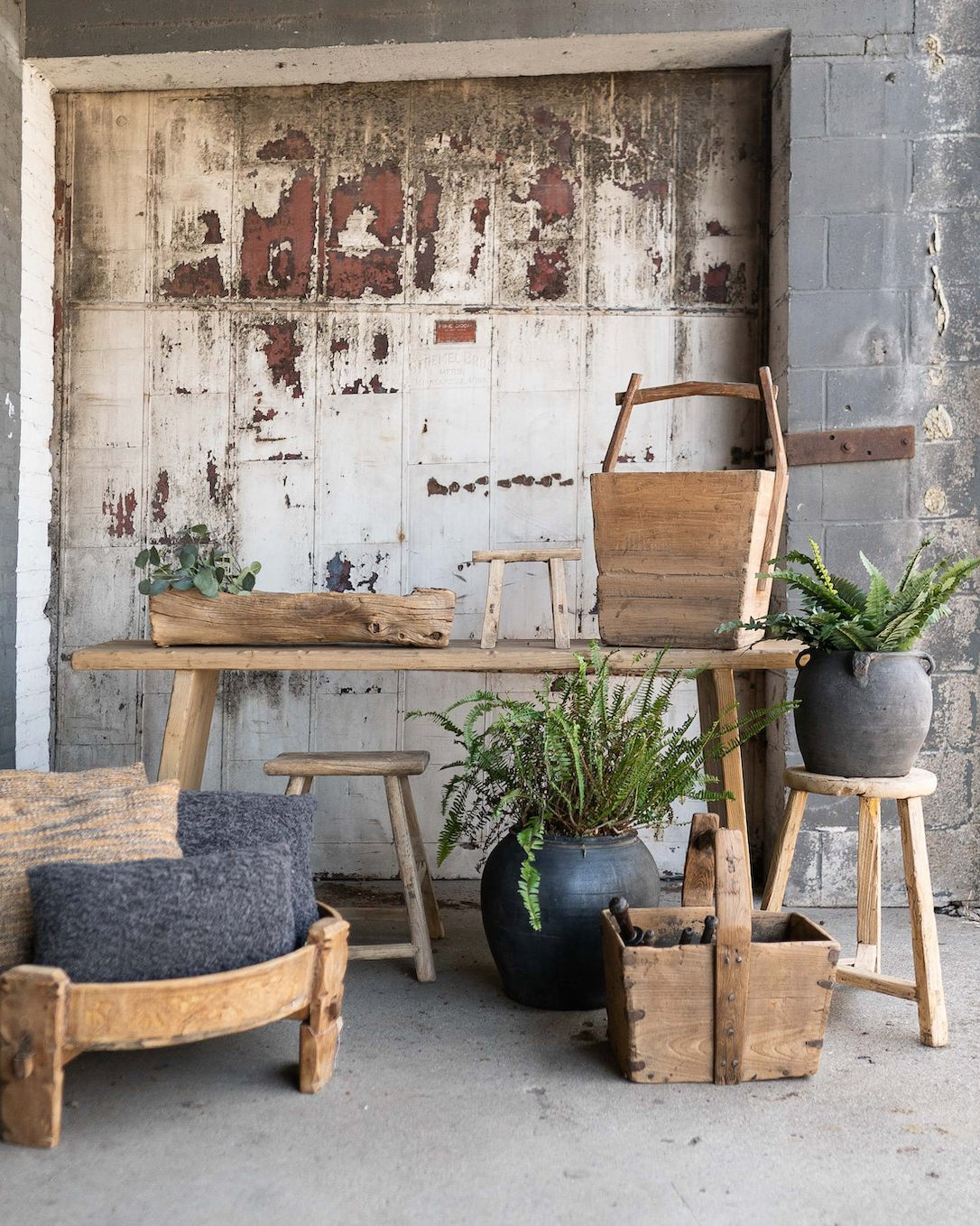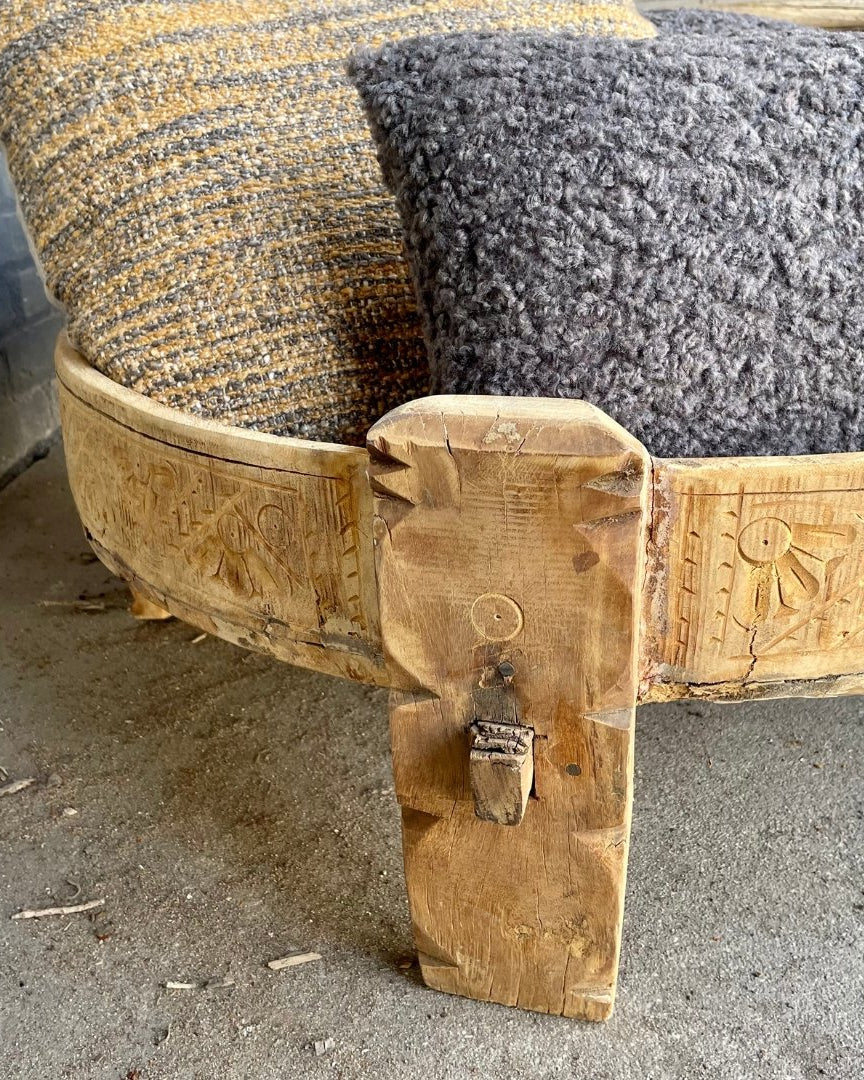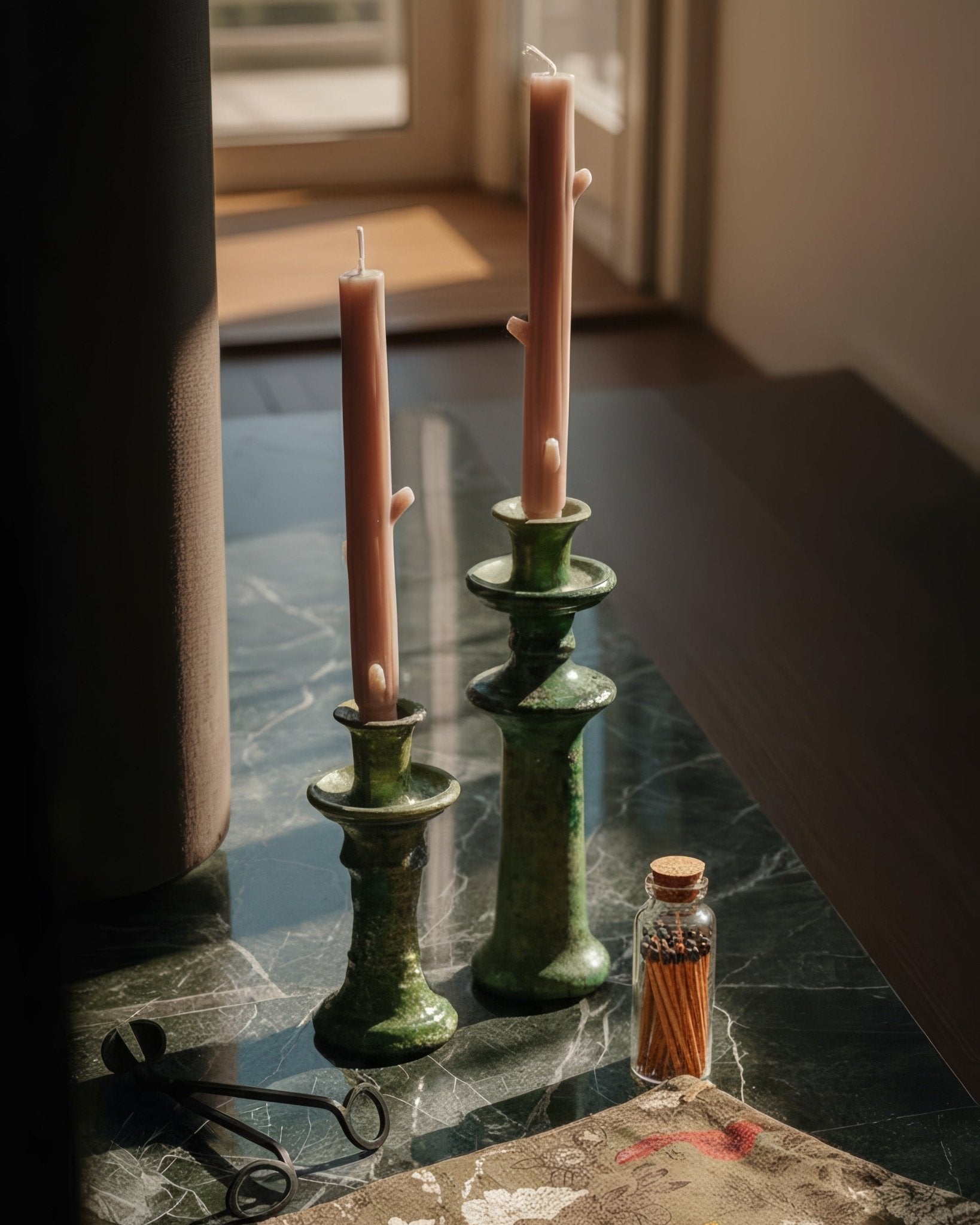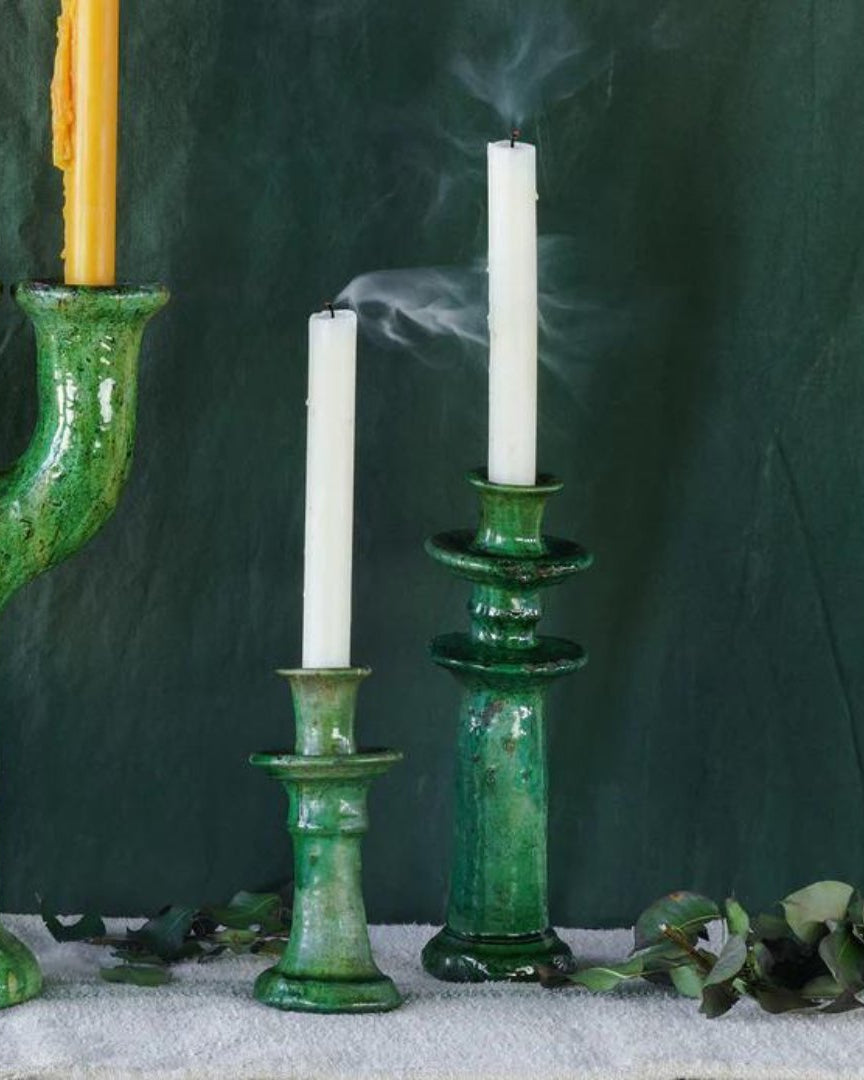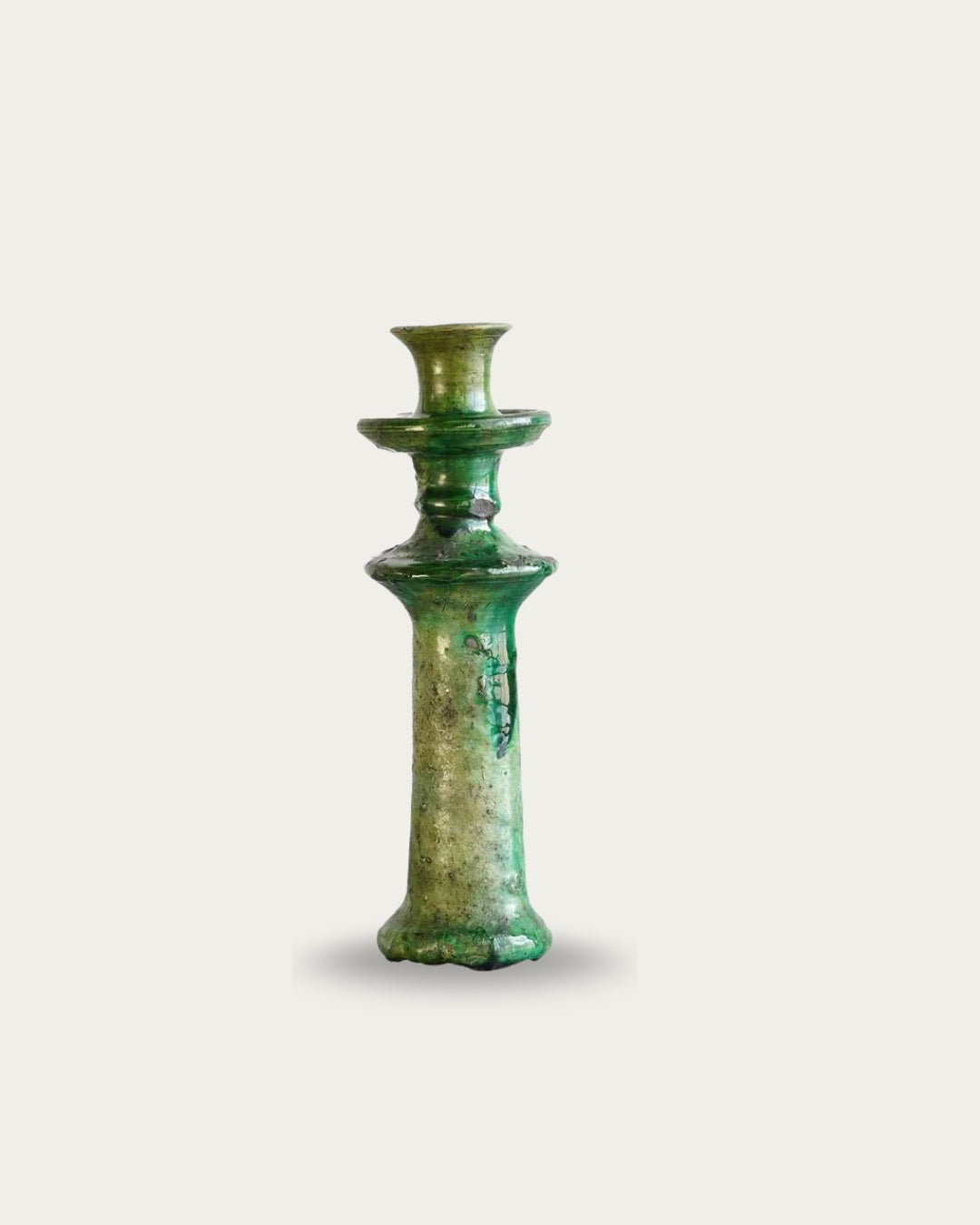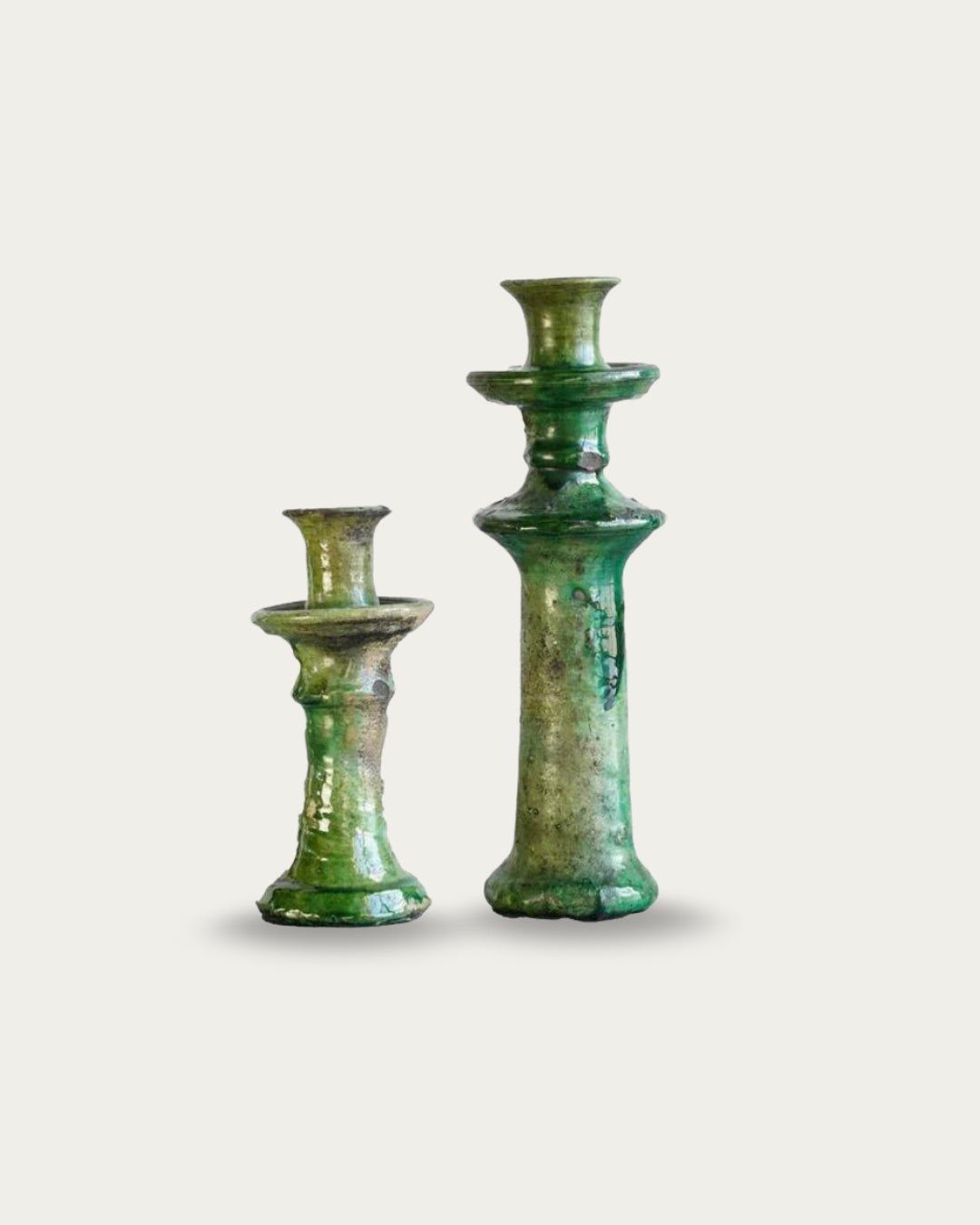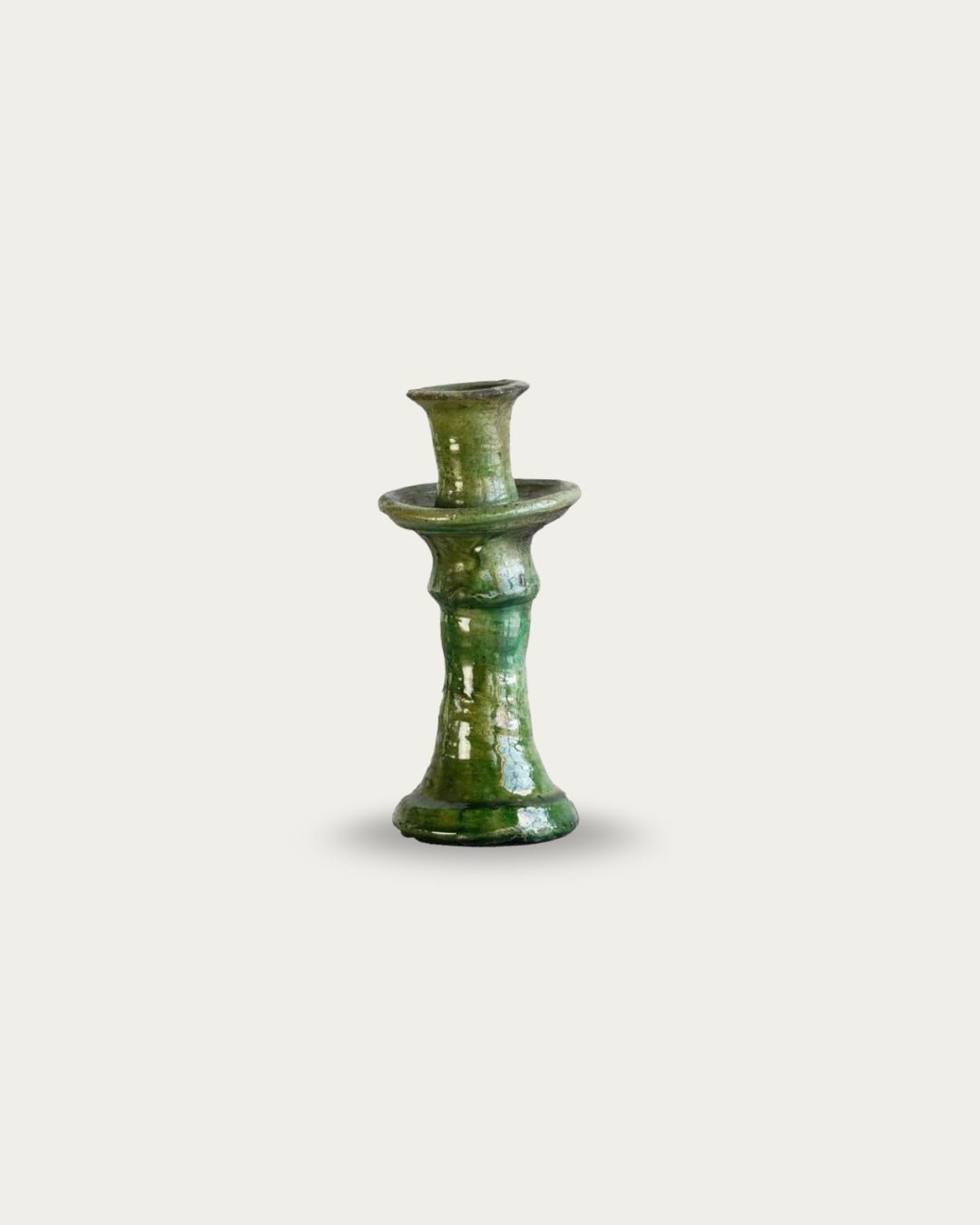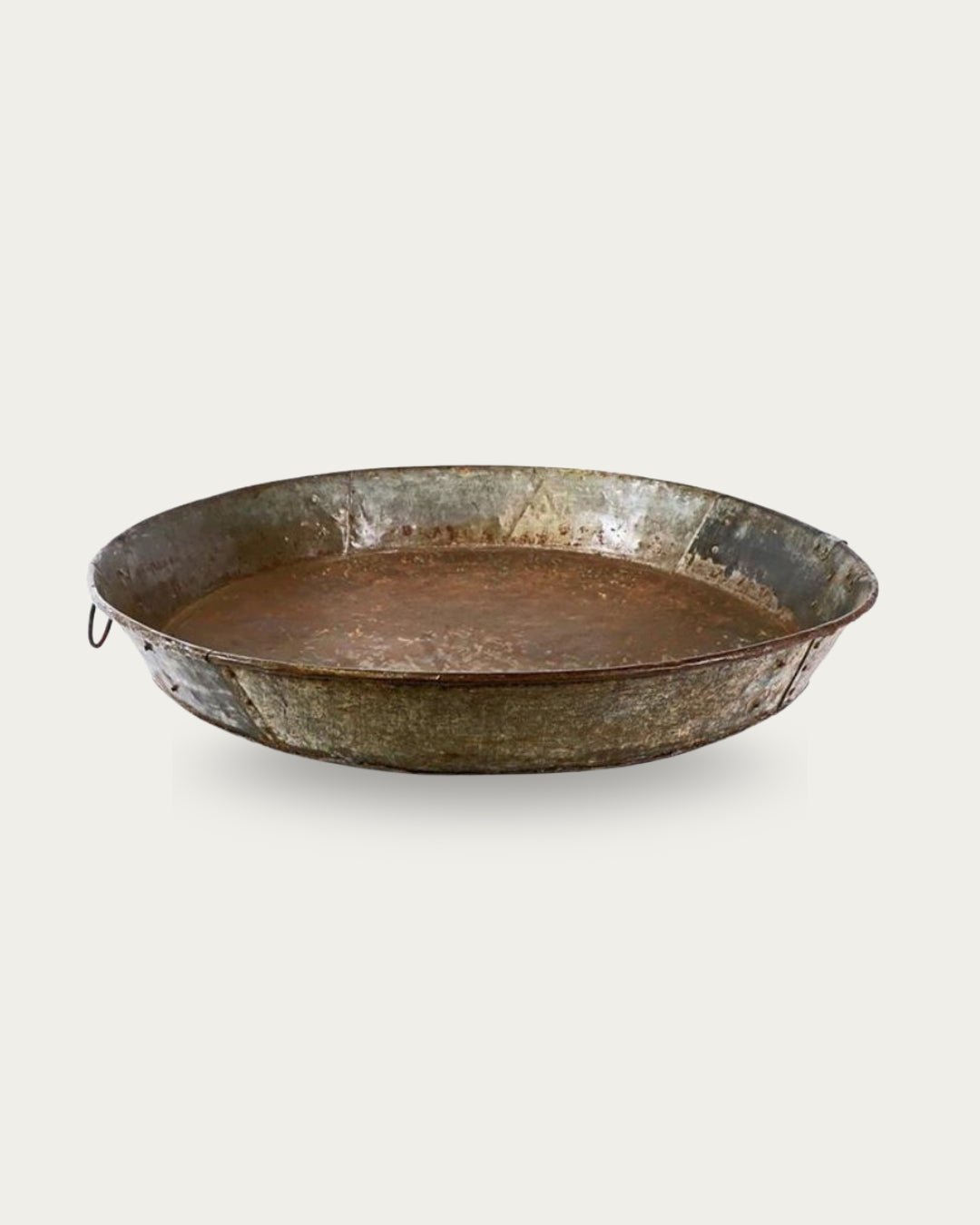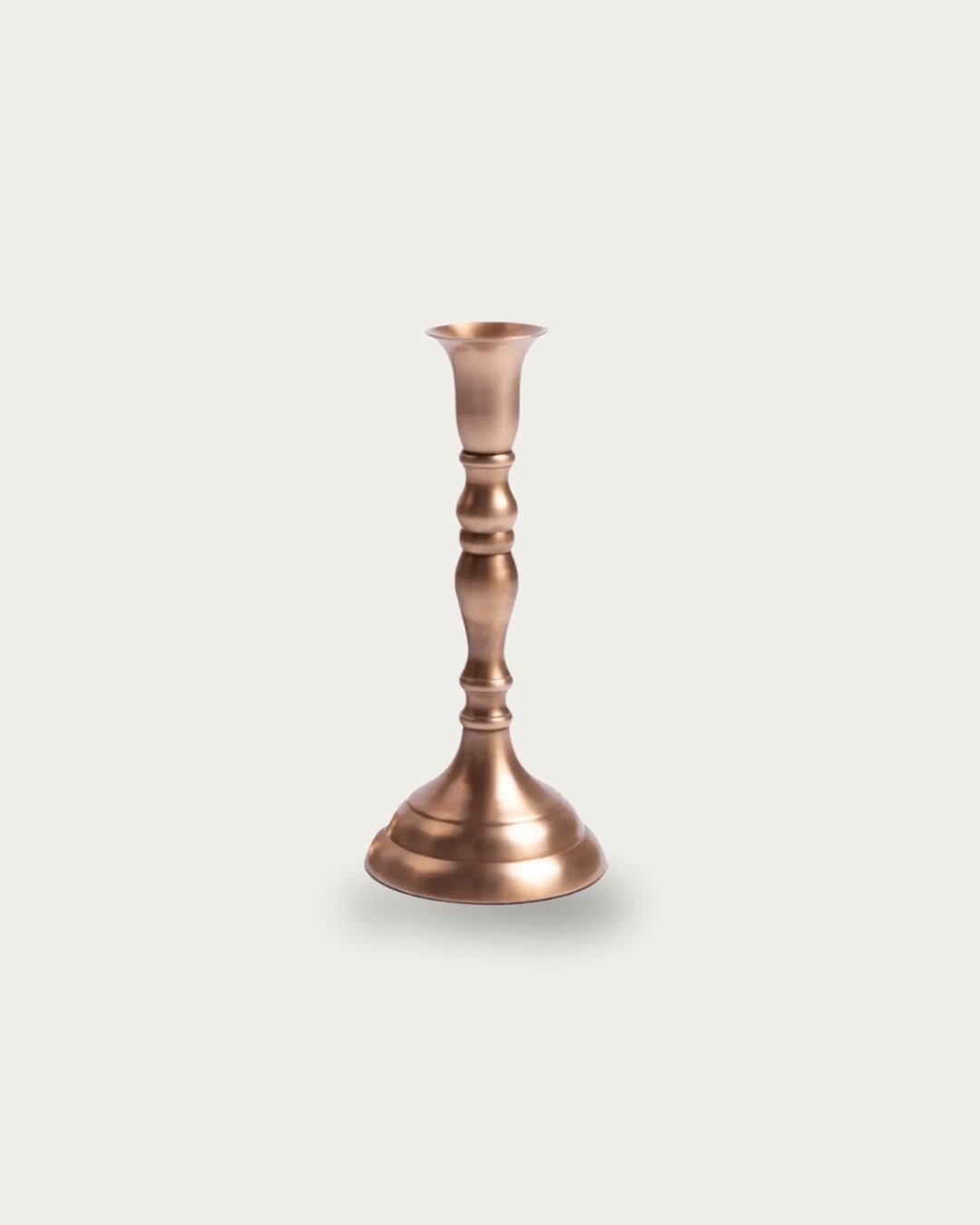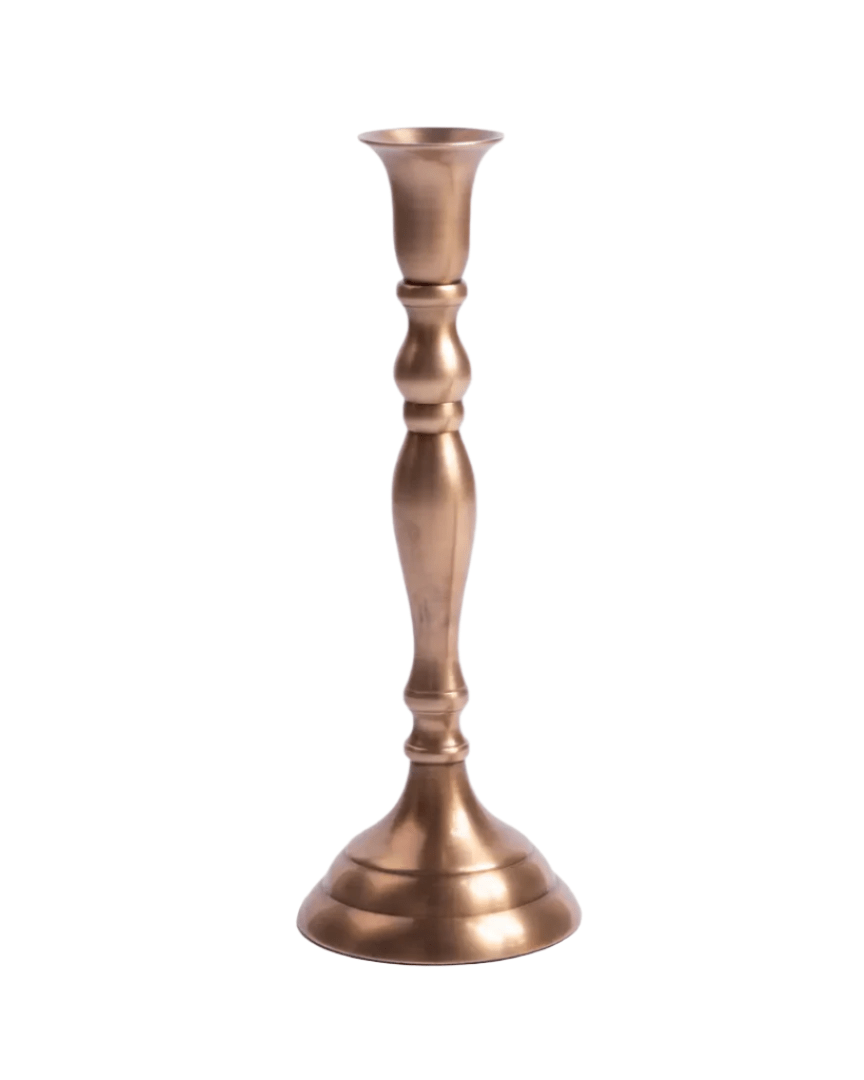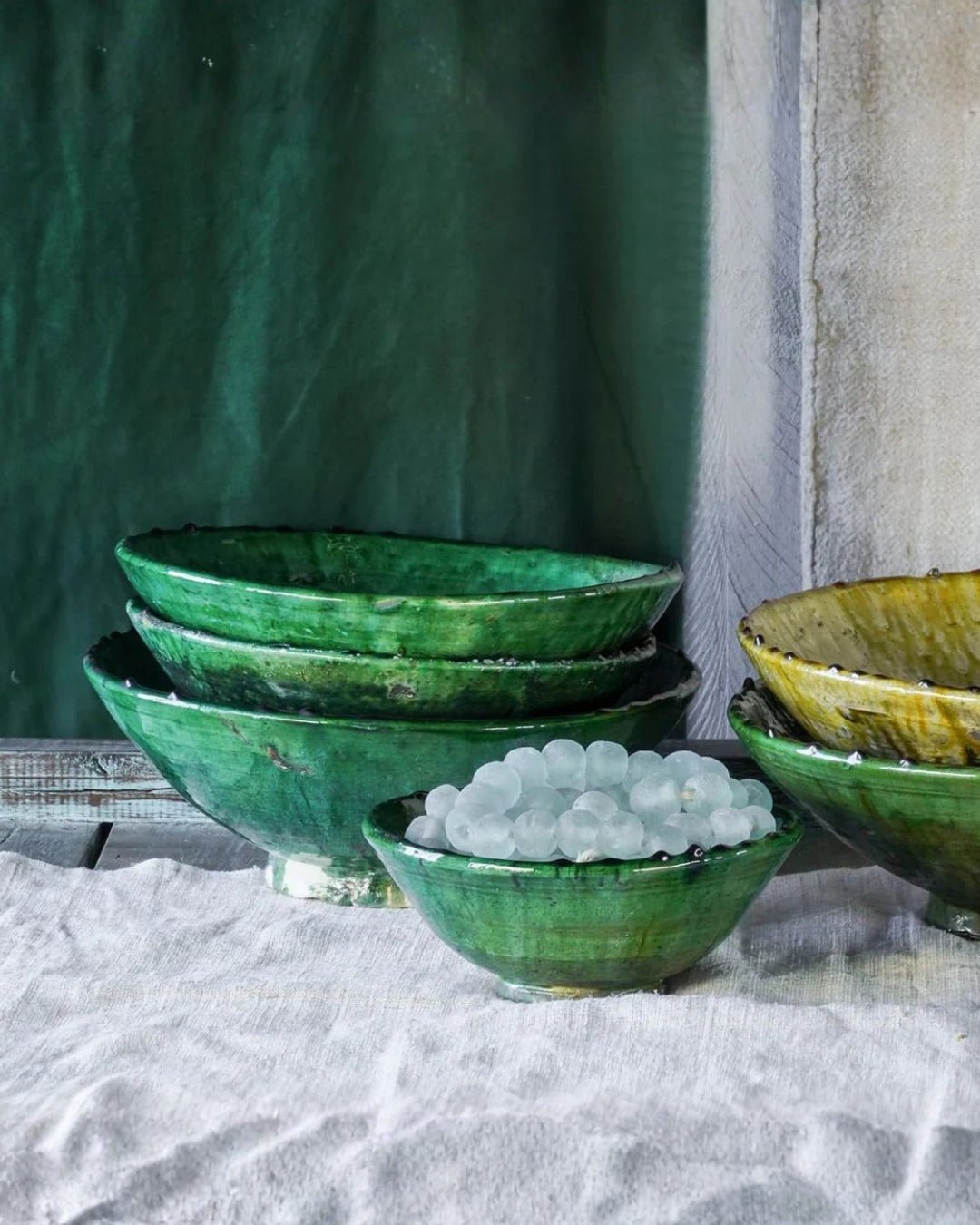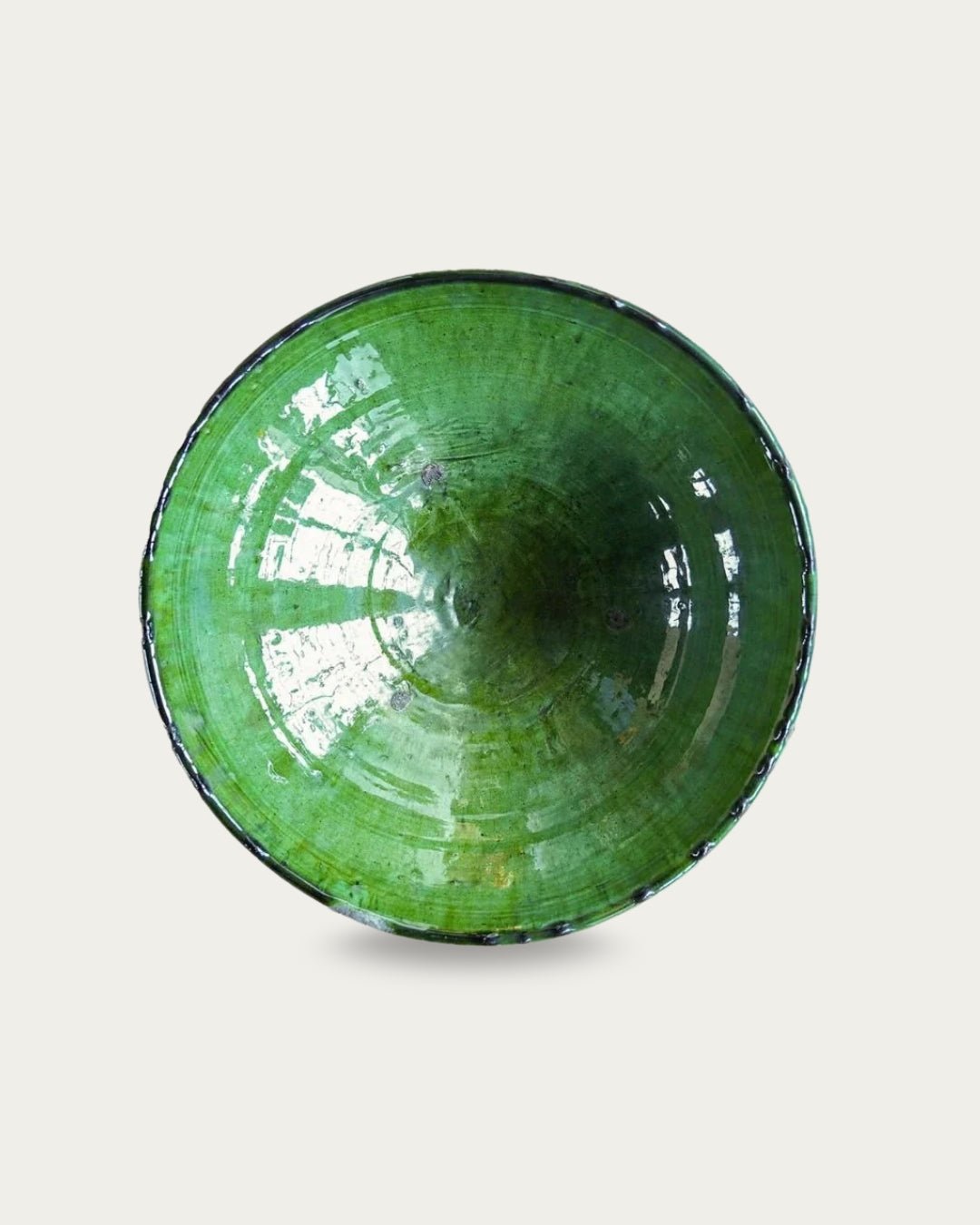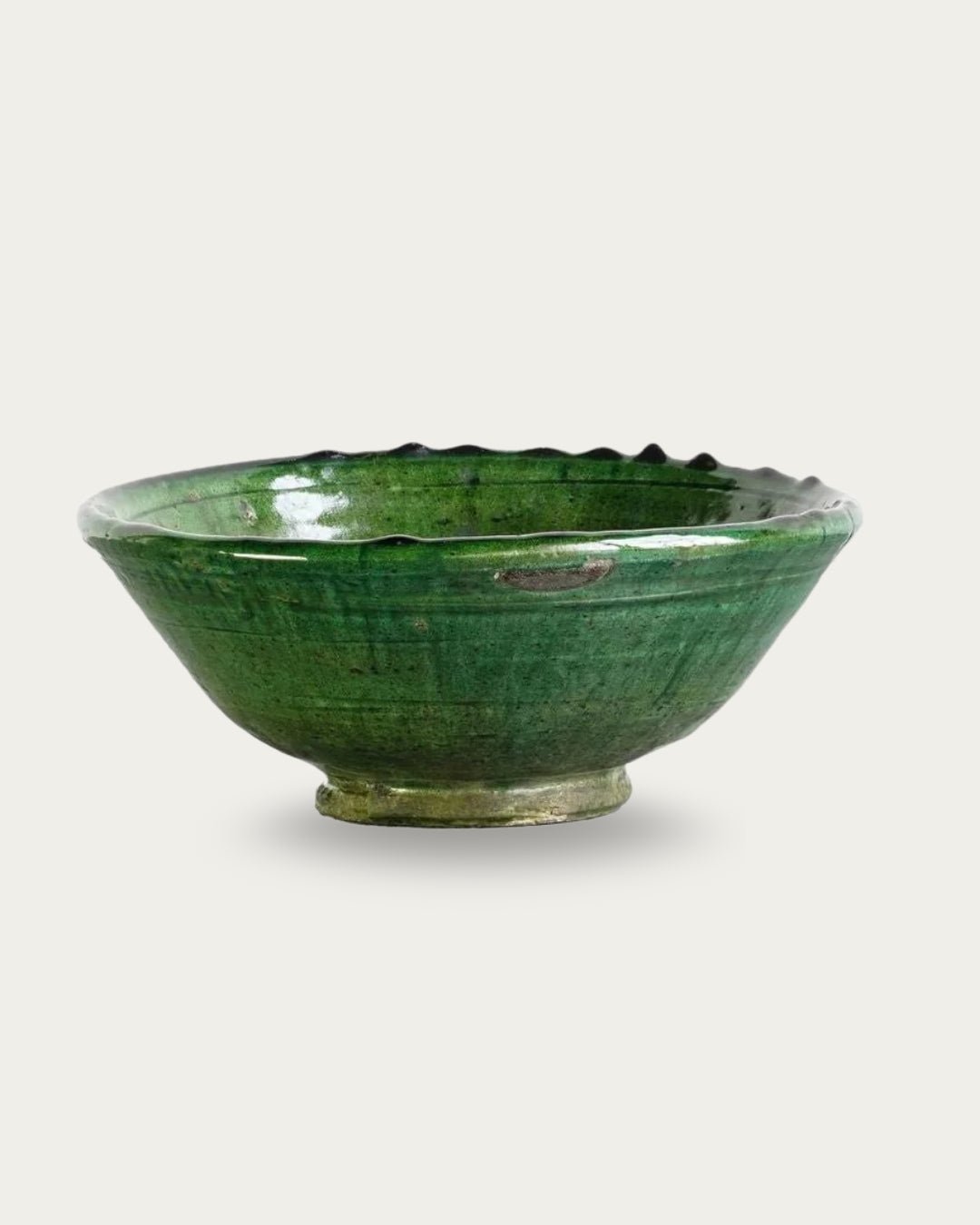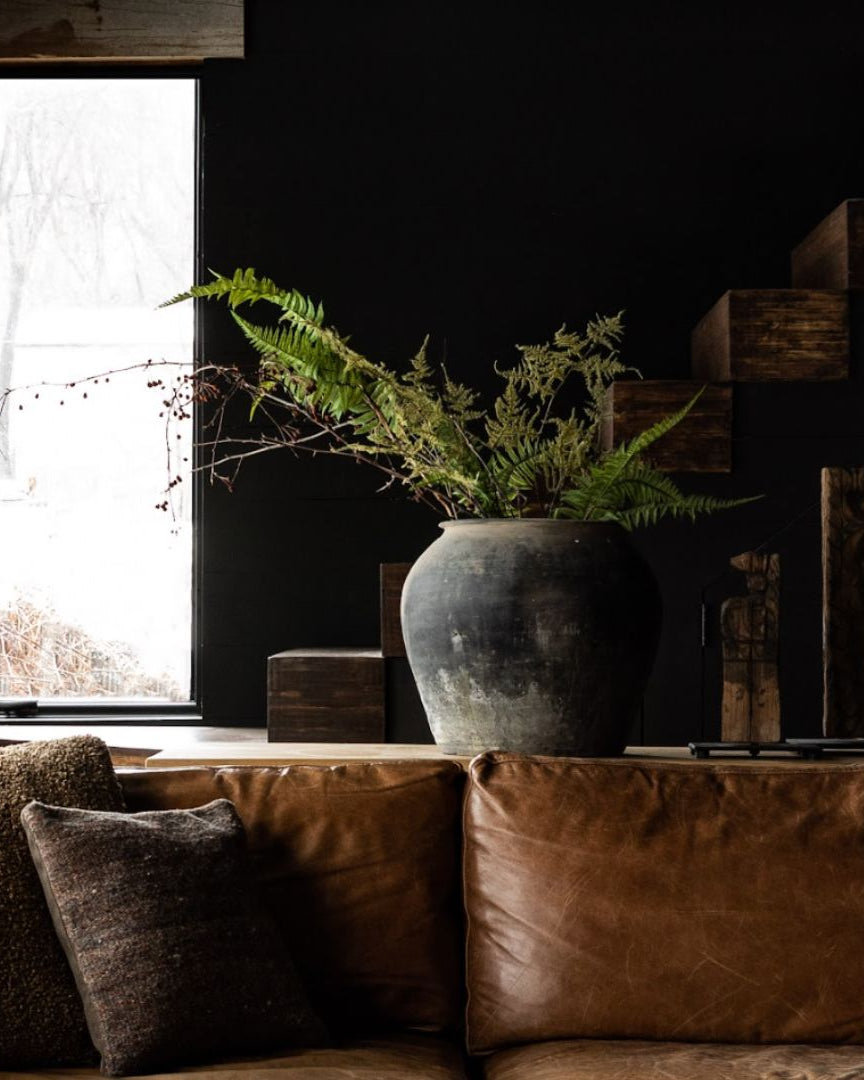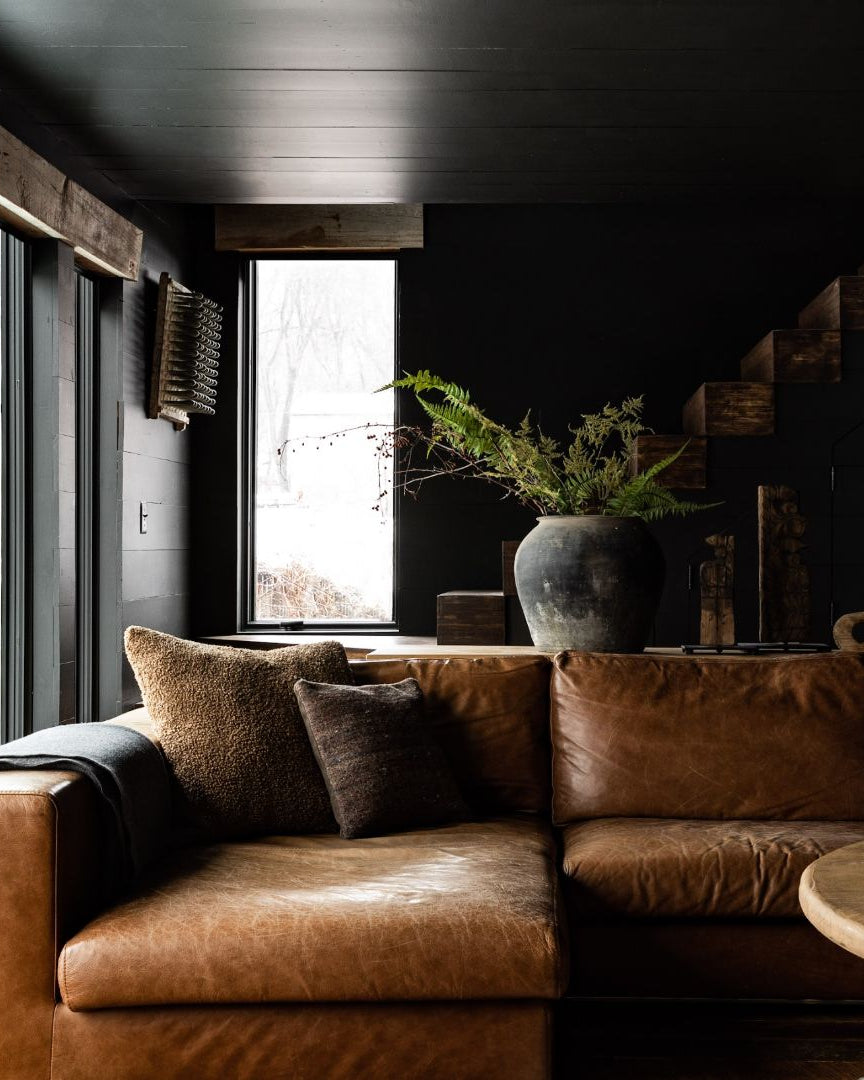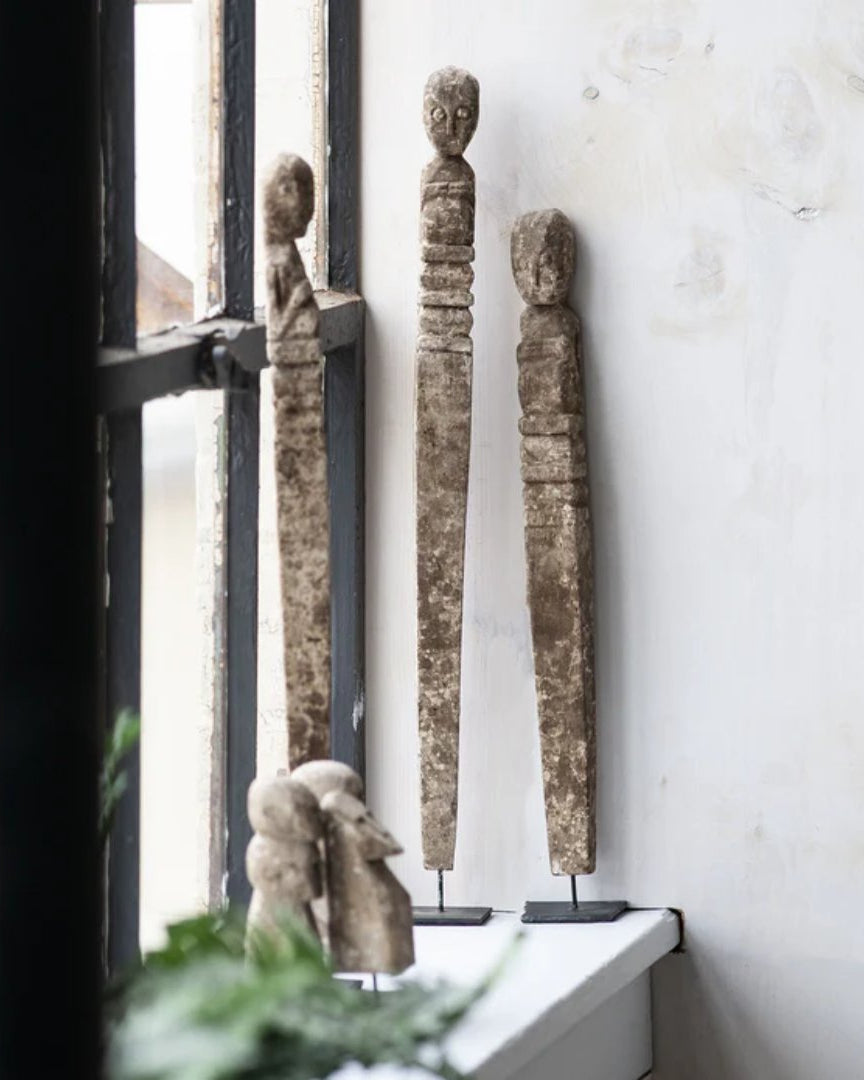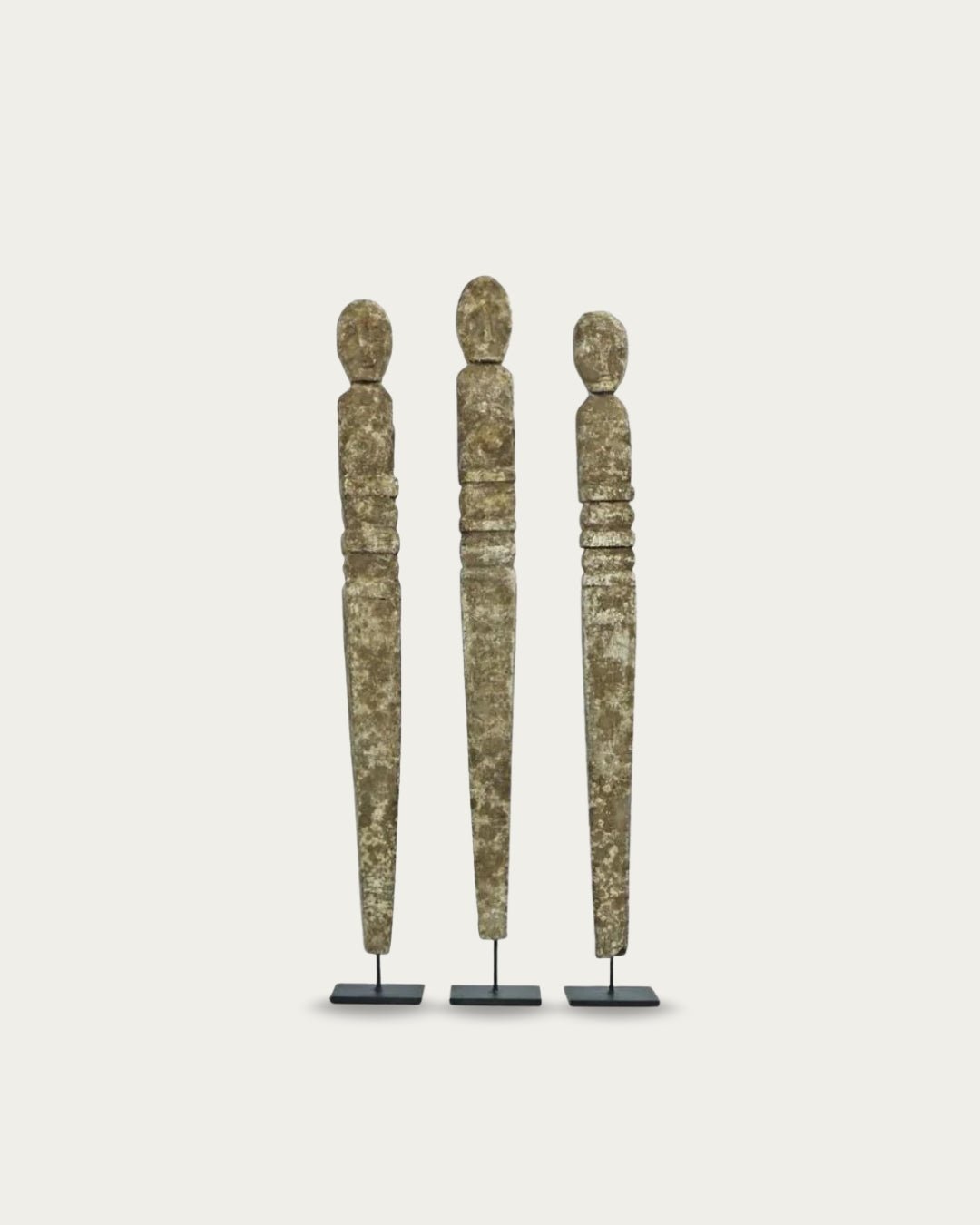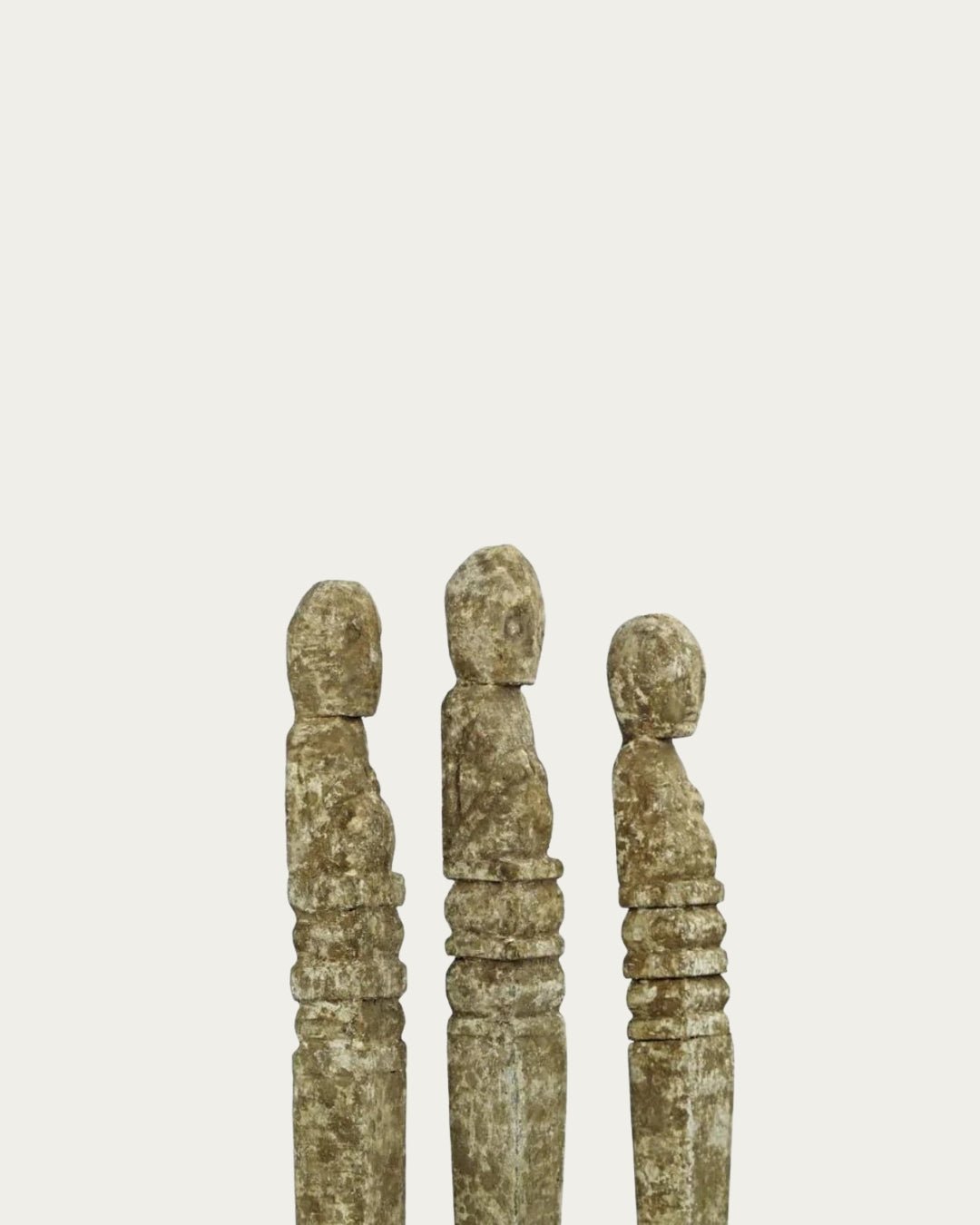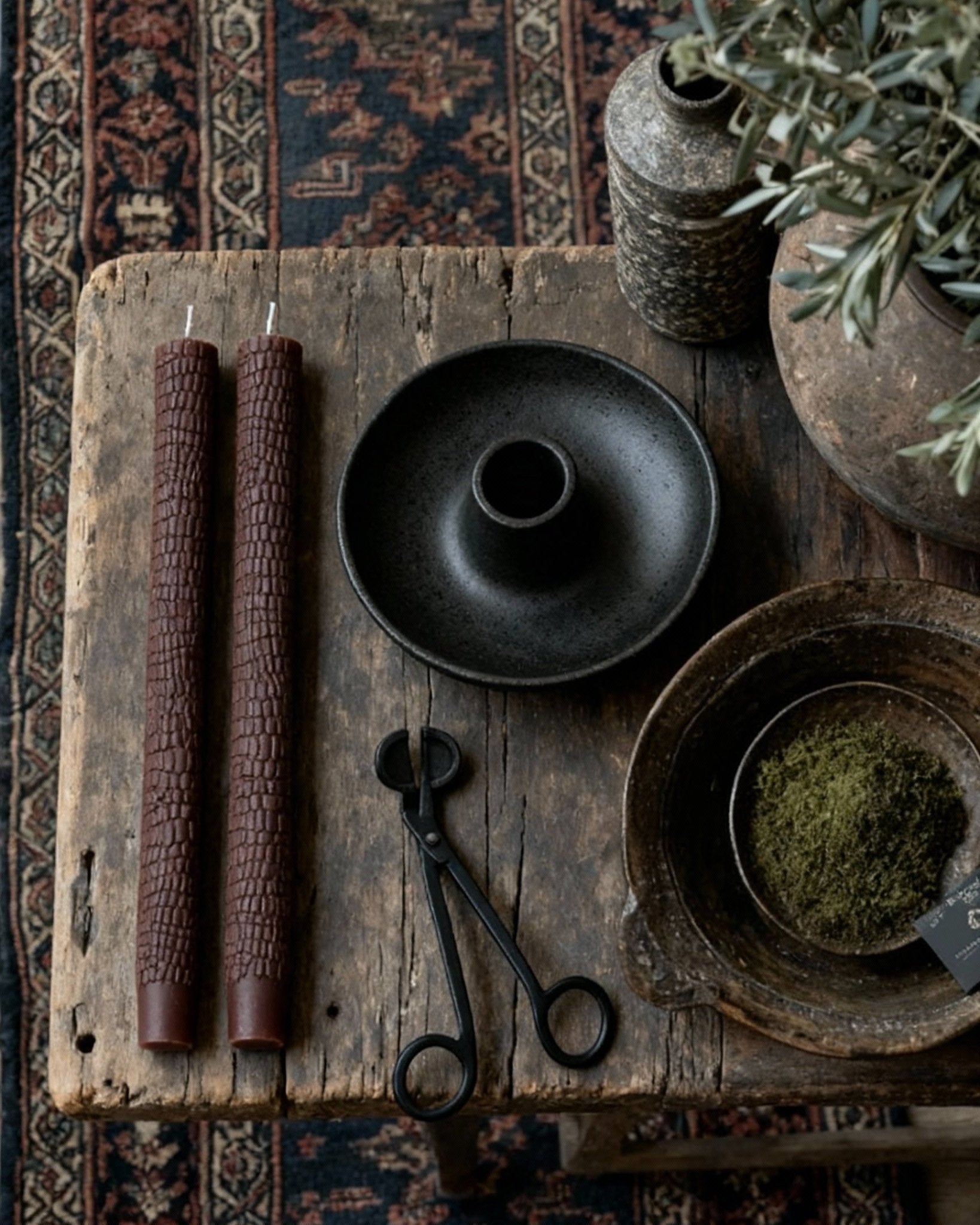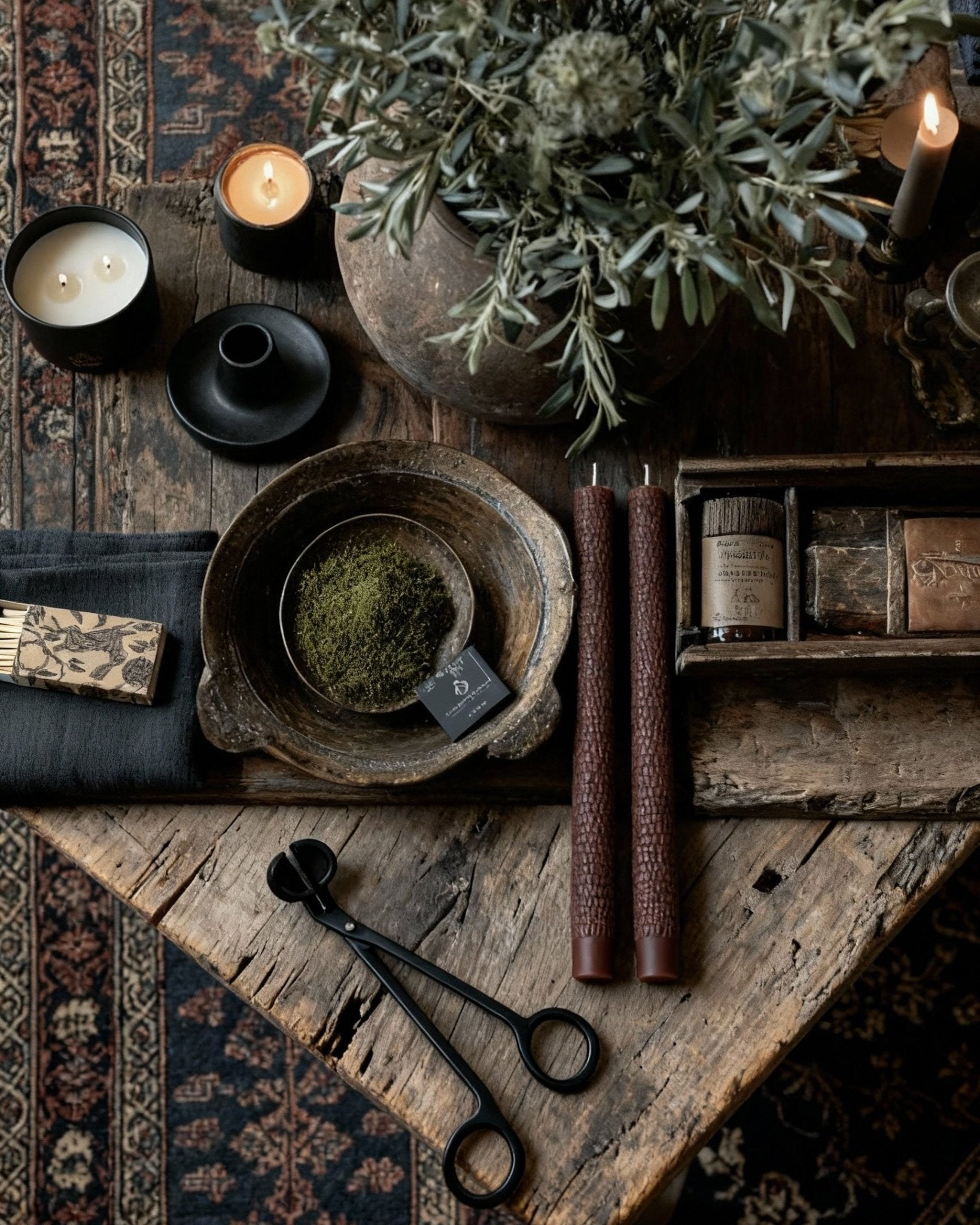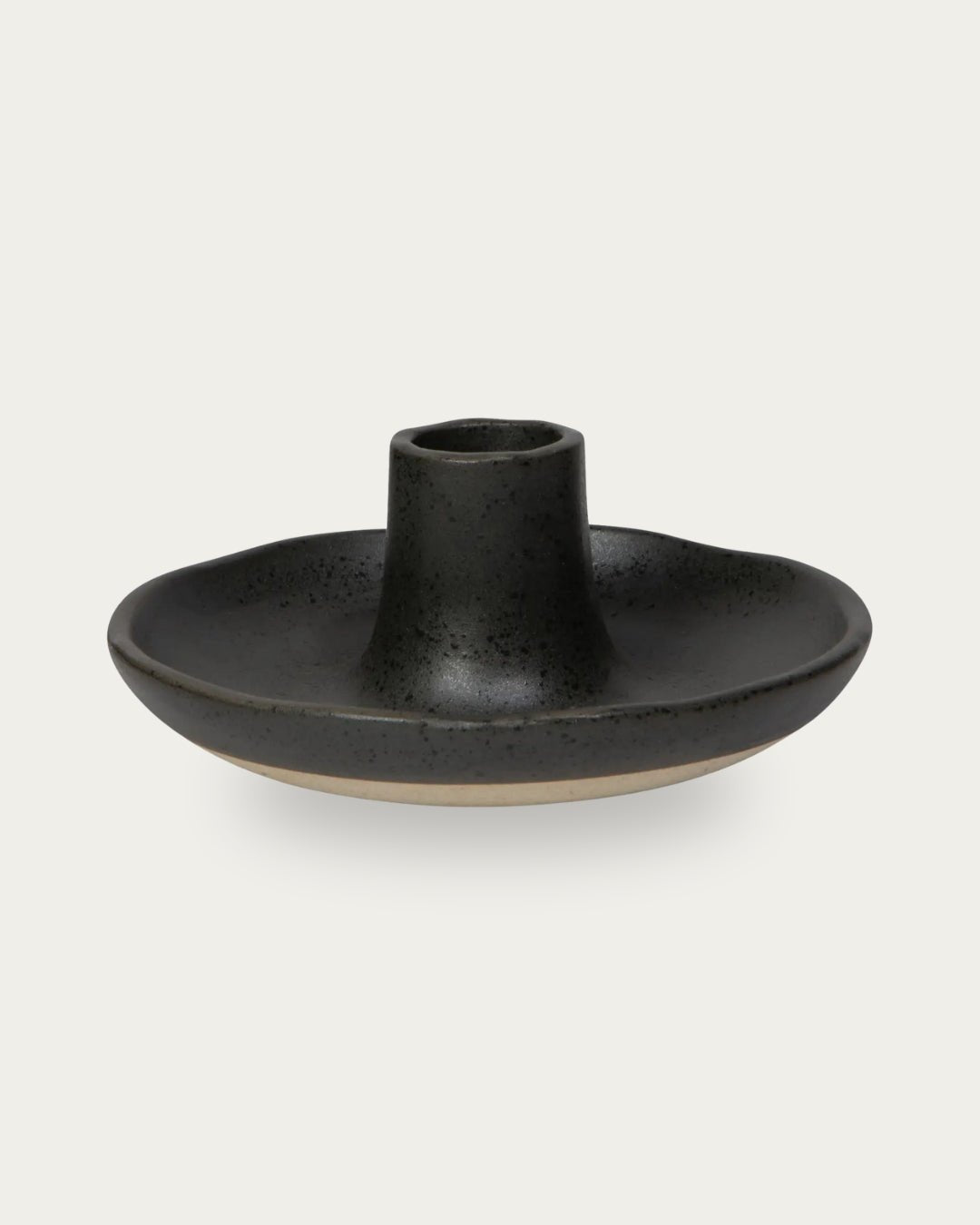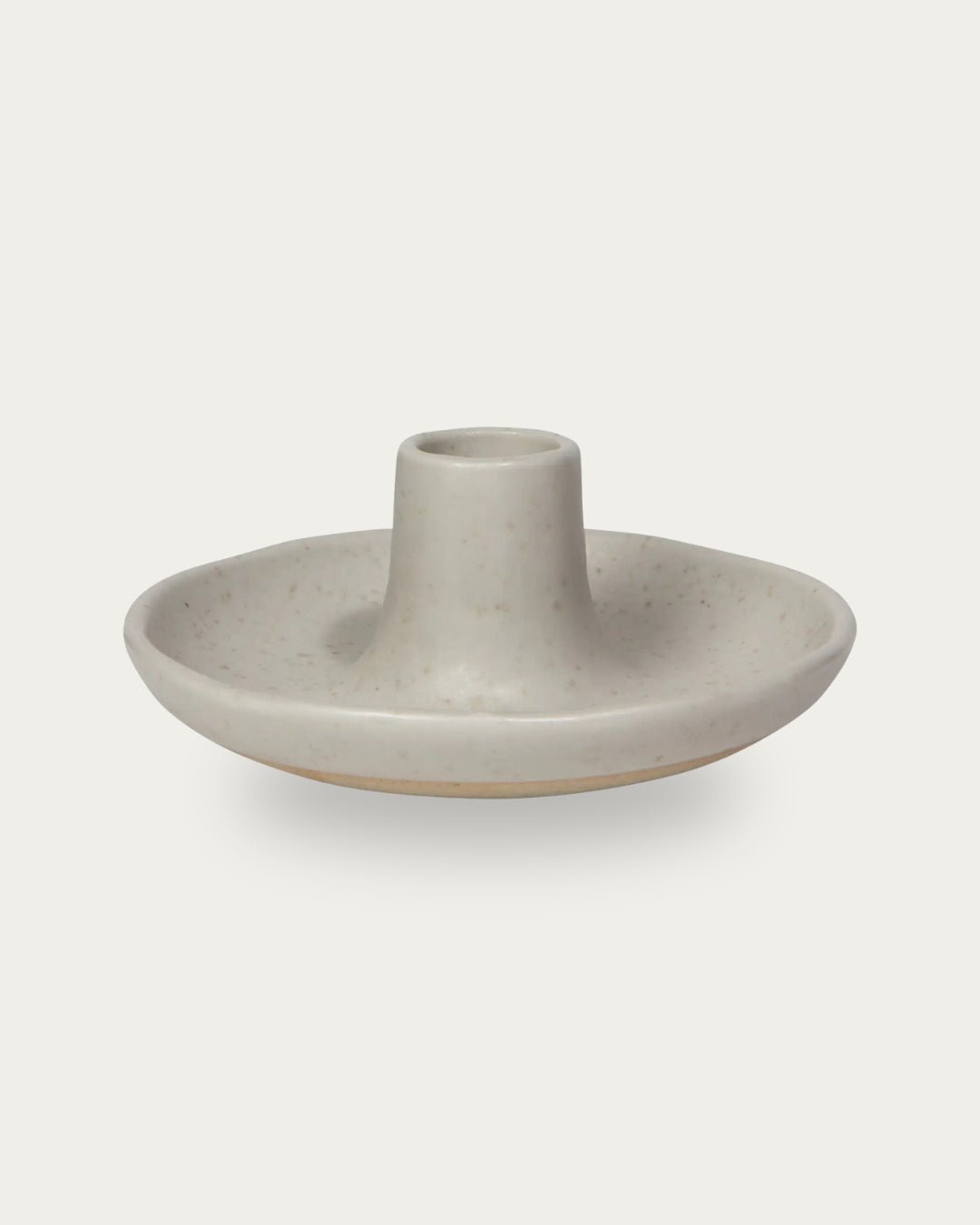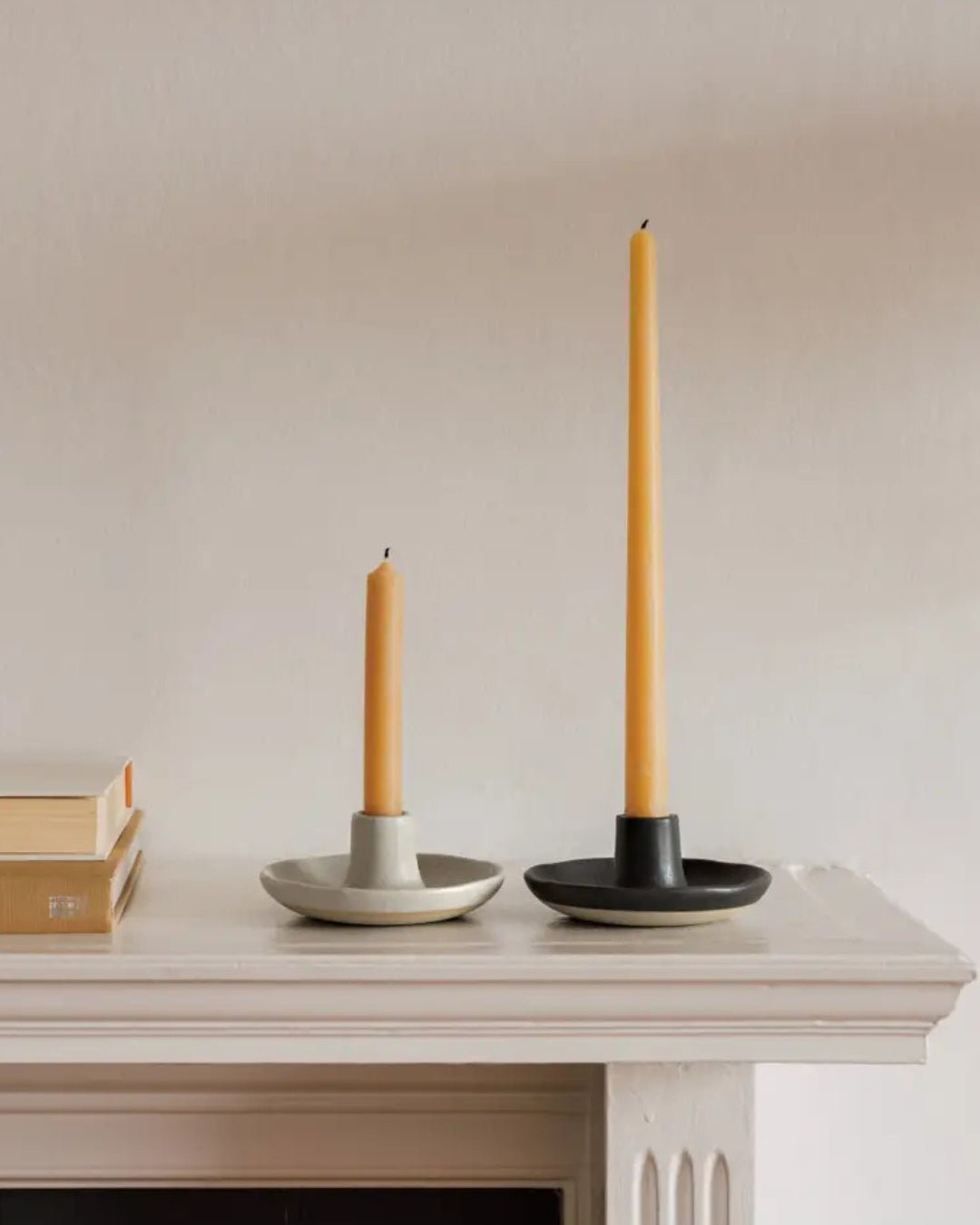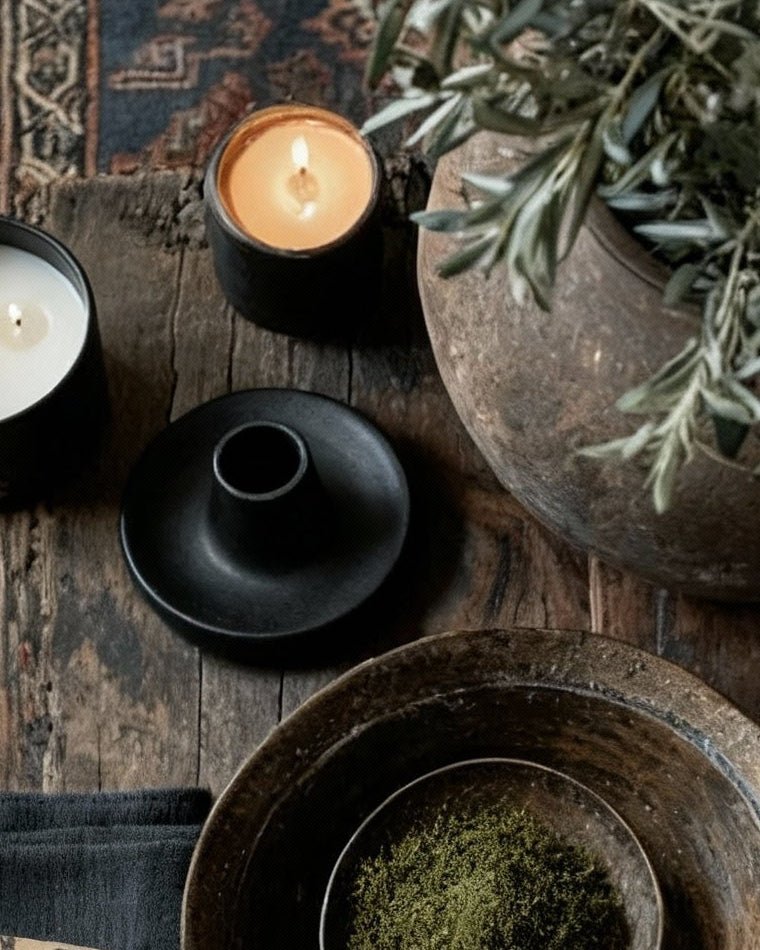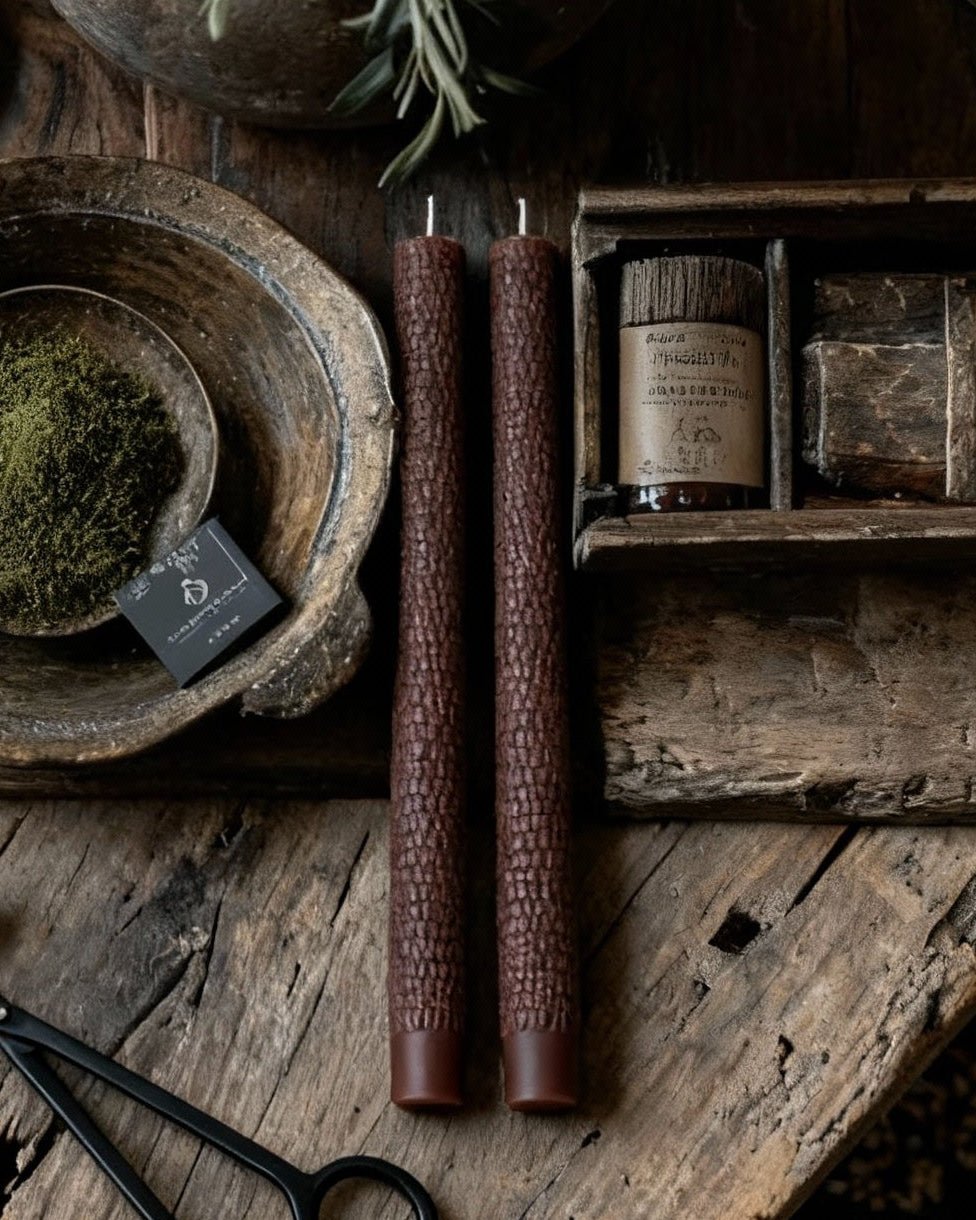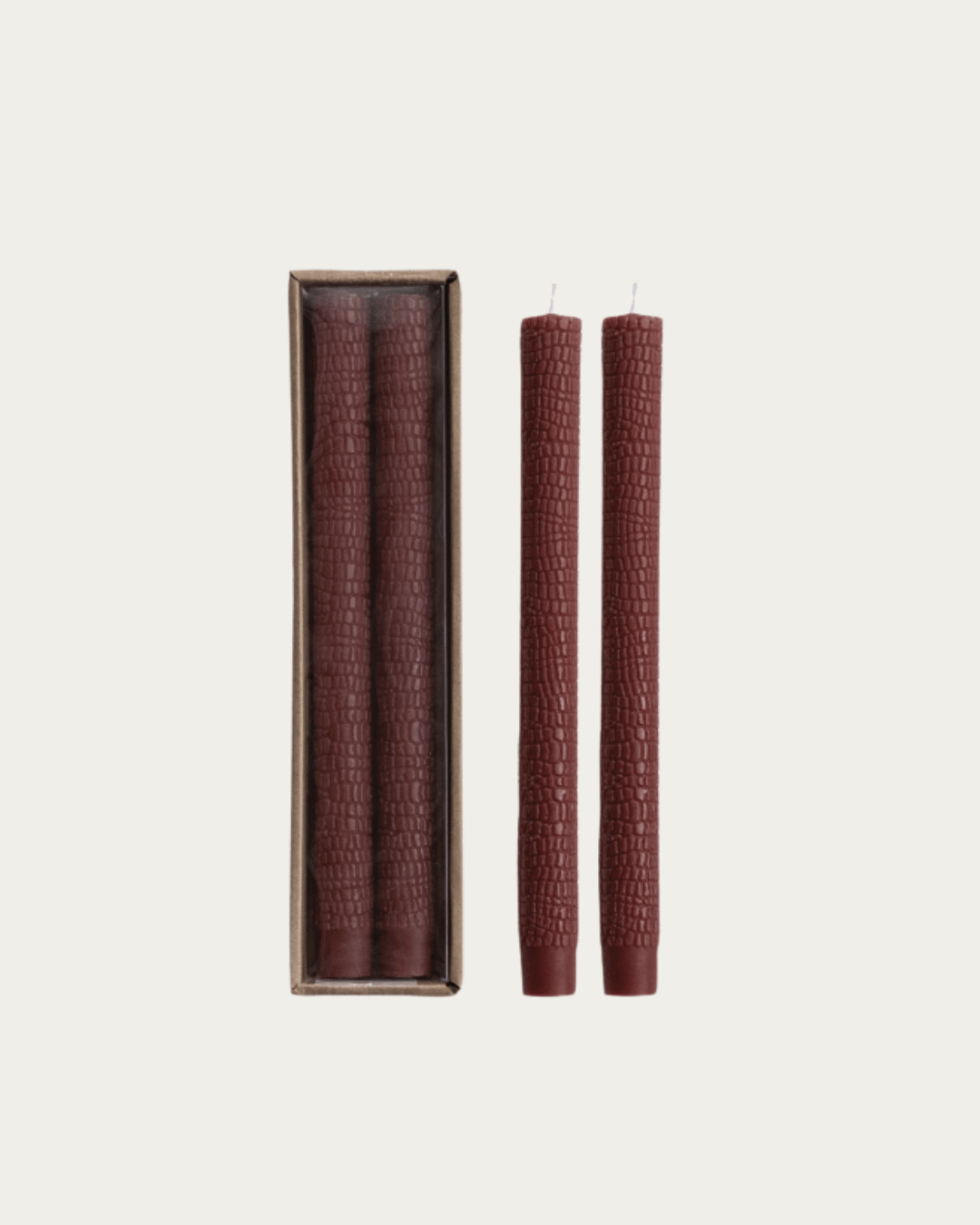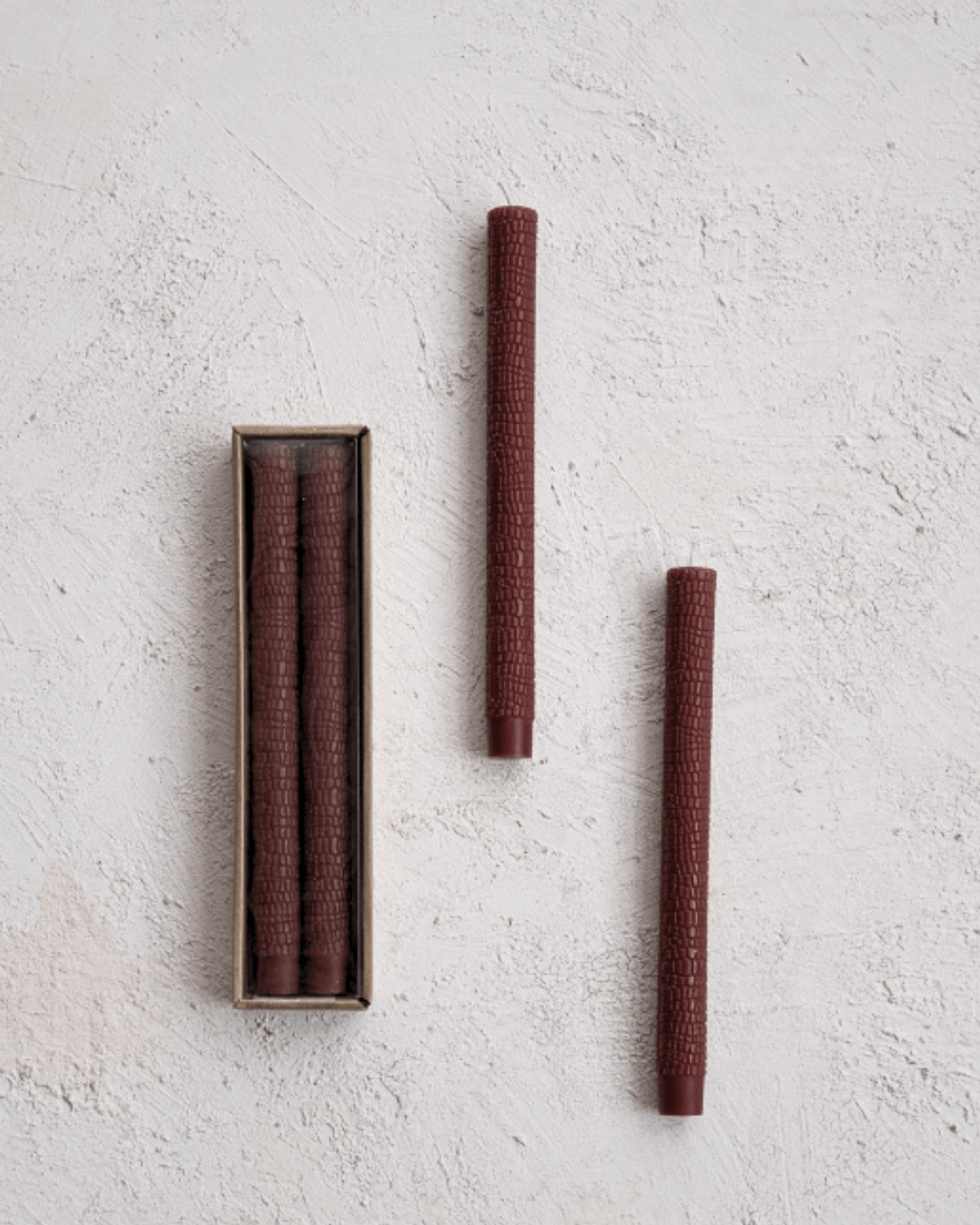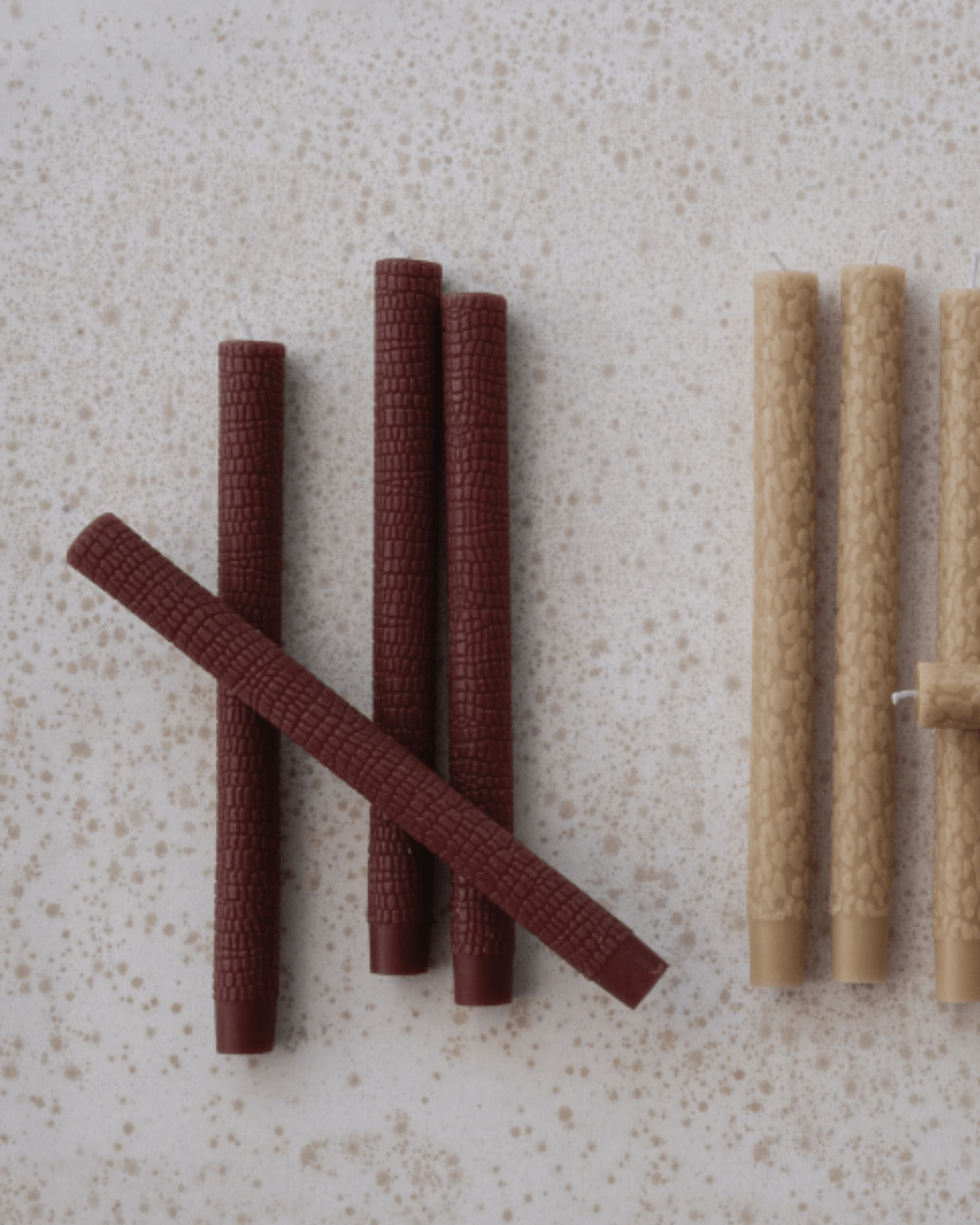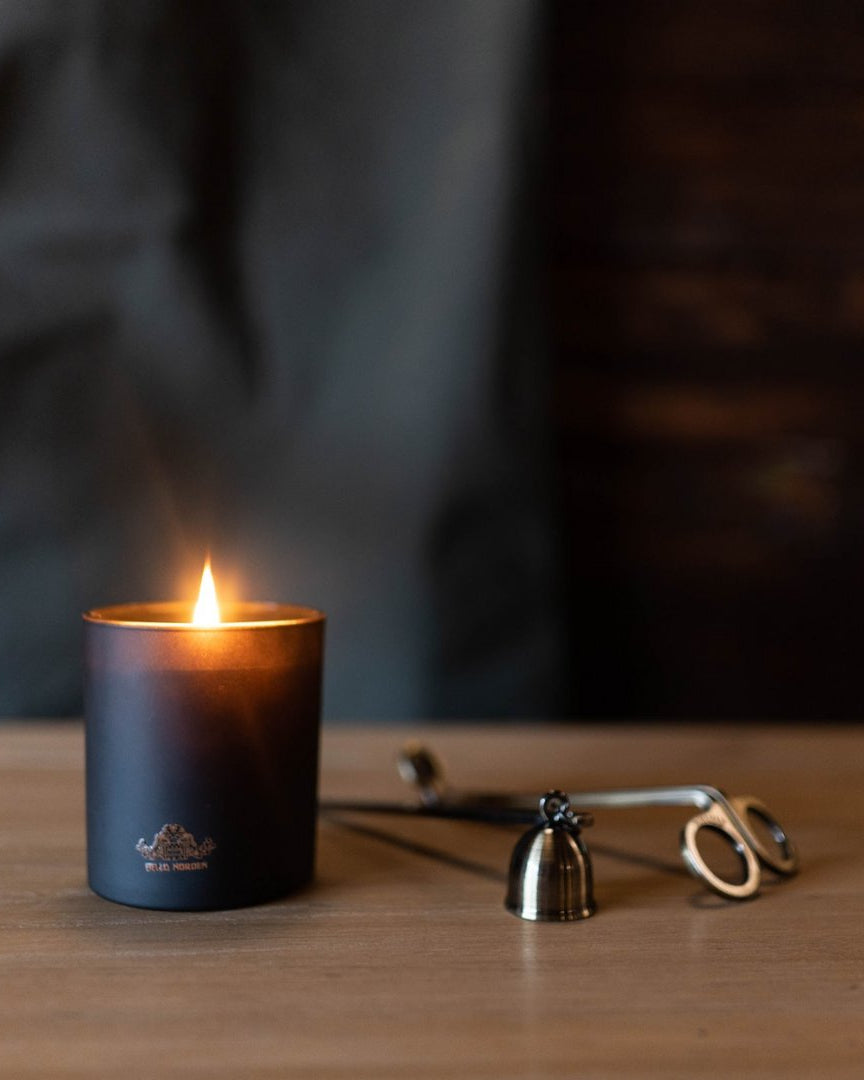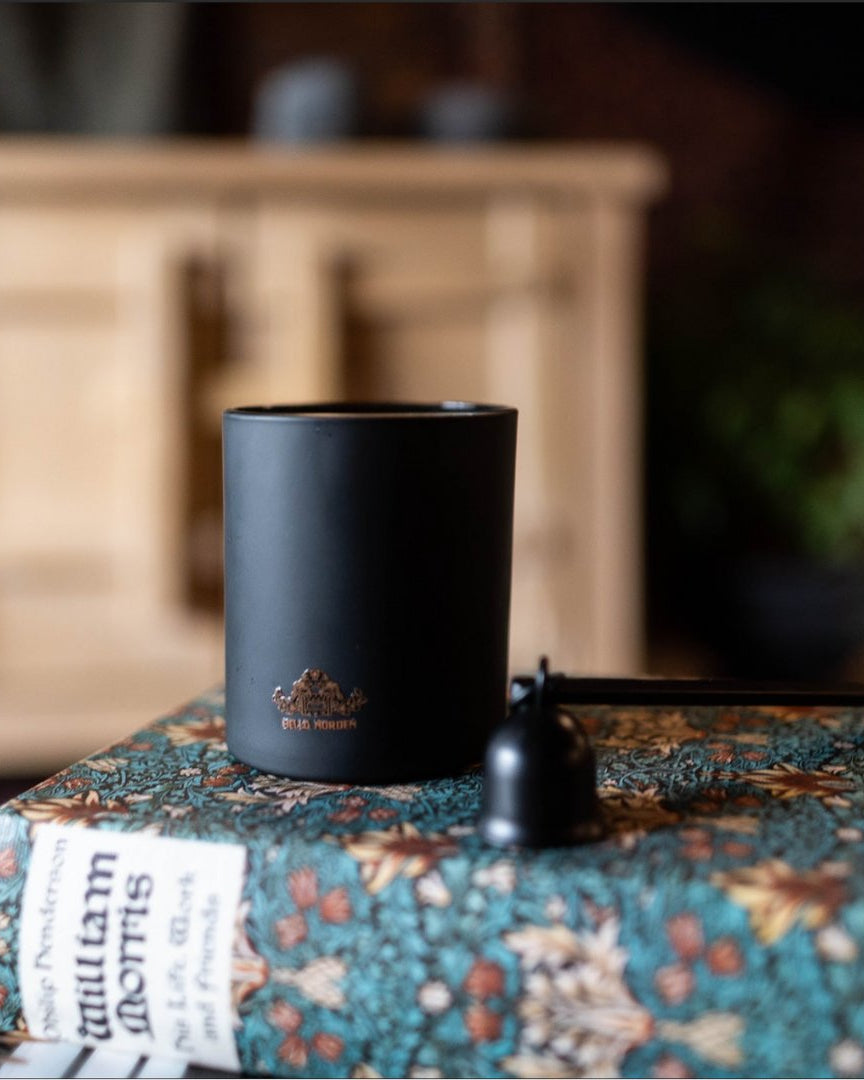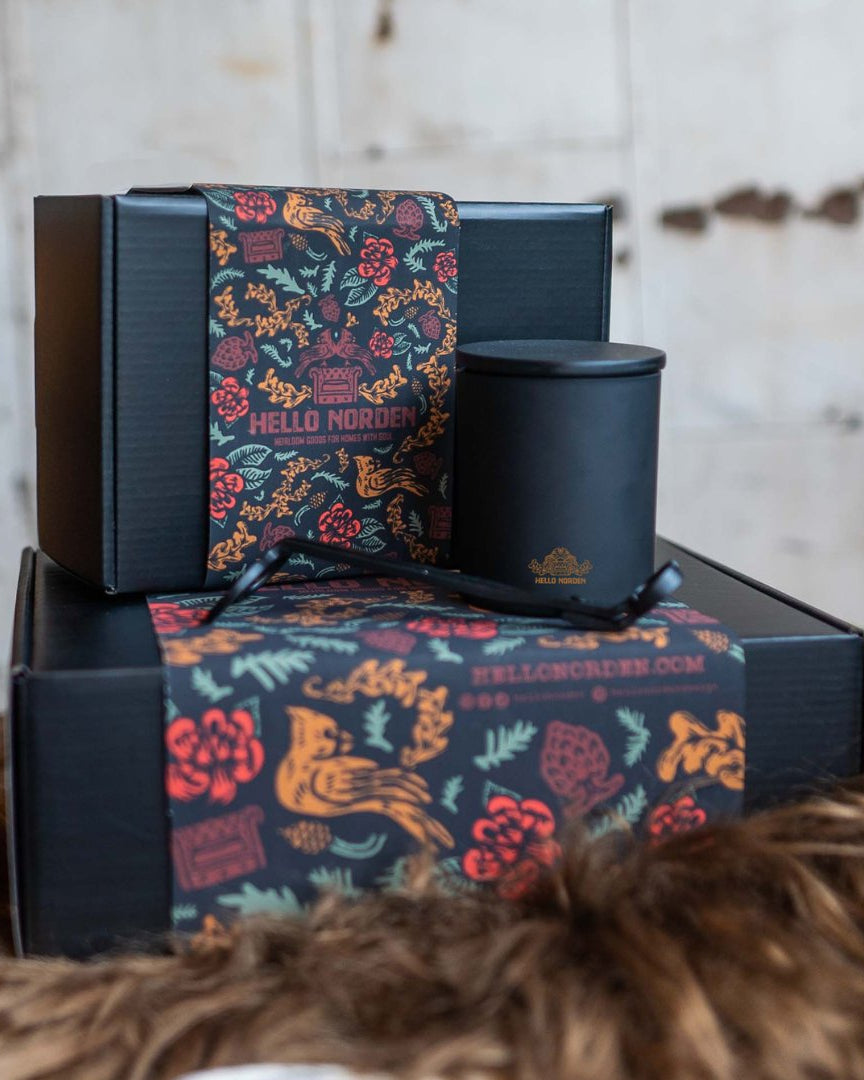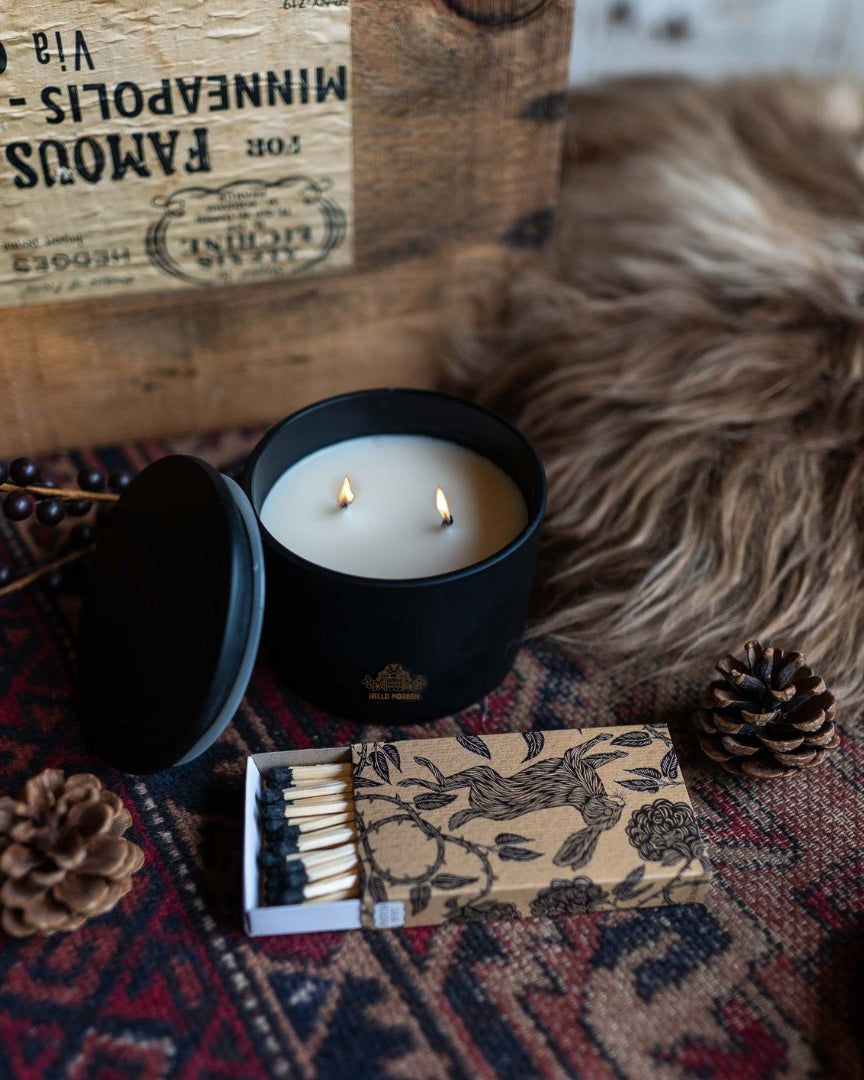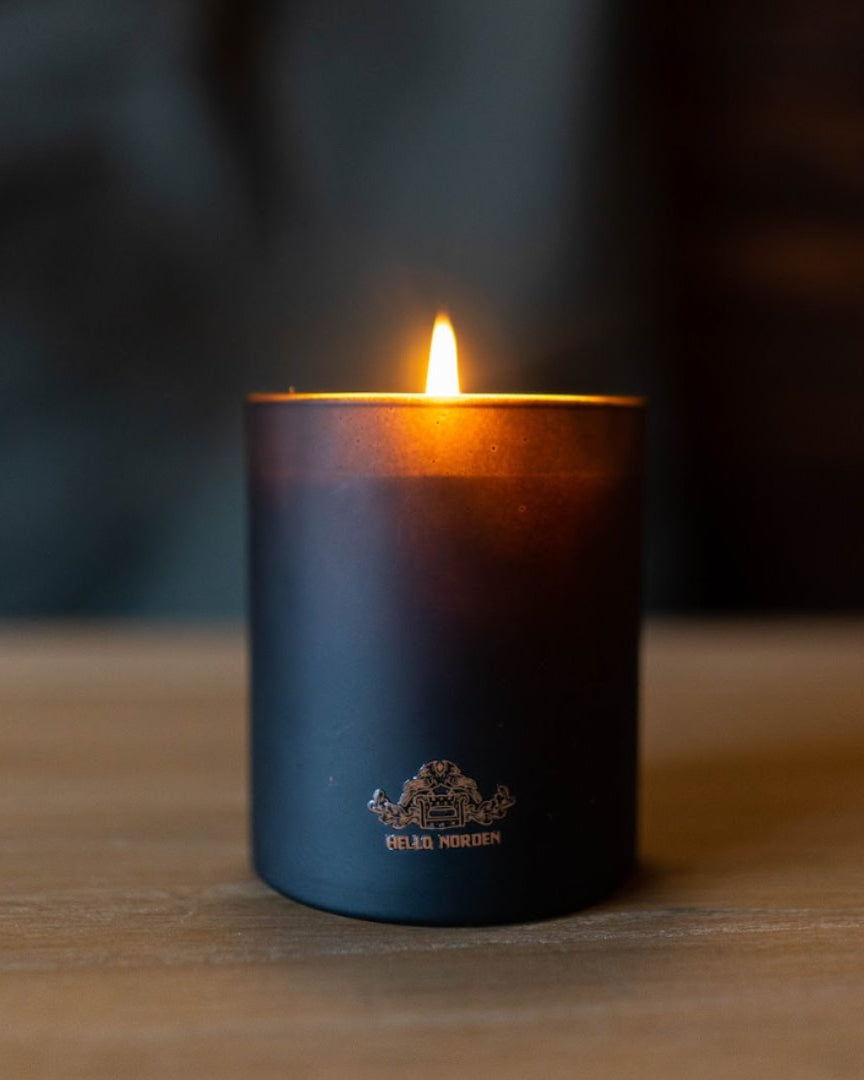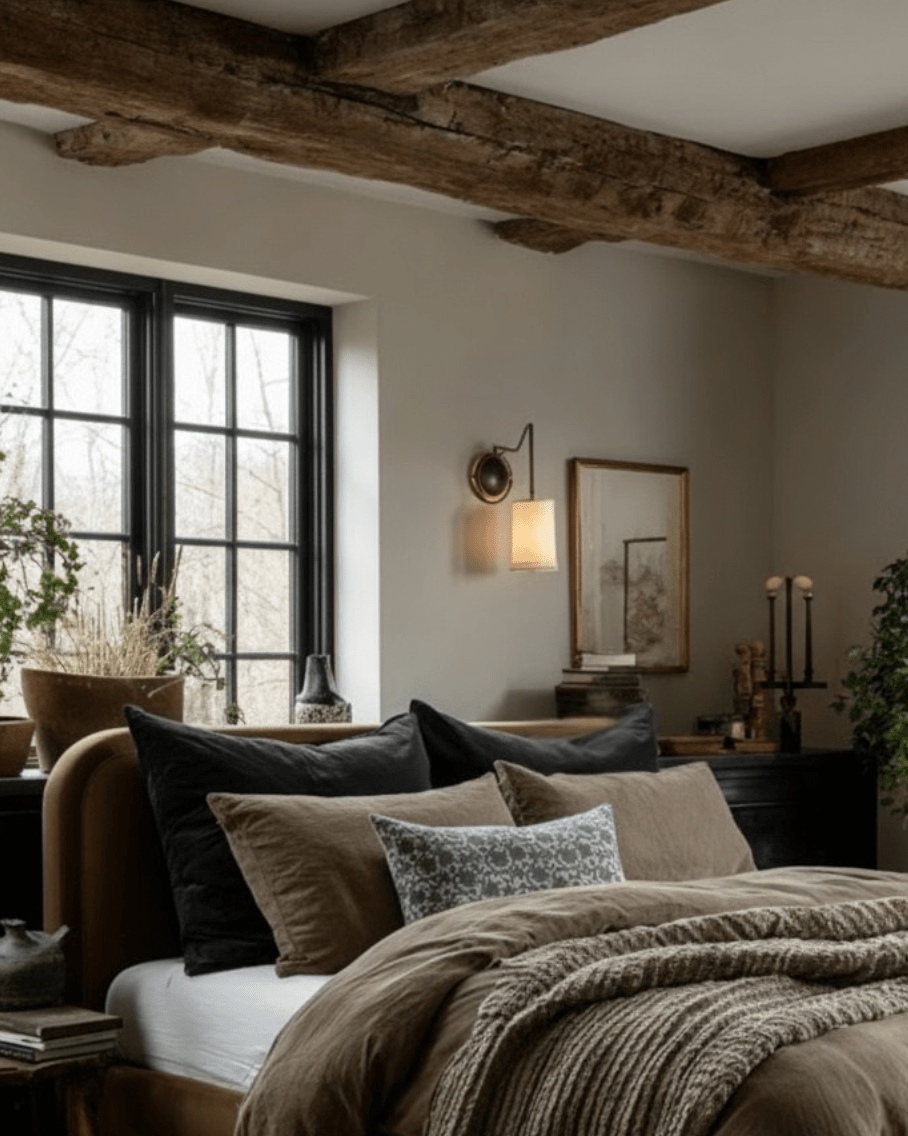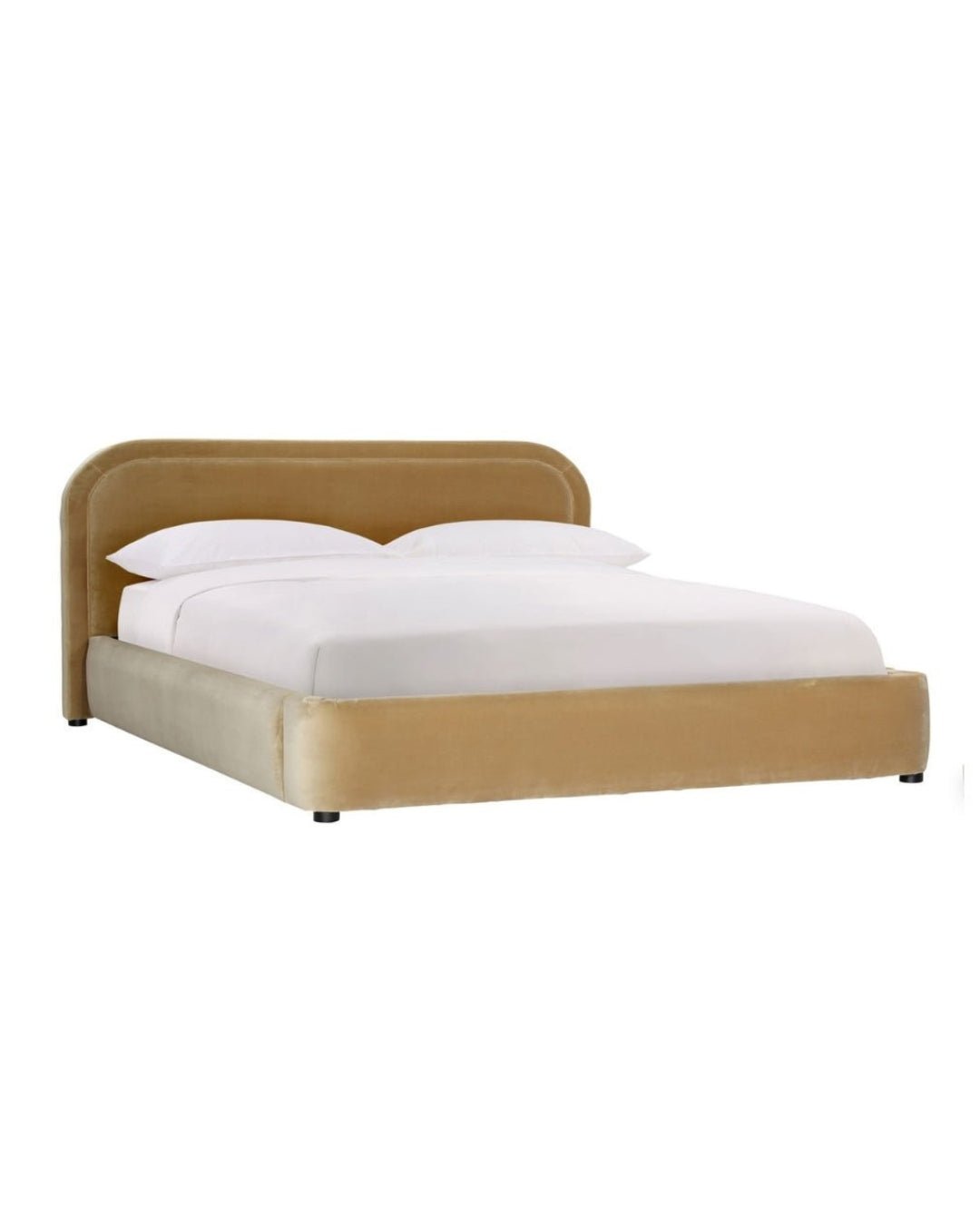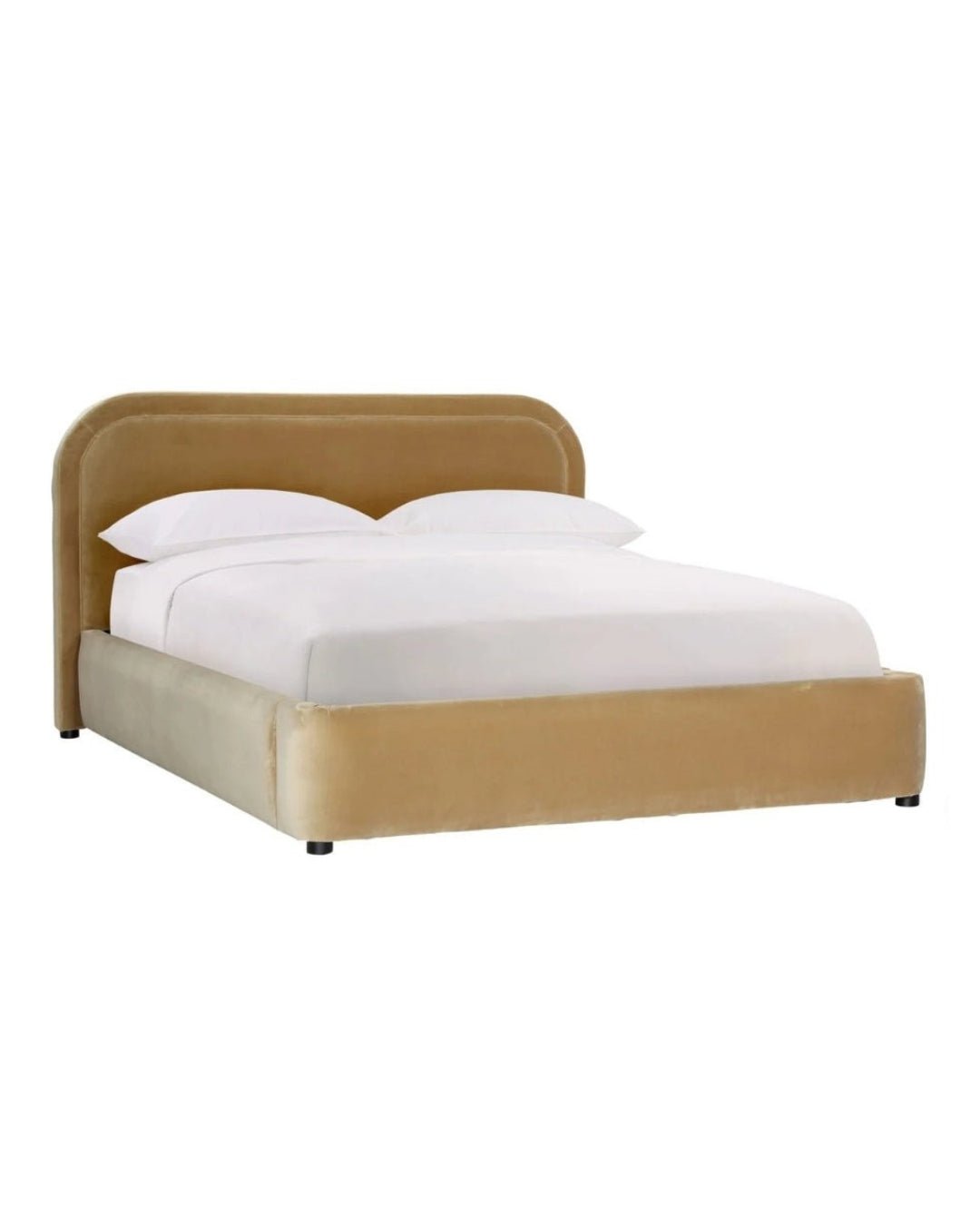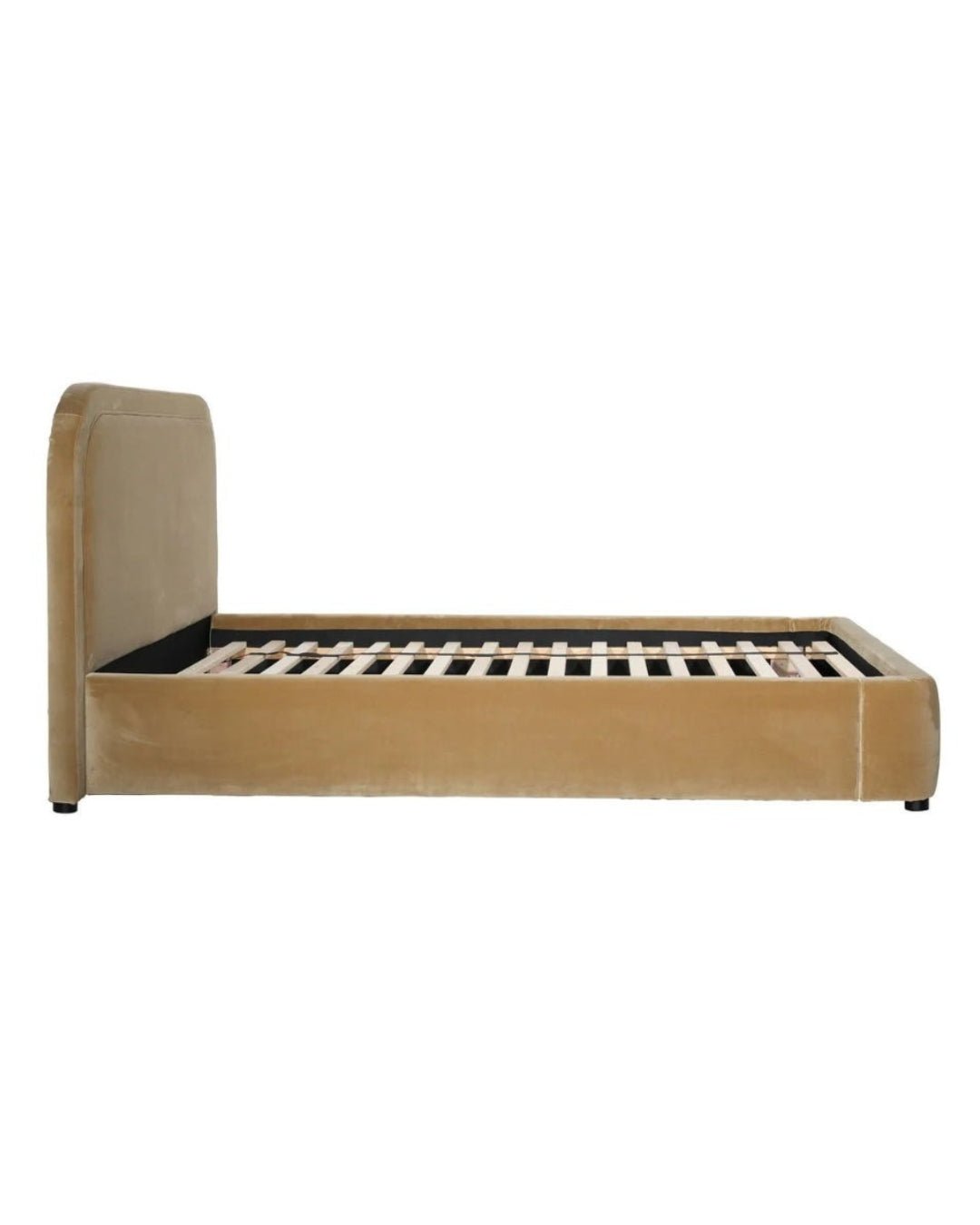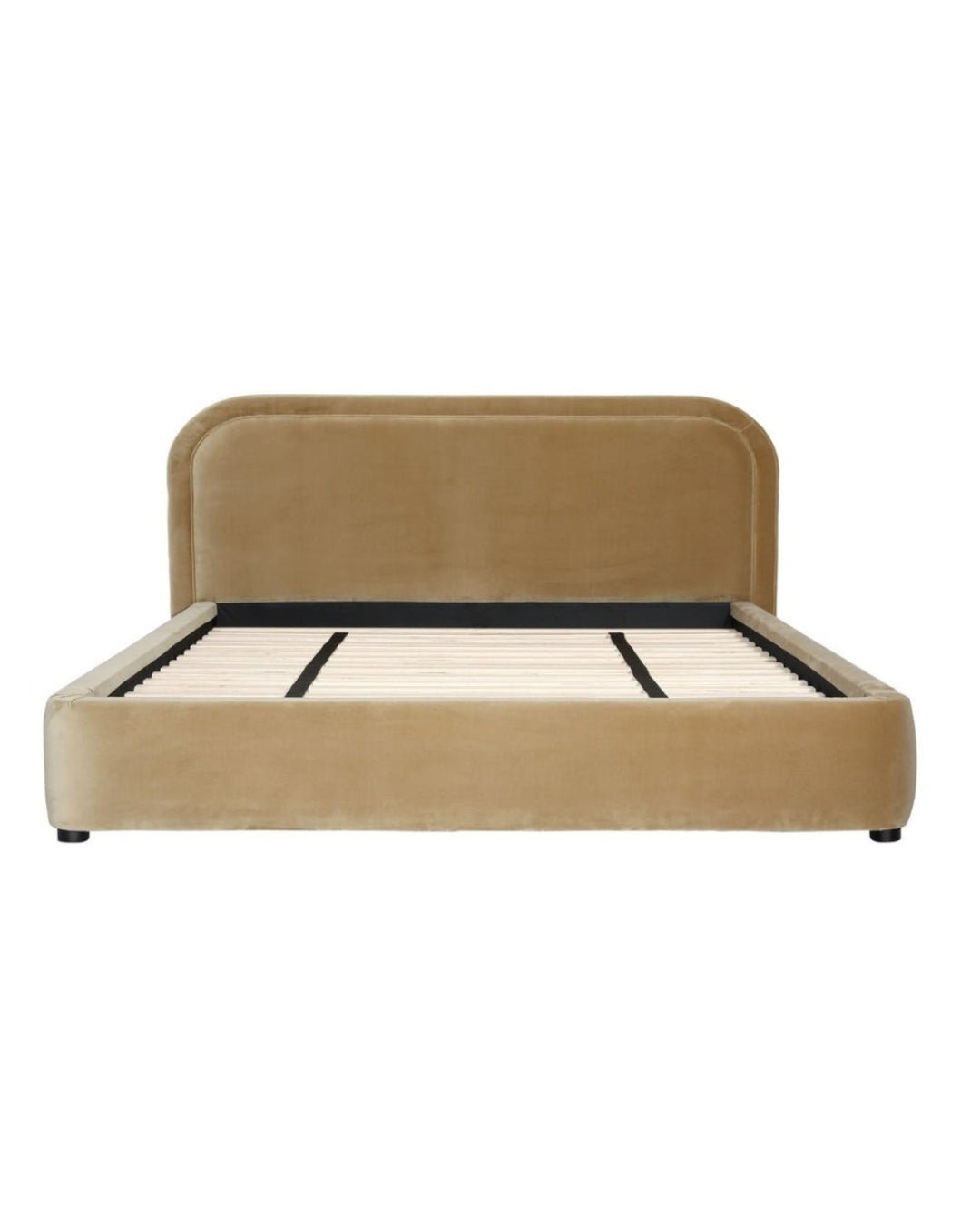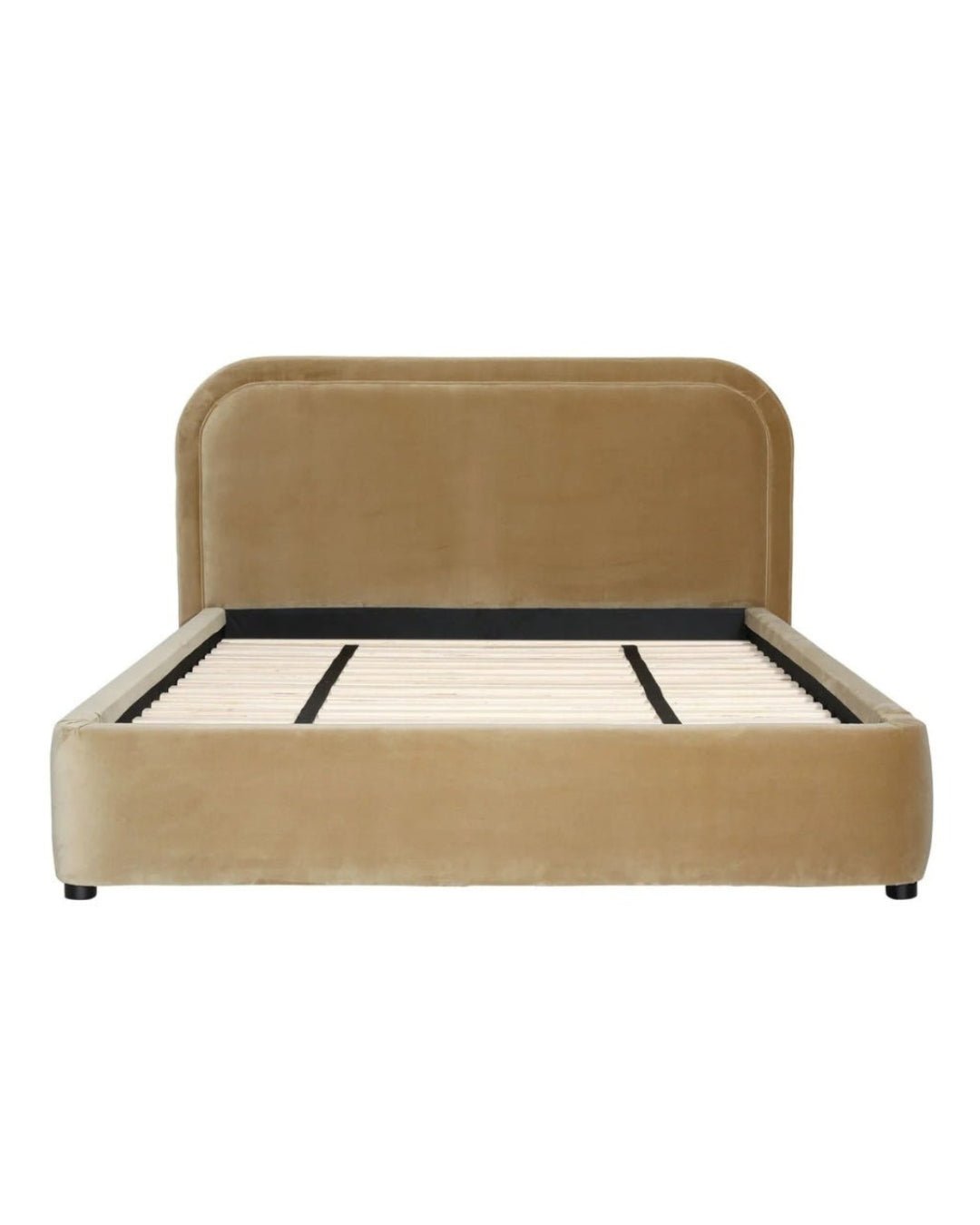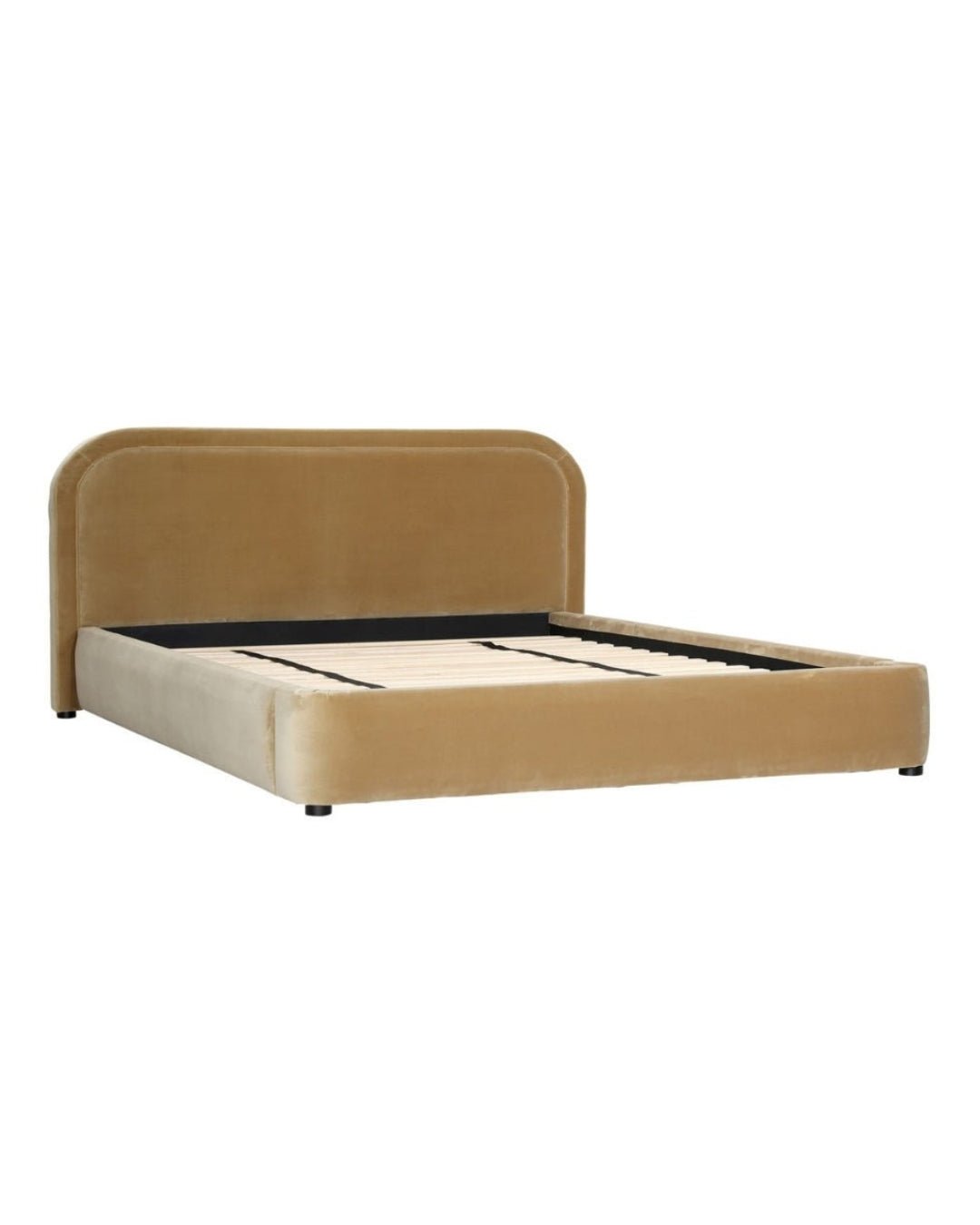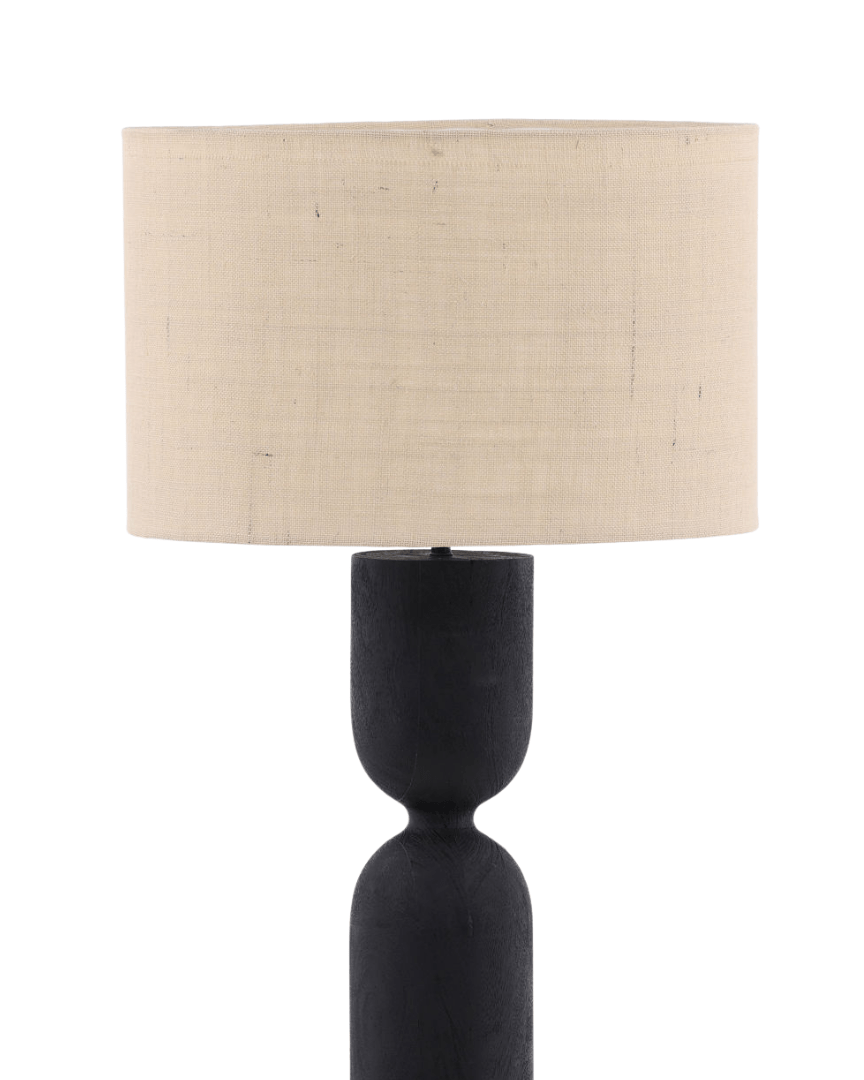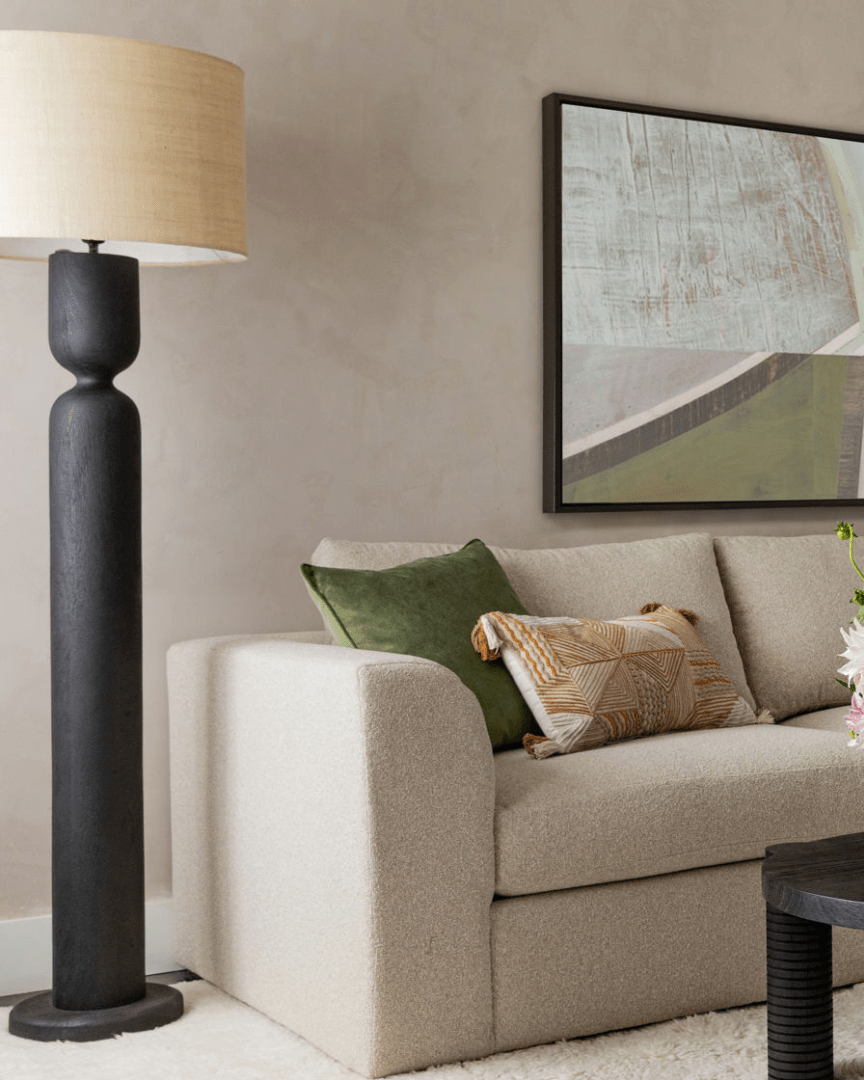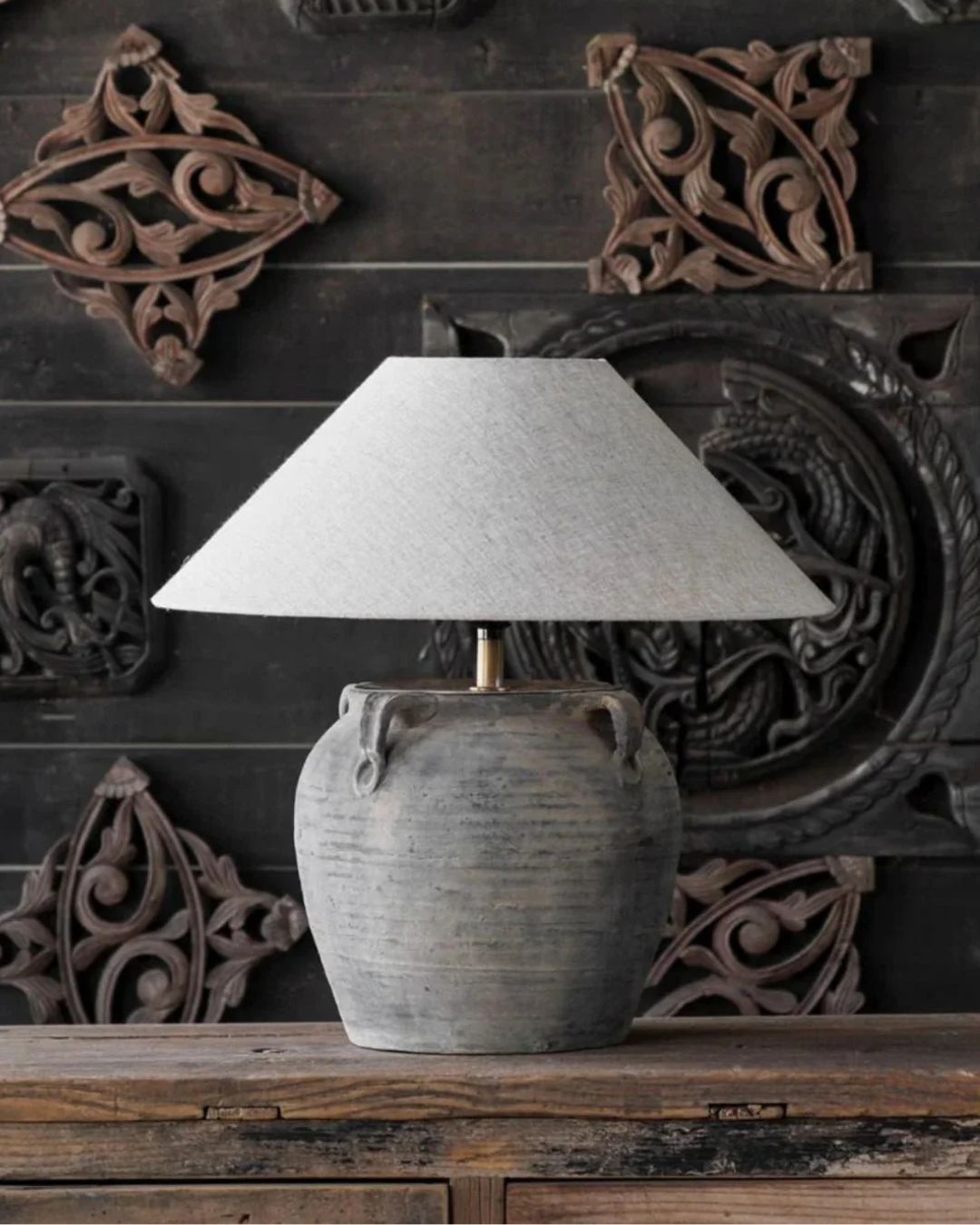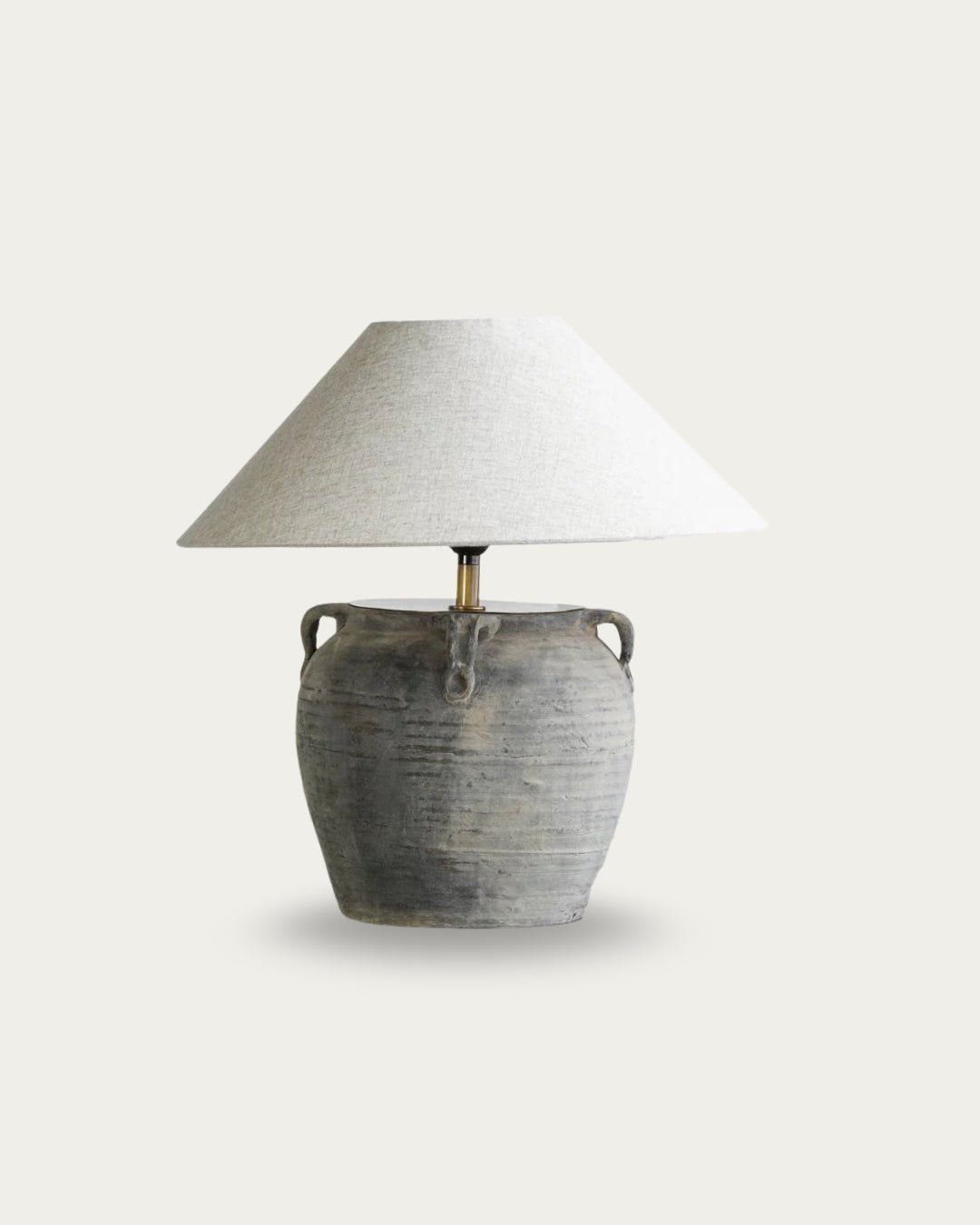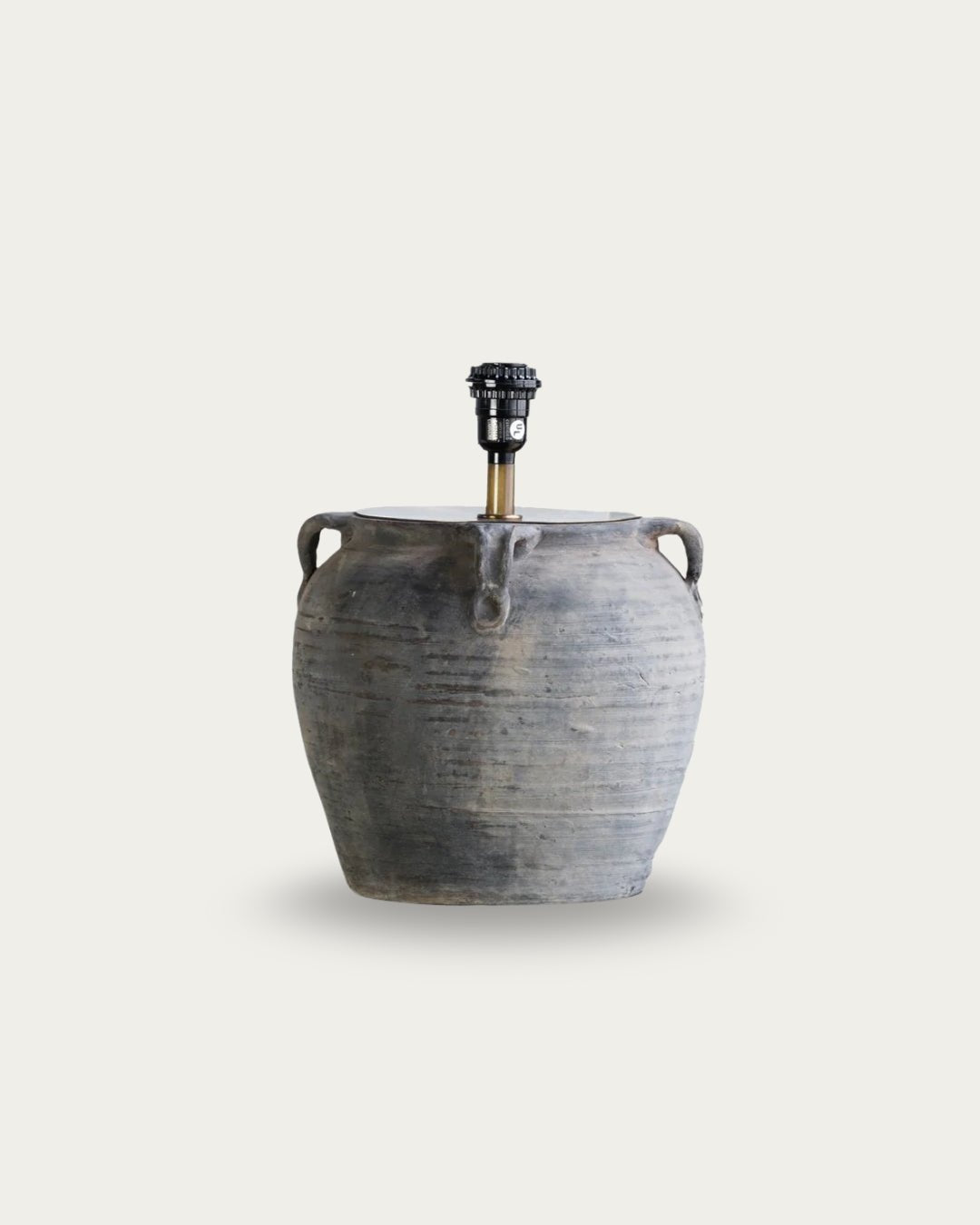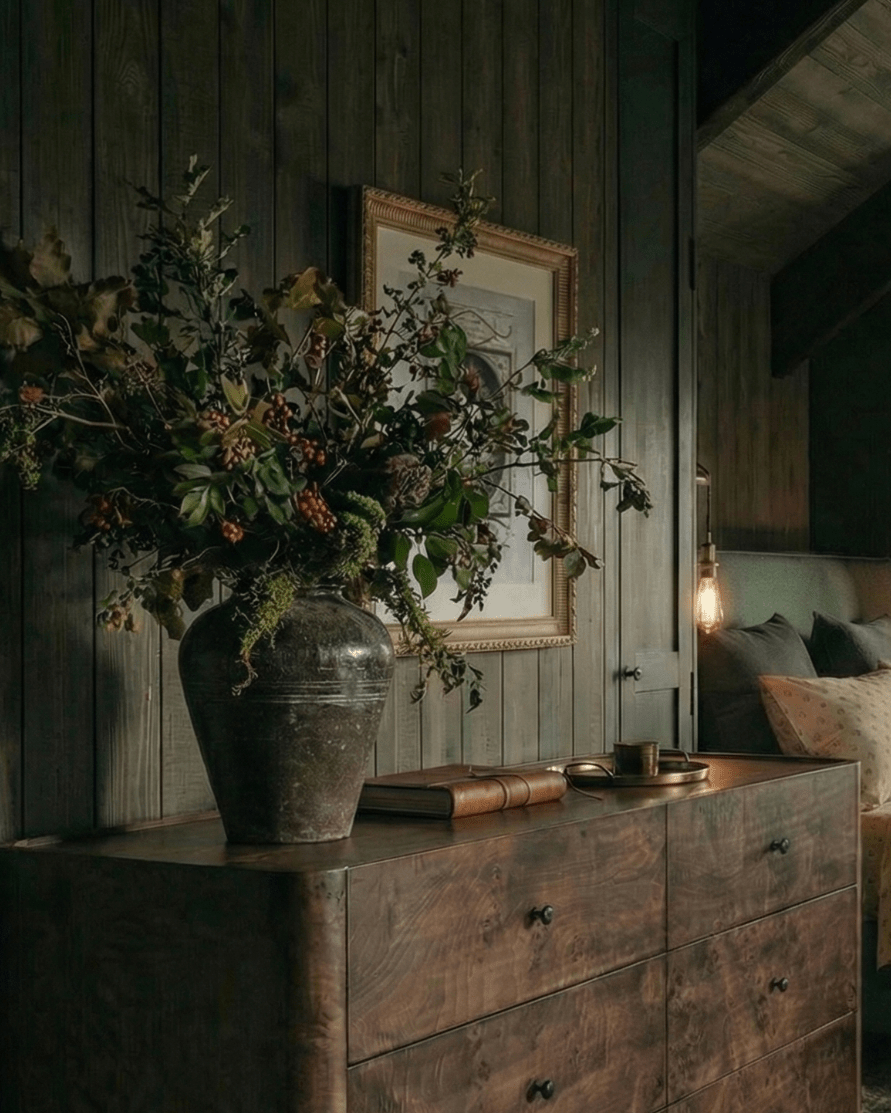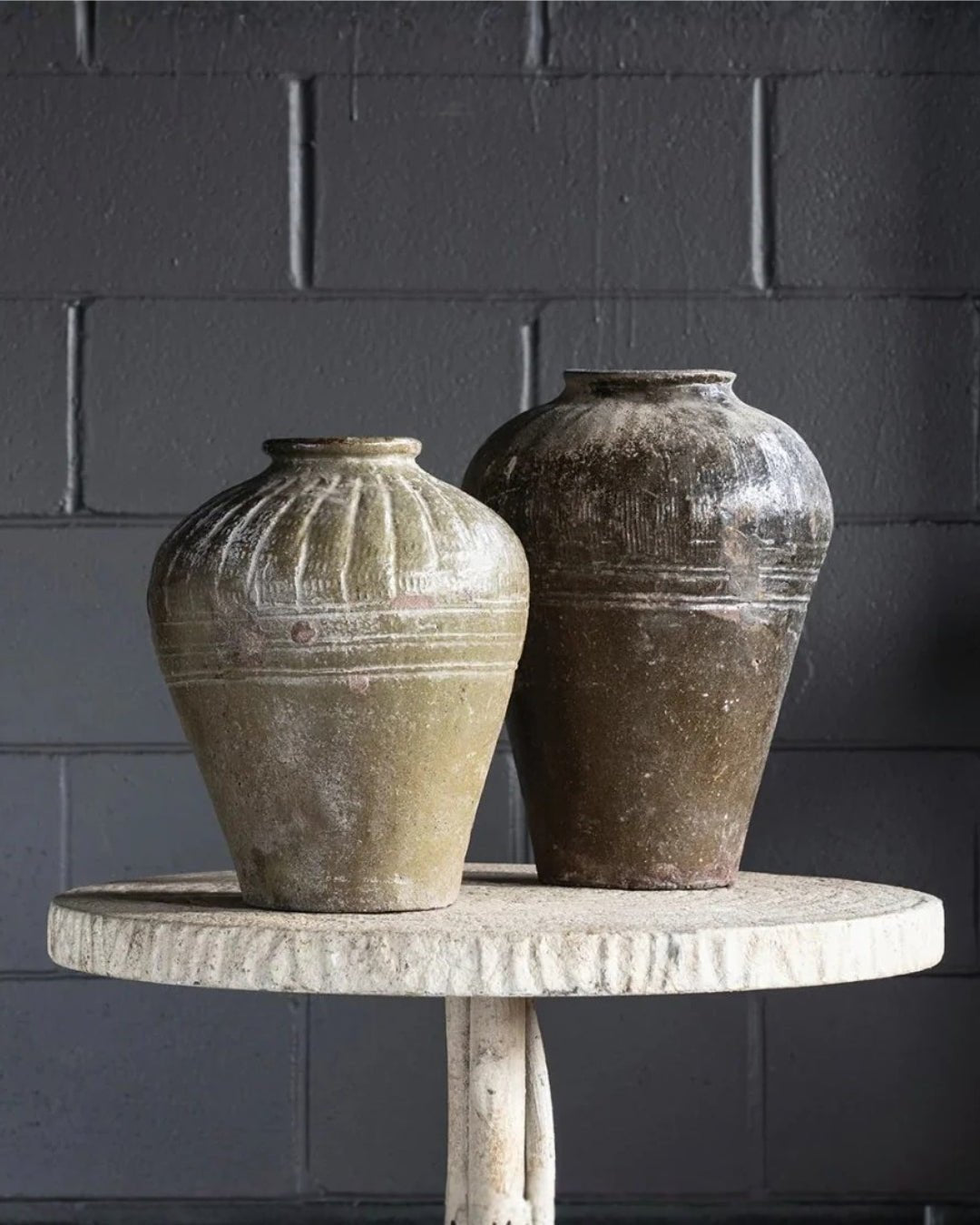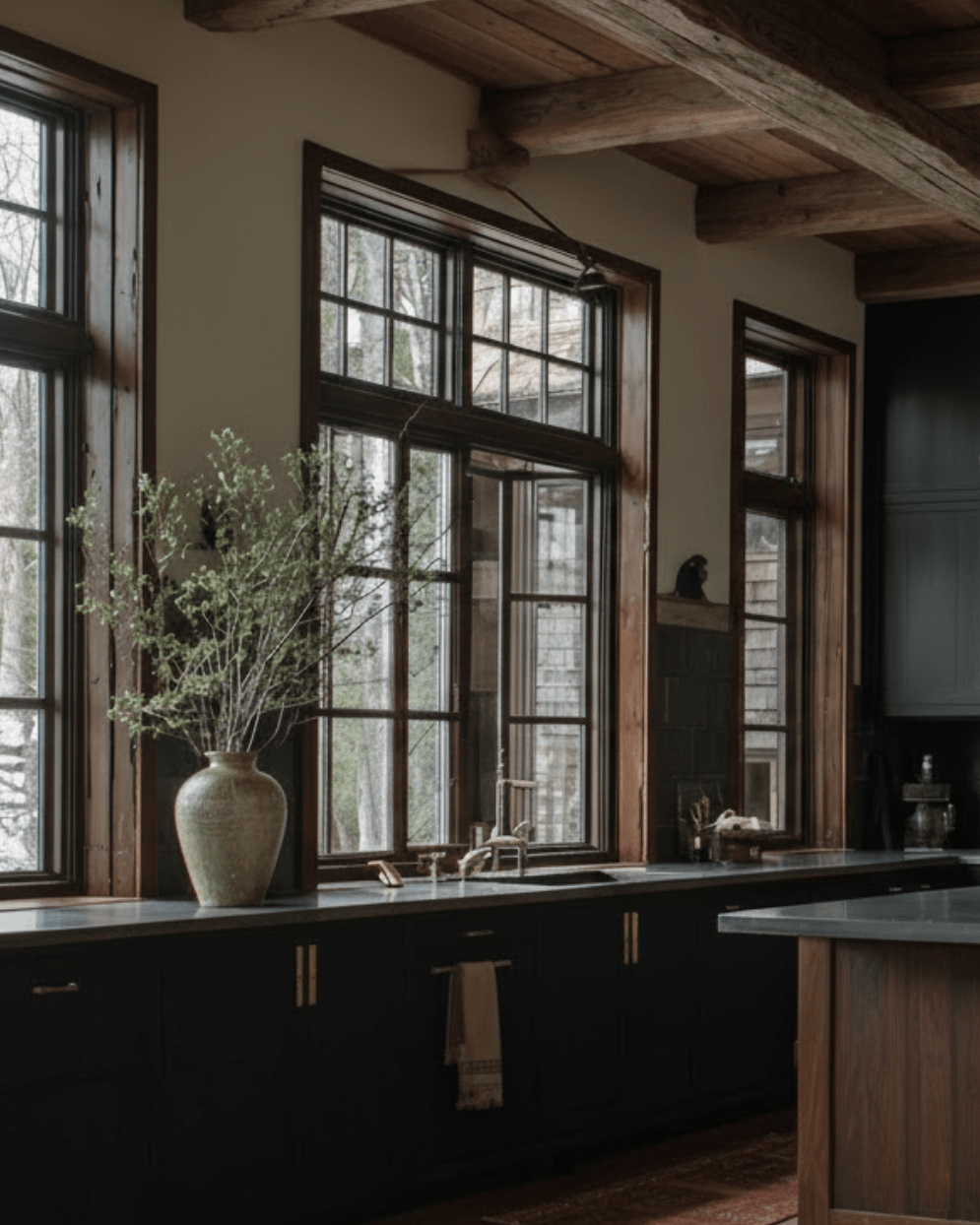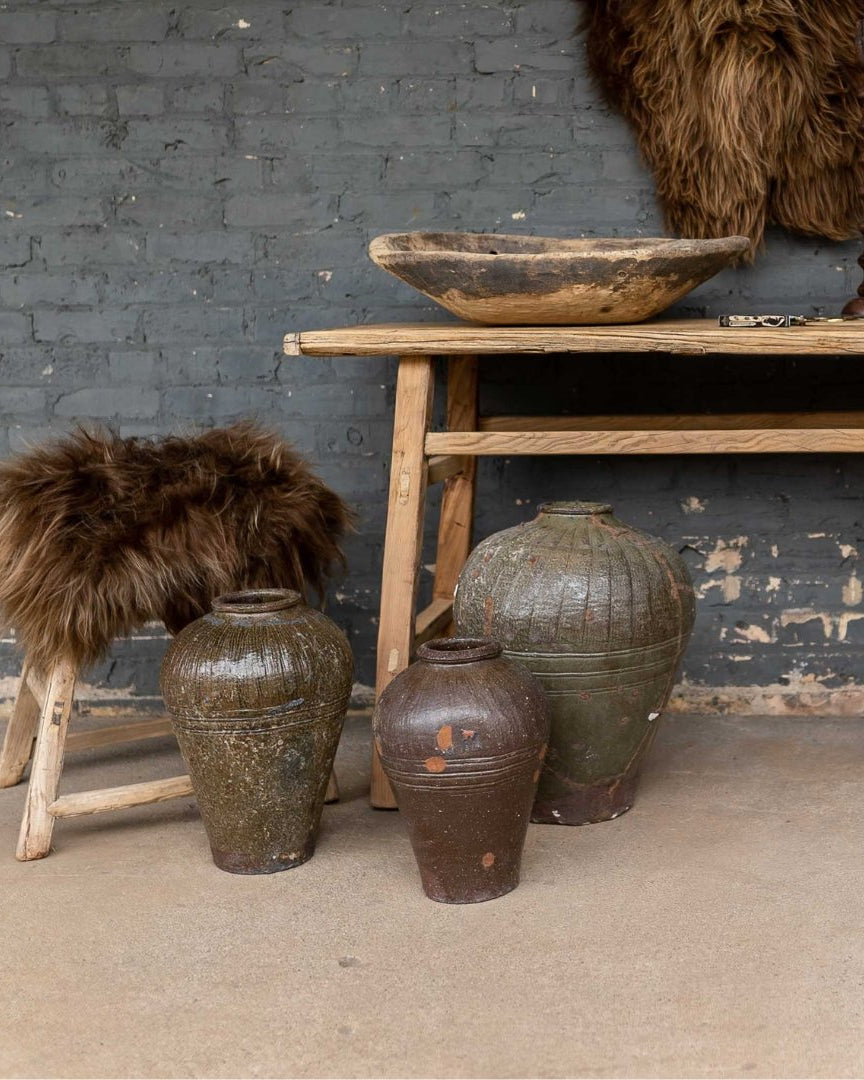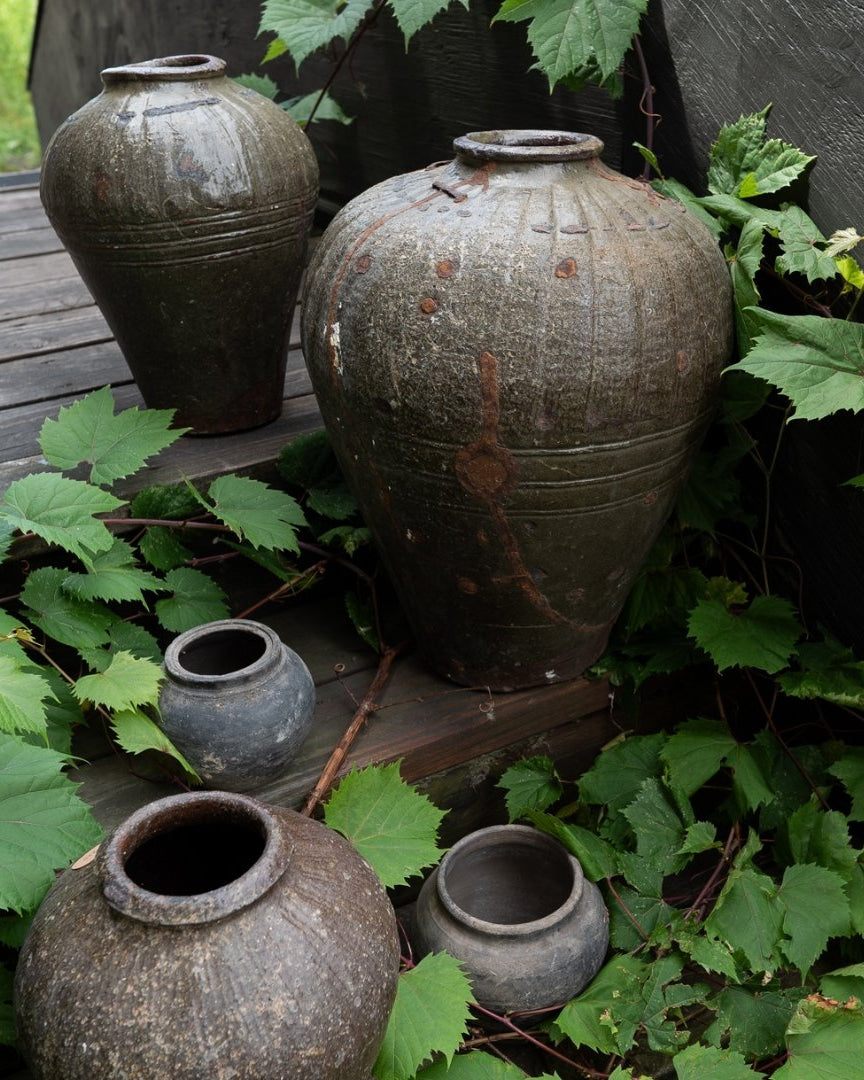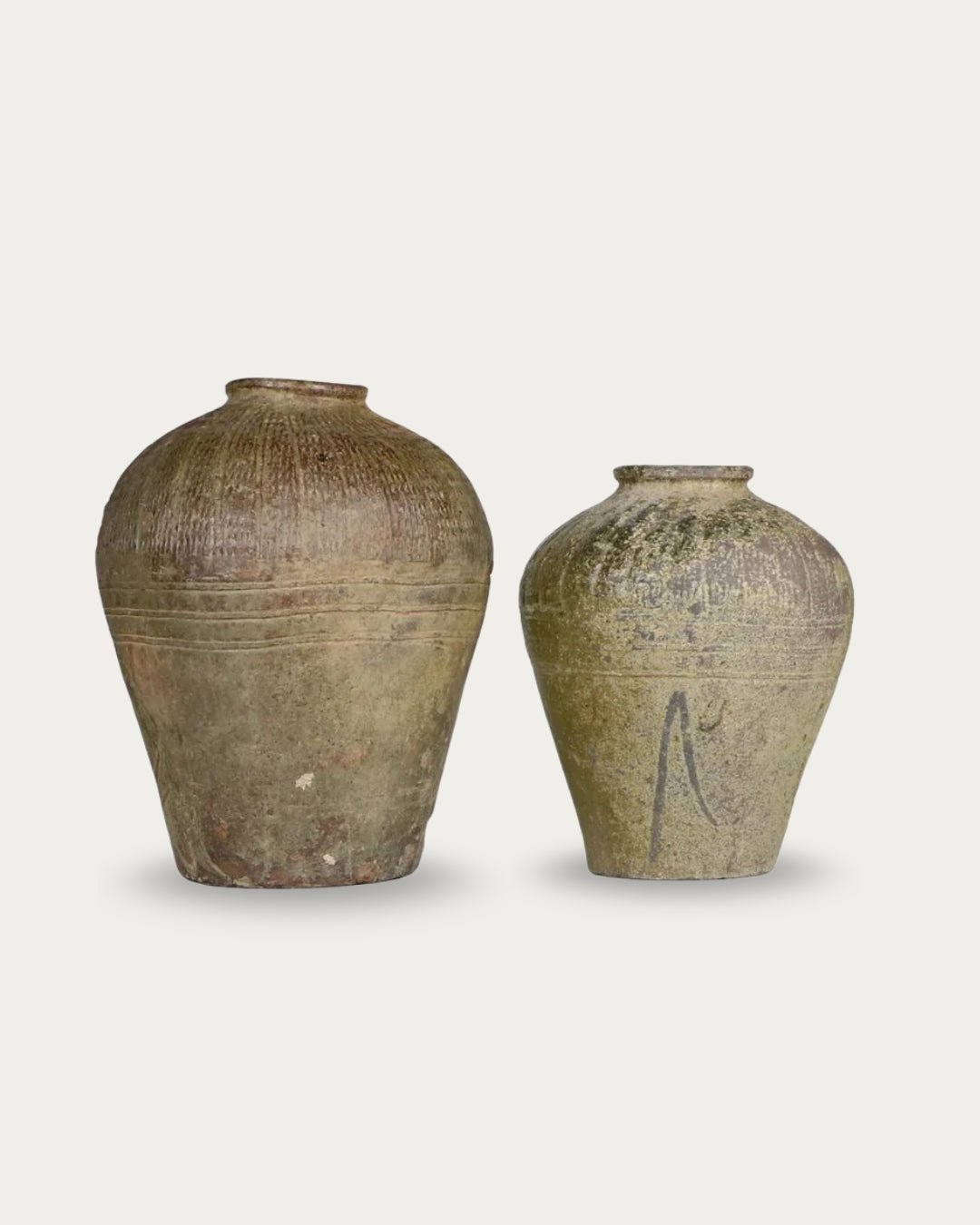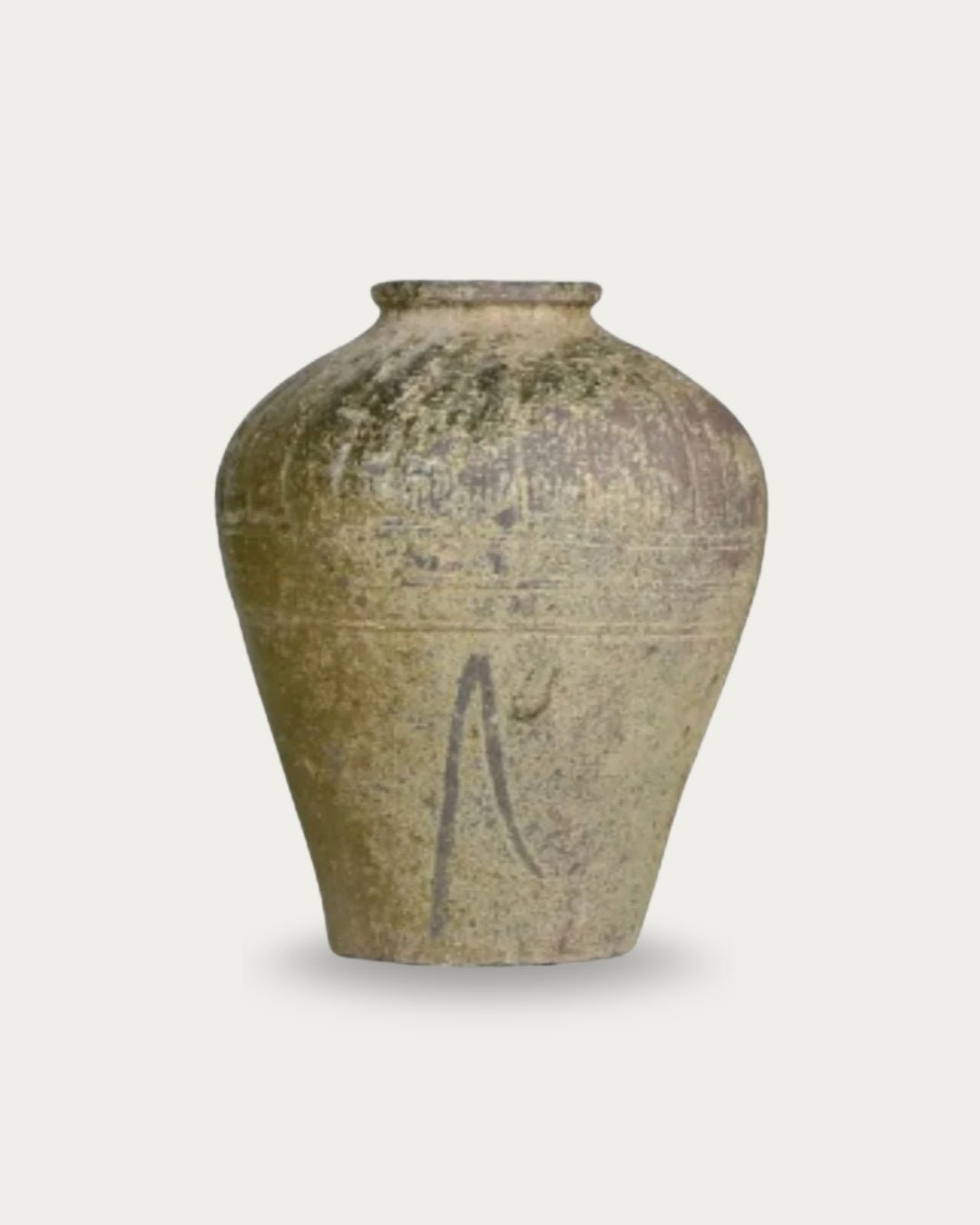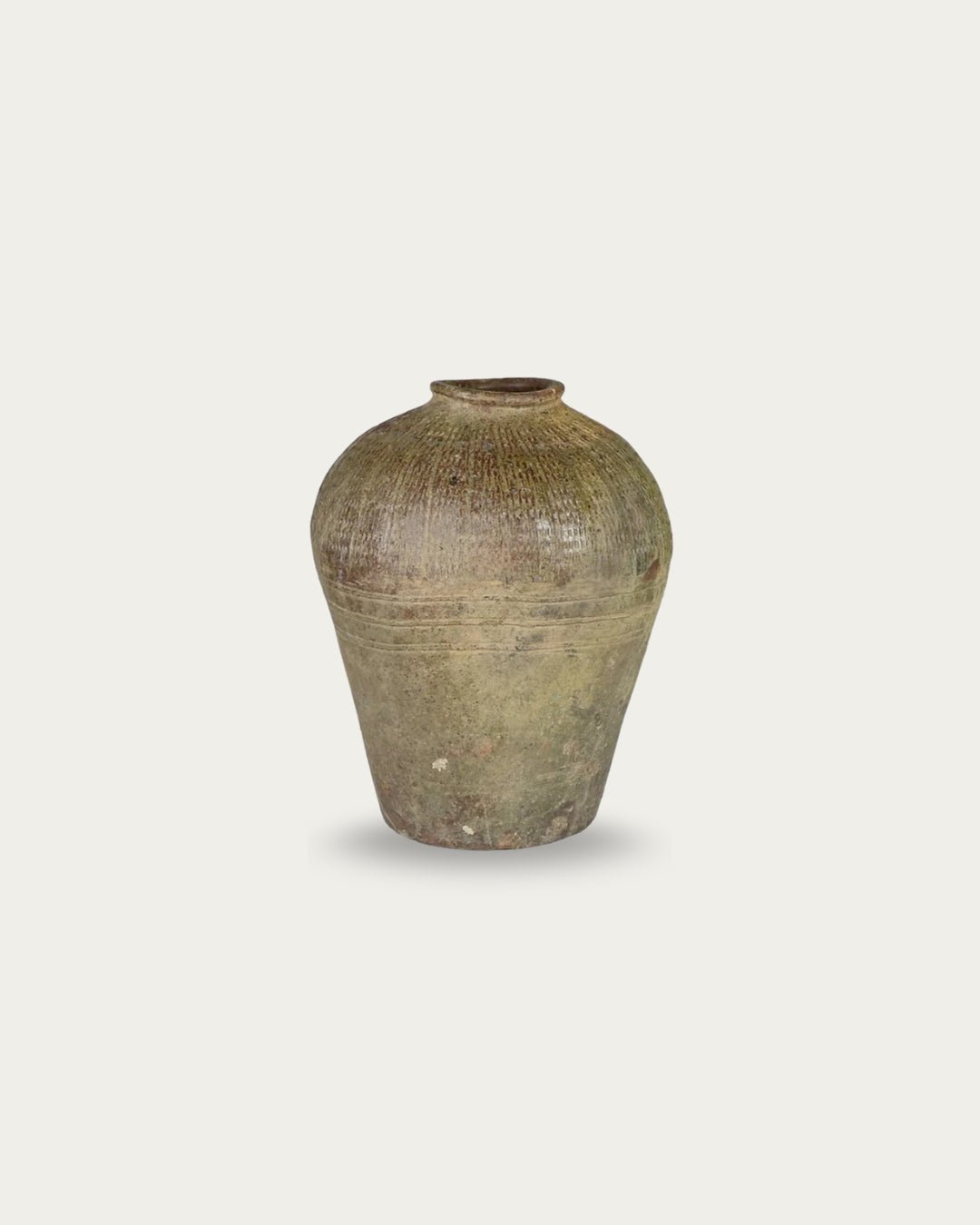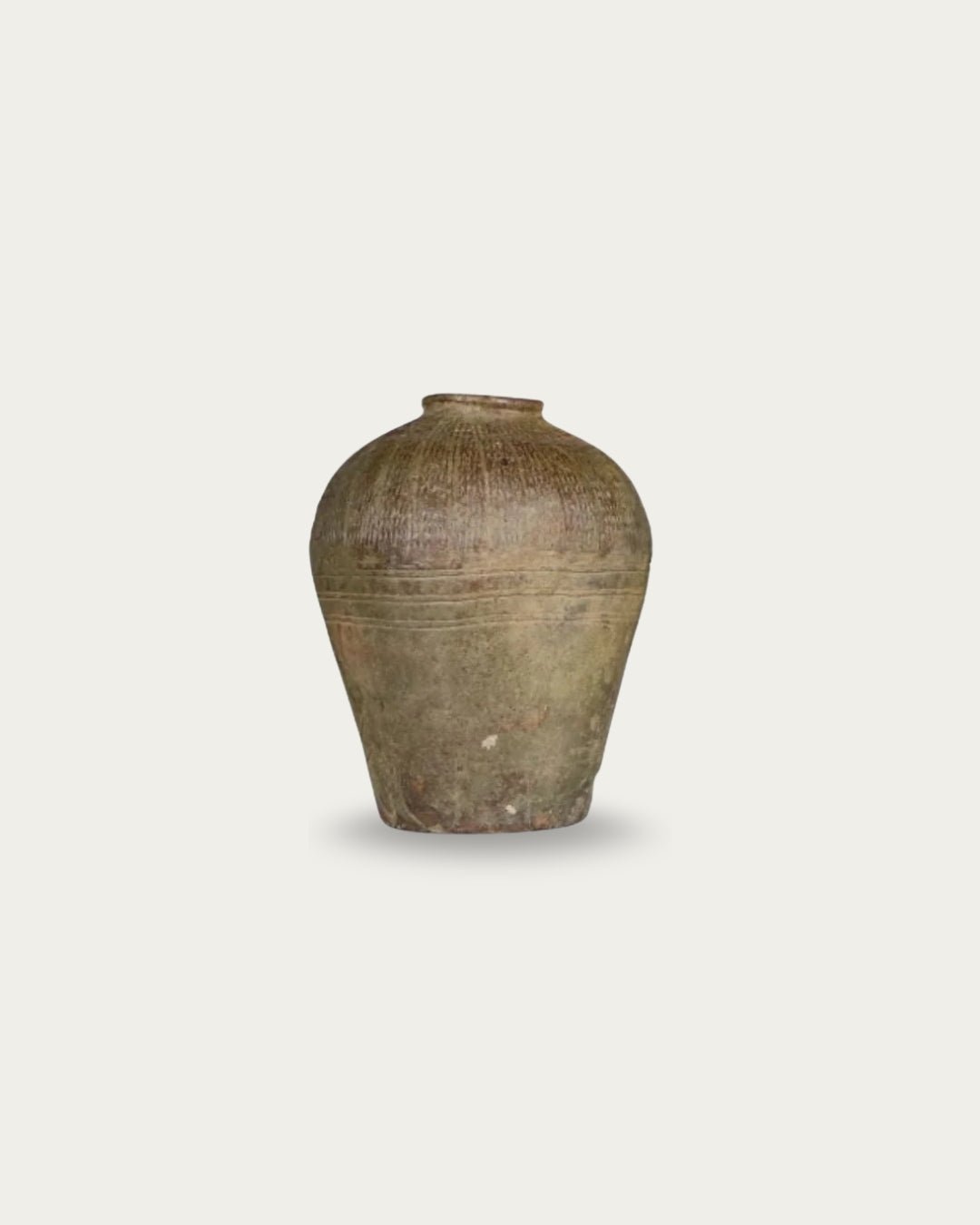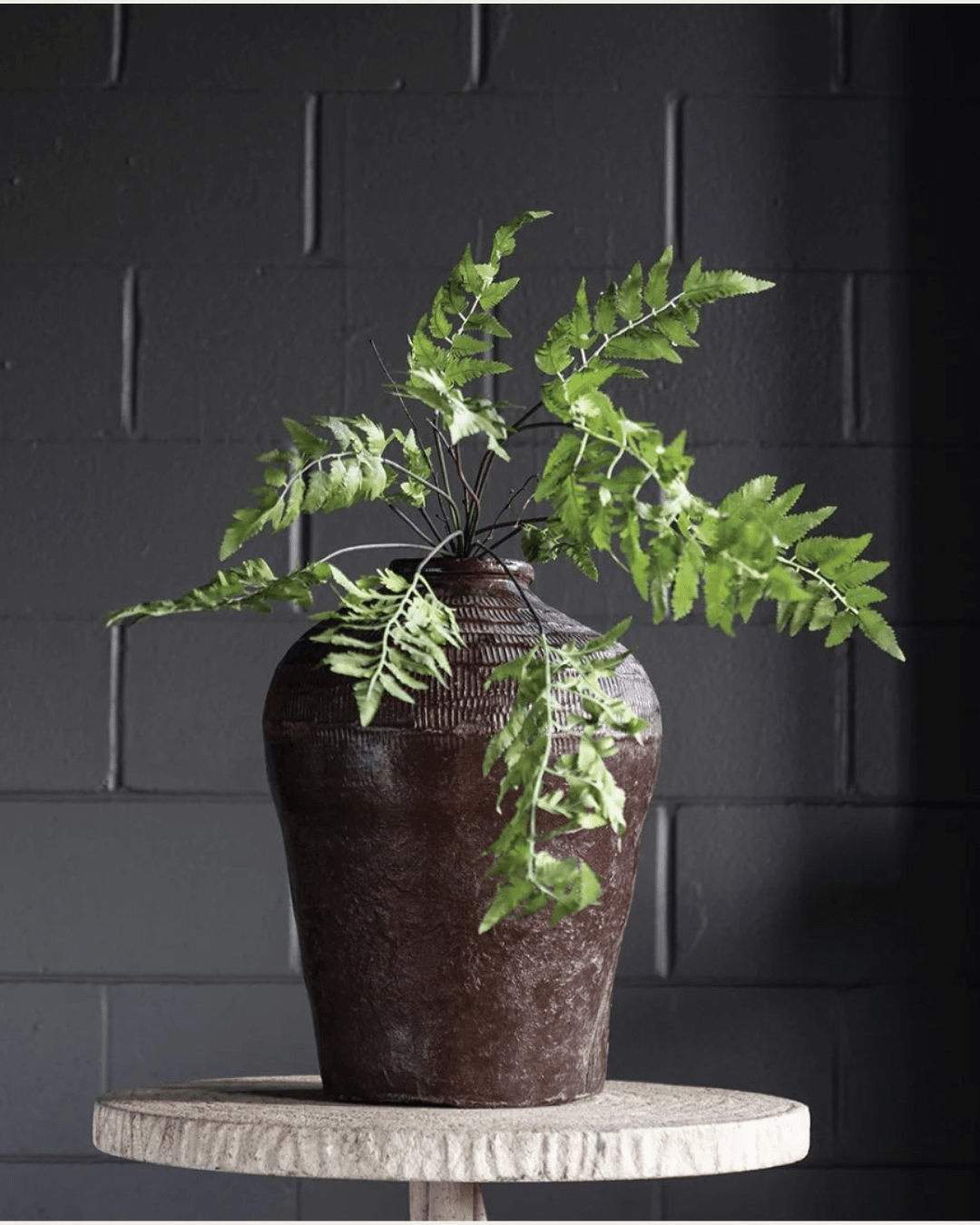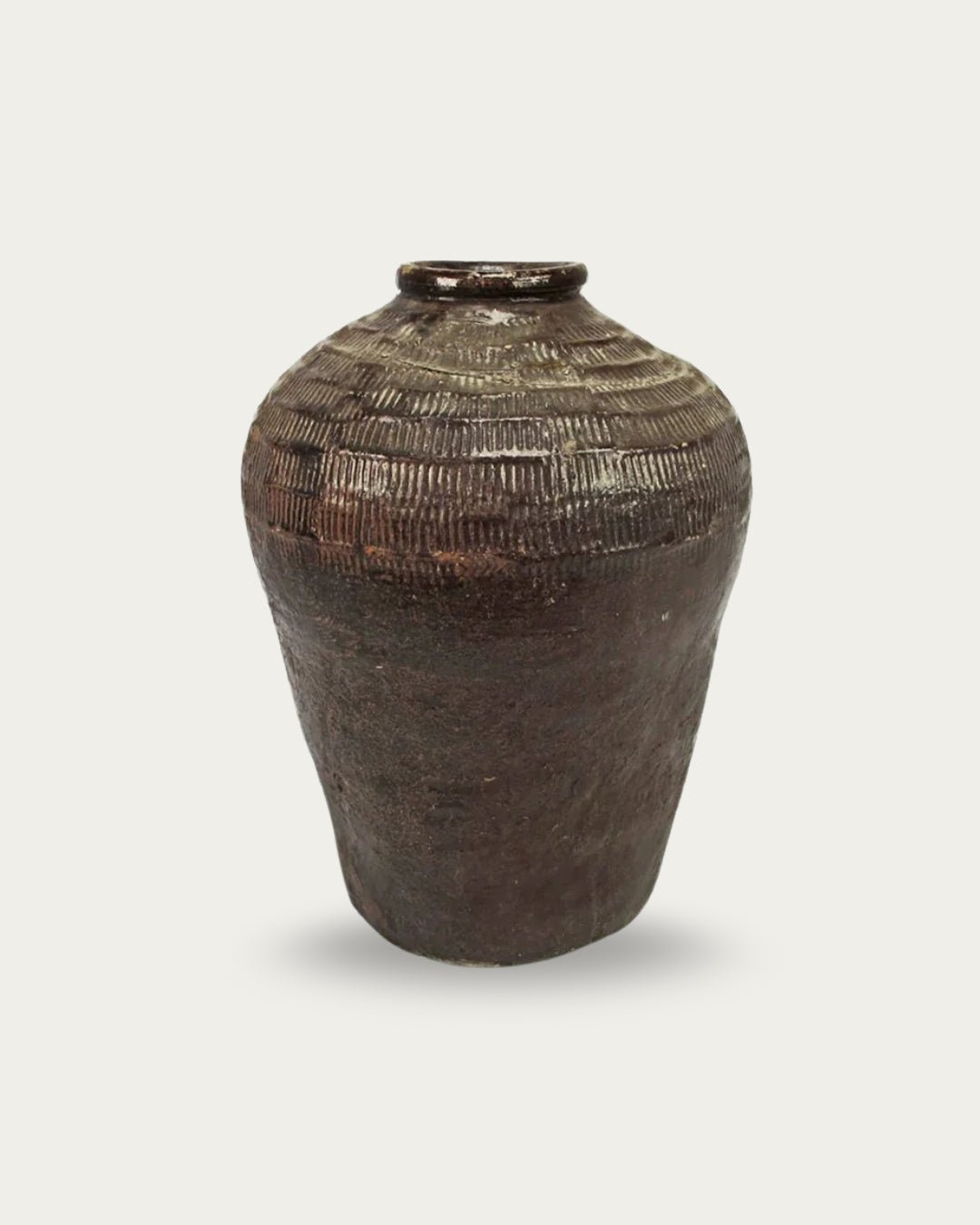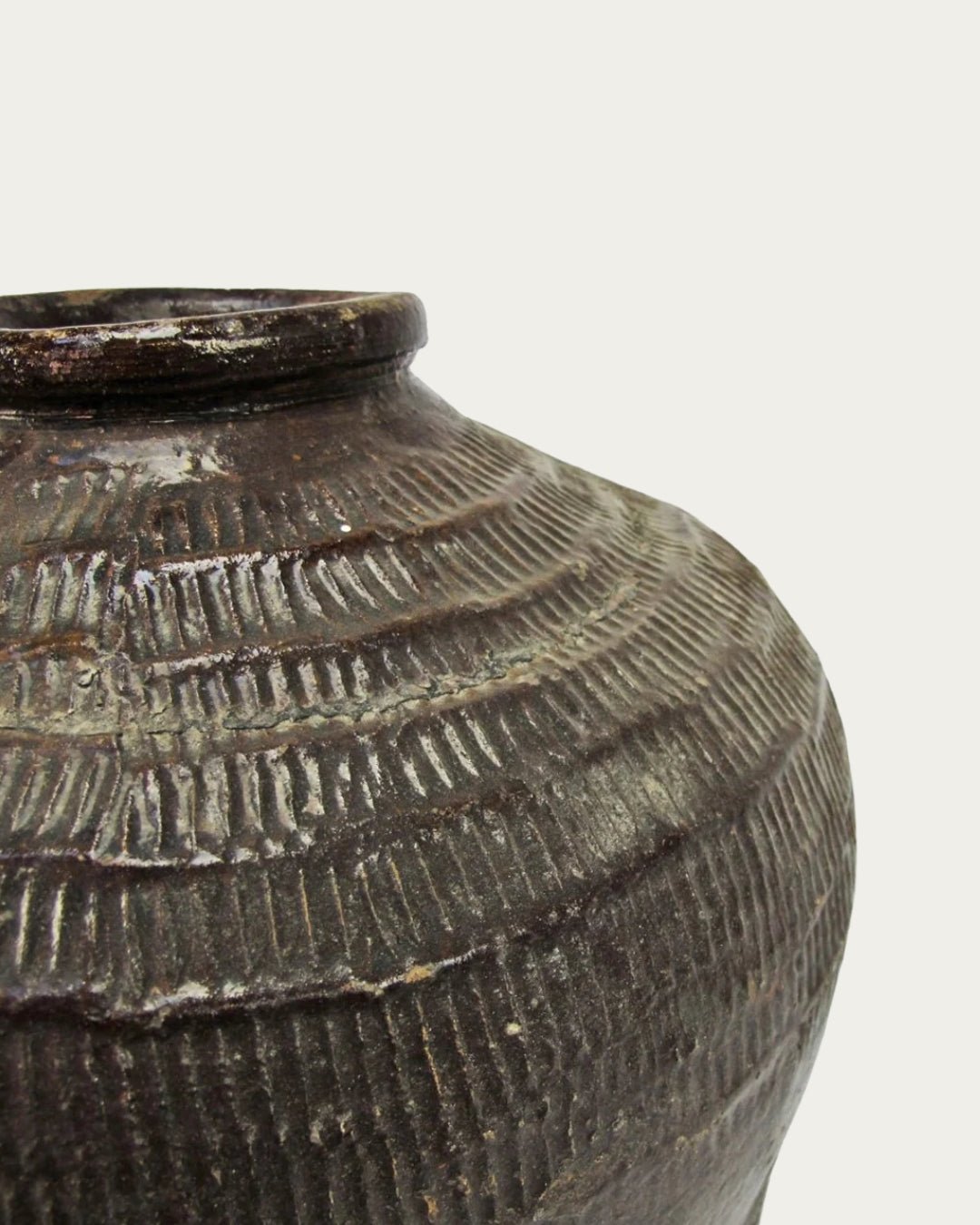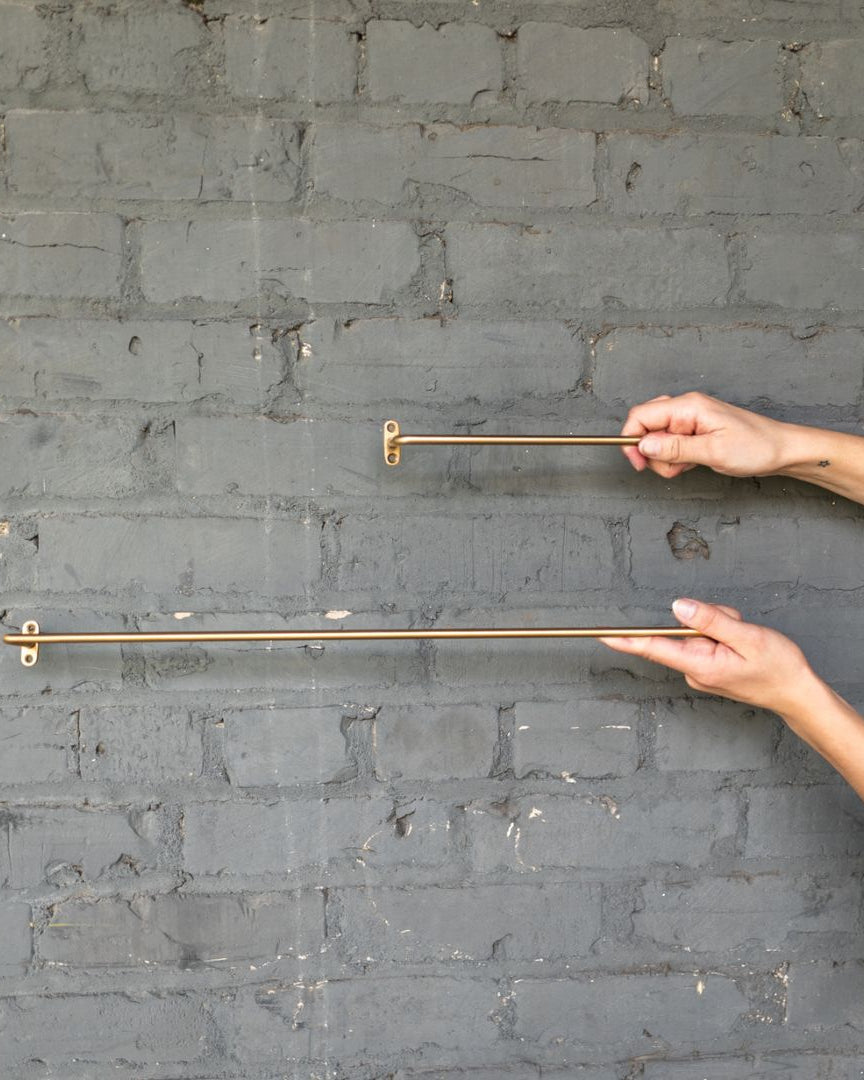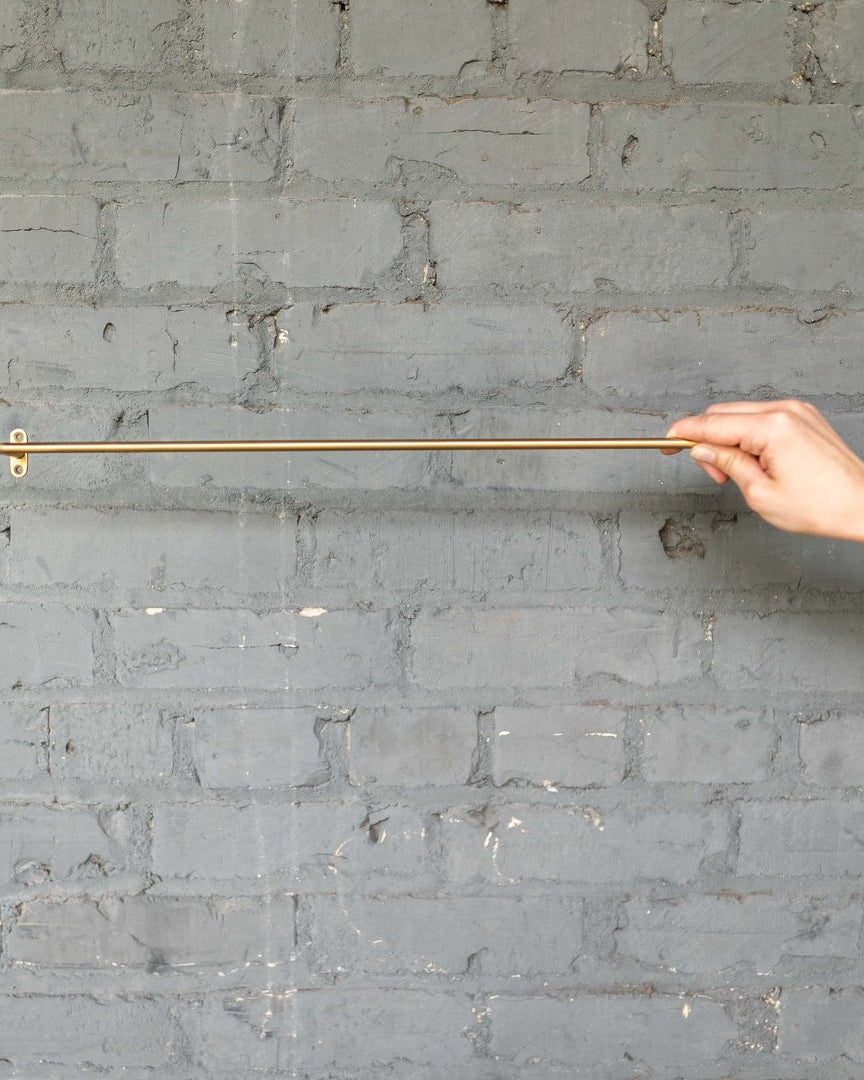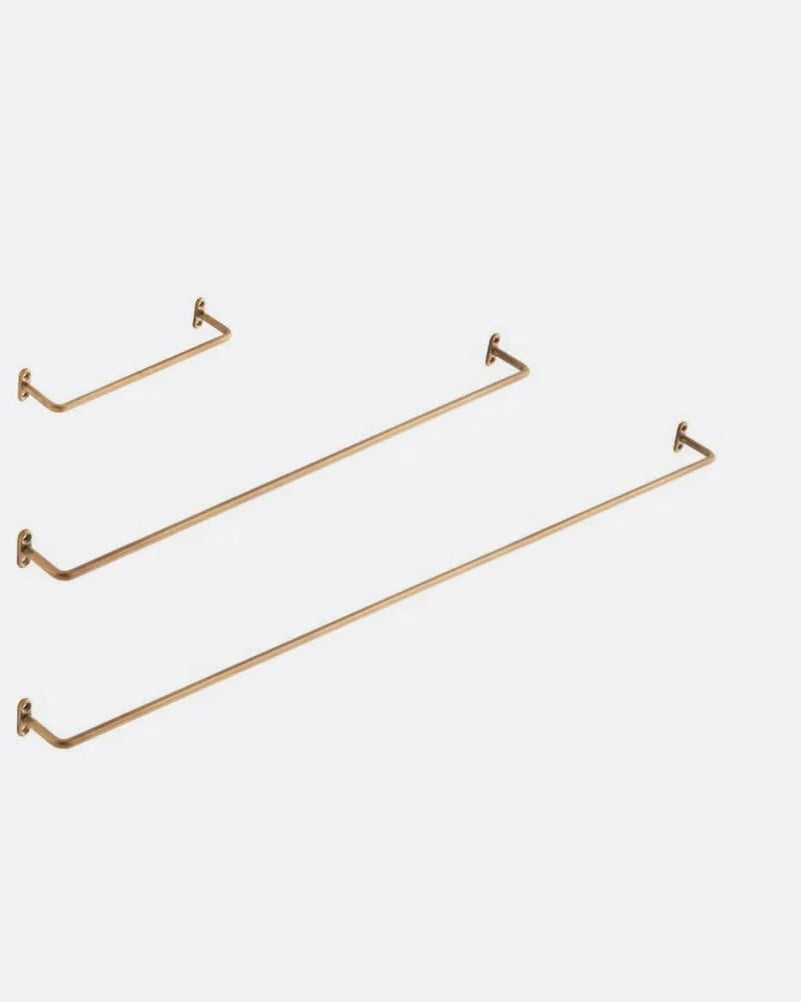Modern homes are often built for efficiency—easy-clean surfaces, sharp corners, everything “just so.” But sometimes, all that perfection can leave a space feeling flat. The fix isn’t another new object; it’s texture, history, and a little visual imperfection. That’s where vintage decor comes in. A touch of patina—that soft evidence of time—brings rhythm and warmth to even the most minimal room.
The Psychology of Patina
There’s a reason aged materials feel more grounding than glossy ones. Smooth, new finishes reflect light—and energy. Rough, matte surfaces absorb it. When your space is all reflection, your body subconsciously stays alert. Patina acts as a counterbalance—it absorbs, settles, and slows.
This is the essence of the RUTED Method: regulation through sensory design. It’s not about trend but tone—creating a physical environment that lets your nervous system rest.
A weathered Helga wood bowl or a Maria glazed pot does more than decorate. Their irregular textures diffuse tension, giving your eyes something organic to land on.
When your space feels balanced between raw and refined, it stops asking for attention and starts offering support.
1. Start With Surfaces That Tell a Story
In homes full of sleek counters and flat paint, aged surfaces create a needed contrast. They remind the eye that beauty isn’t supposed to be flawless—it’s supposed to feel familiar.
Try placing the Vintage wooden bowls on a modern marble table or kitchen island. Their worn edges and subtle dents make the space more human. Or lean the Hilla vintage shutters against a blank wall to add instant depth and texture—no paint required.
Pro hack: When mixing patinated and new materials, alternate their finishes. Pair matte wood beside polished metal, unglazed clay next to linen, or chipped paint near glass. The contrast keeps old pieces looking intentional rather than out of place.
Add lighting that highlights natural texture and shadow.
2. Ground Your Space With Imperfect Balance
A room doesn’t need symmetry—it needs gravity. Vintage decor pieces work as visual anchors, bringing substance to airy, modern layouts.
A heavy base like the Guorun pot or the Vigdis zinc bucket stabilizes open shelving or large windows. The muted surfaces draw the eye downward, preventing everything from floating visually.
Design insight: Every room should have at least one visibly “weighty” object. It grounds the composition—like punctuation in a sentence—making the rest of the design easier to read.
RUTED TIP: Overly balanced rooms can feel anxious. Offset perfect symmetry with one slightly off-center piece—a pot turned sideways, a bowl stacked unevenly. Your body reads it as relief, not disorder.
3. Layer Function Into Form
The charm of vintage pieces often lies in their original purpose. Tools, storage vessels, and architectural fragments carry built-in authenticity. Reusing them as decor connects function to feeling.
An Indian picking basket can hold rolled linens or branches. The worn weave contrasts beautifully with crisp walls. A Carved village grinding table can become a sculptural coffee table—low, tactile, and rich with history.
When repurposing functional antiques, keep the arrangement simple. Too many together reads as “collection.” A single object in the right place reads as “memory.”
Explore vintage furniture accents that pair with sculptural decor.
4. Use Patina to Break Visual Uniformity
Modern design often worships consistency—matching tones, repeating textures, and flawless paint. But the human eye needs a little interruption to stay engaged.
Add a single weathered accent in a field of sleekness. A Ragnheiour bucket near a smooth fireplace or a Camilla cart beneath clean shelving can introduce variation that keeps the space from feeling sterile.
Think of patina as design punctuation—it slows the visual flow, lets you pause, and then move on. The balance between rough and refined creates rhythm, not clutter.
Pro hack: Photograph your space in black and white. If it looks too “flat,” you need more texture contrast.
5. Bring the Outdoors In
Natural materials—clay, stone, and wood—don’t just look vintage; they behave like it. They absorb light, humidity, and sound differently, making interiors feel alive.
Display pieces like the Vintage clay vase or Emma pot in direct or diffused sunlight. The surfaces will shift slightly with the weather, showing the passage of time in subtle ways.
Even industrial objects can reconnect a space to nature. The Vigdis zinc bucket beside indoor plants or the Helga wood bowl filled with pebbles introduces natural movement and tactile calm.
Design note: This is the foundation of wabi-sabi design—honoring imperfection, celebrating change, and creating balance between made and found.
Explore planters and natural vessels that complement aged surfaces.
6. Let Light Interact With Imperfection
Patina isn’t flat; it’s dimensional. When light hits uneven surfaces, it creates depth and softness that no modern finish can replicate.
Place aged decor near sources of natural light or under lamps that cast directional shadows. A Maria glazed pot beside a window or a Guorun pot under a floor lamp will shift tone and sheen throughout the day. It’s like watching the piece breathe.
Pro hack: Use low lighting with warm tones (2700–3000 K). Cooler light flattens texture, while warmer light enhances depth and reflection across imperfect surfaces.
The Emotional Weight of Aged Materials
Homes that feel good usually contain things that have already lived. You can sense it—the calm of surfaces that don’t need protecting, the weight of wood that’s seen weather, the way your hand rests easily on a chipped edge.
Vintage pieces remind us that comfort doesn’t always look new. They regulate space by softening visual perfection—the very principle behind the RUTED Method.
When you let your home carry evidence of time, you also give yourself permission to stop performing perfection. The room starts to hold you, not the other way around.
Shop the vintage decor collection and find pieces that bring history—and a little quiet — into the everyday.





